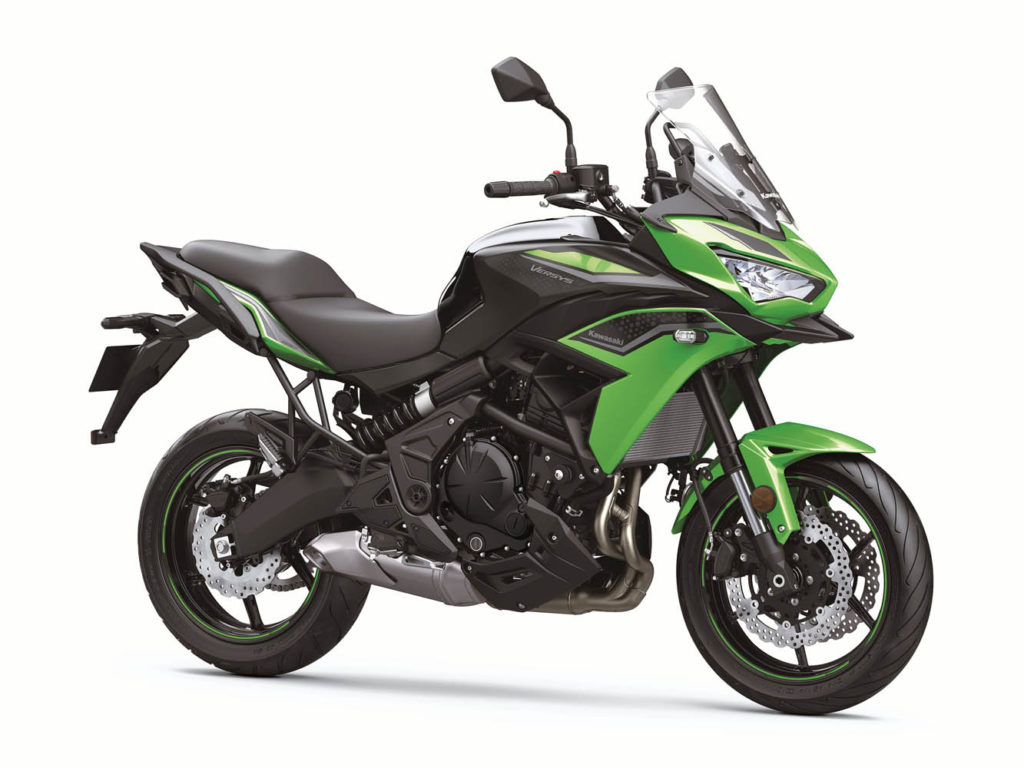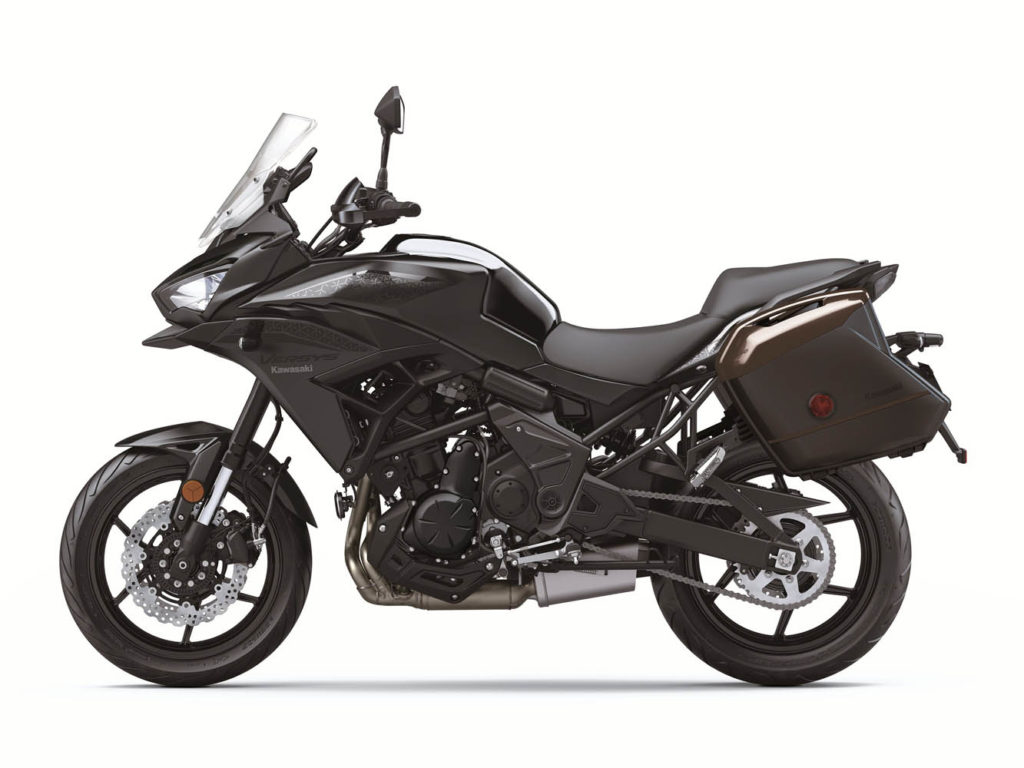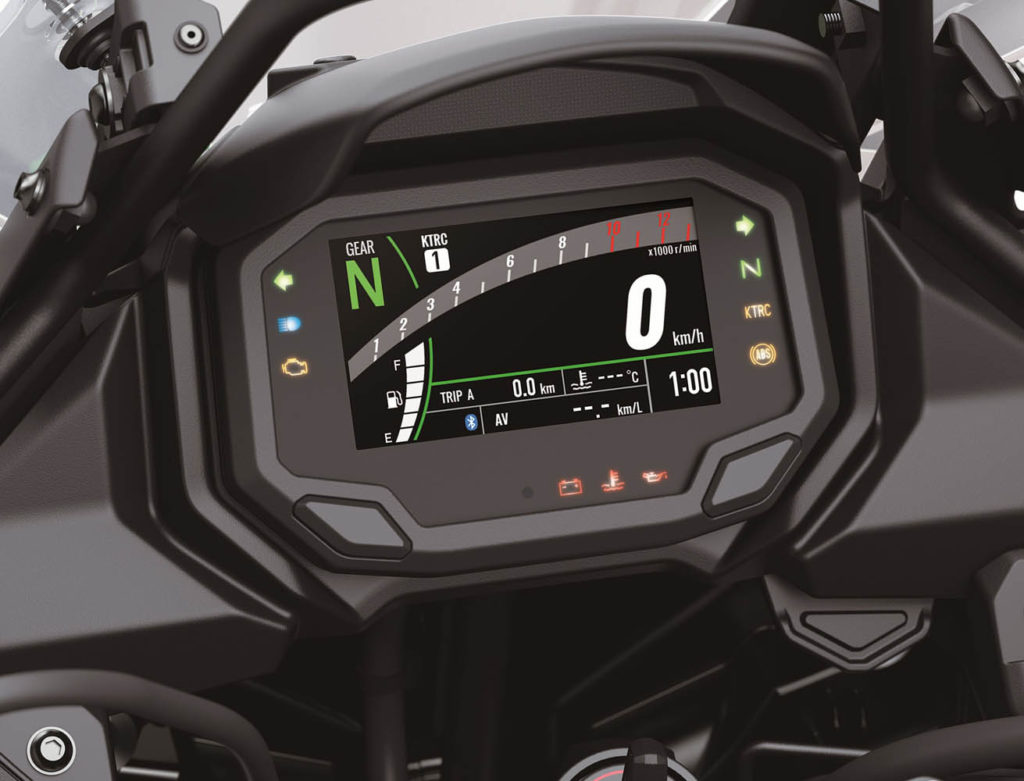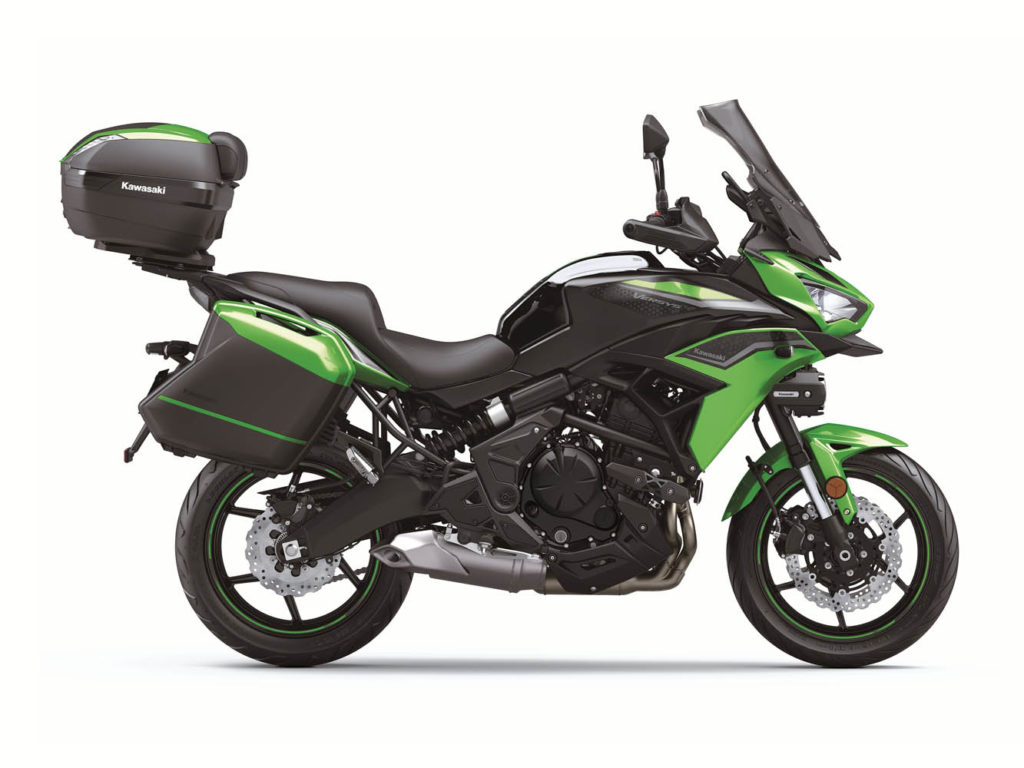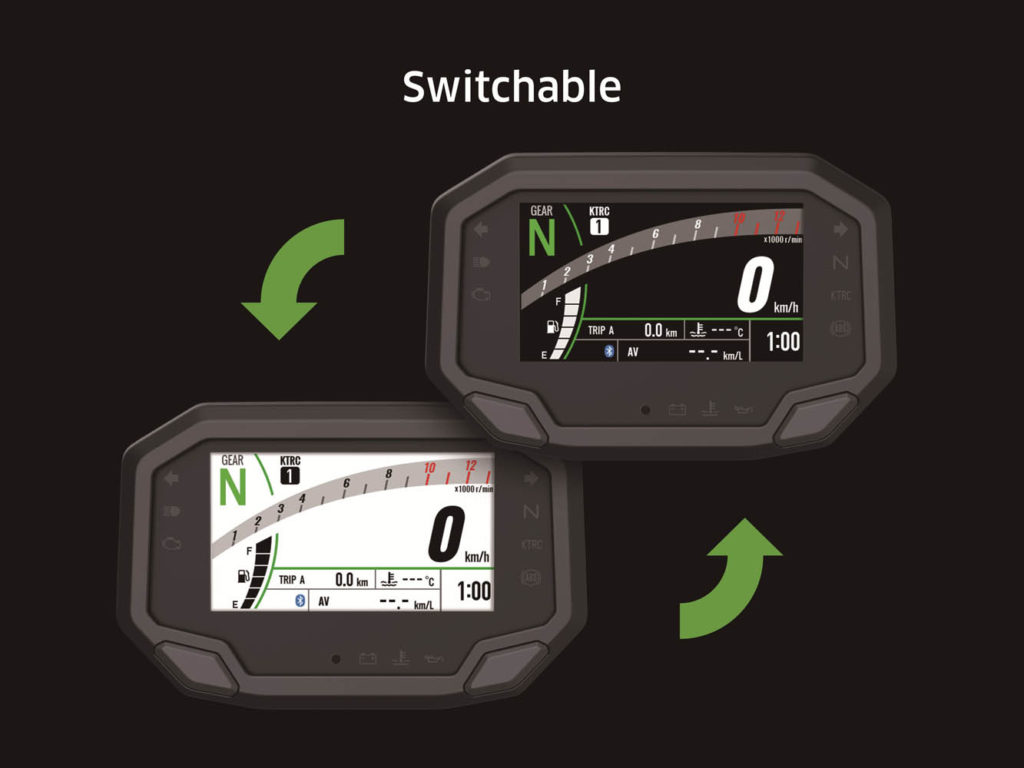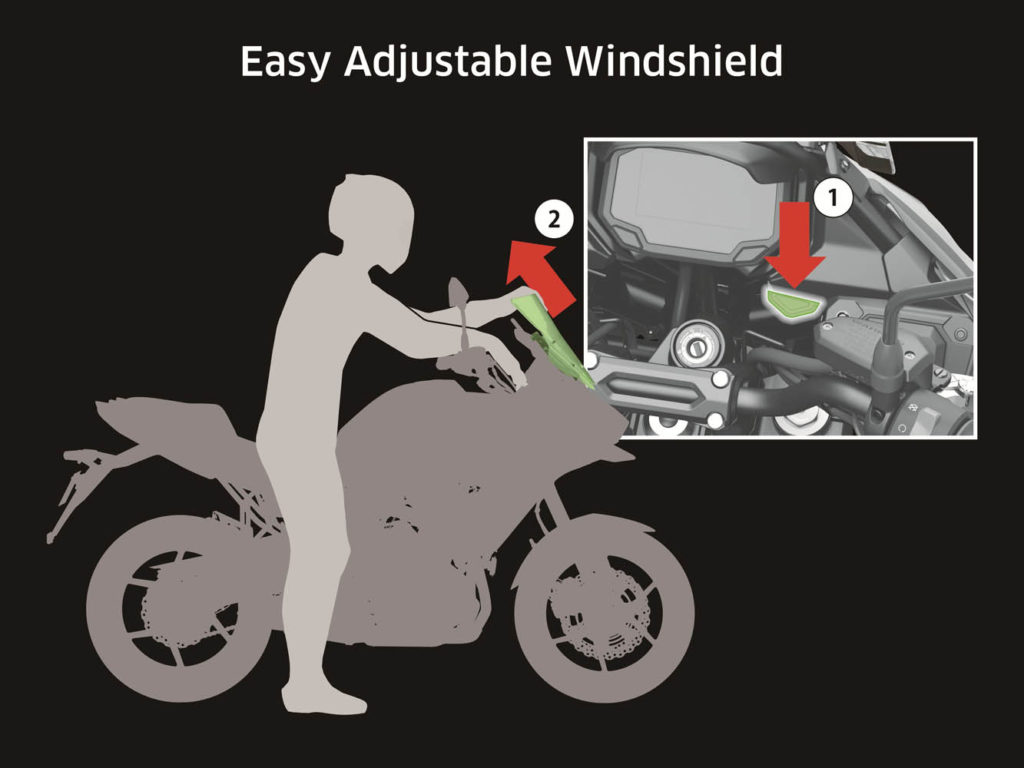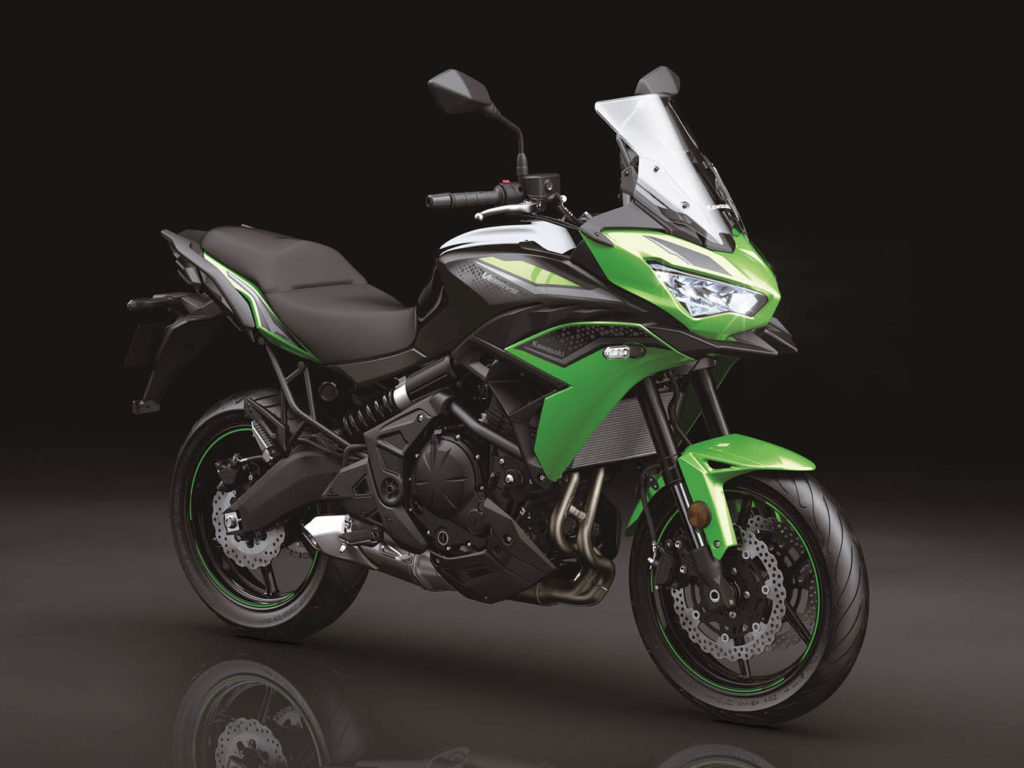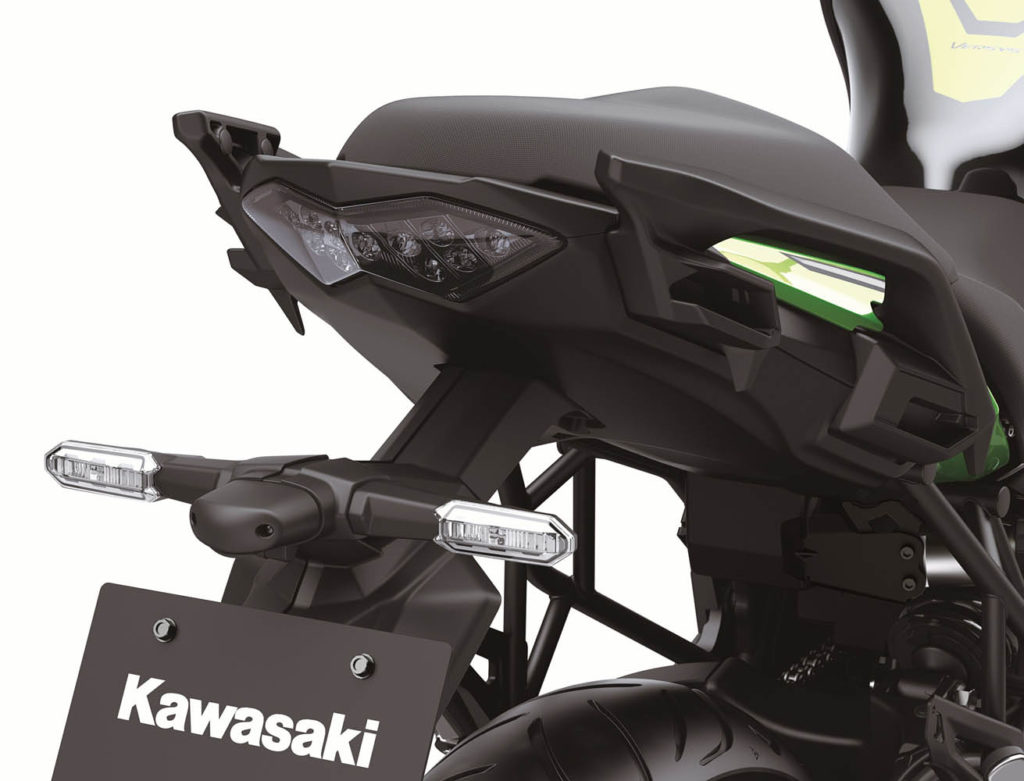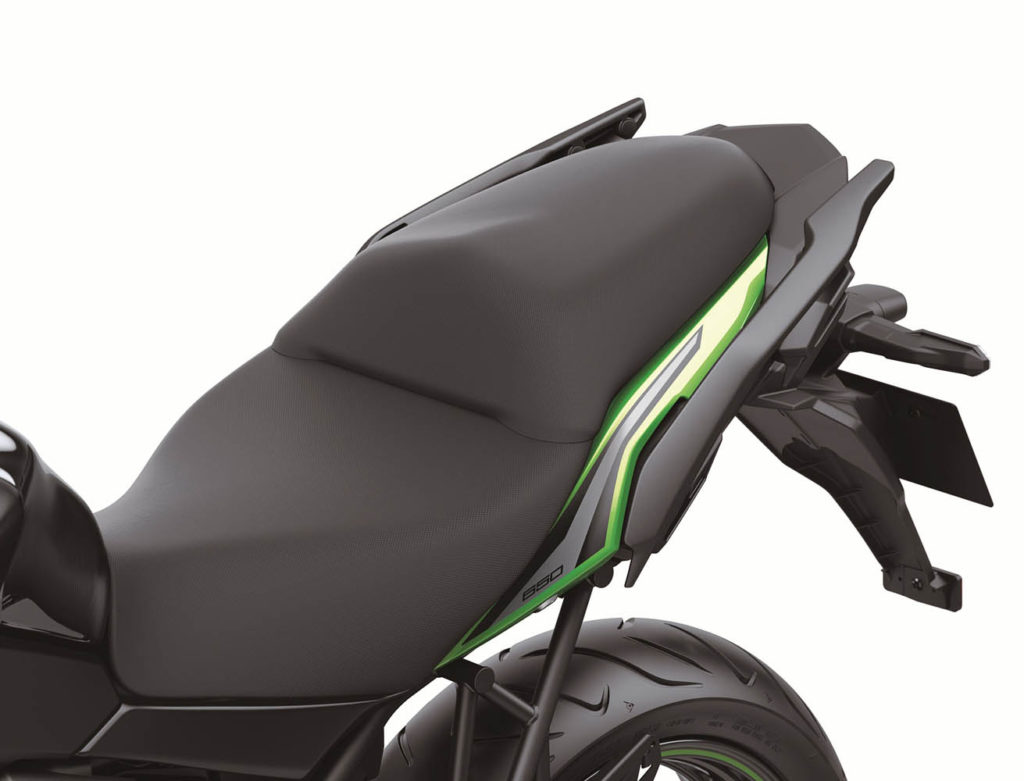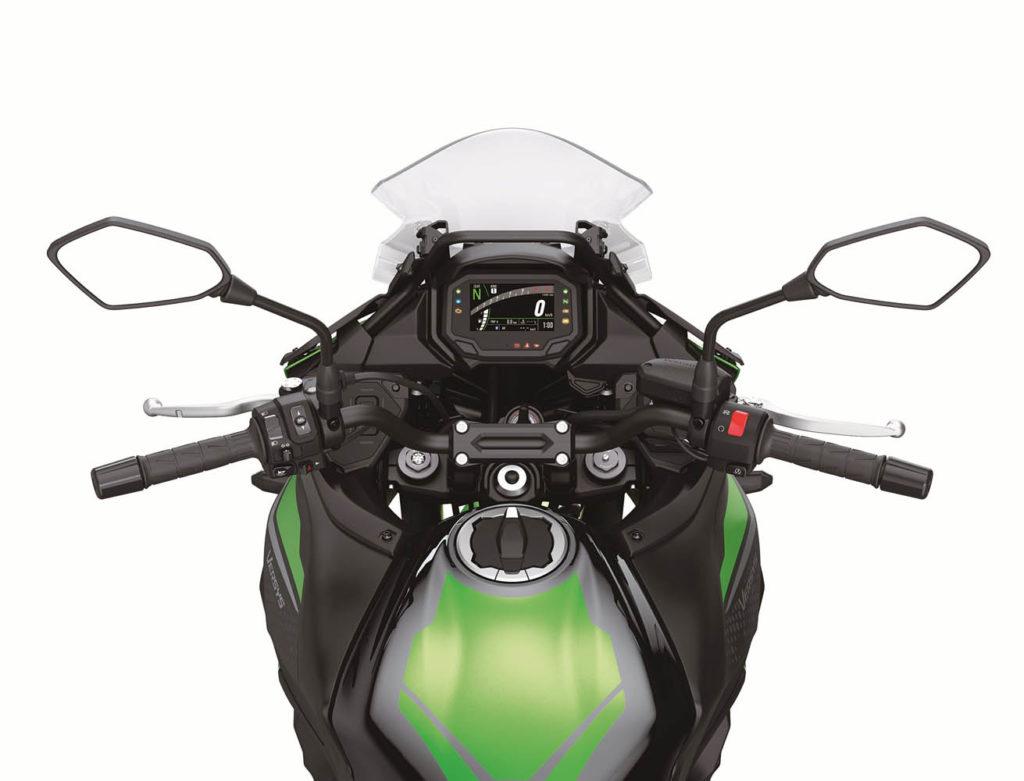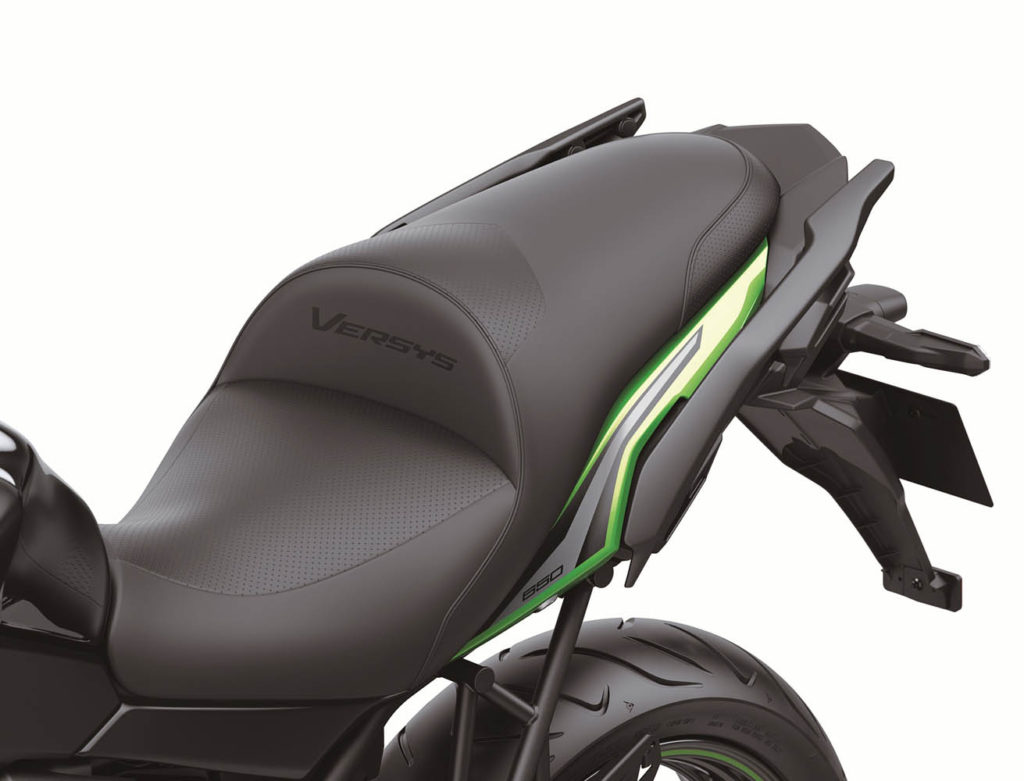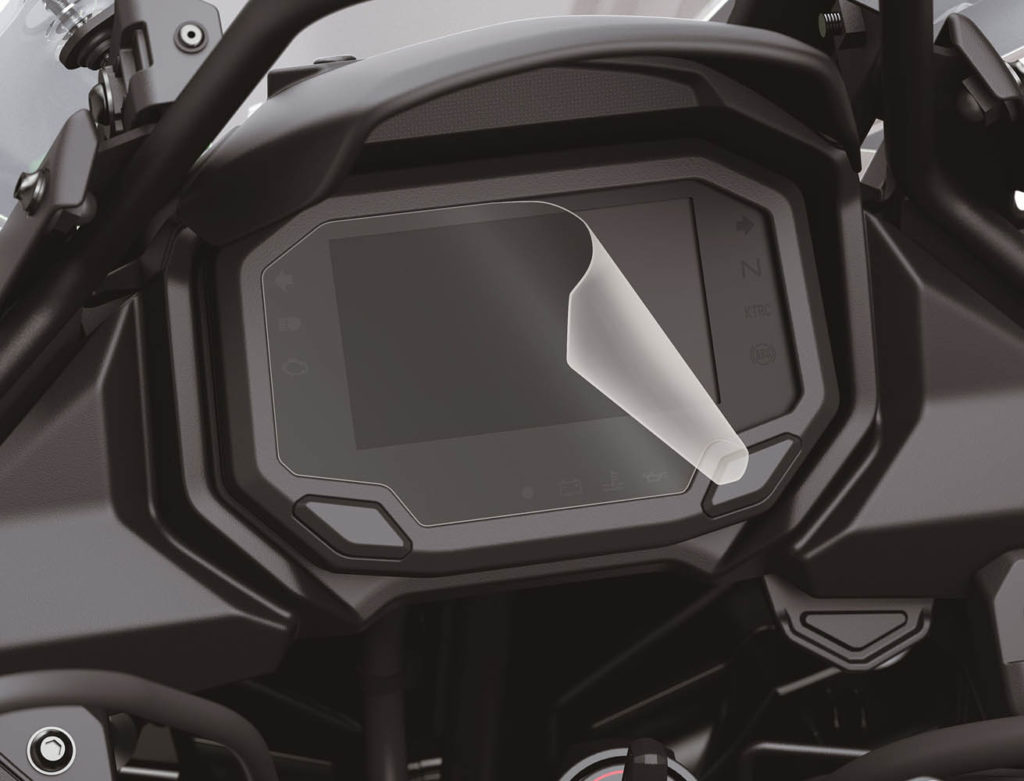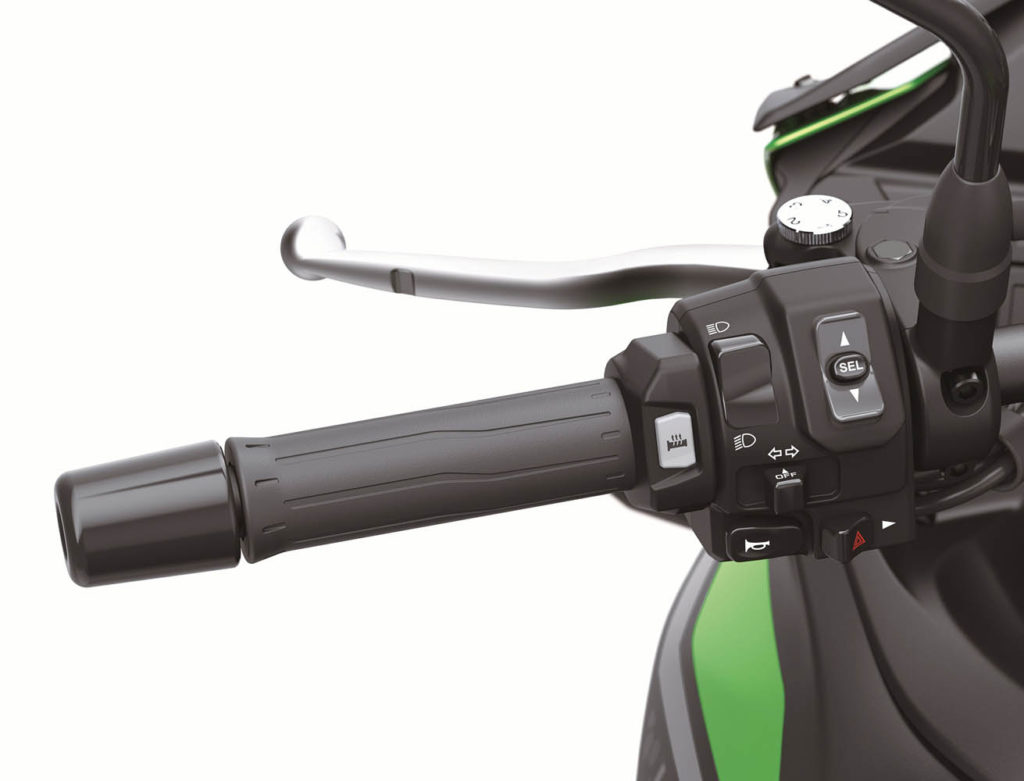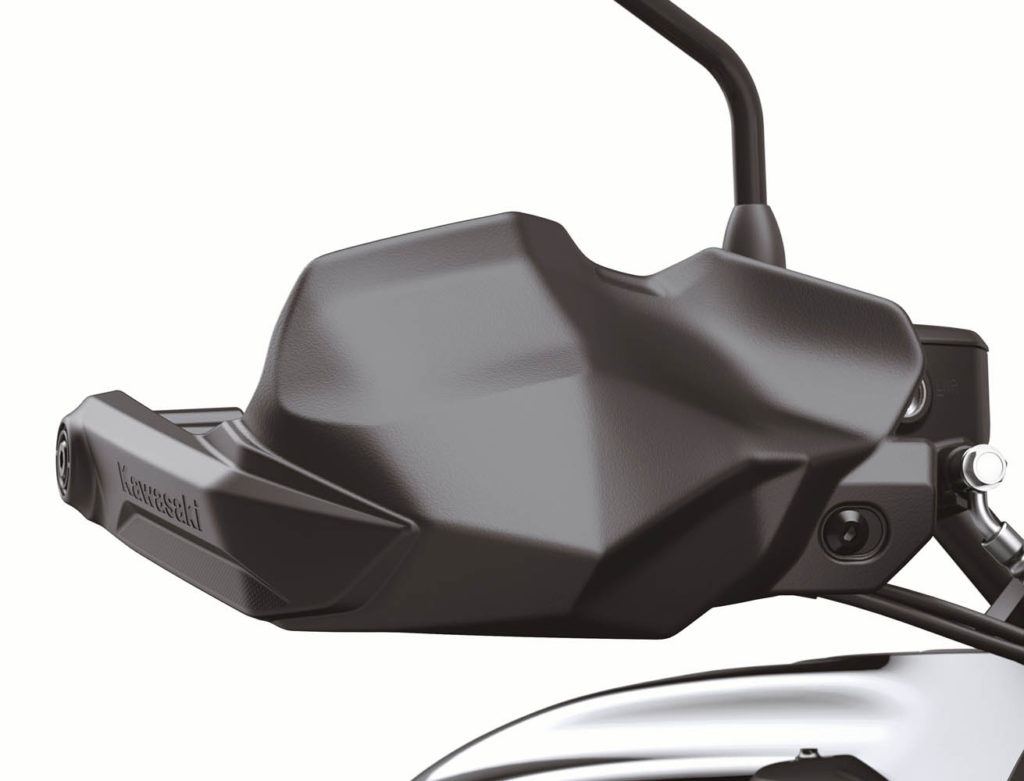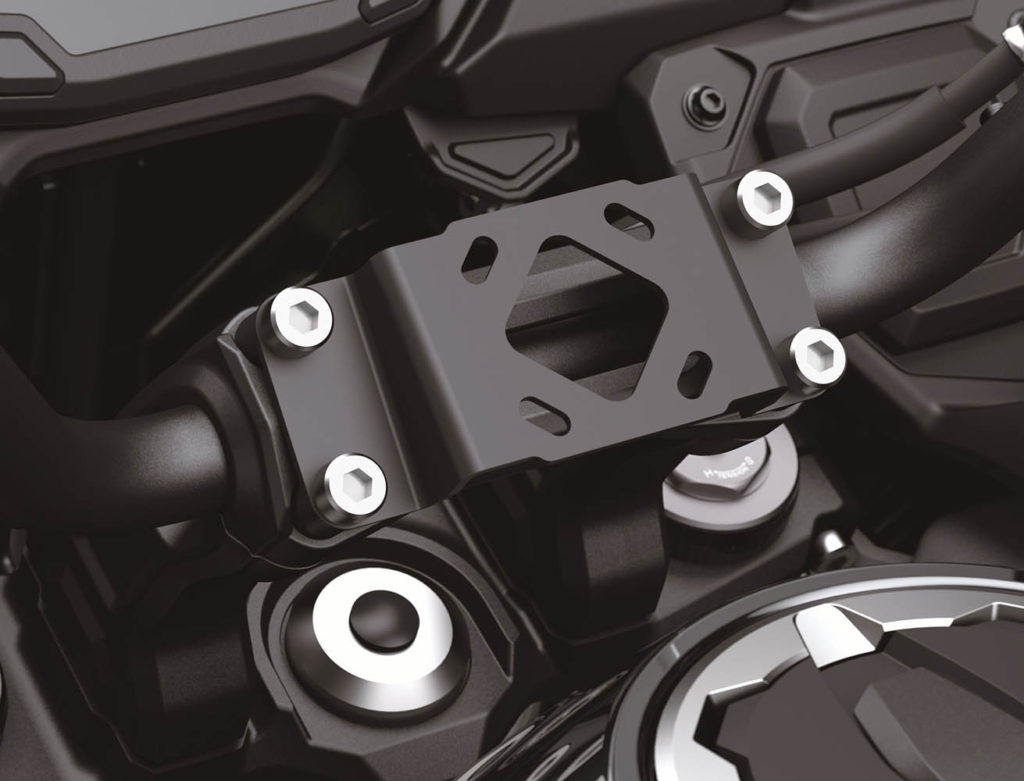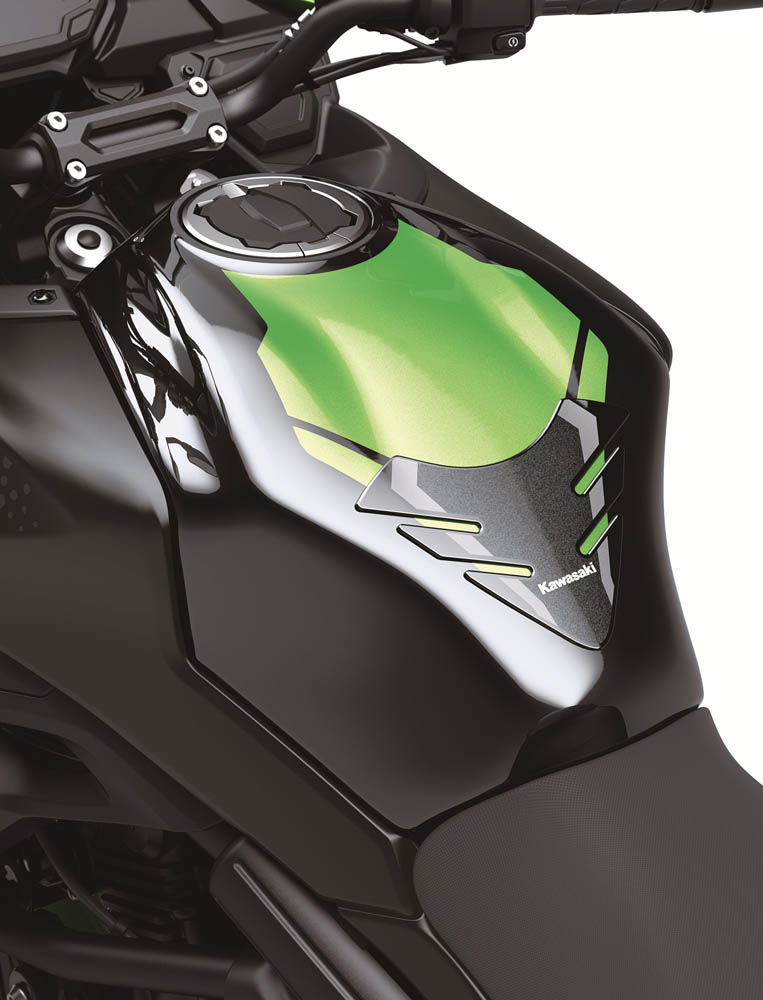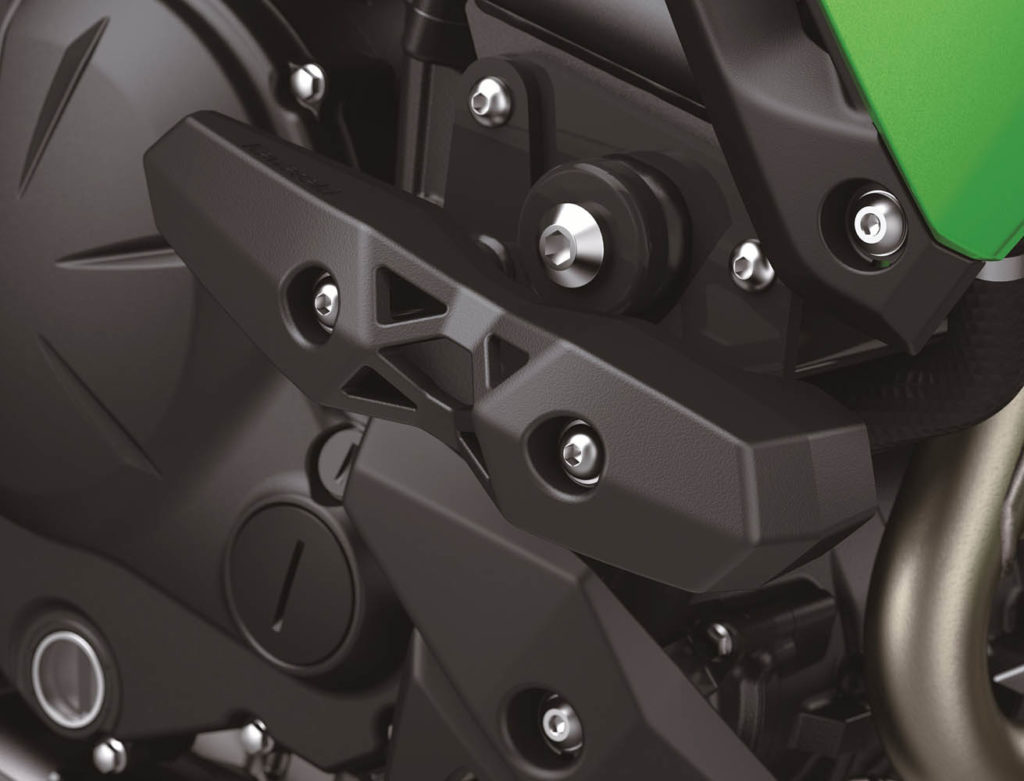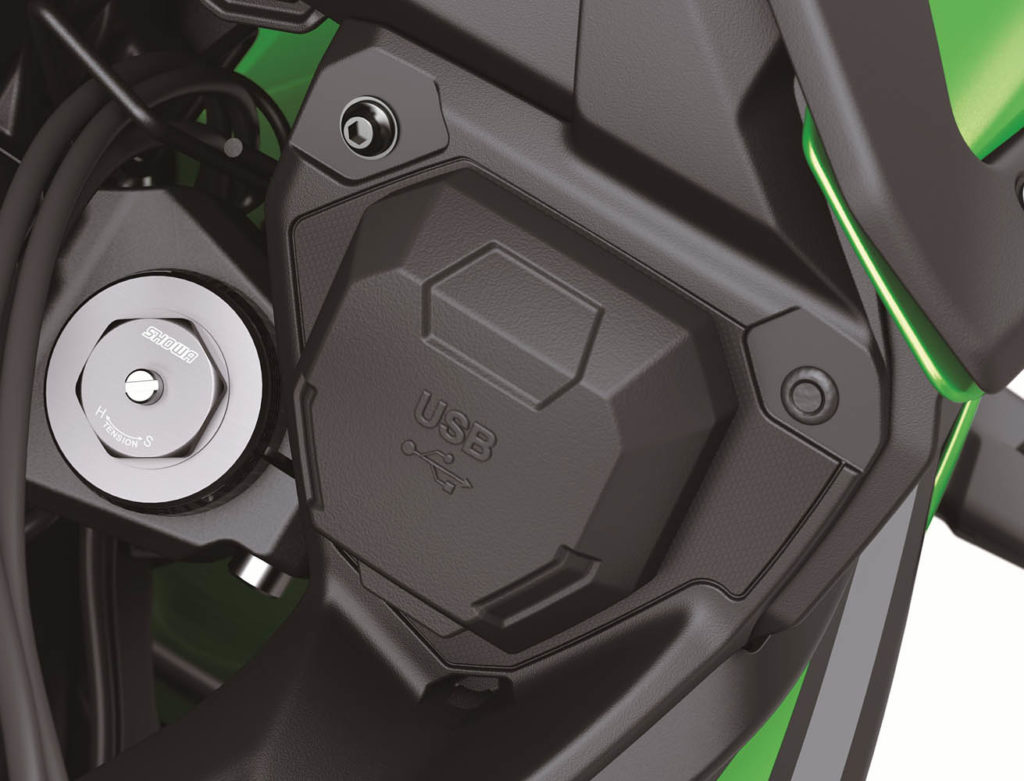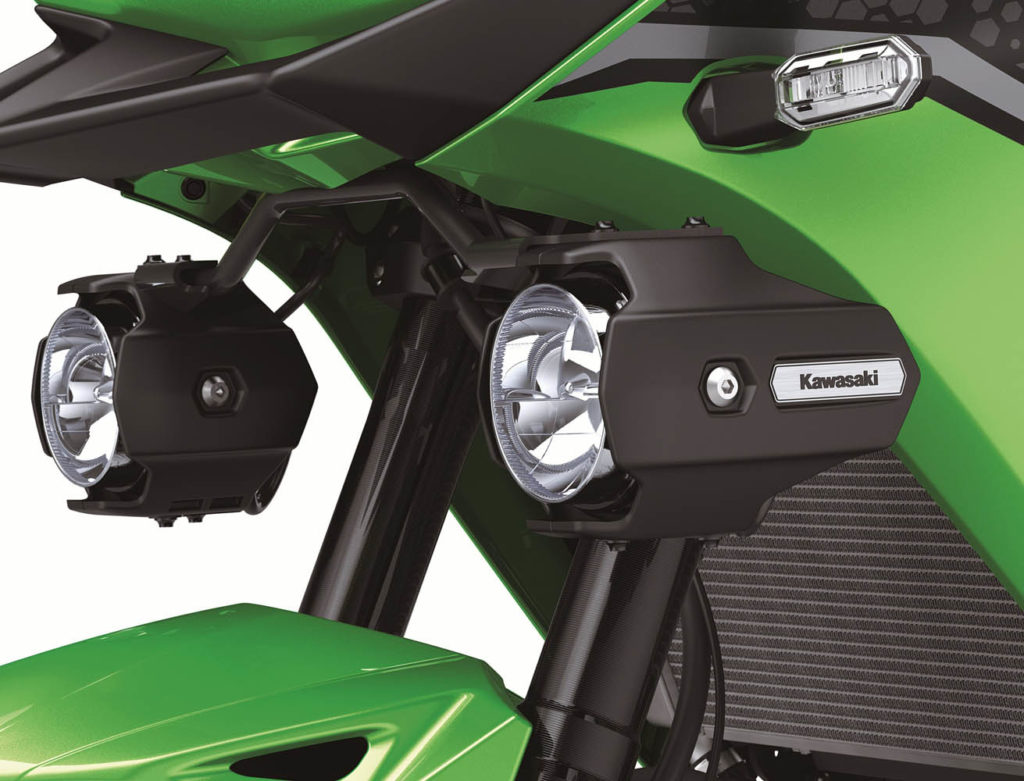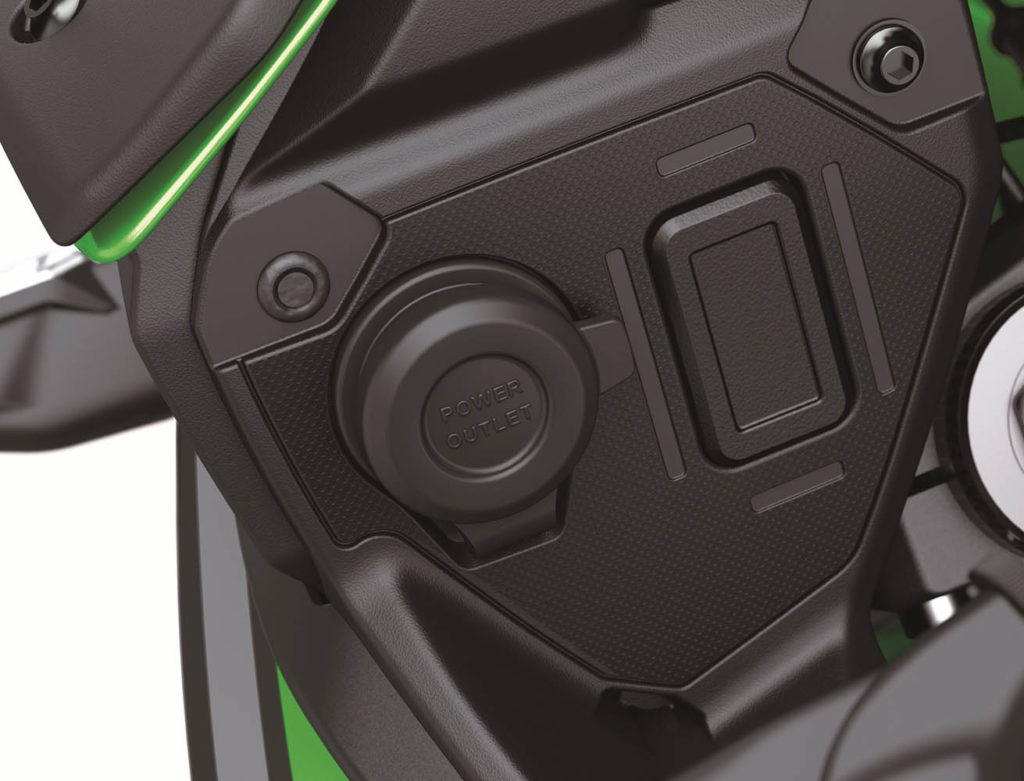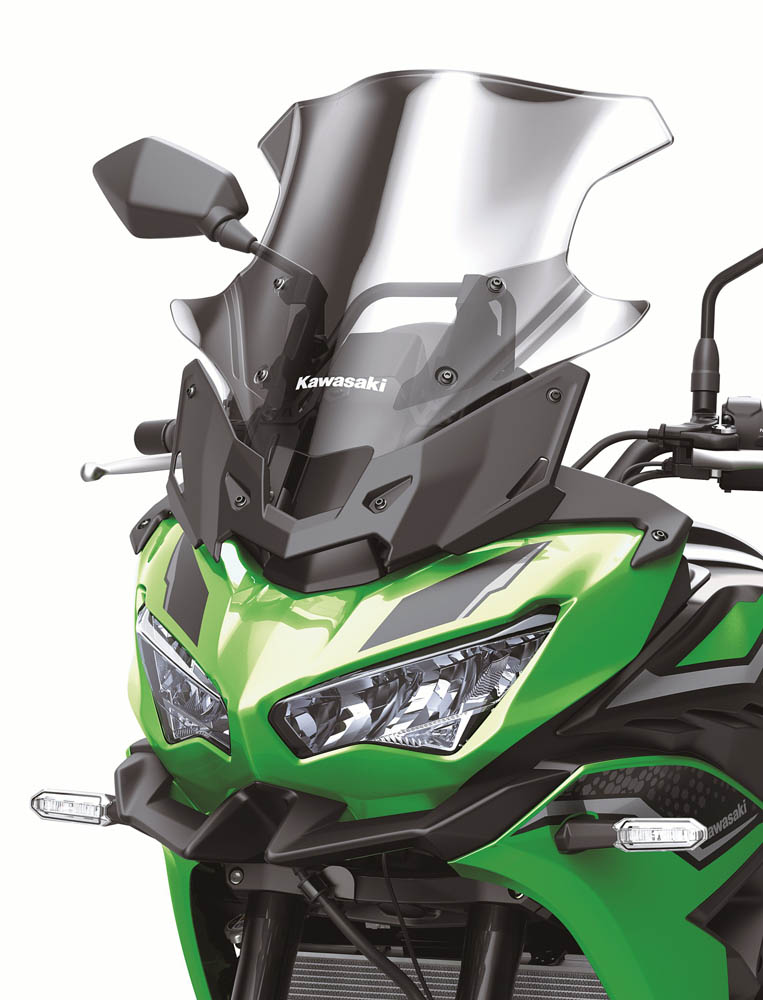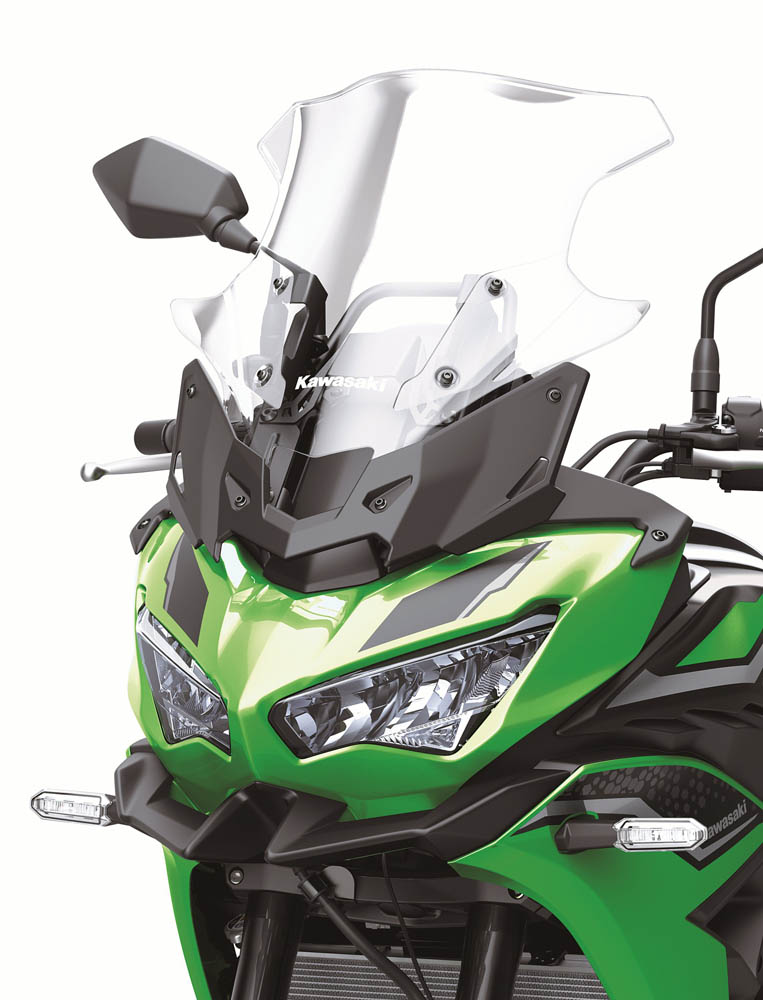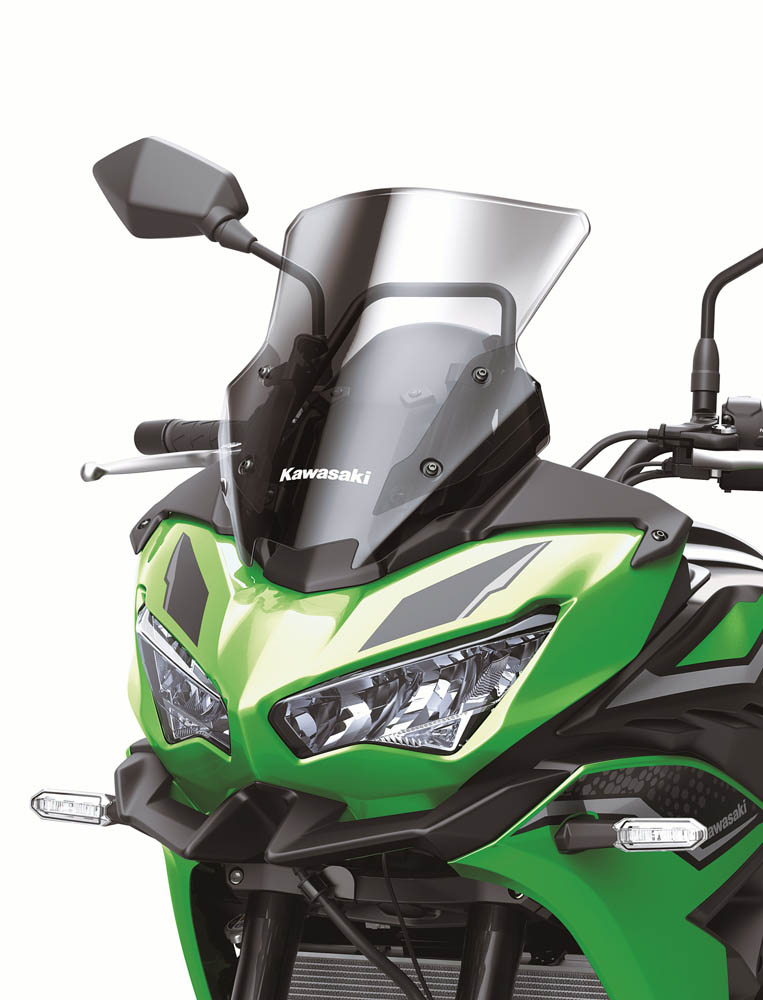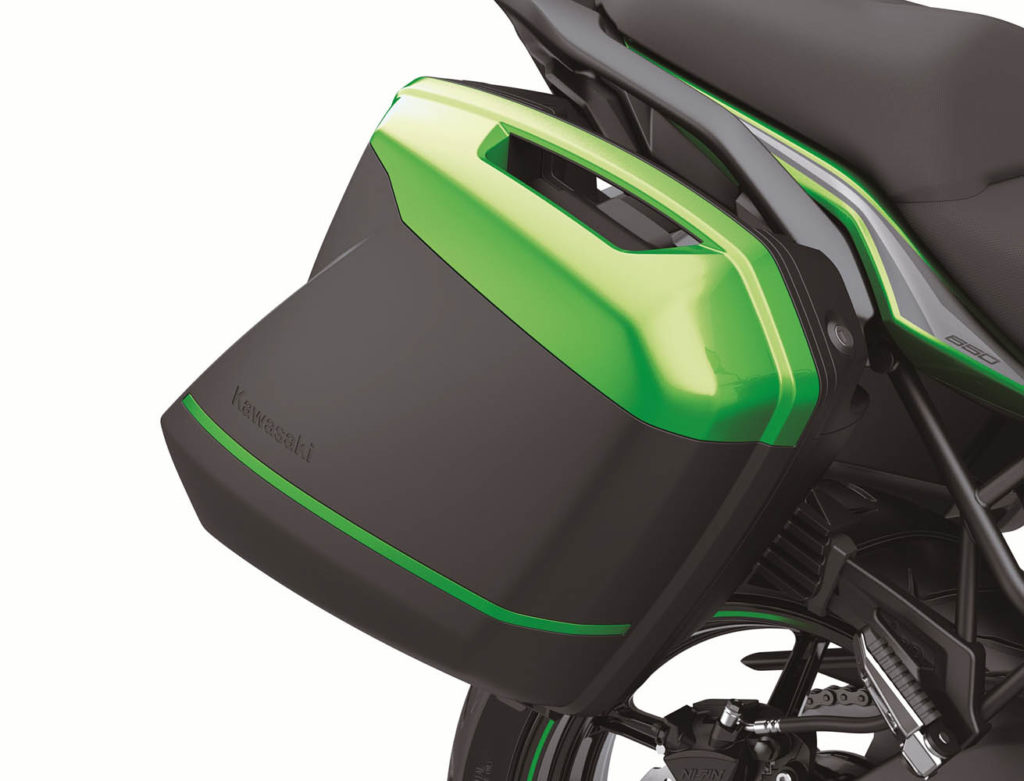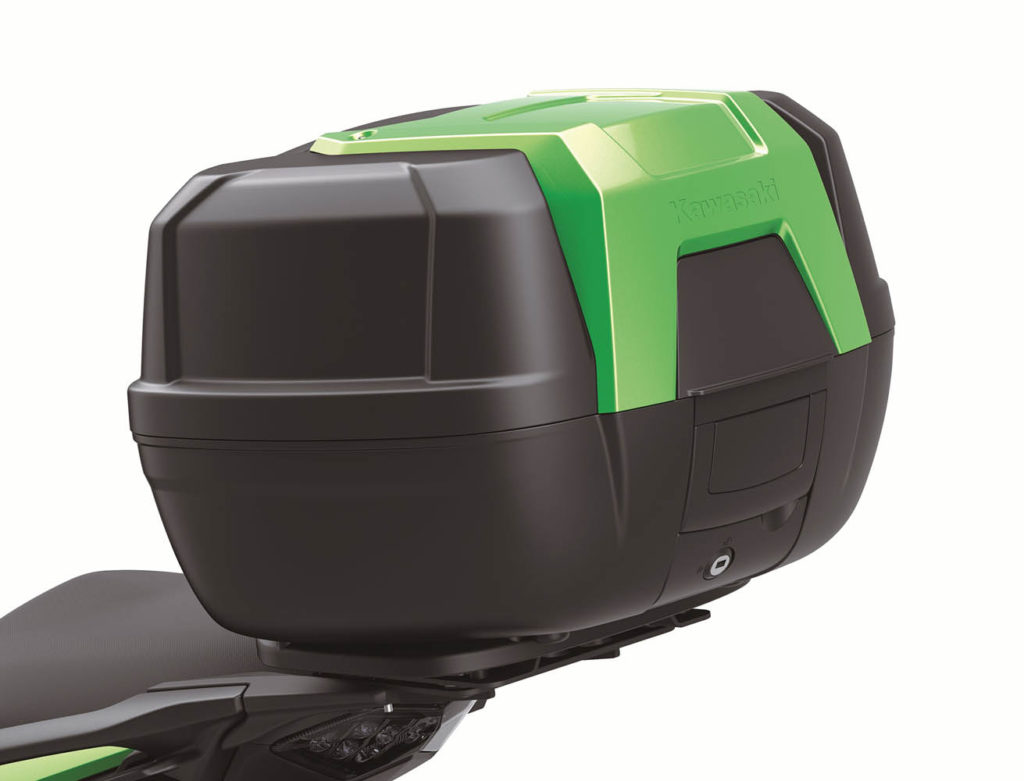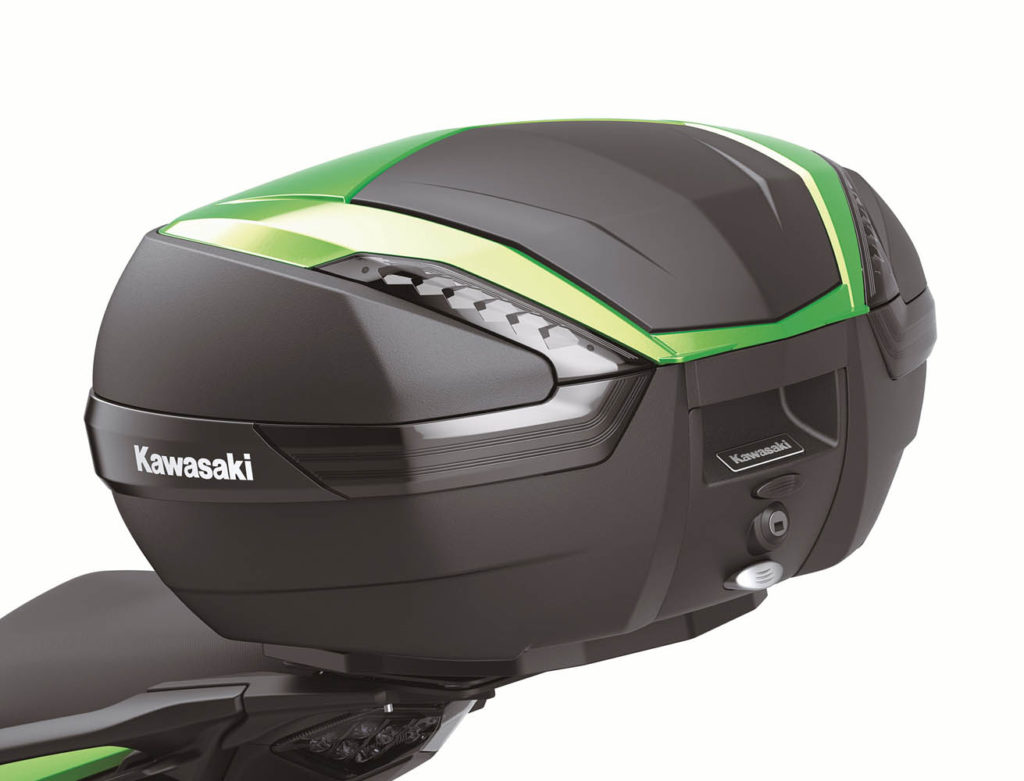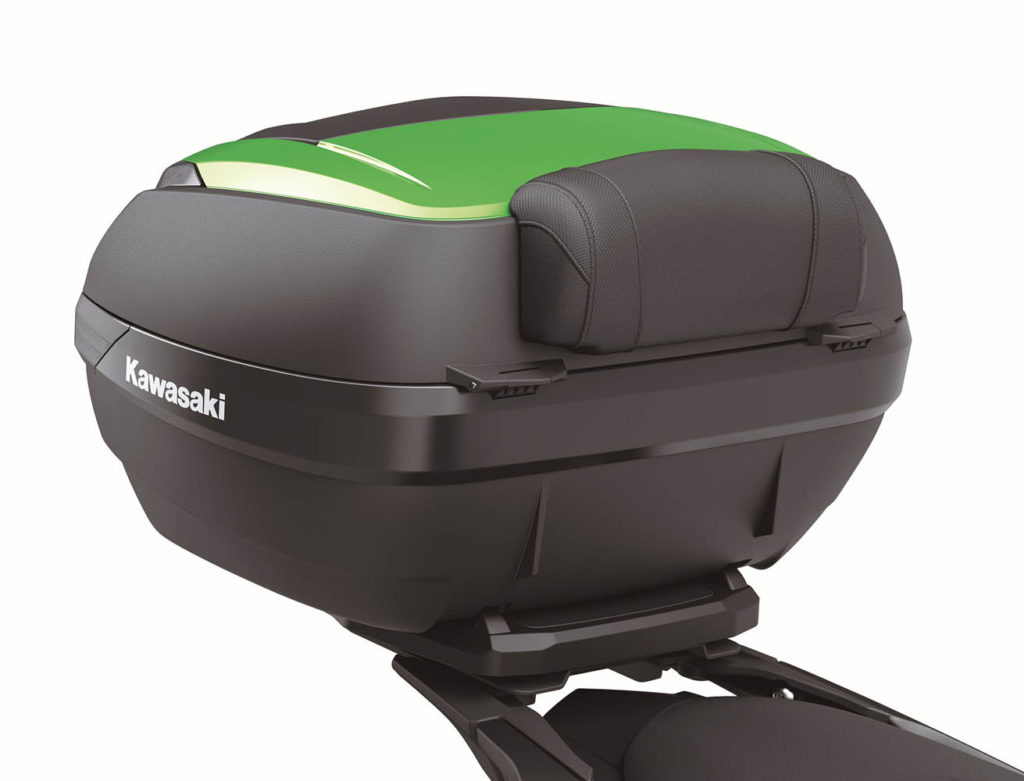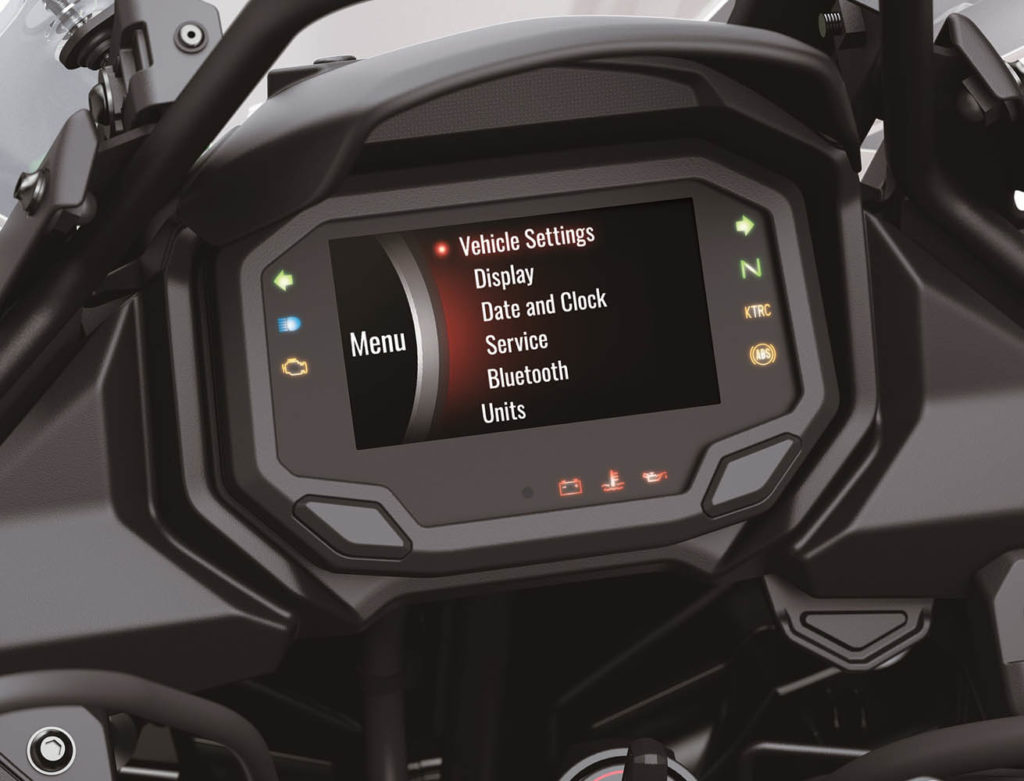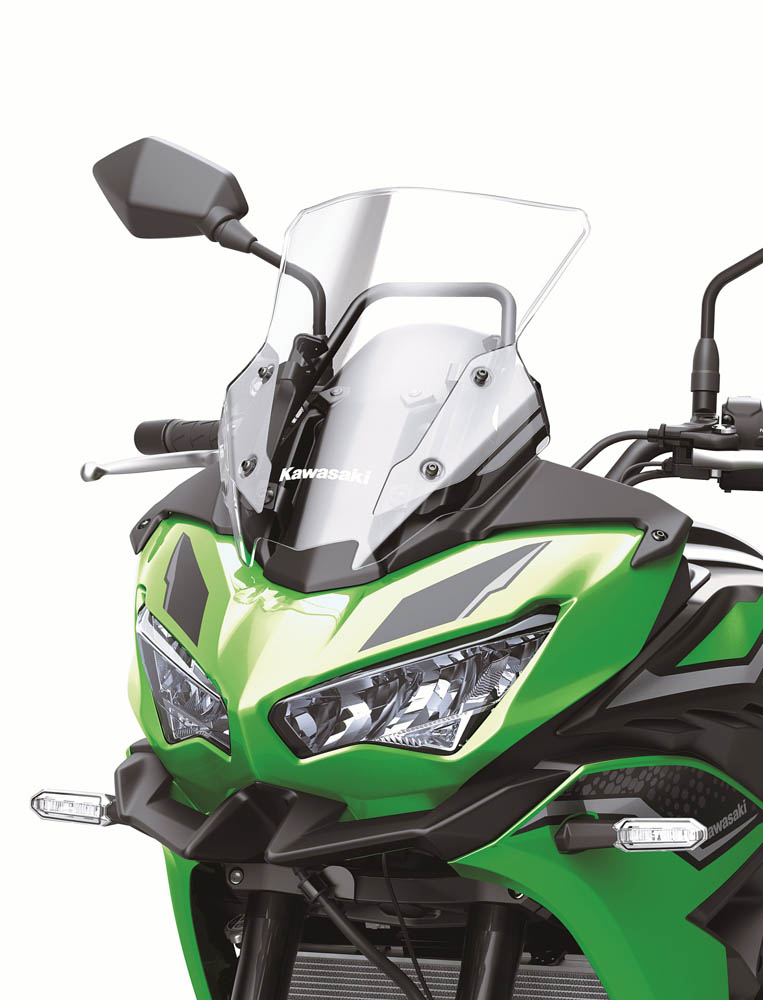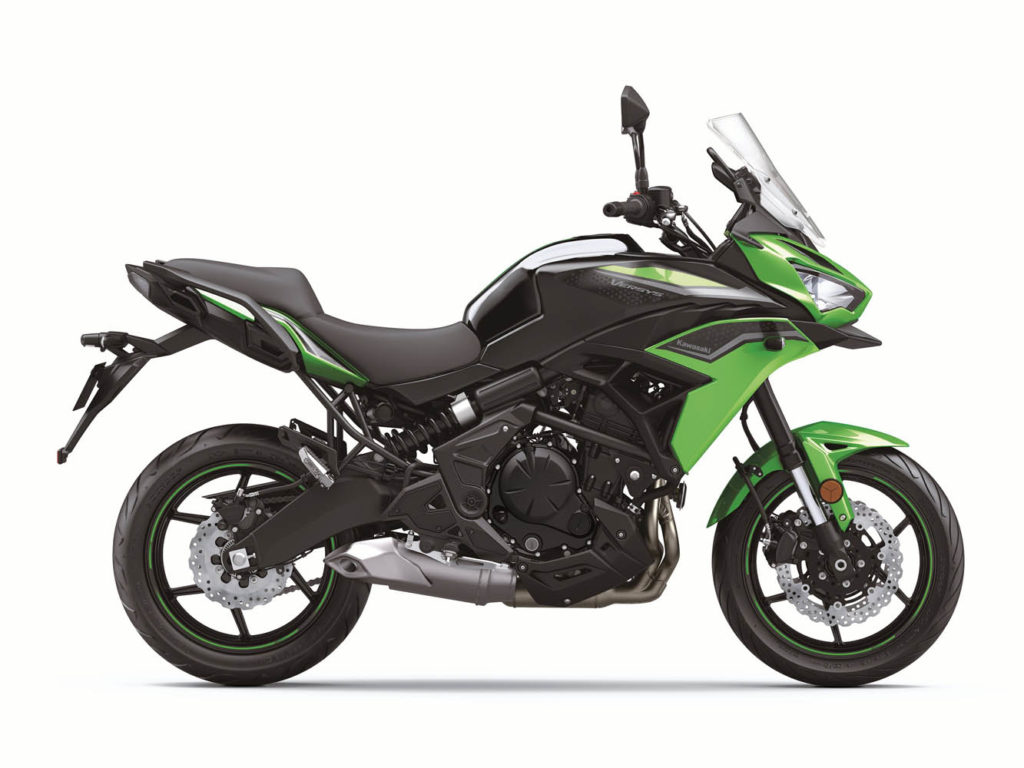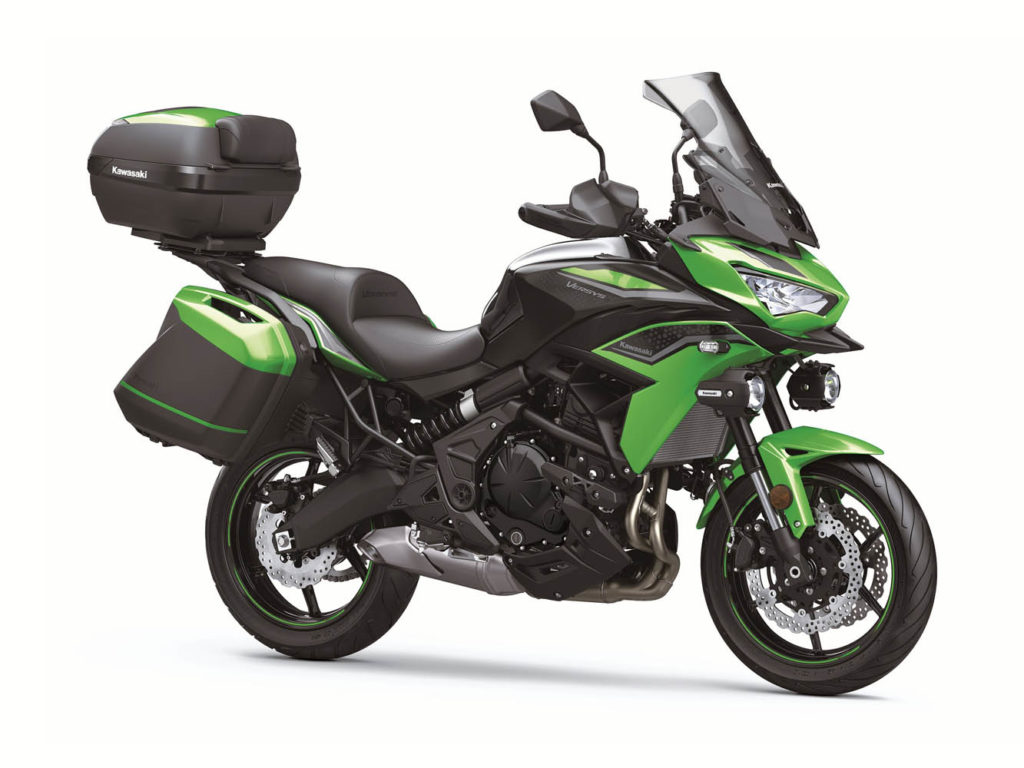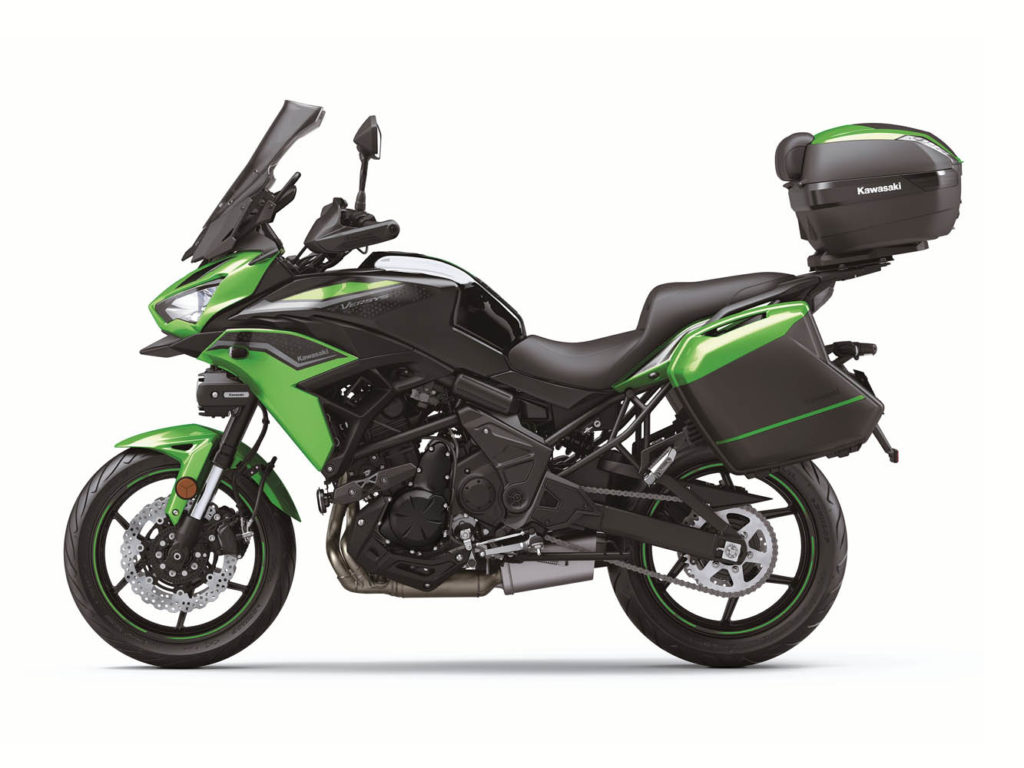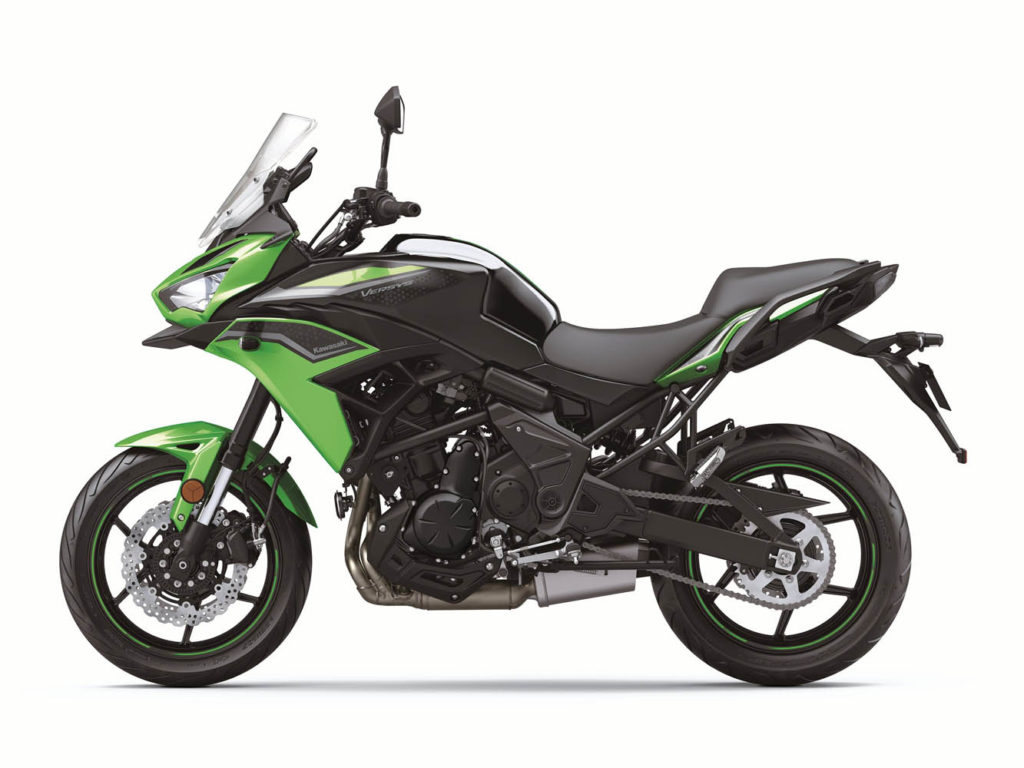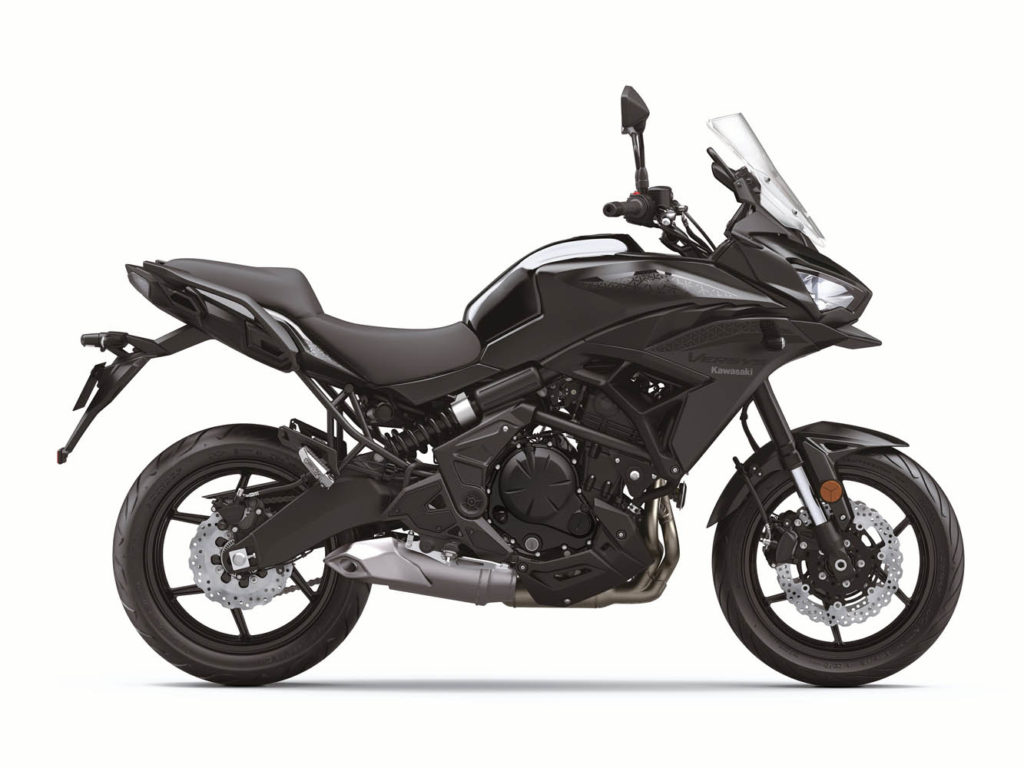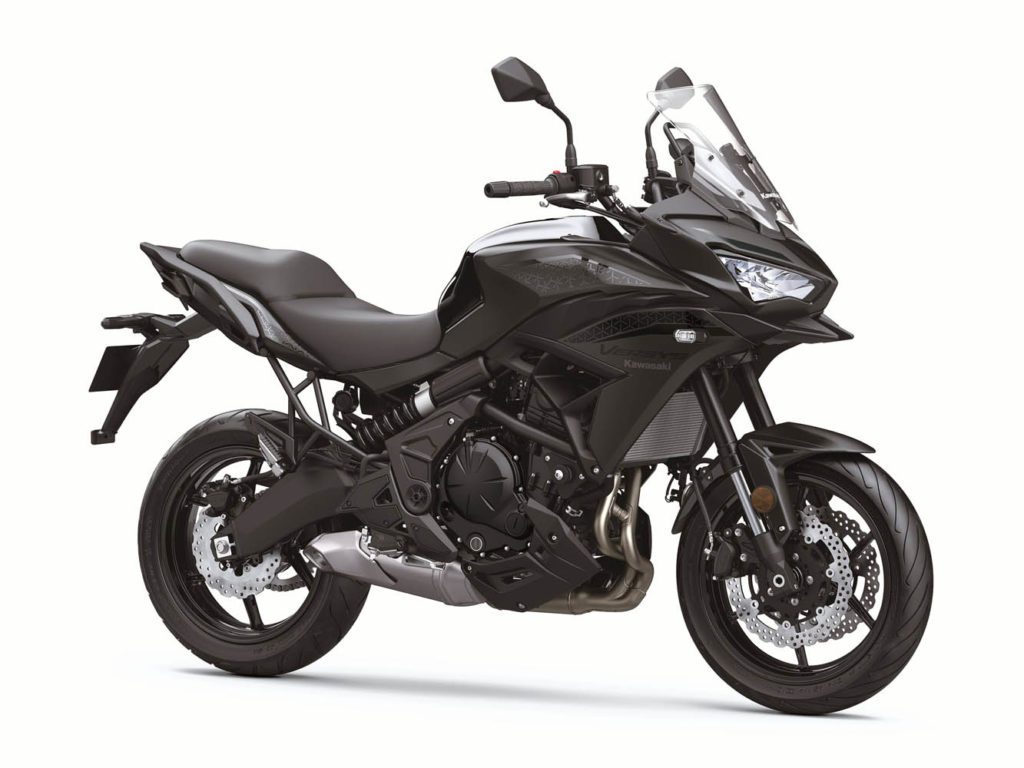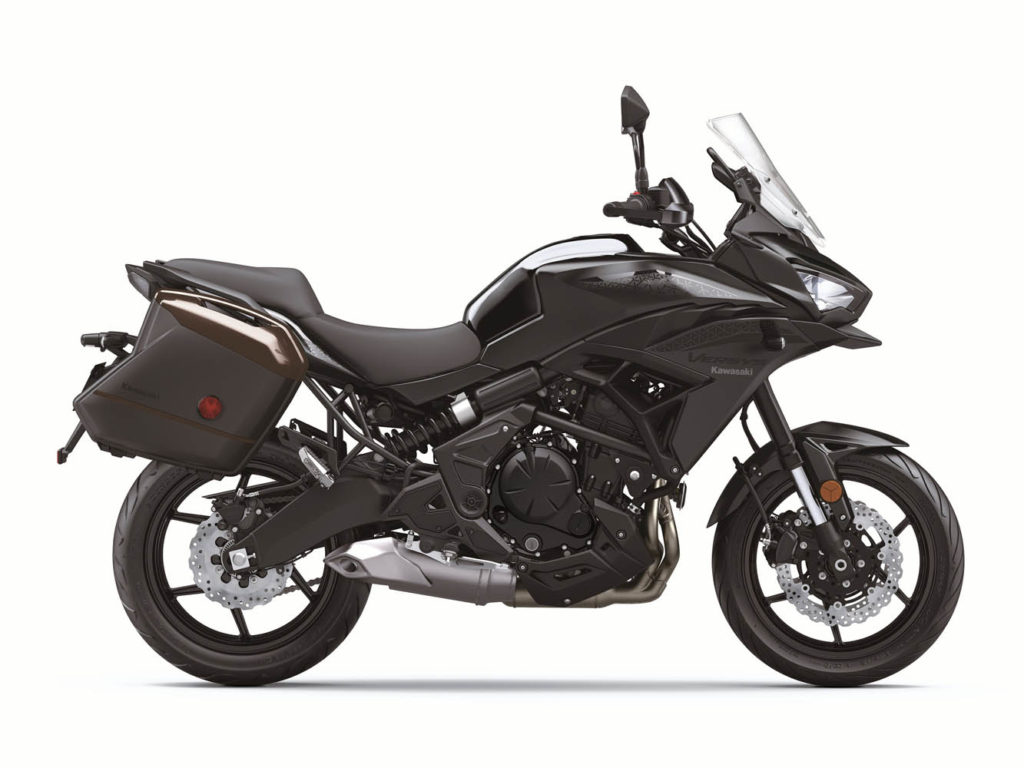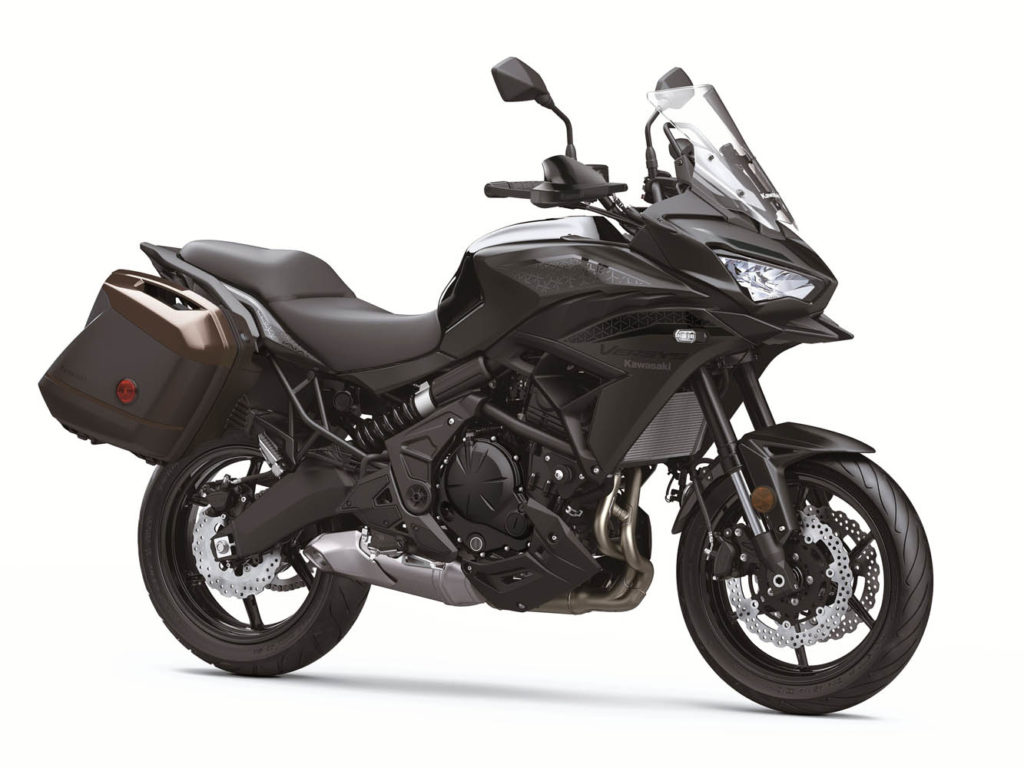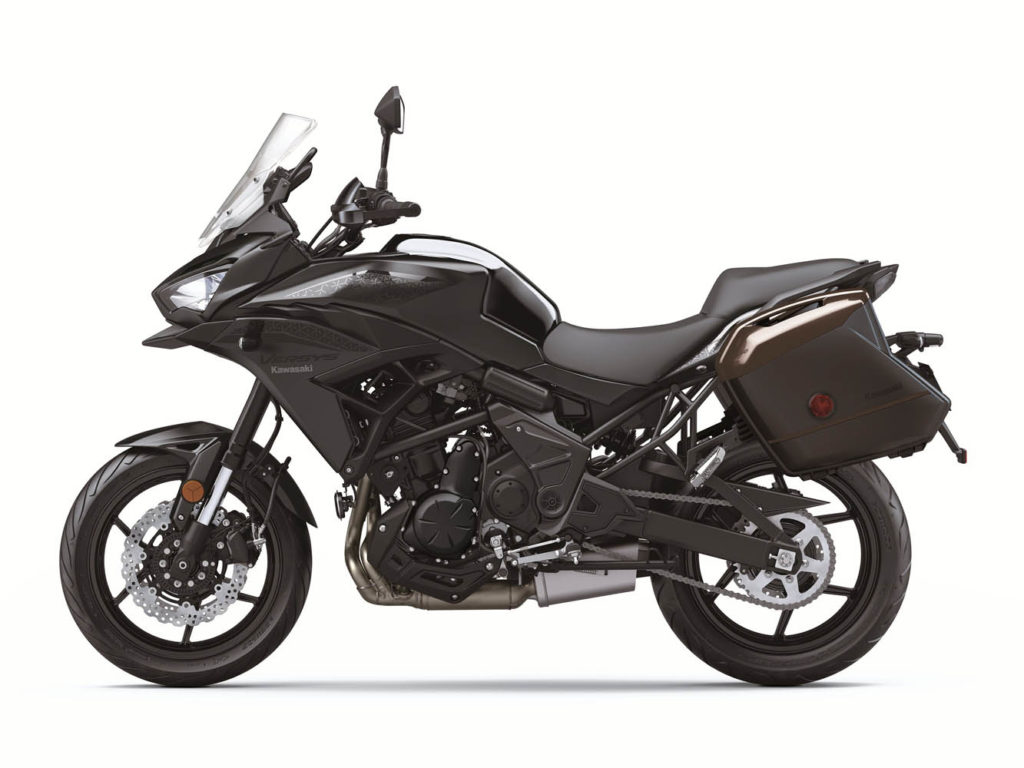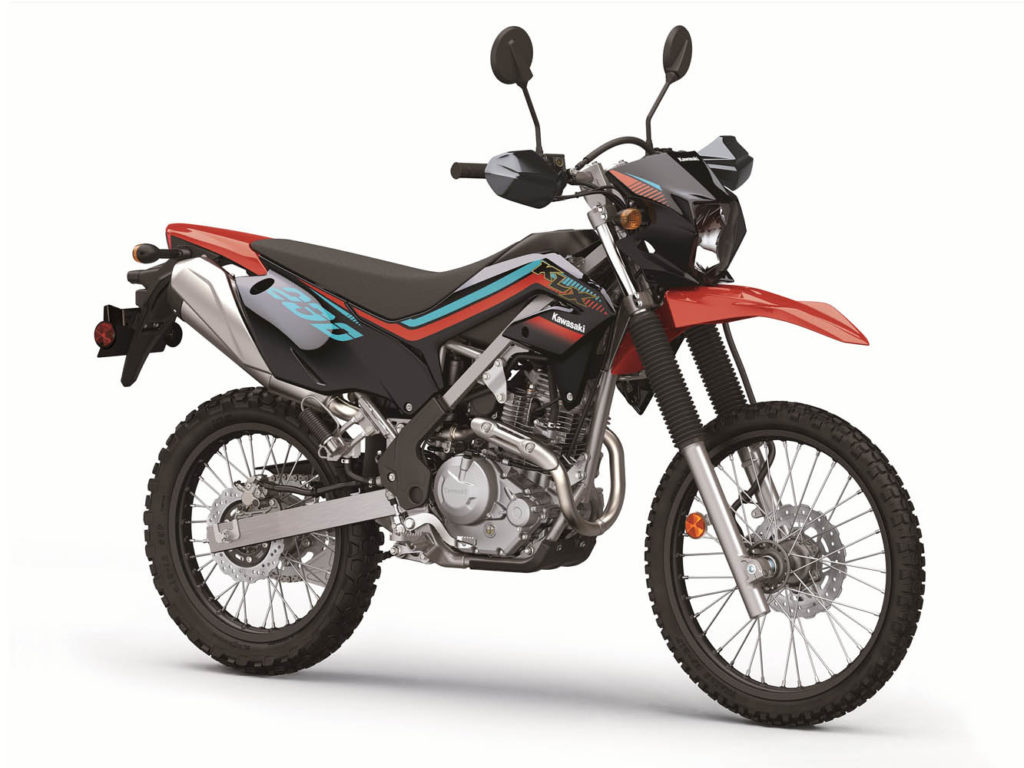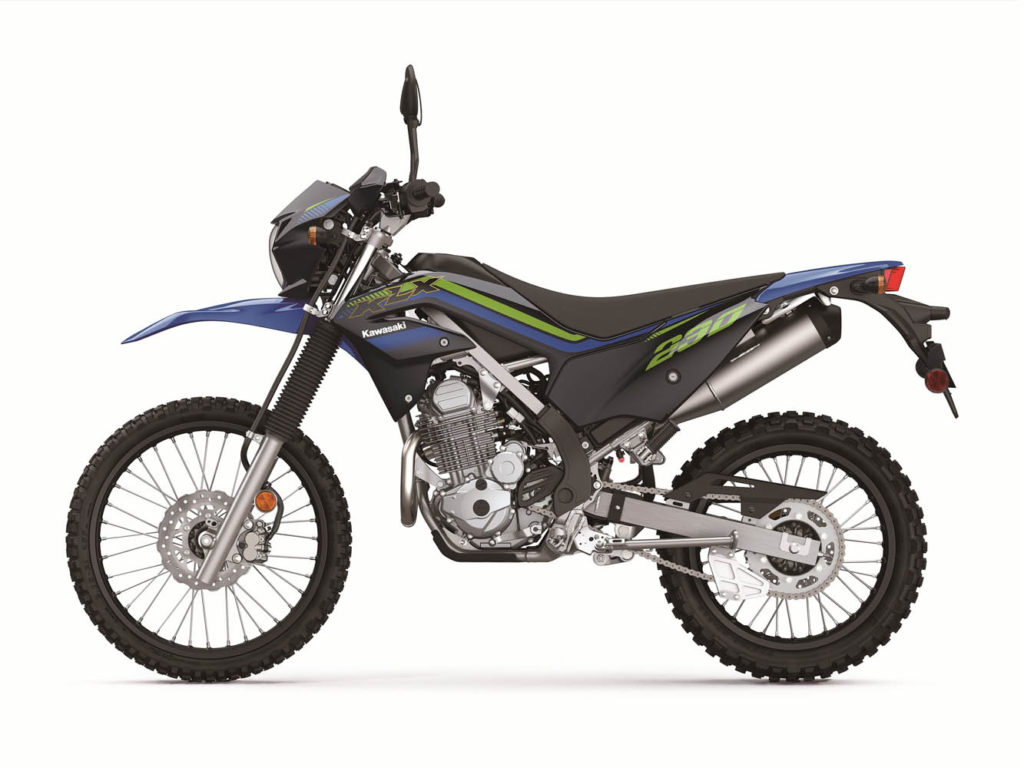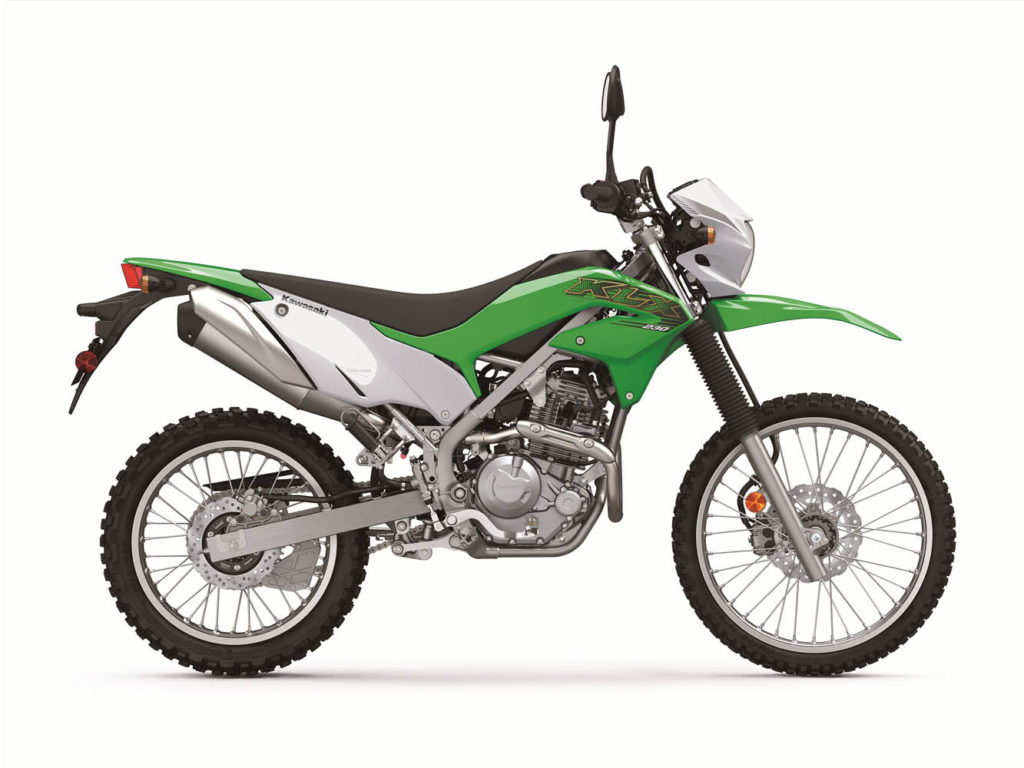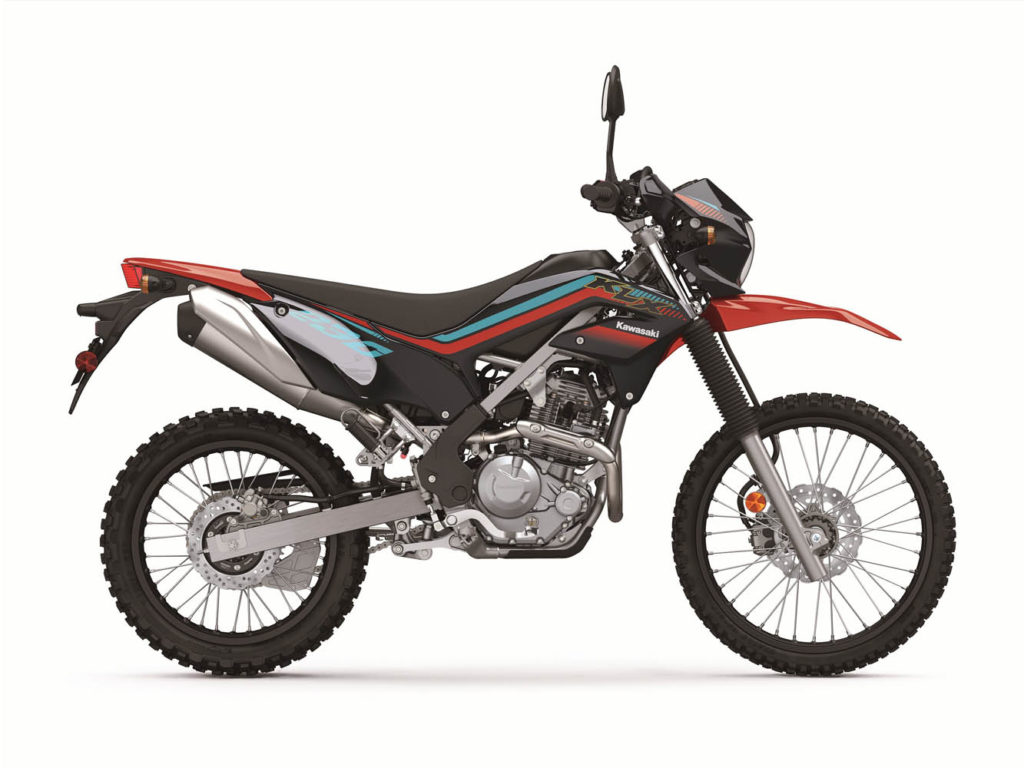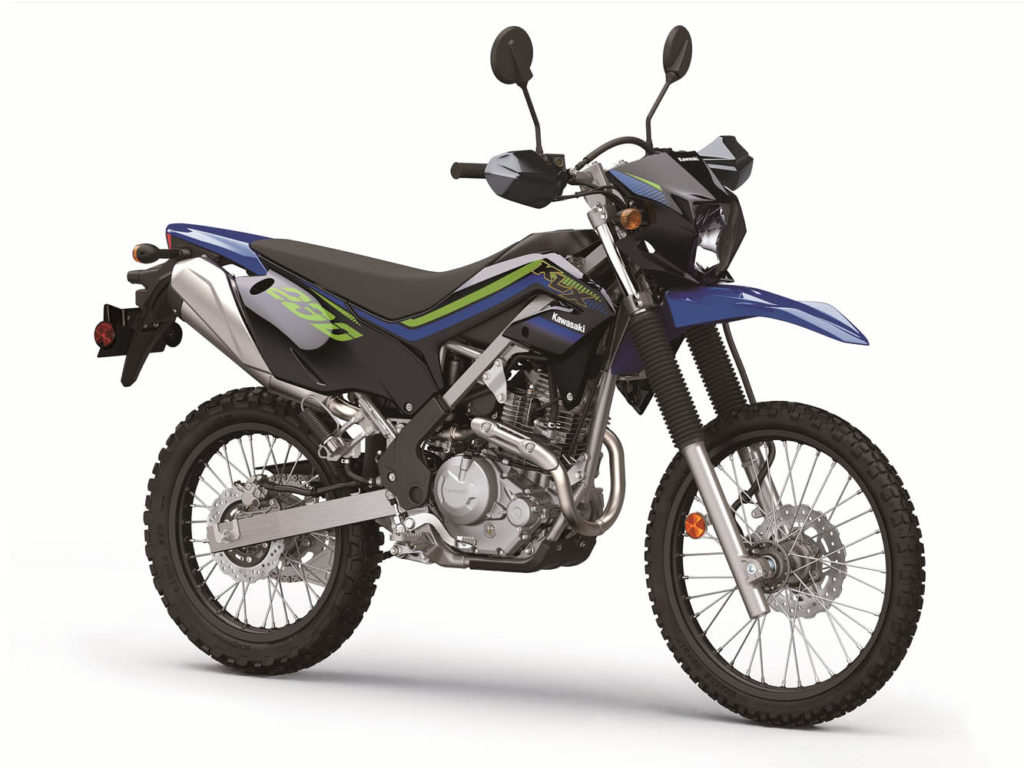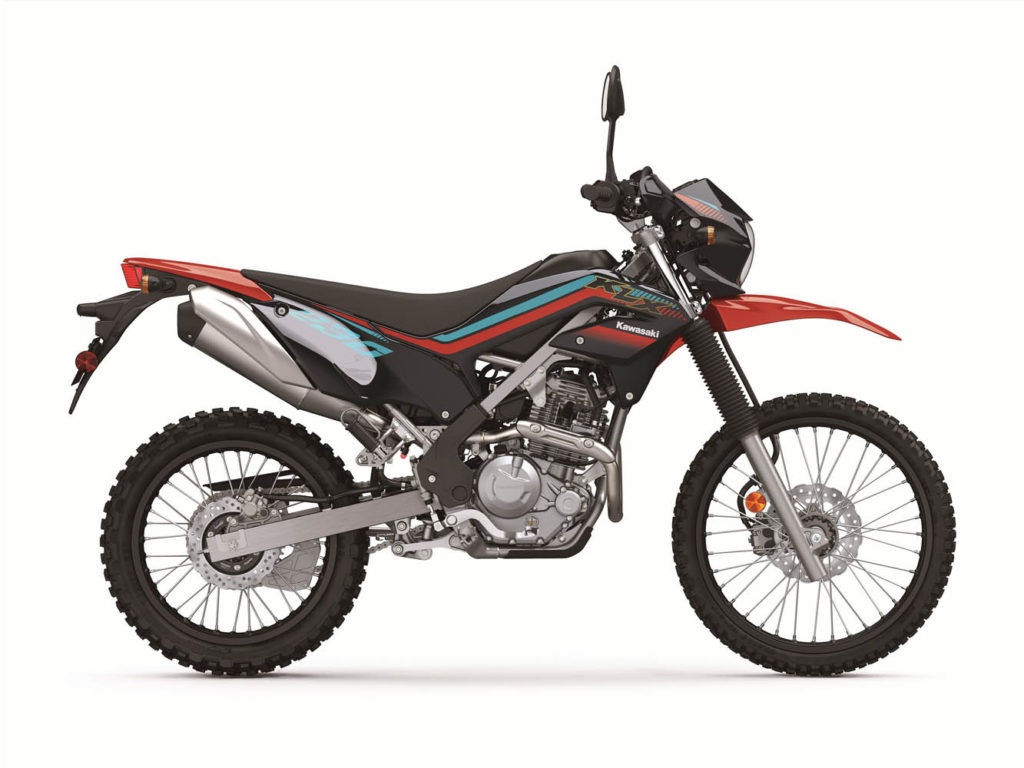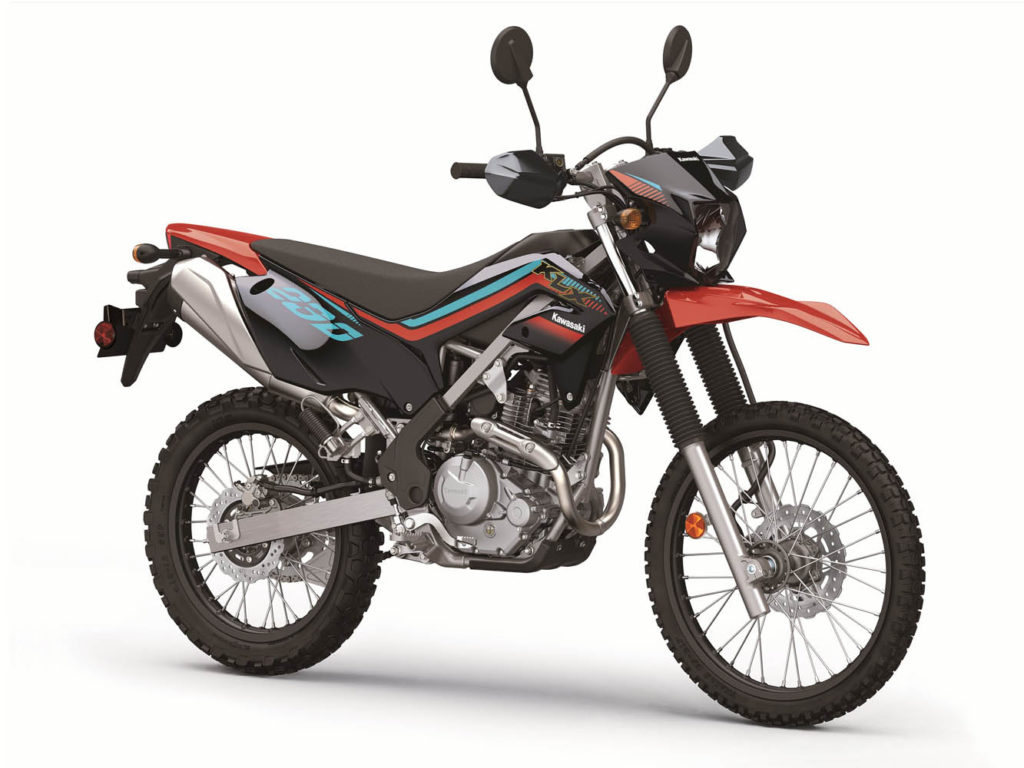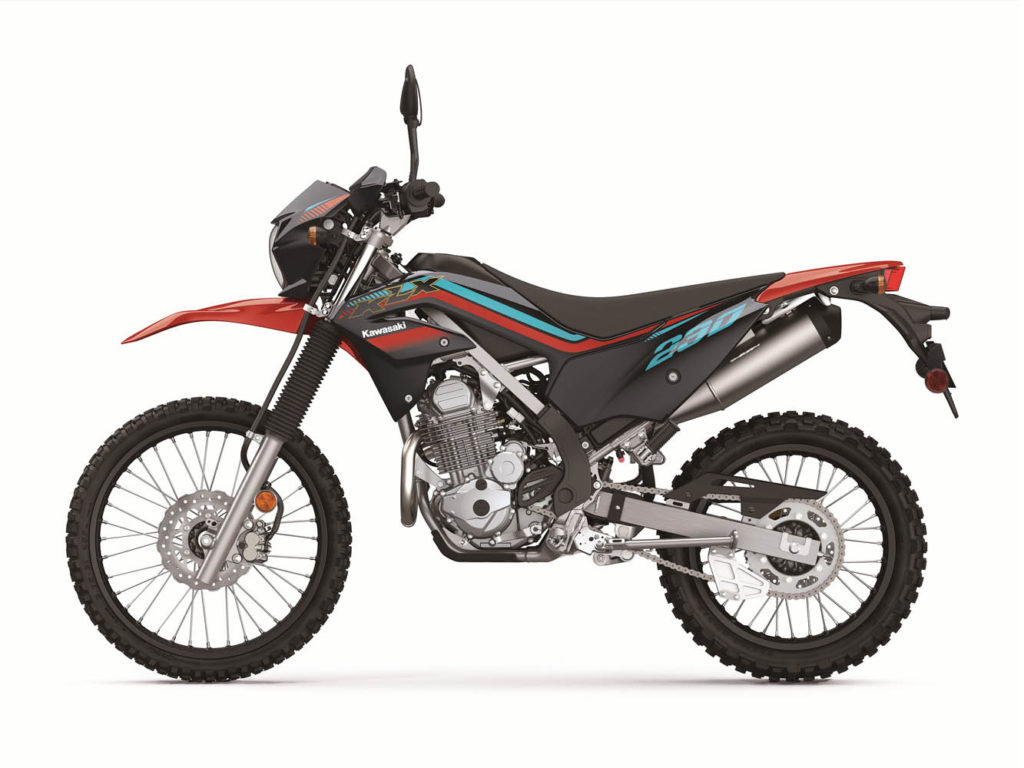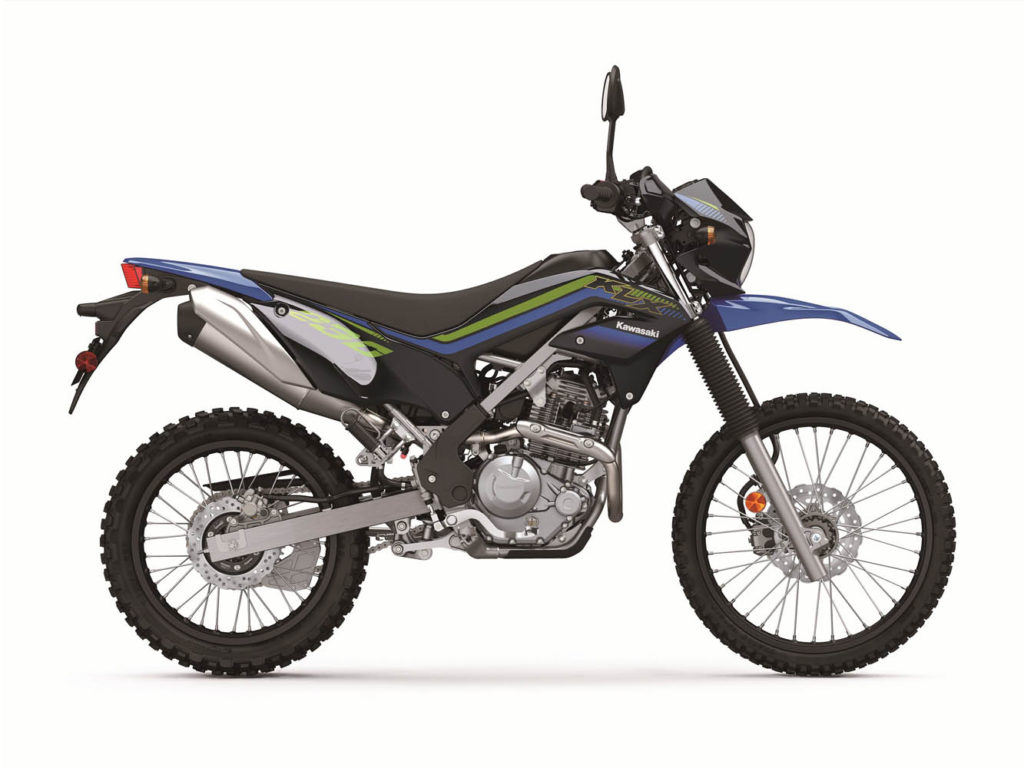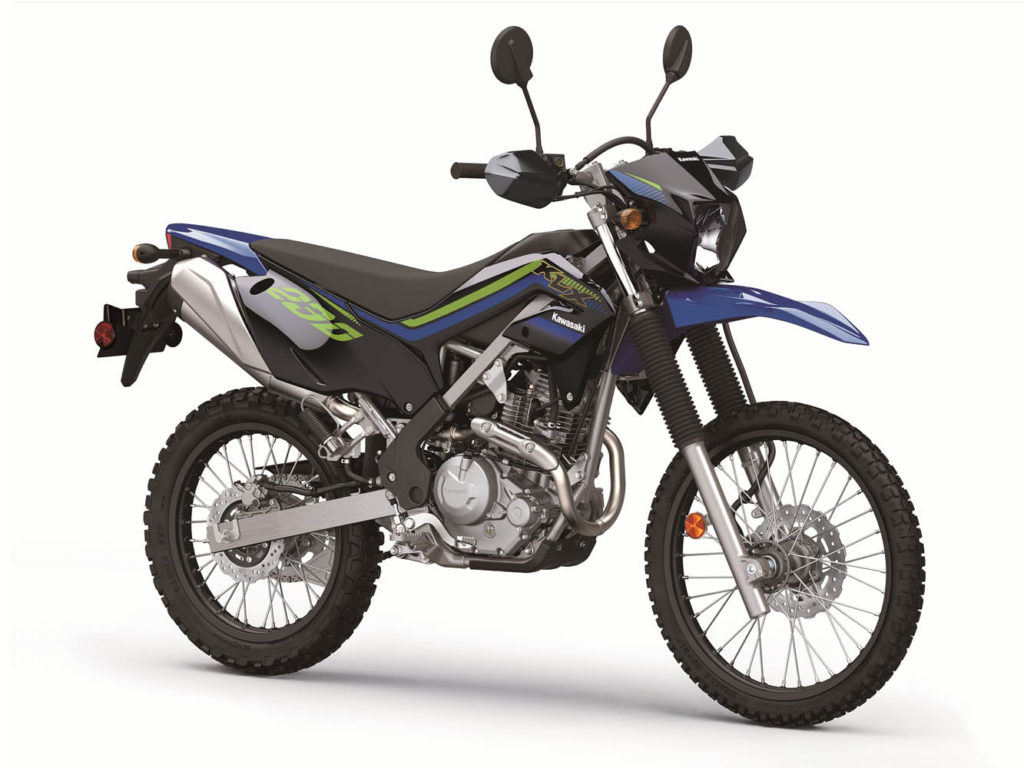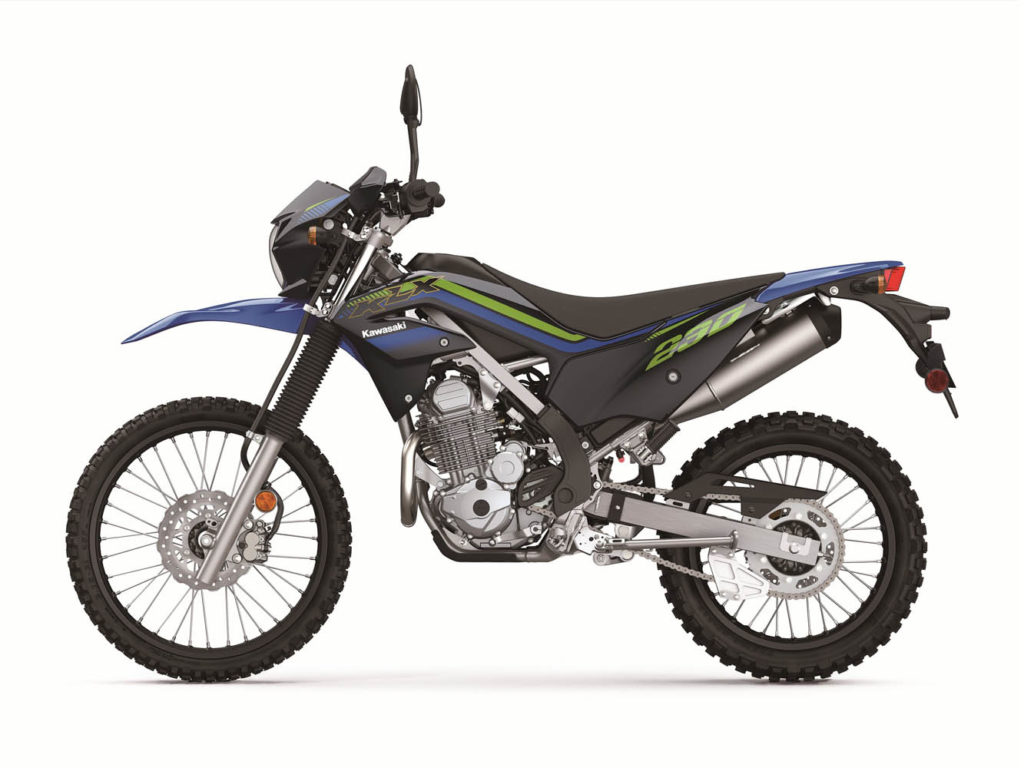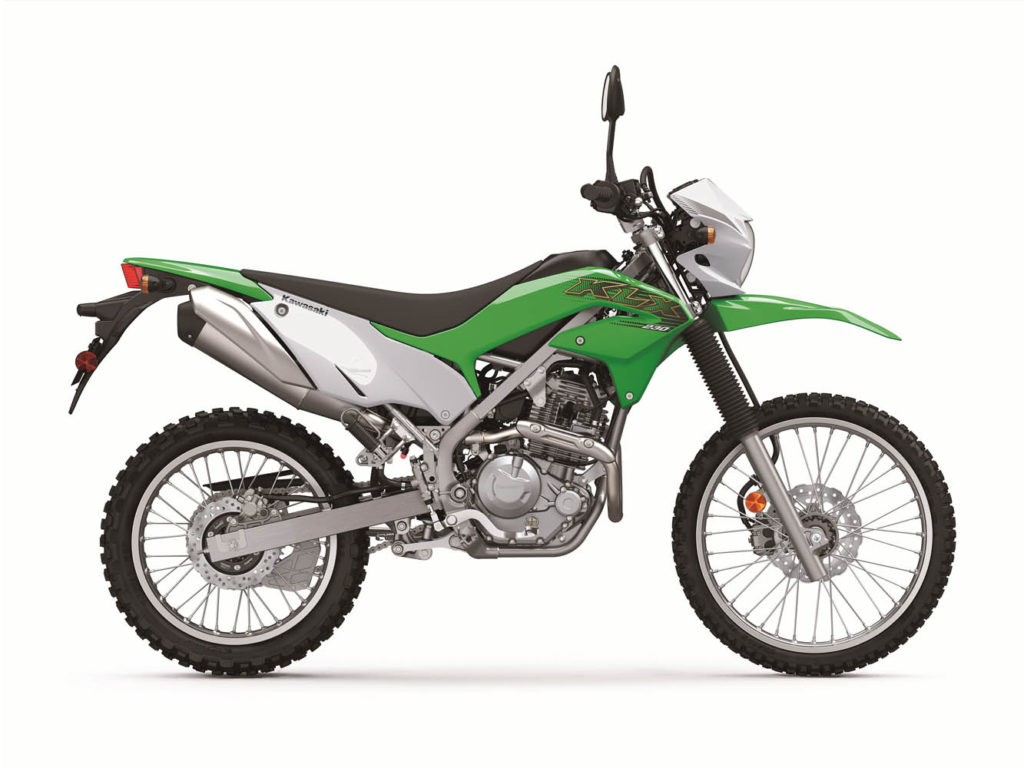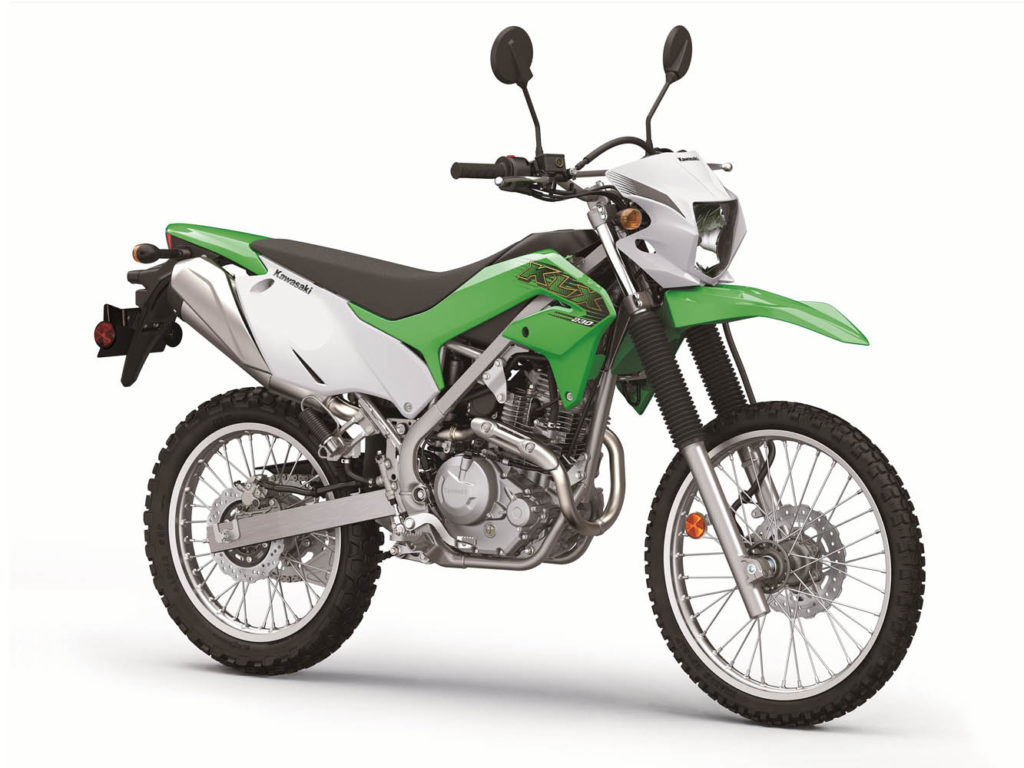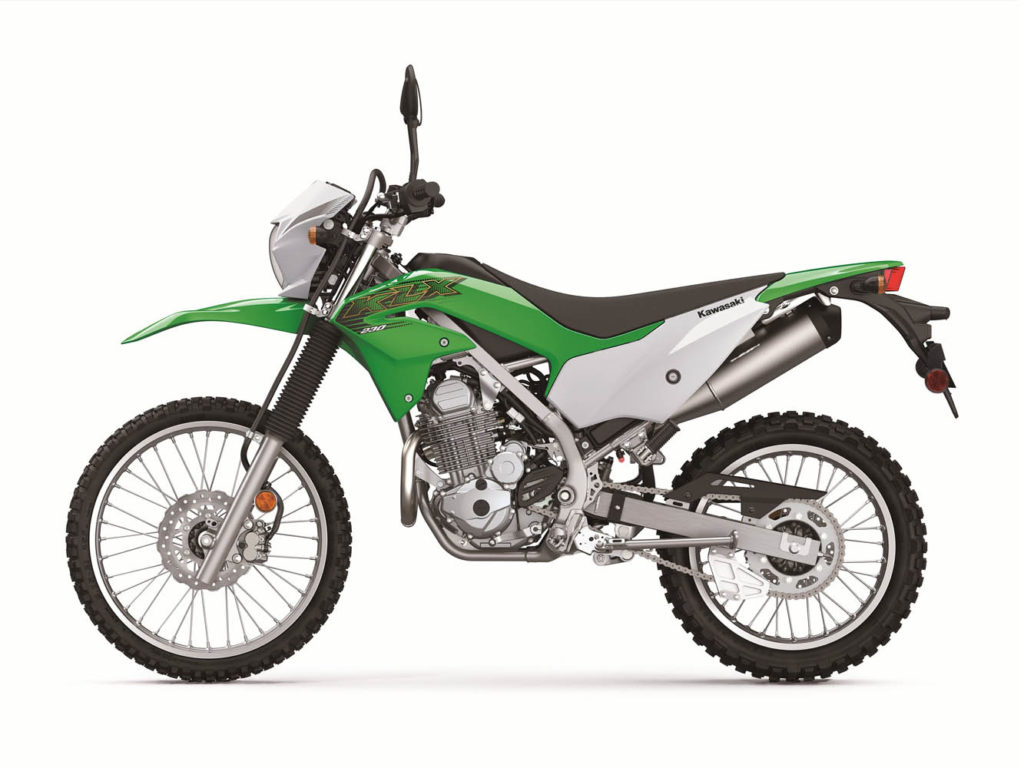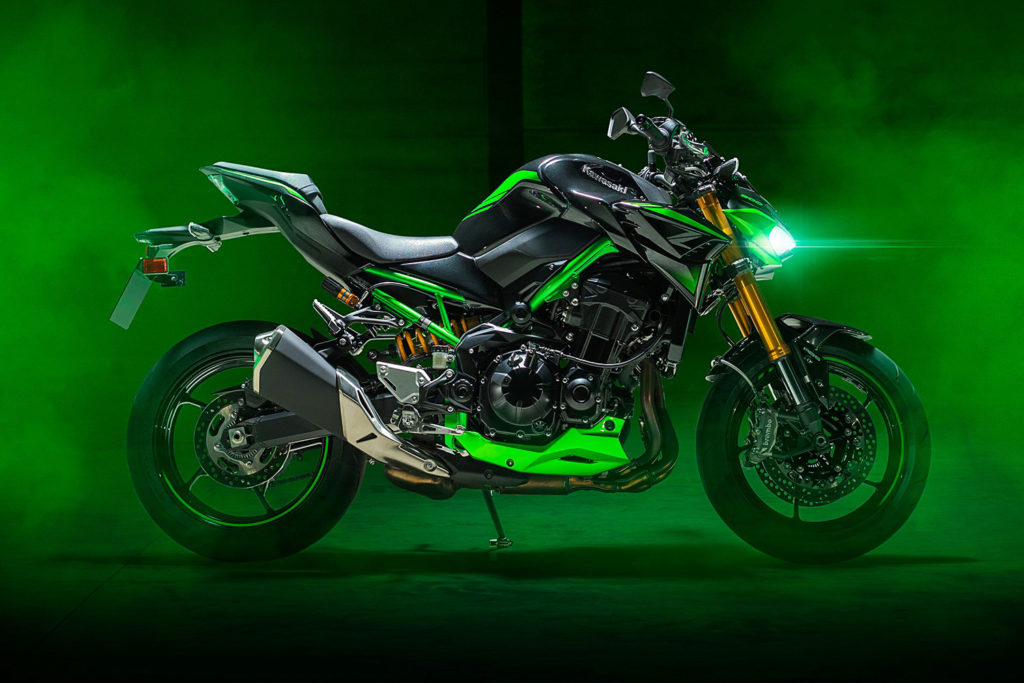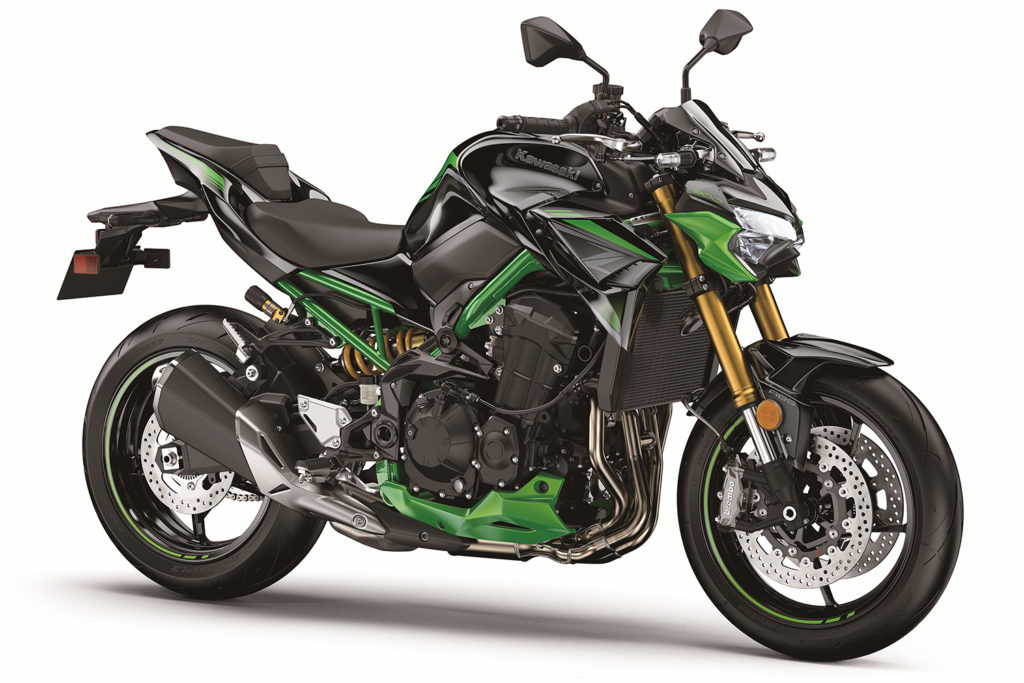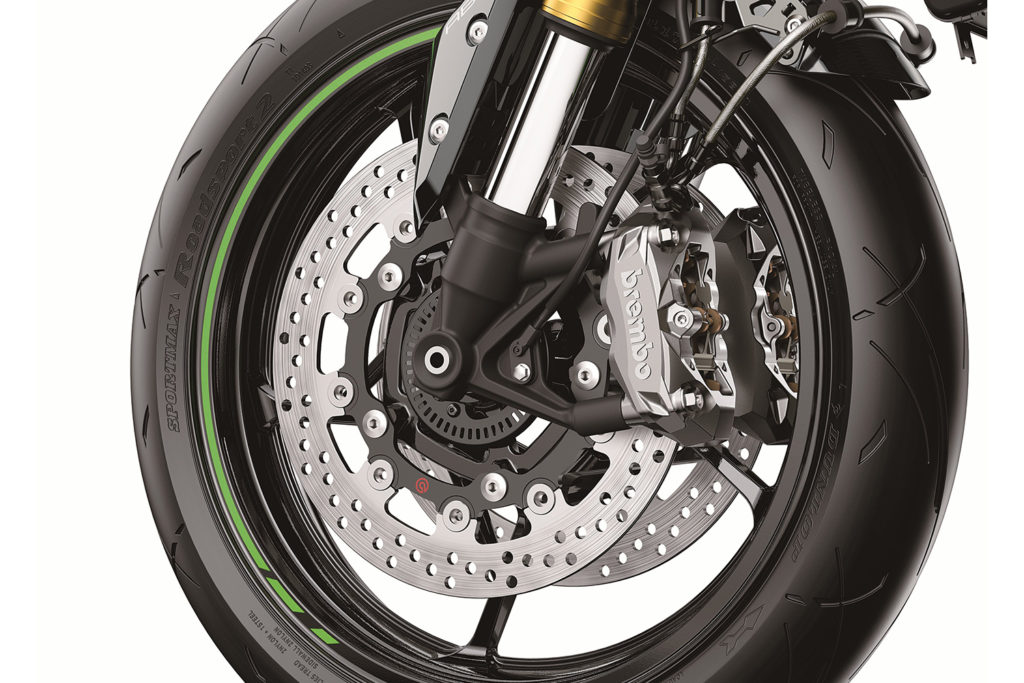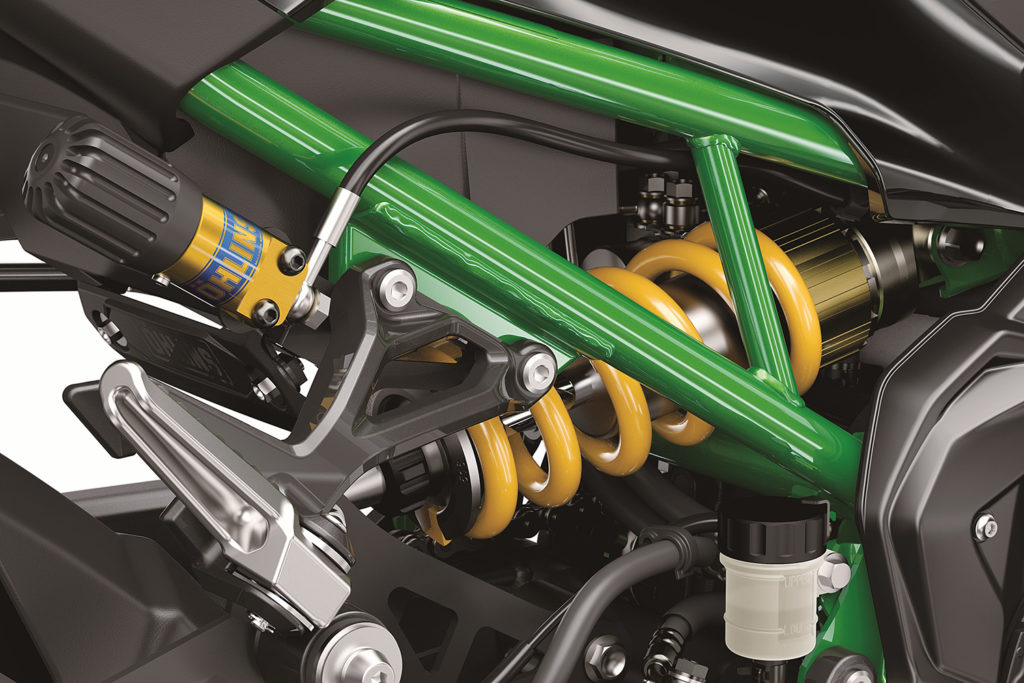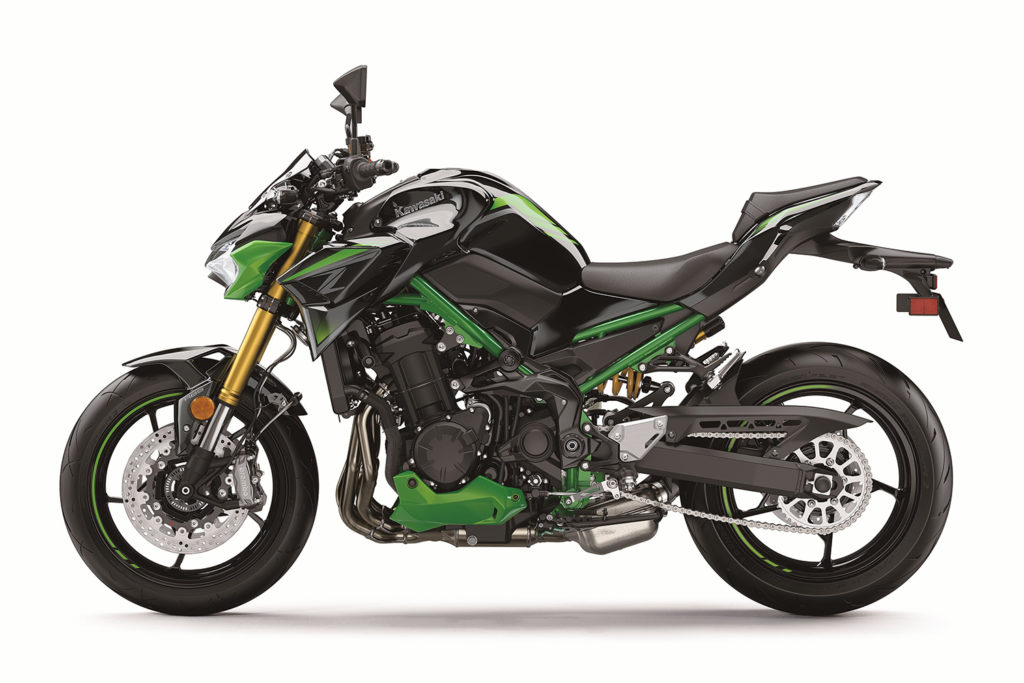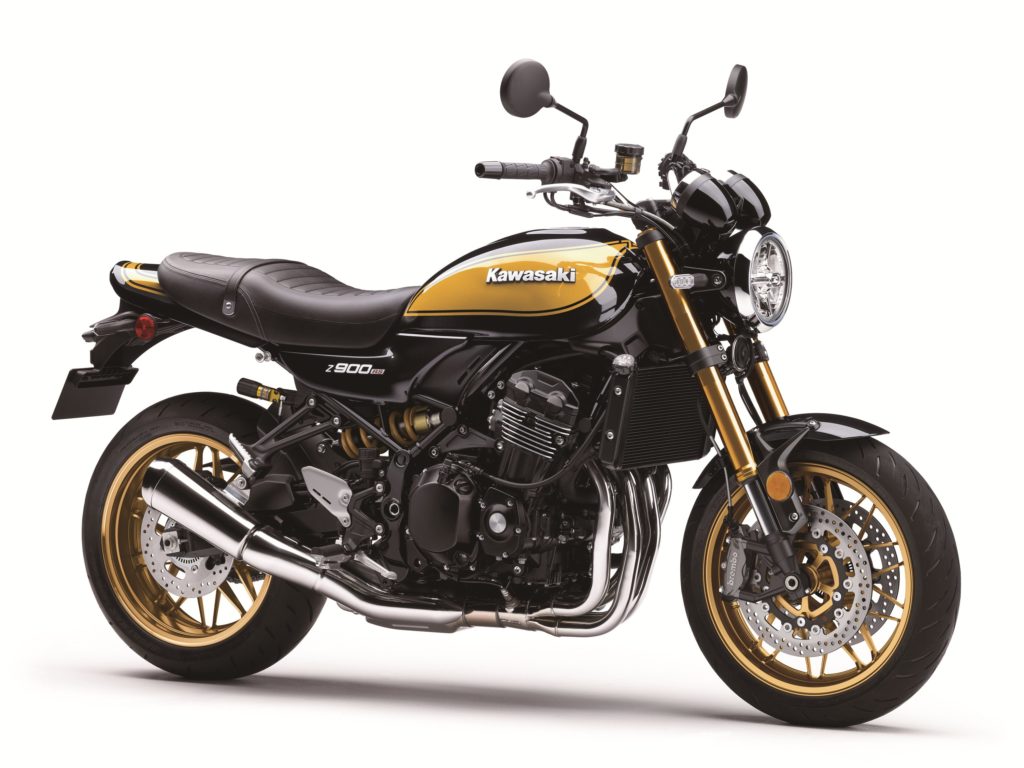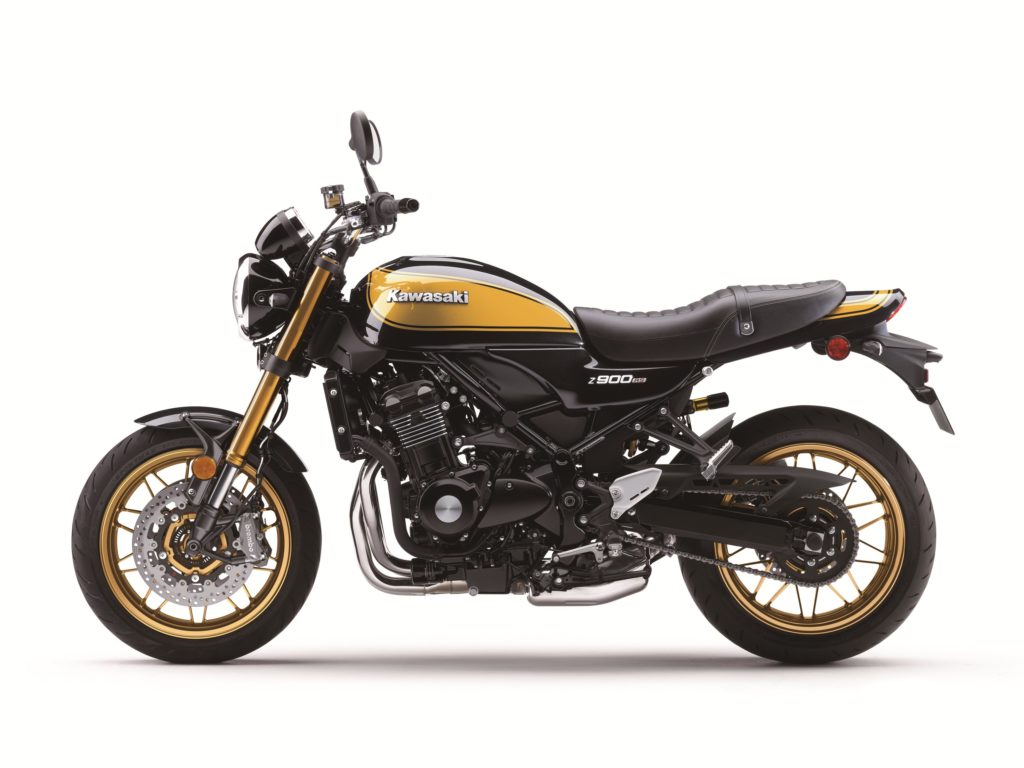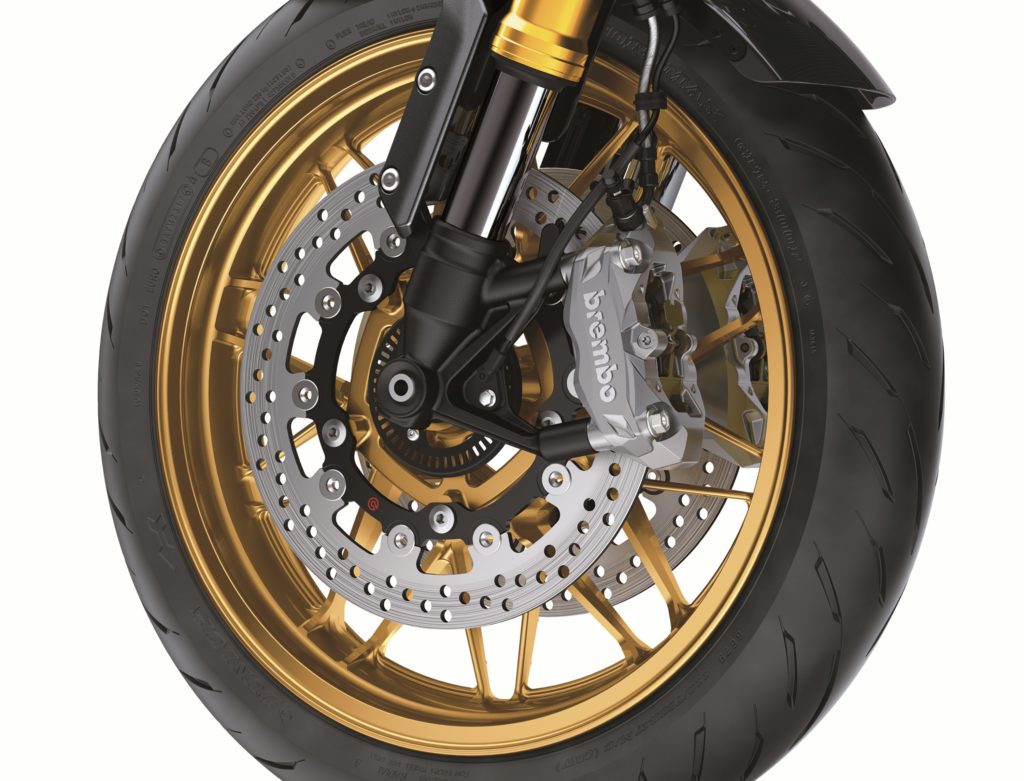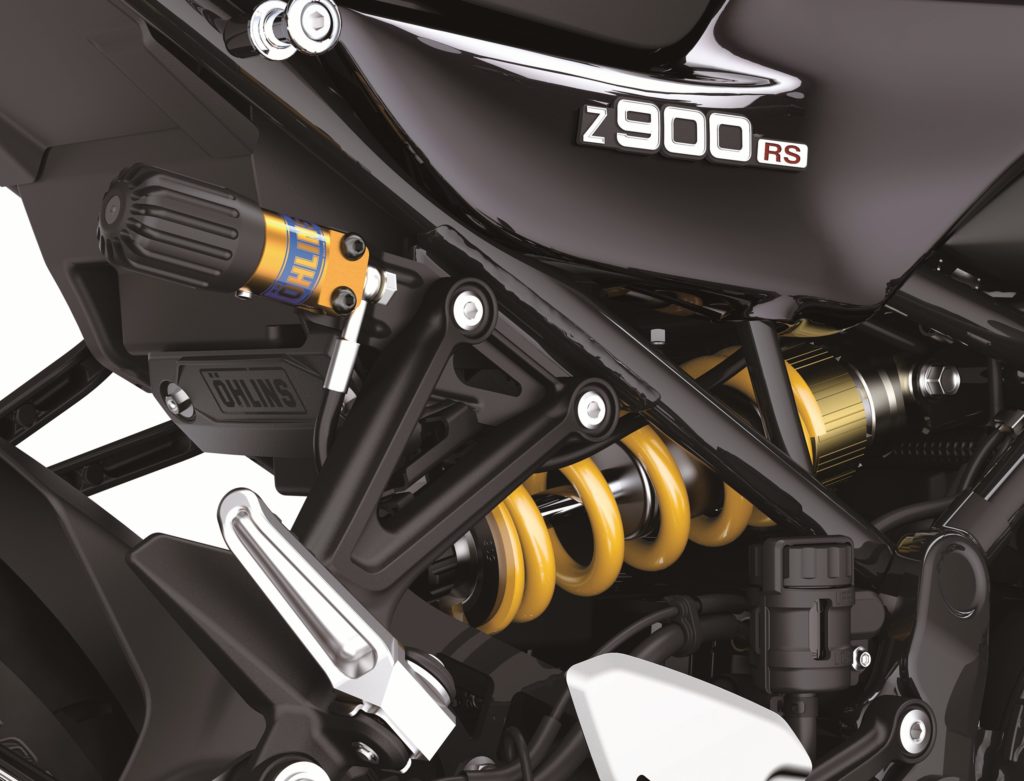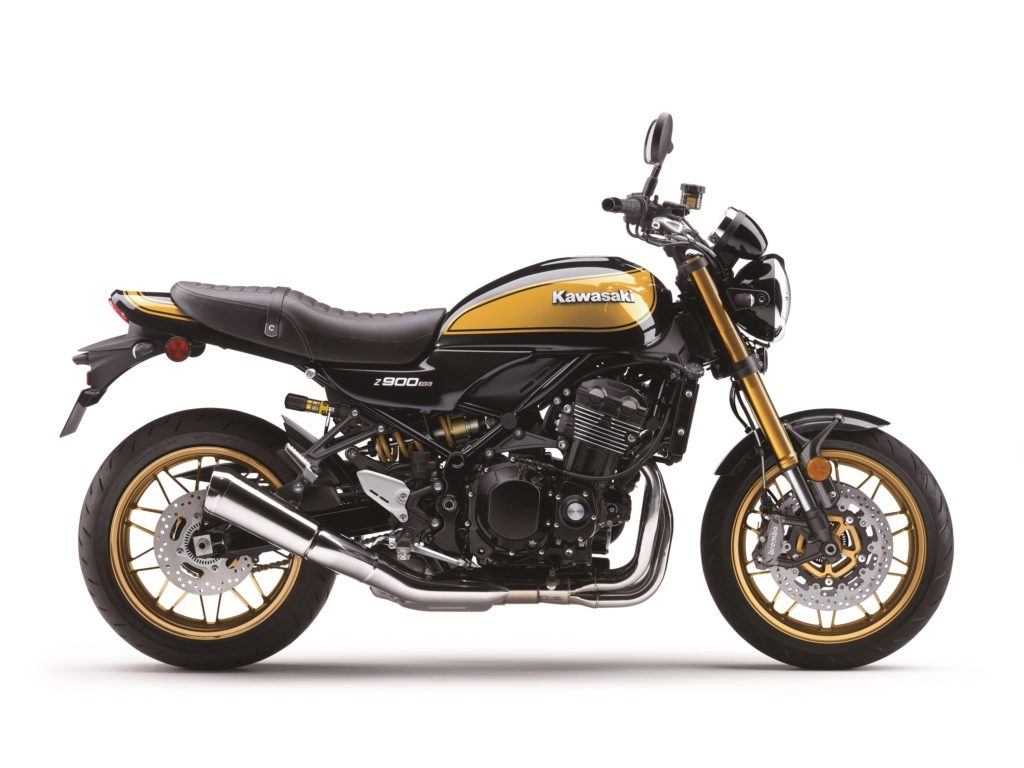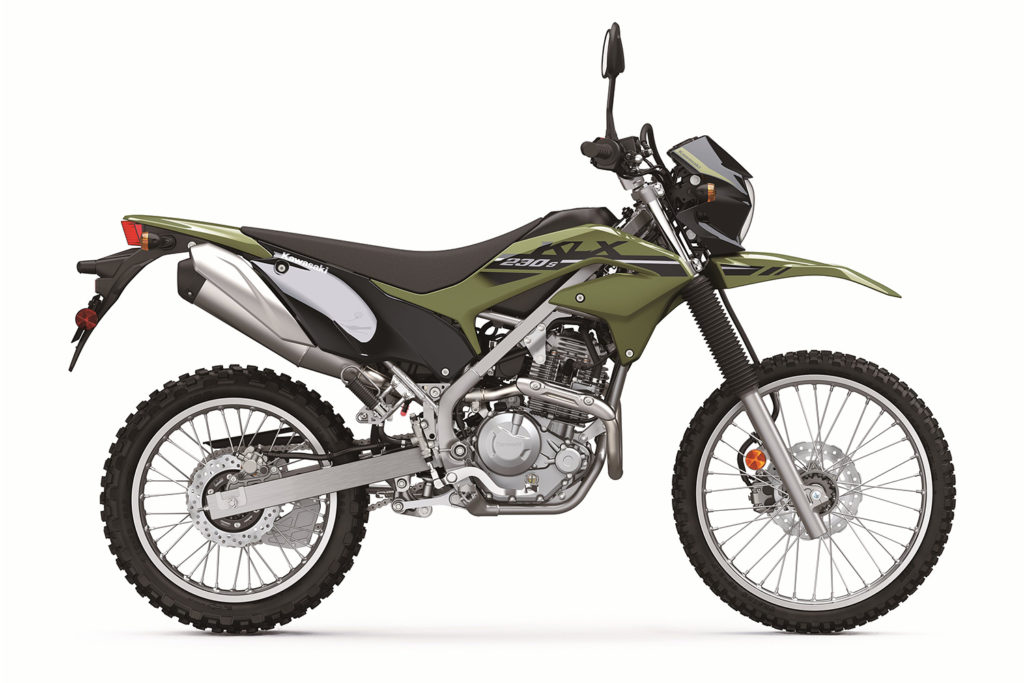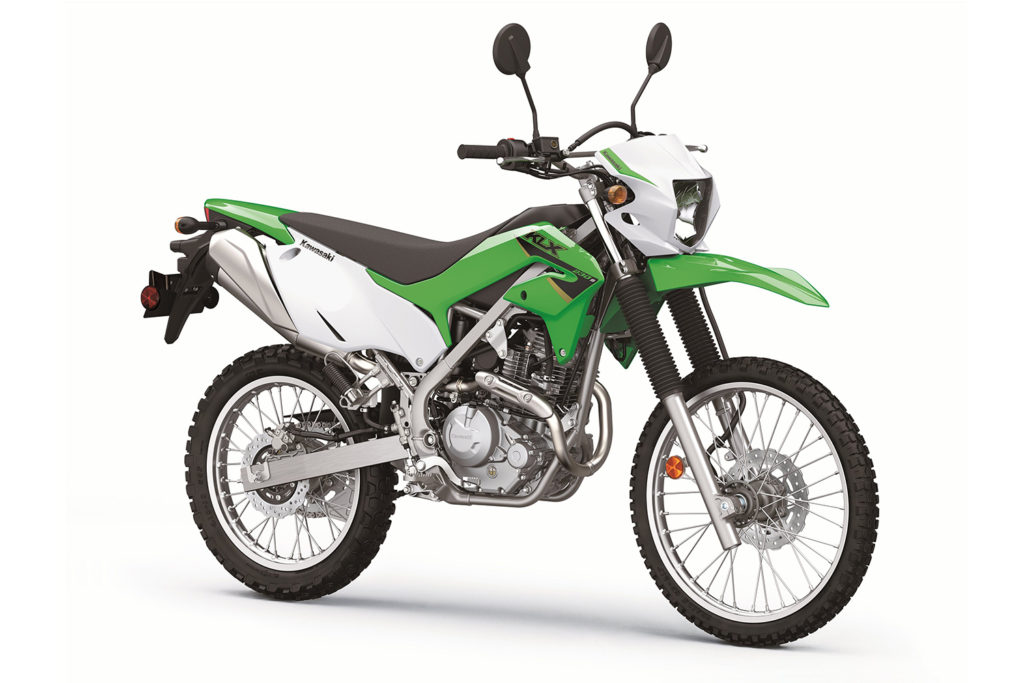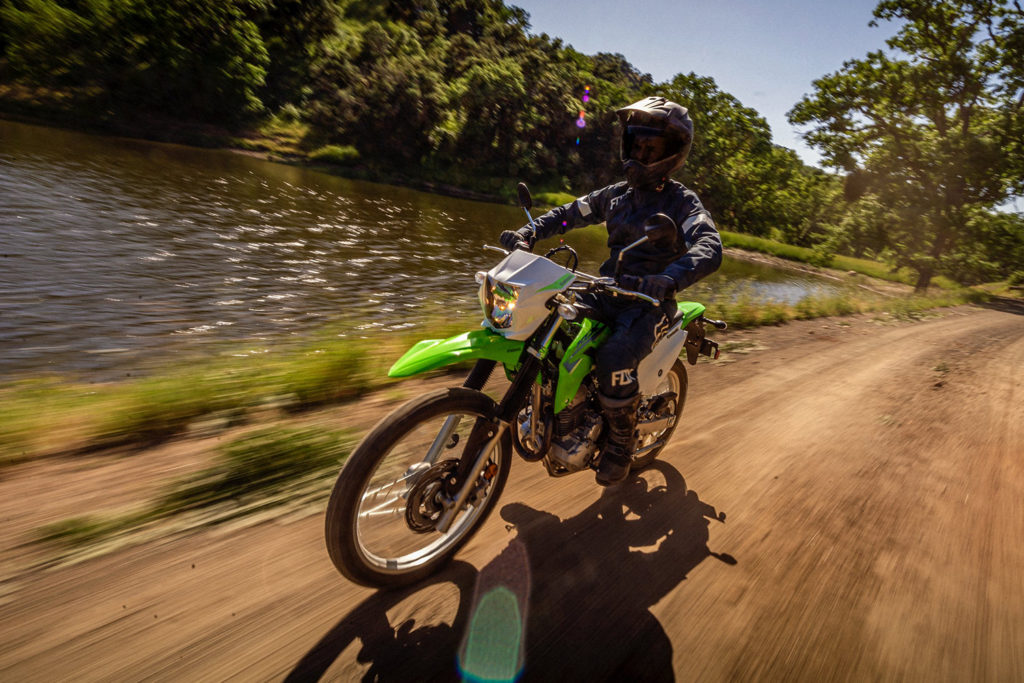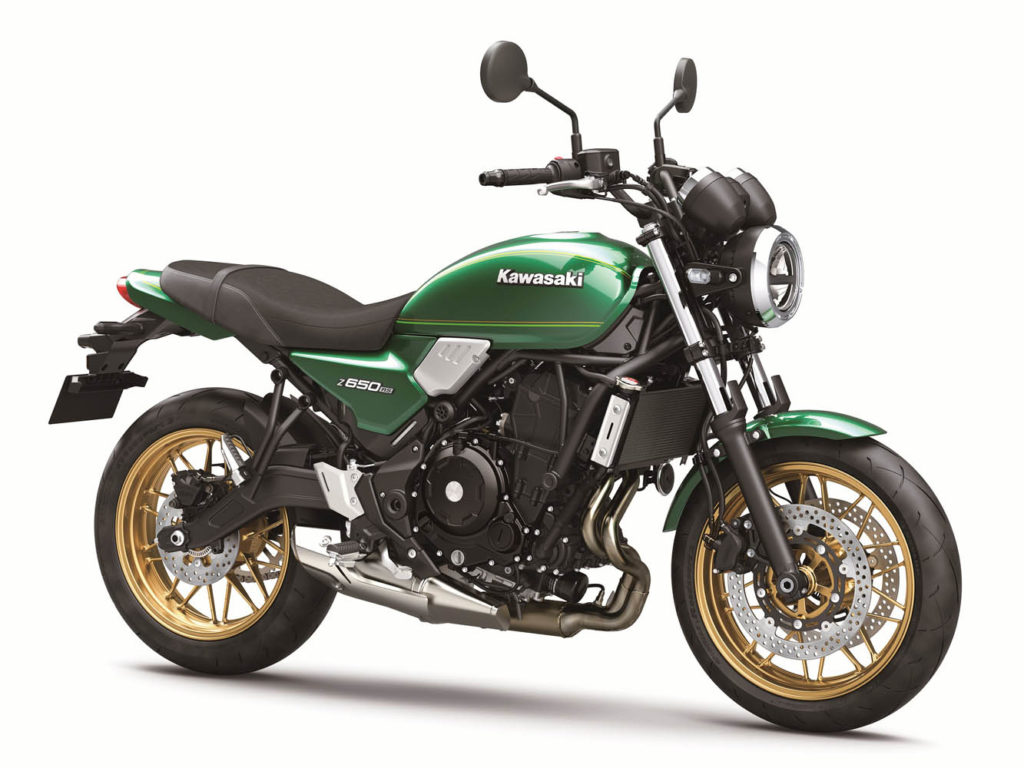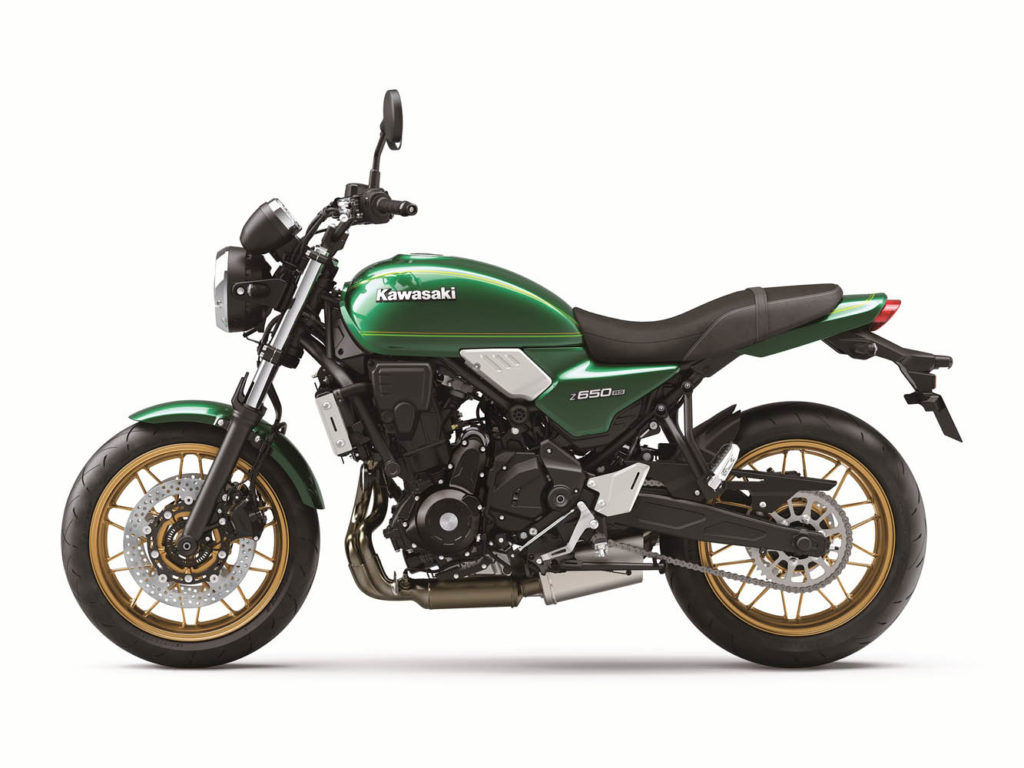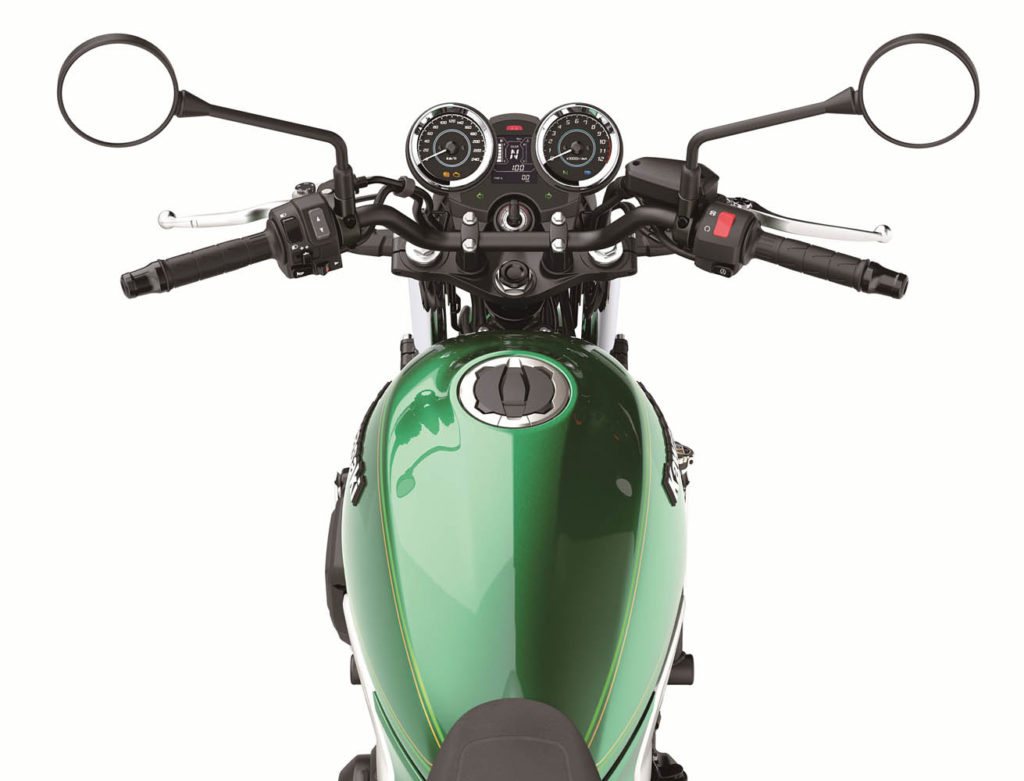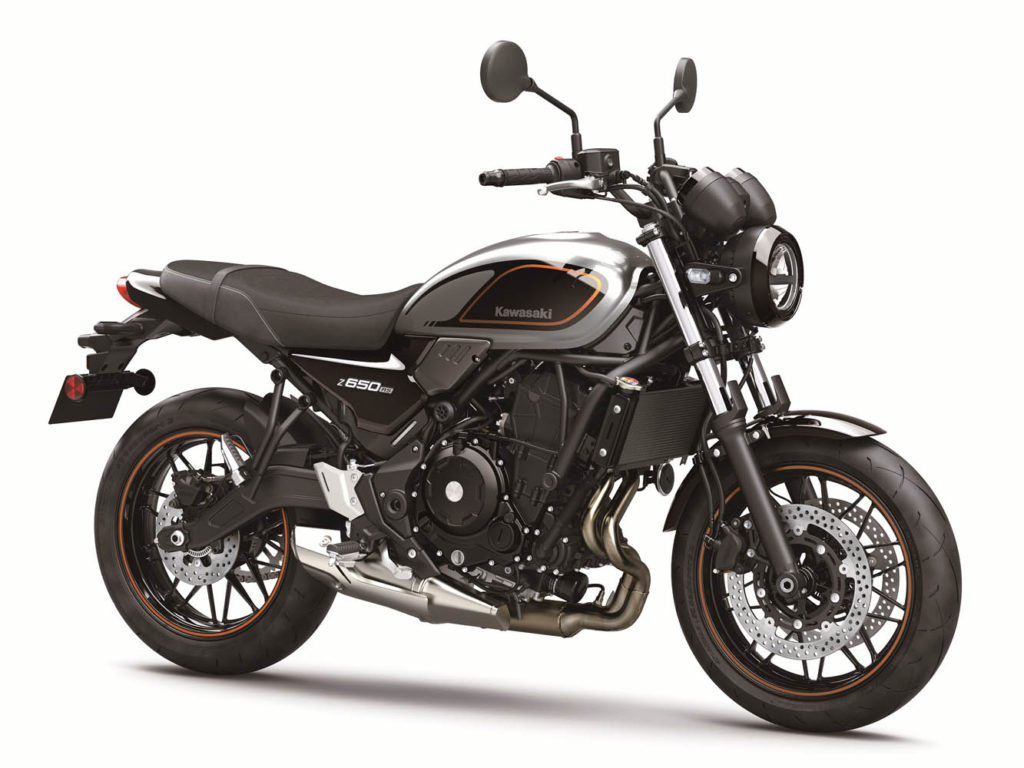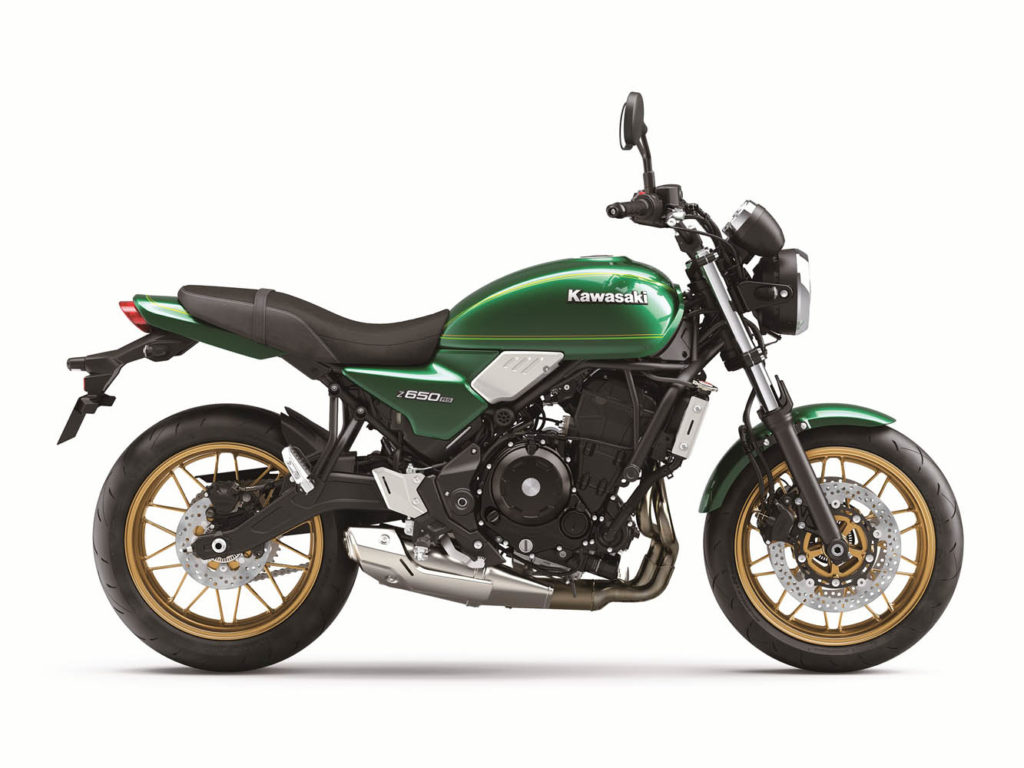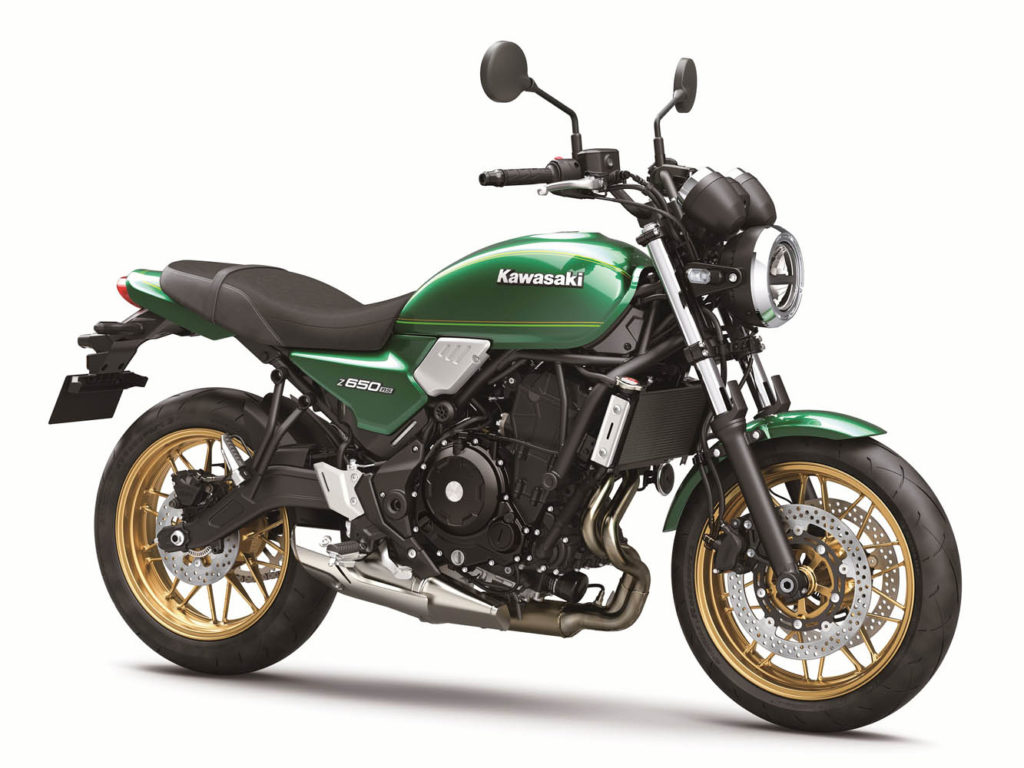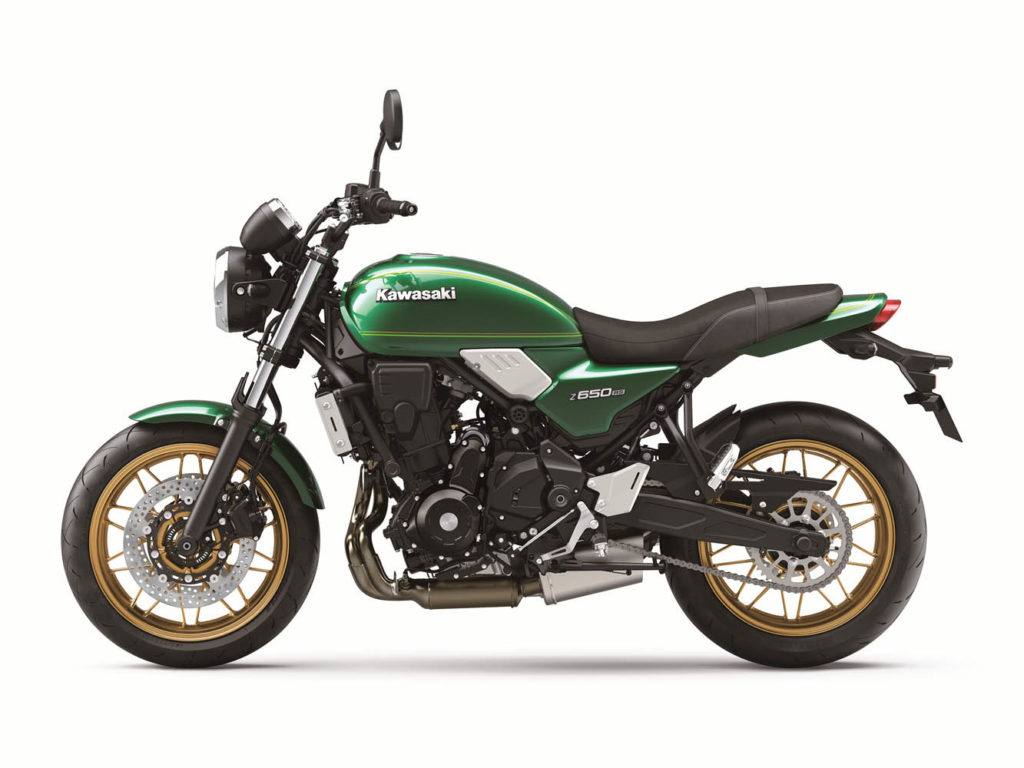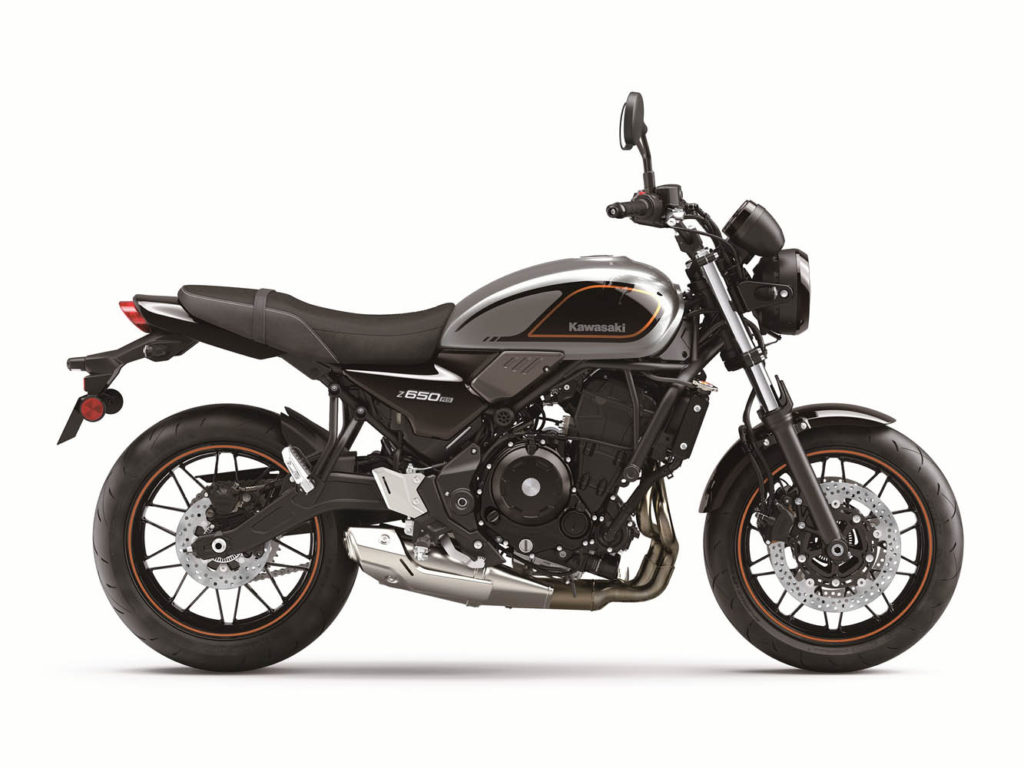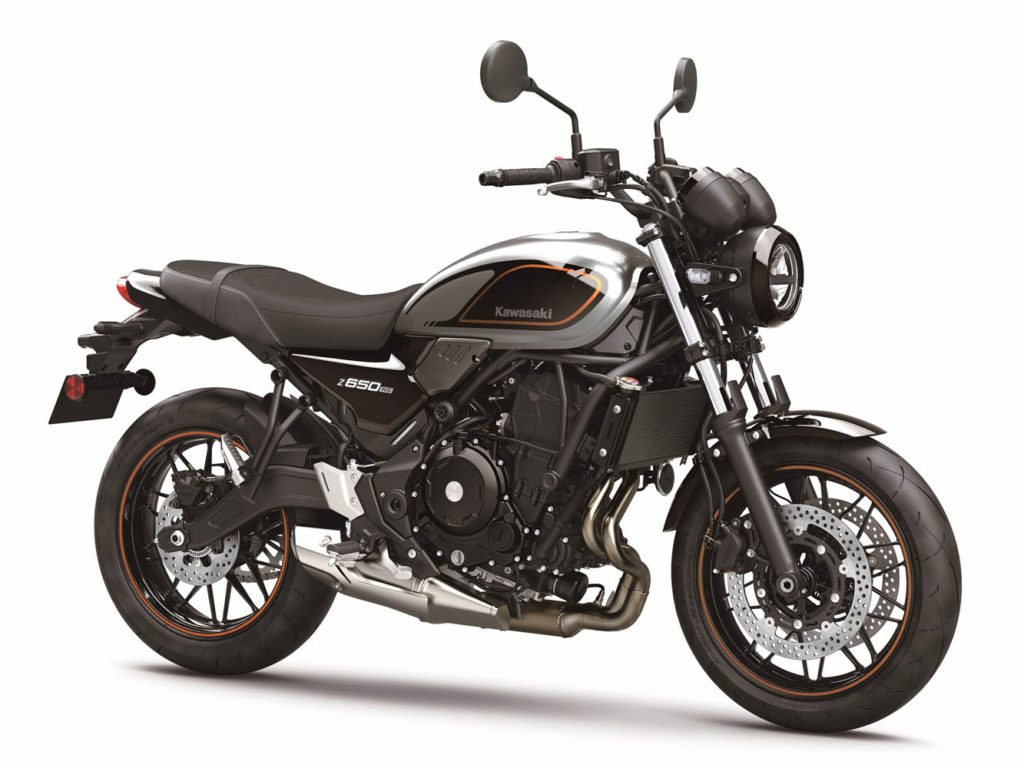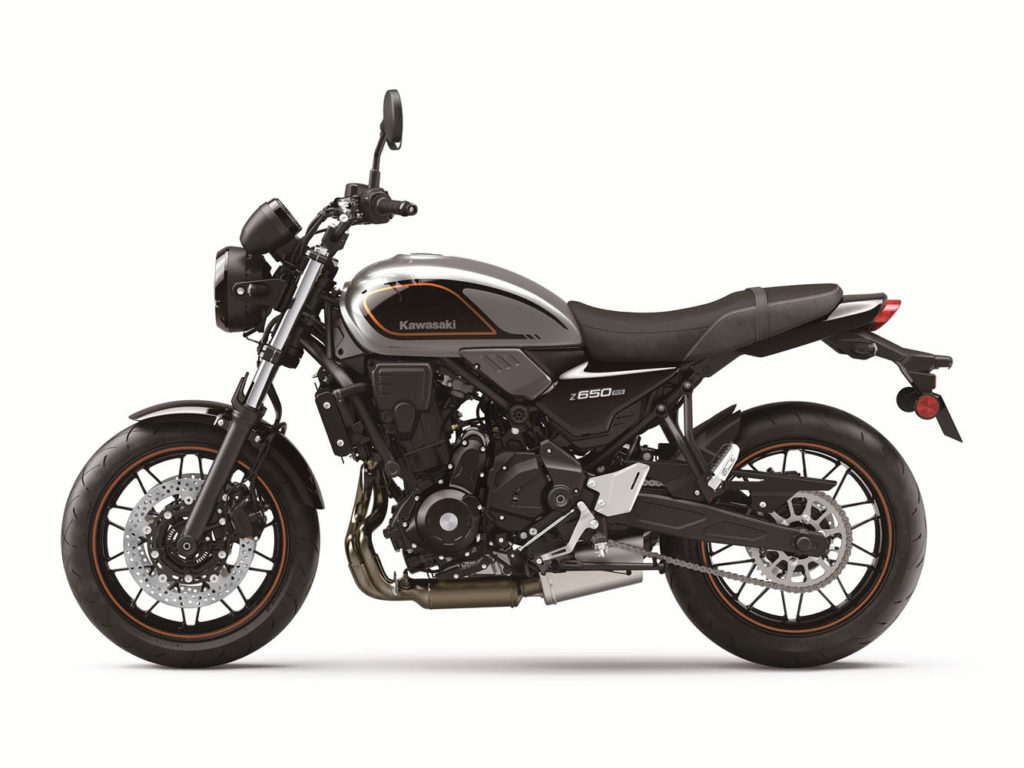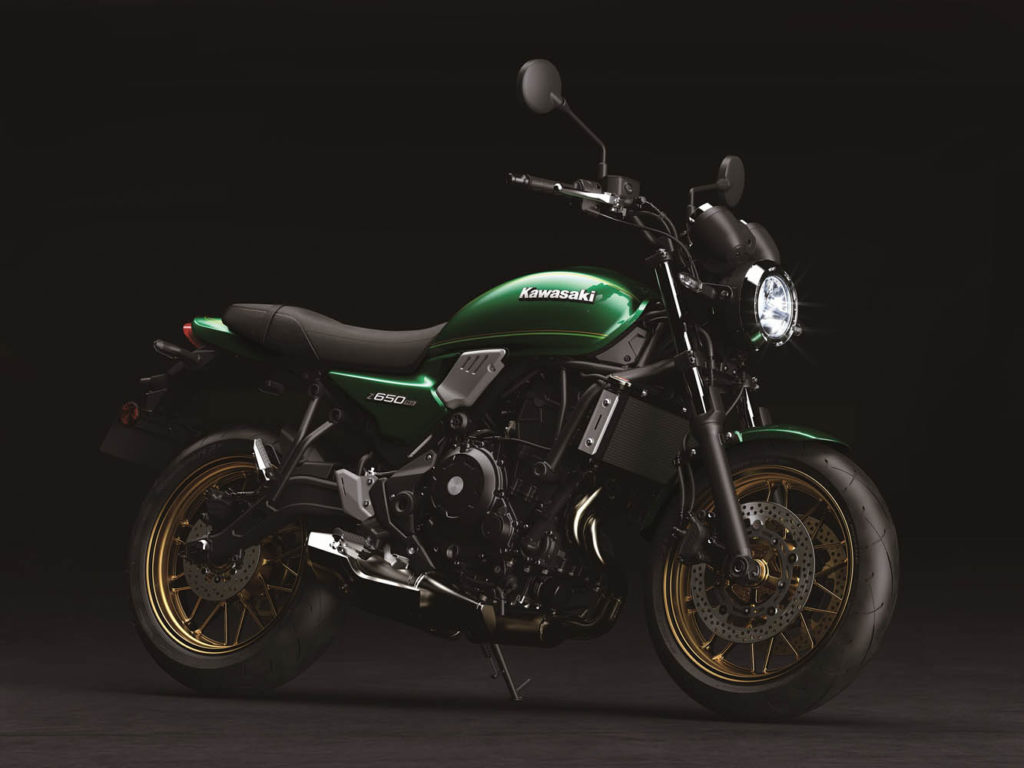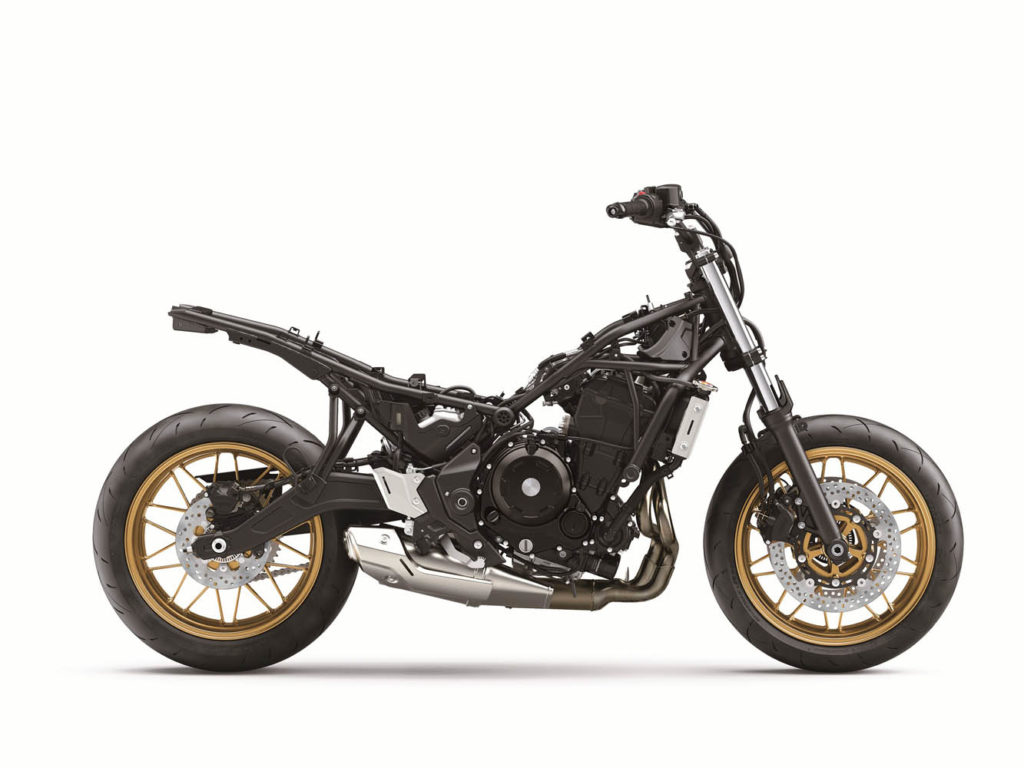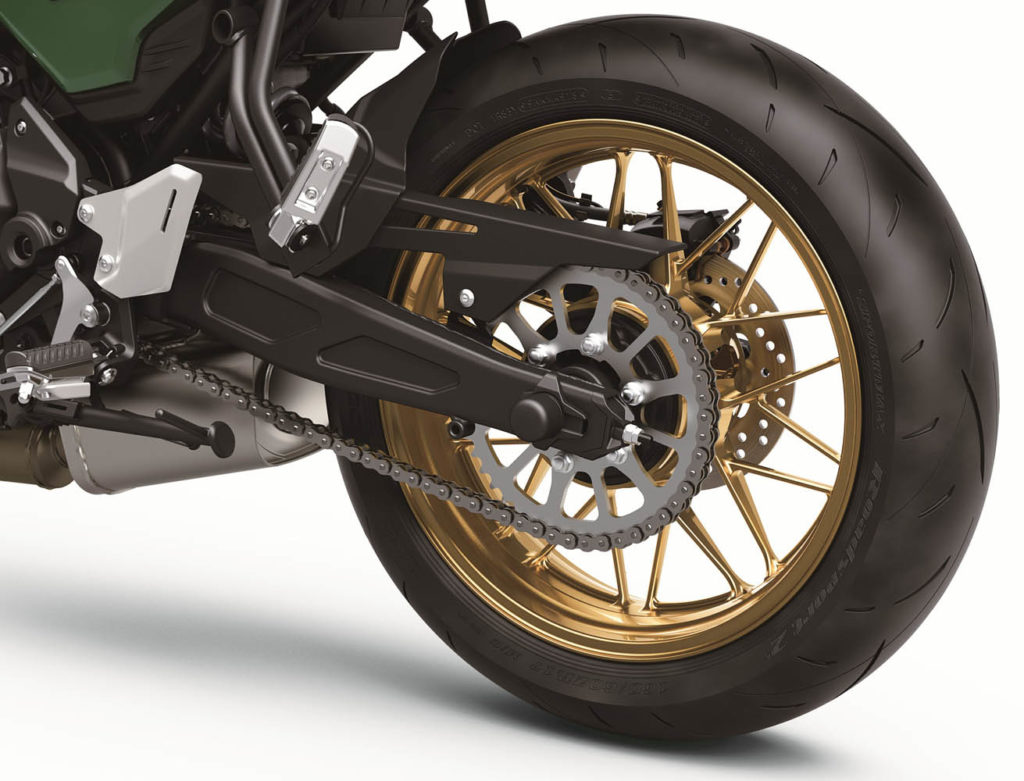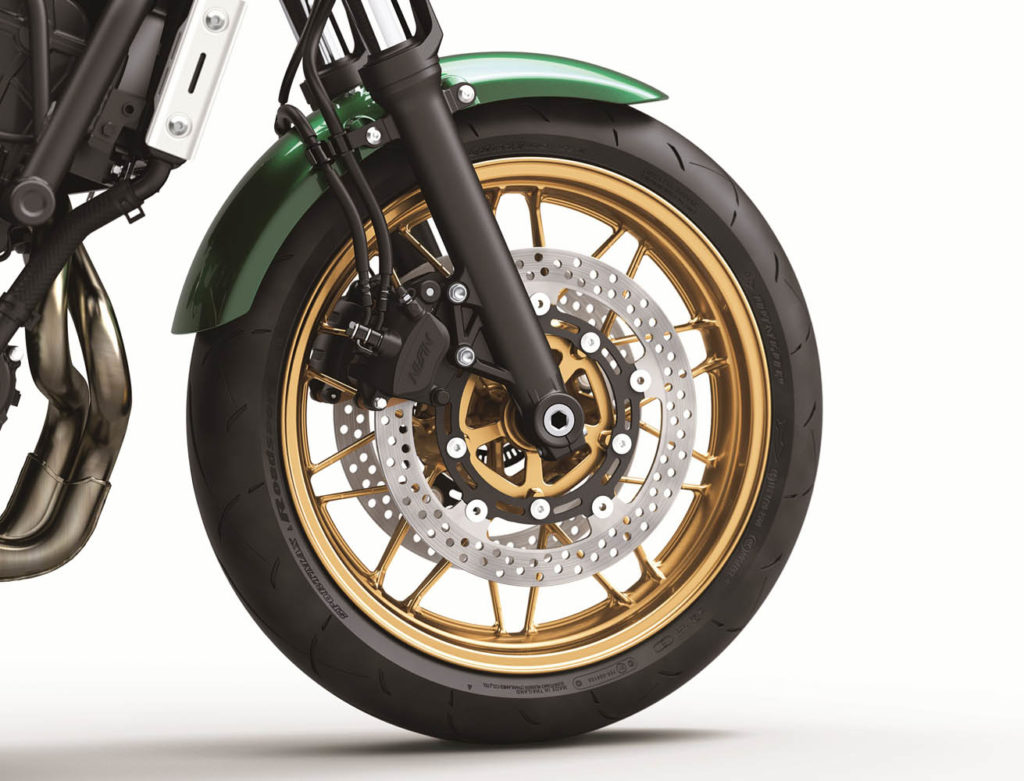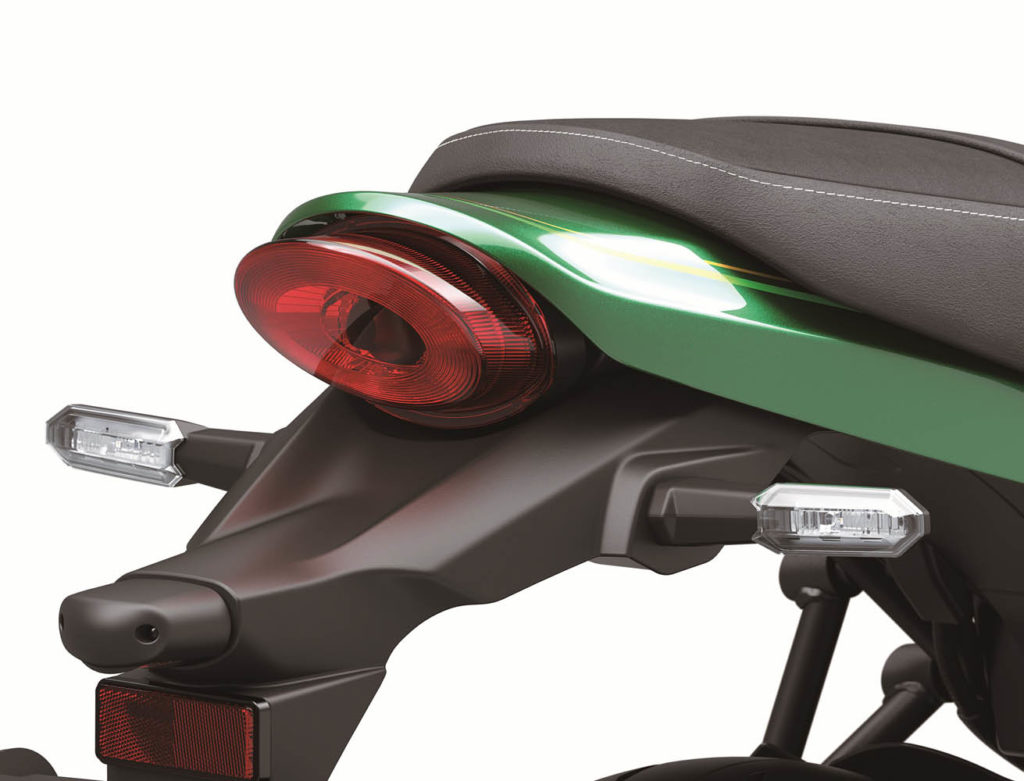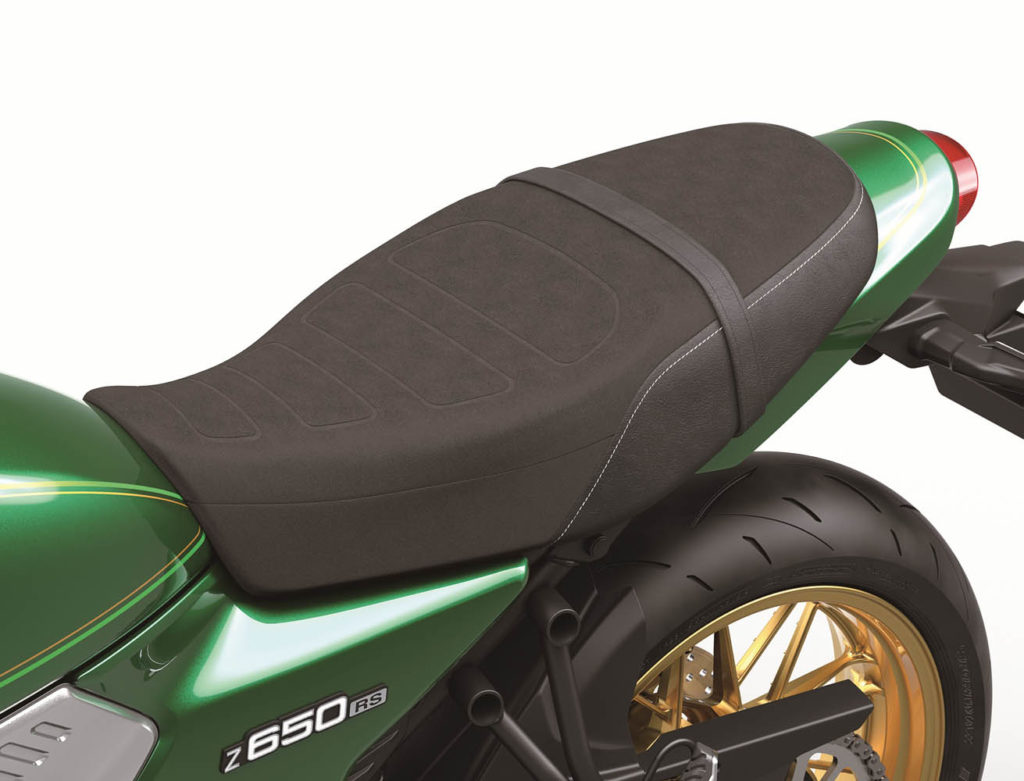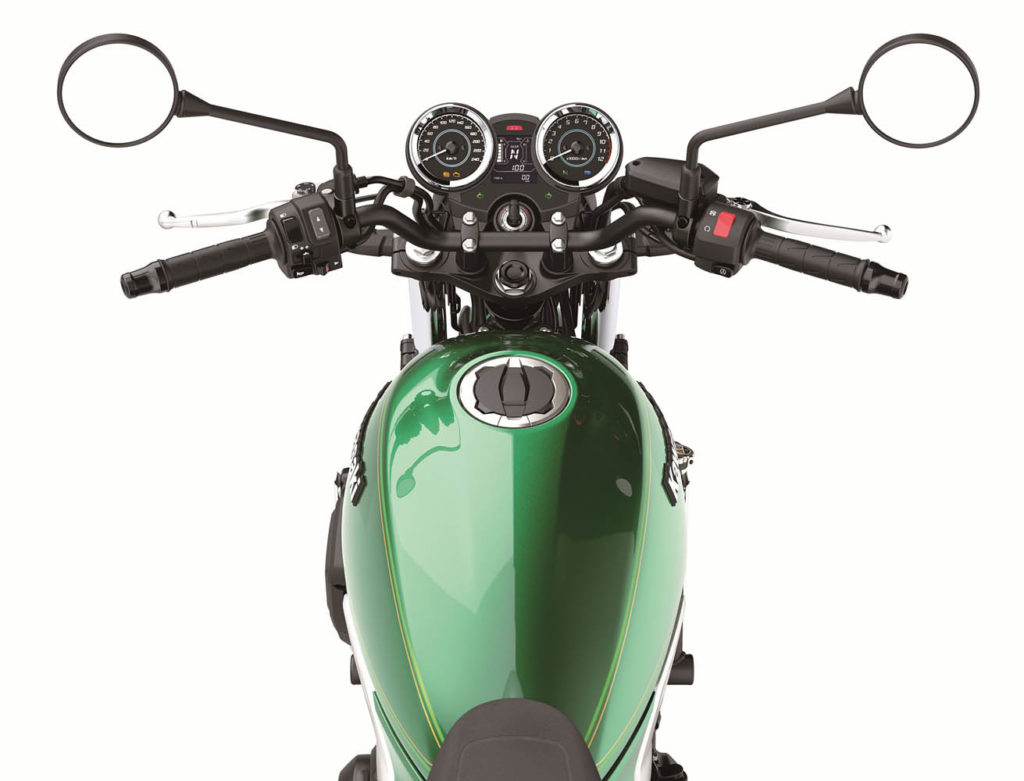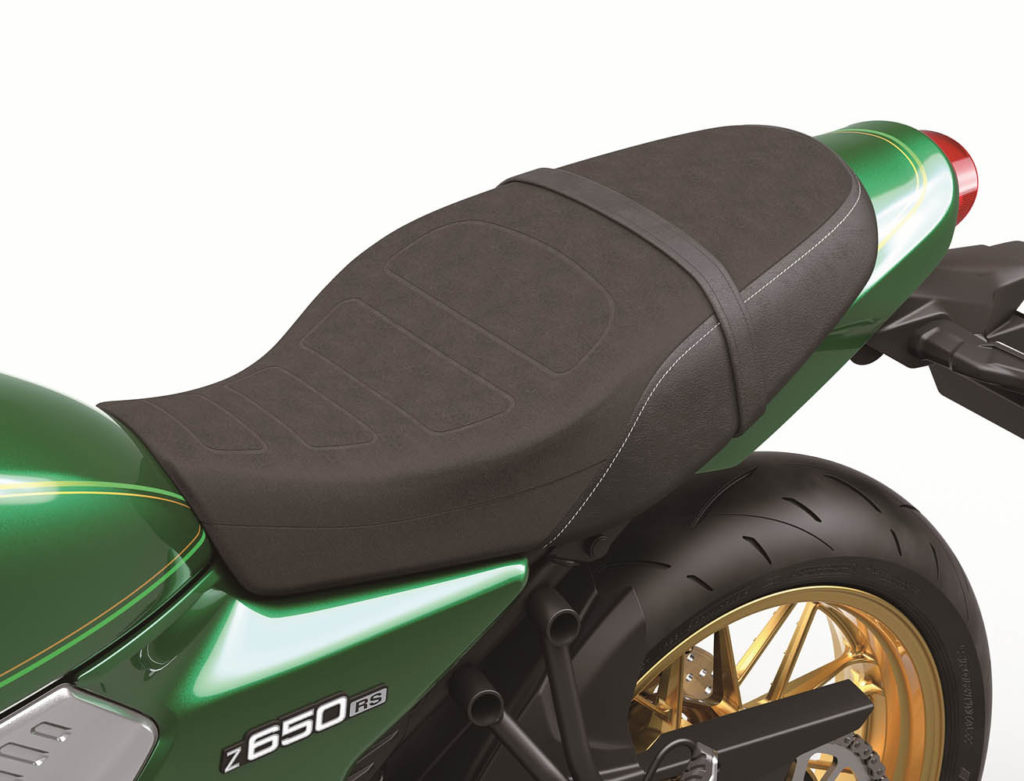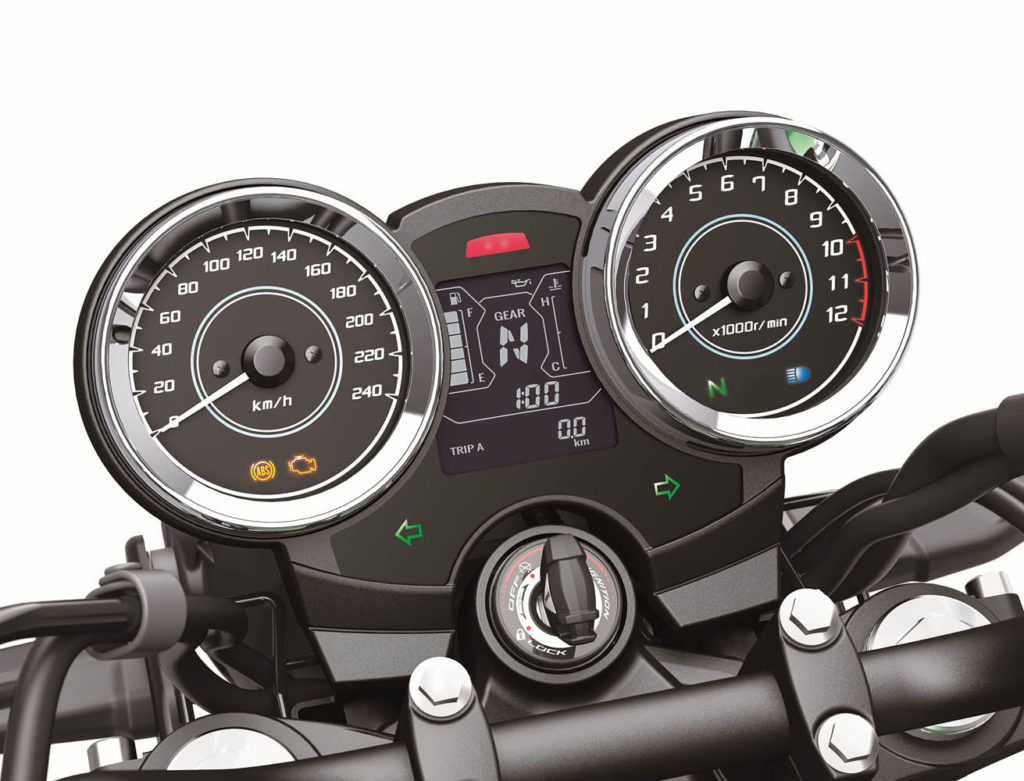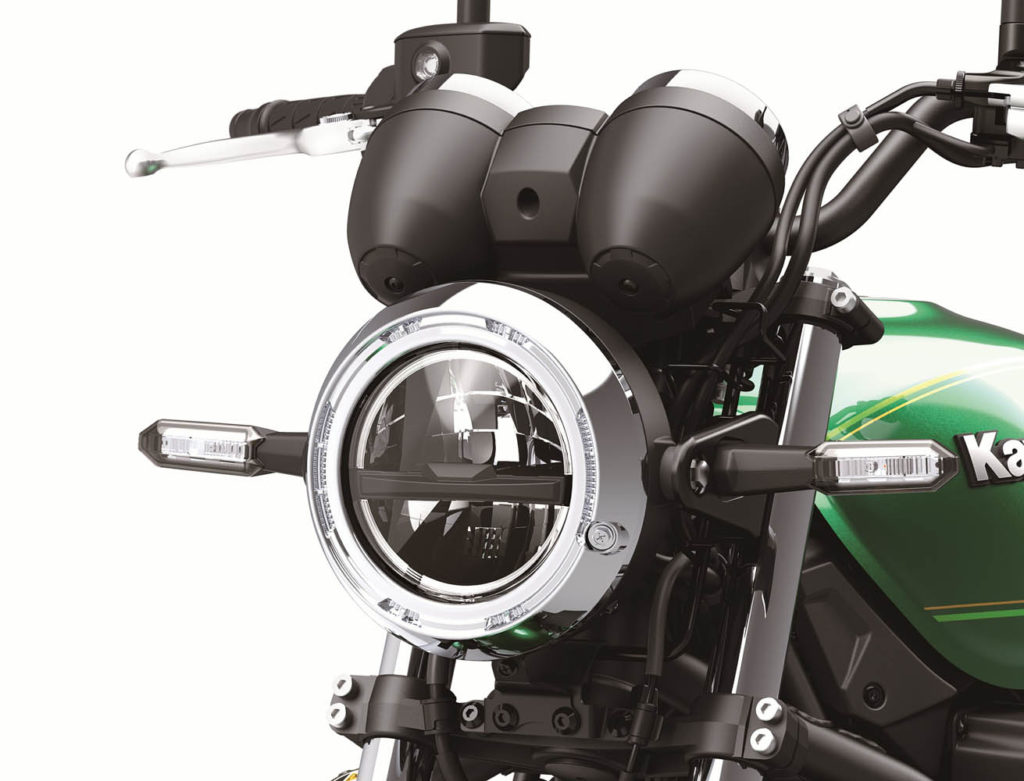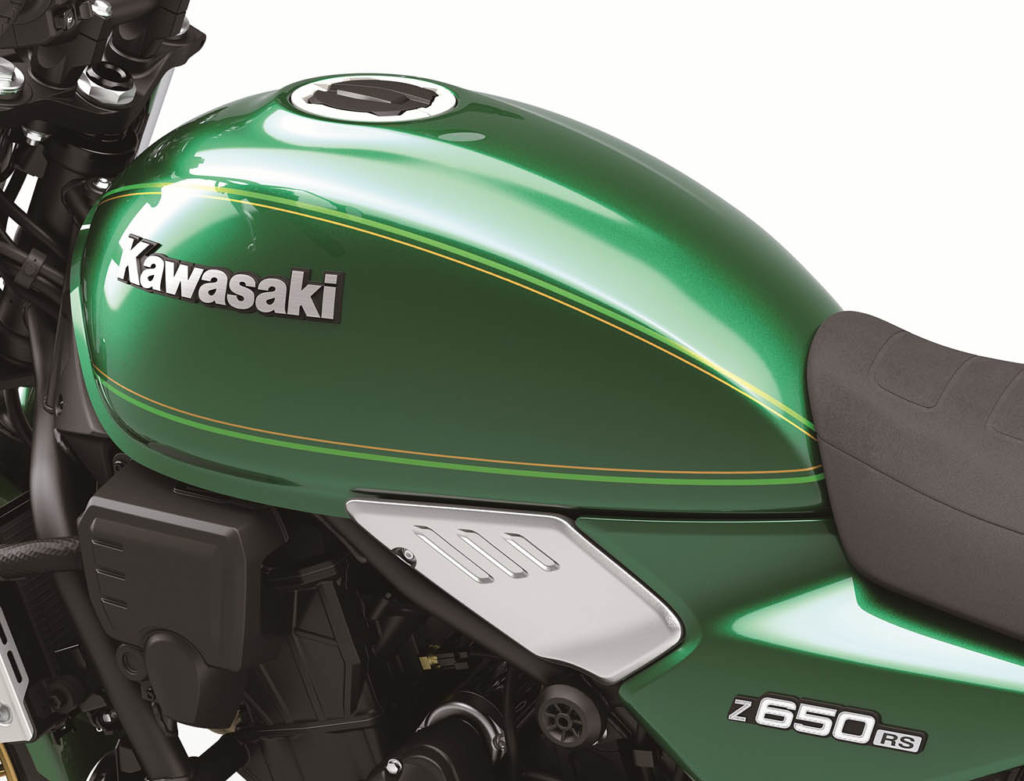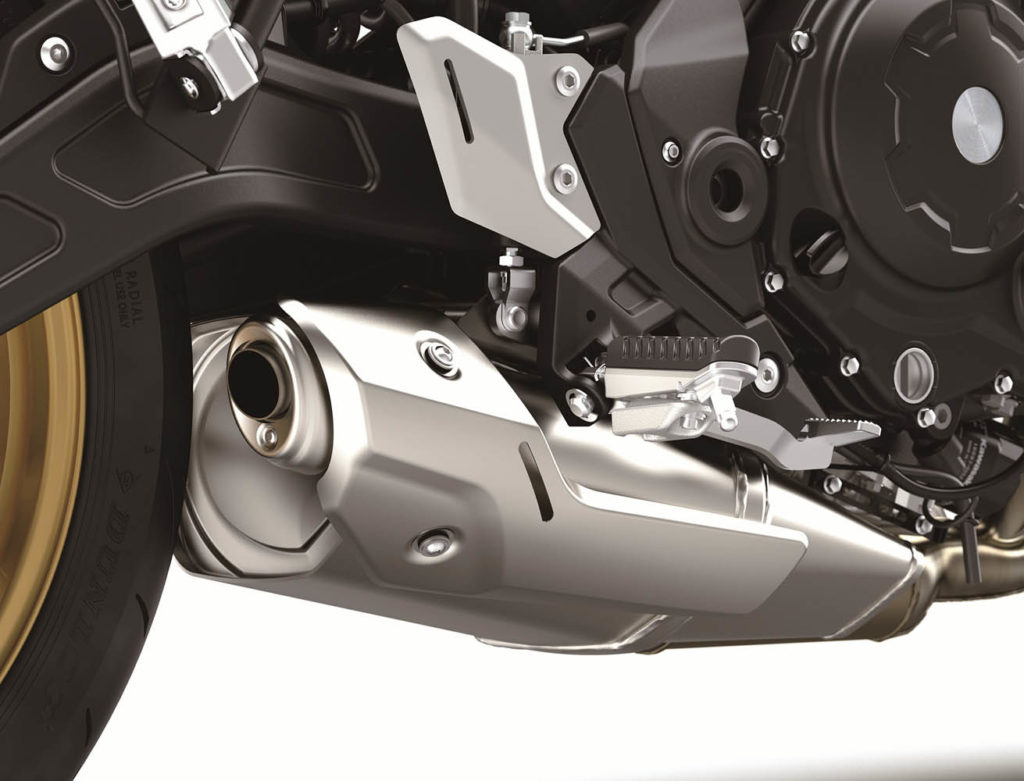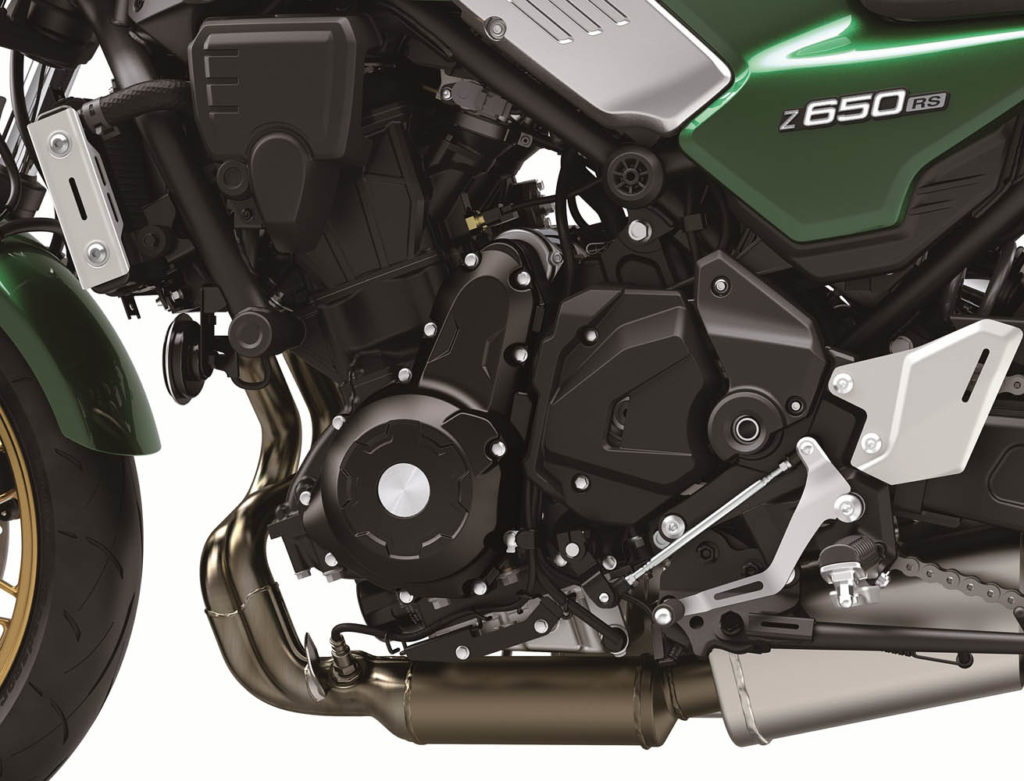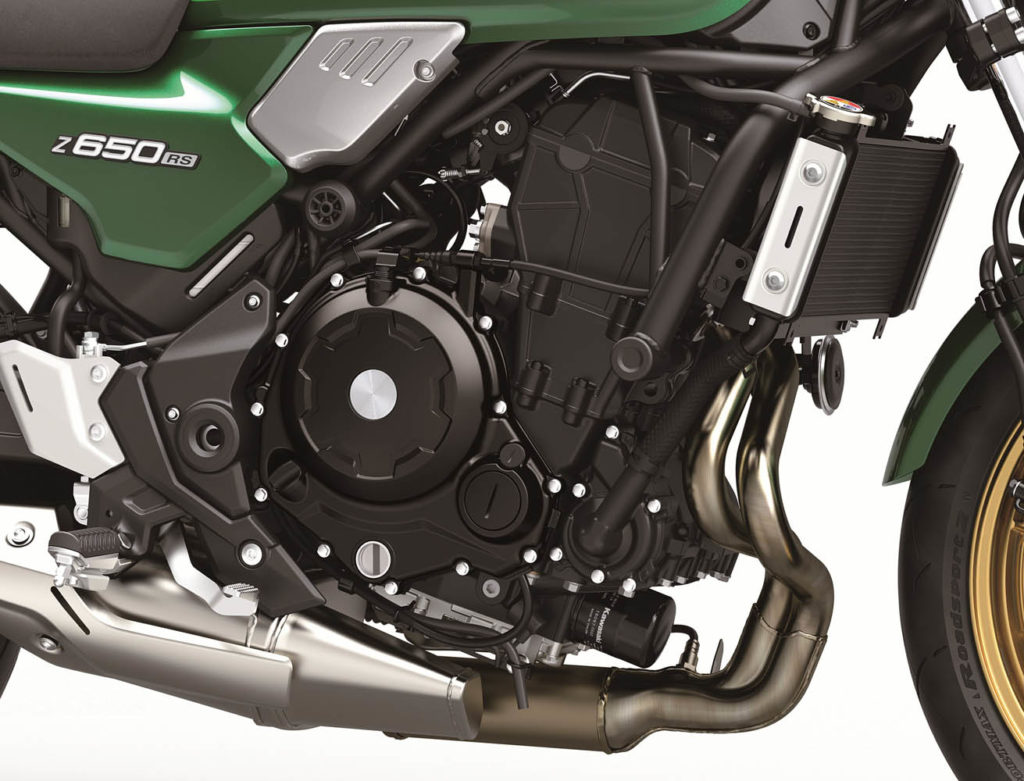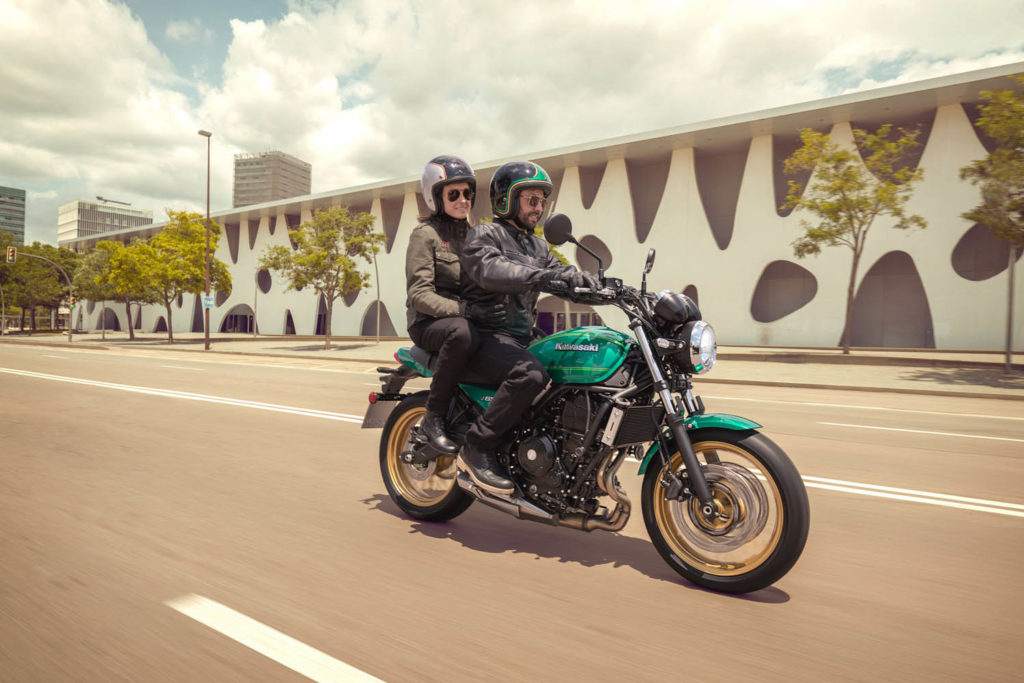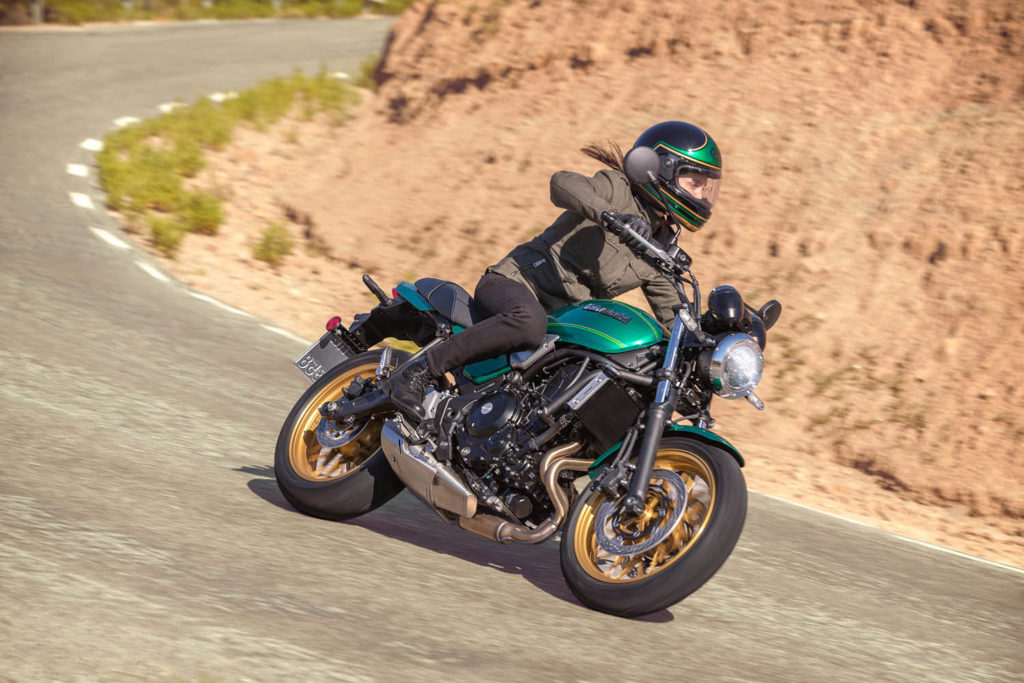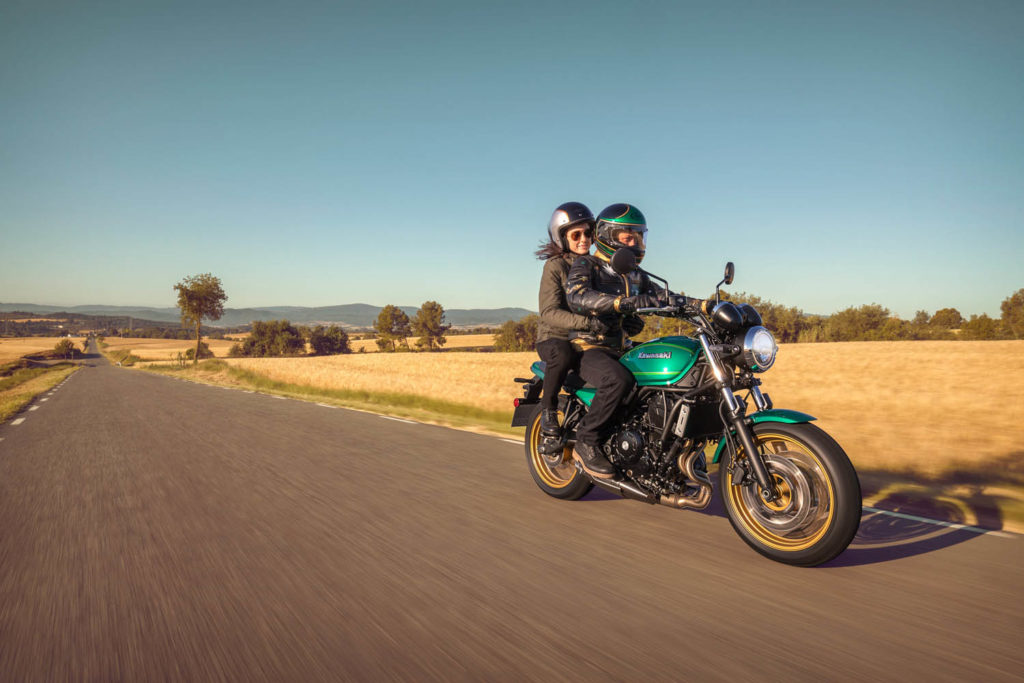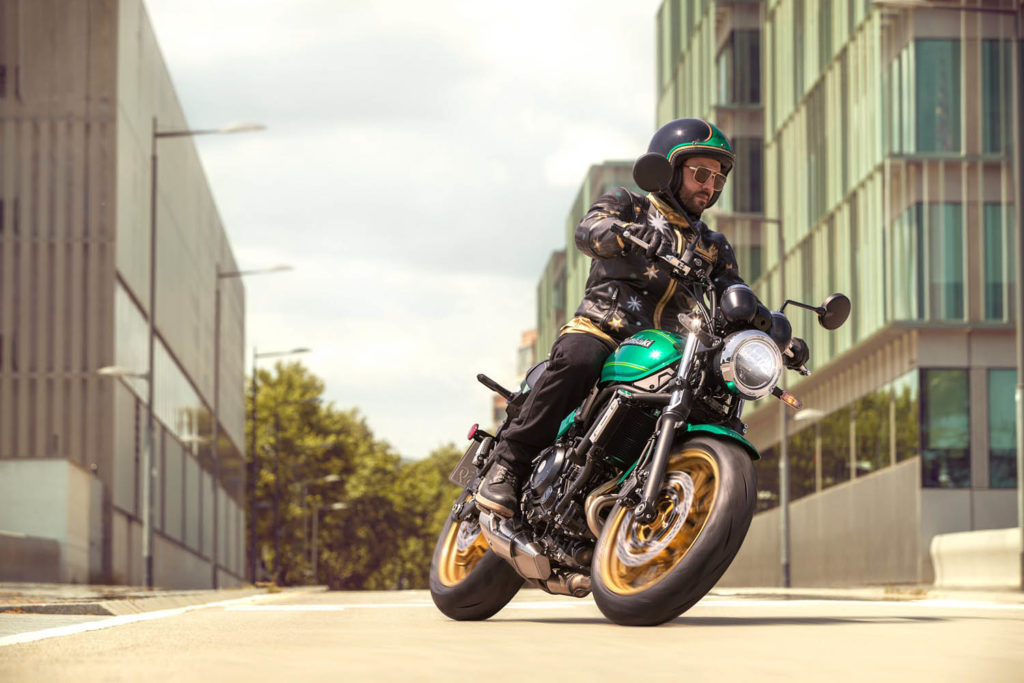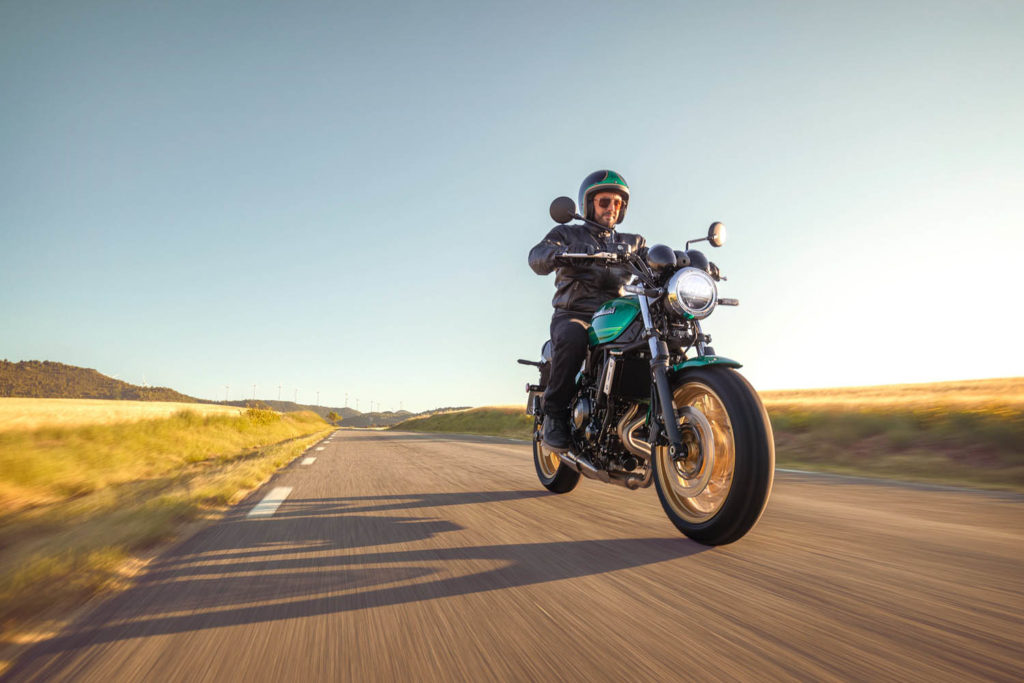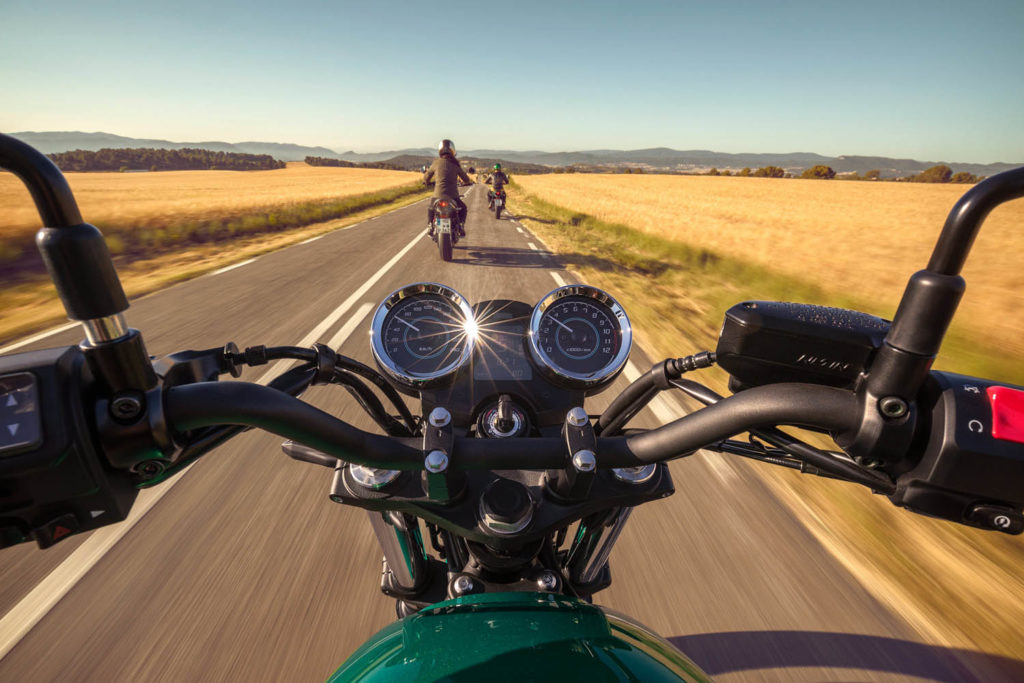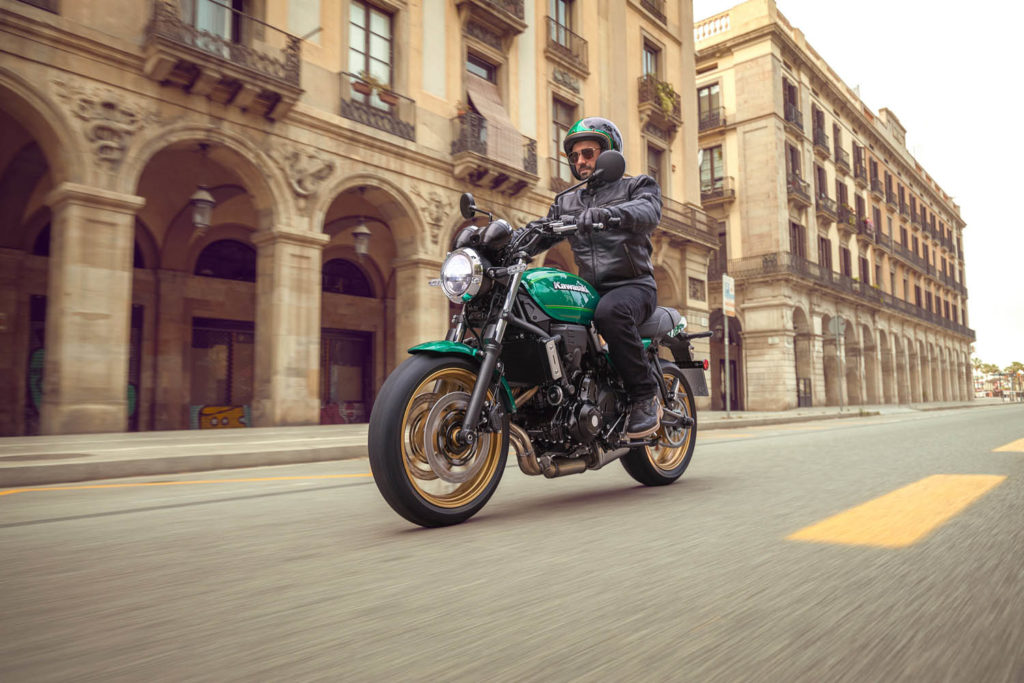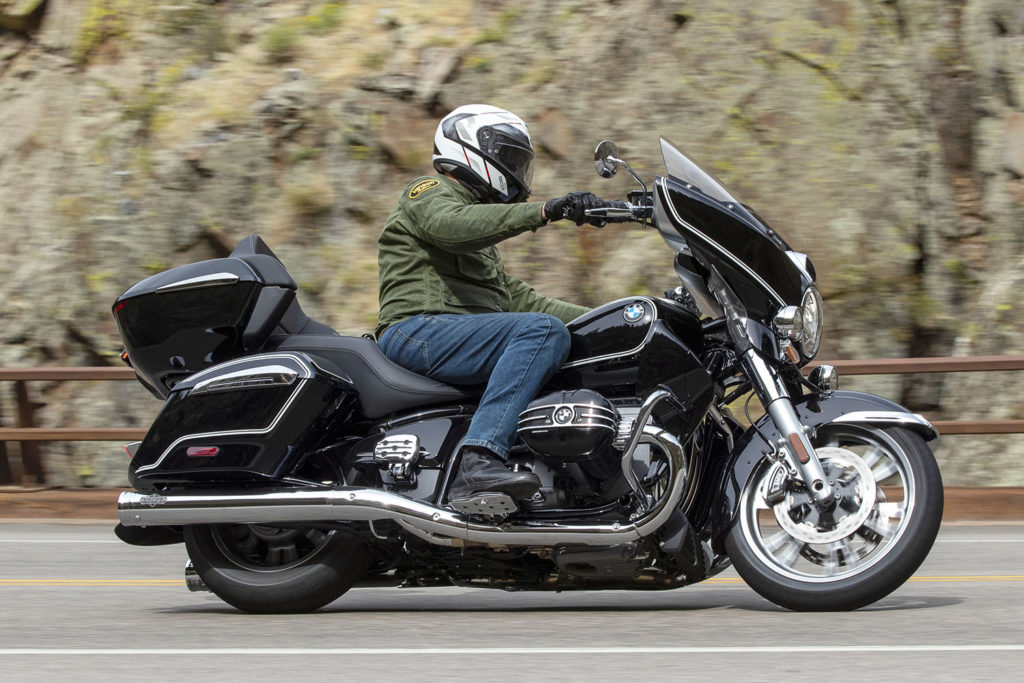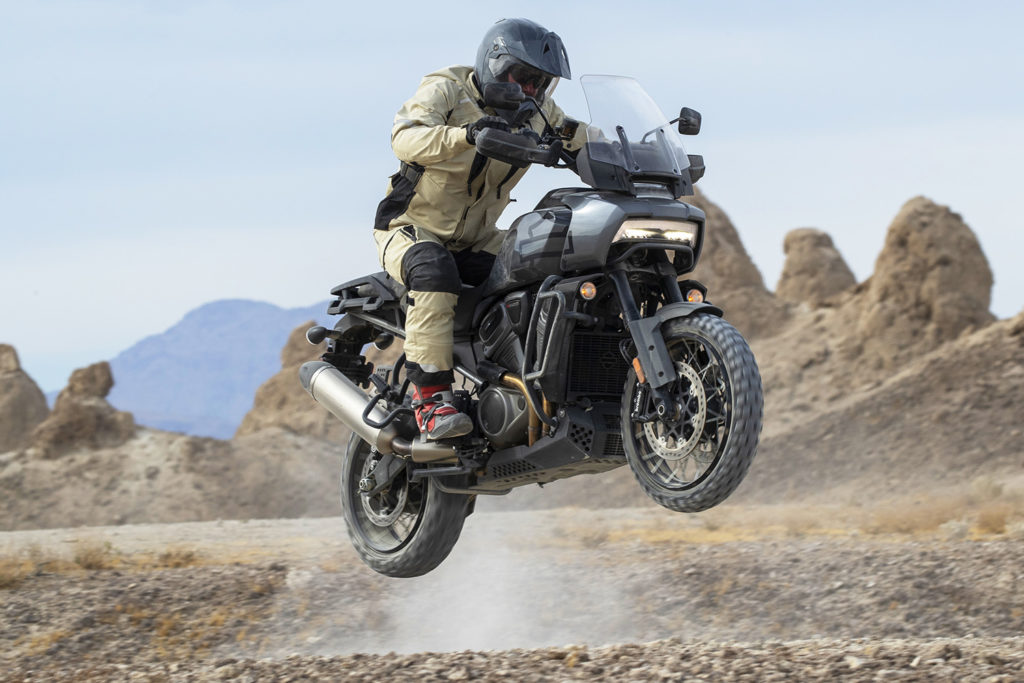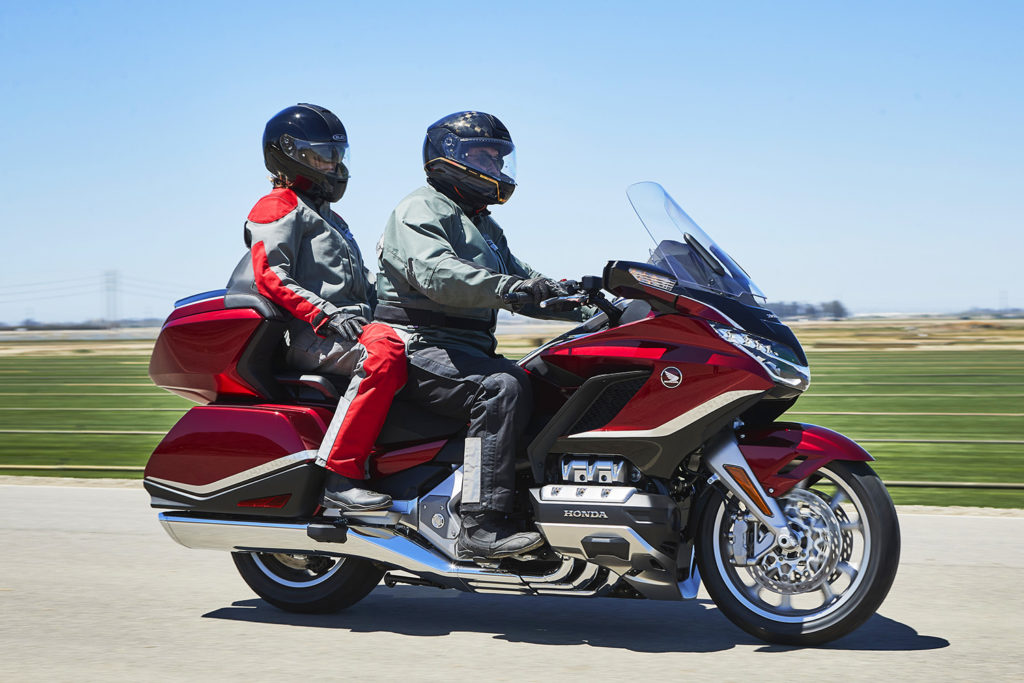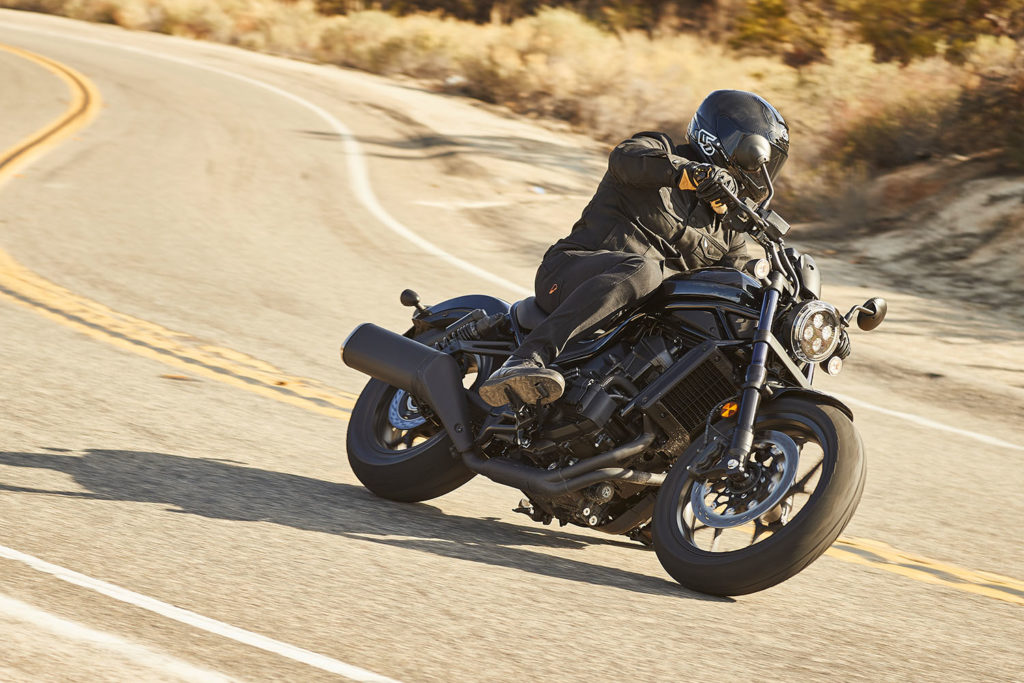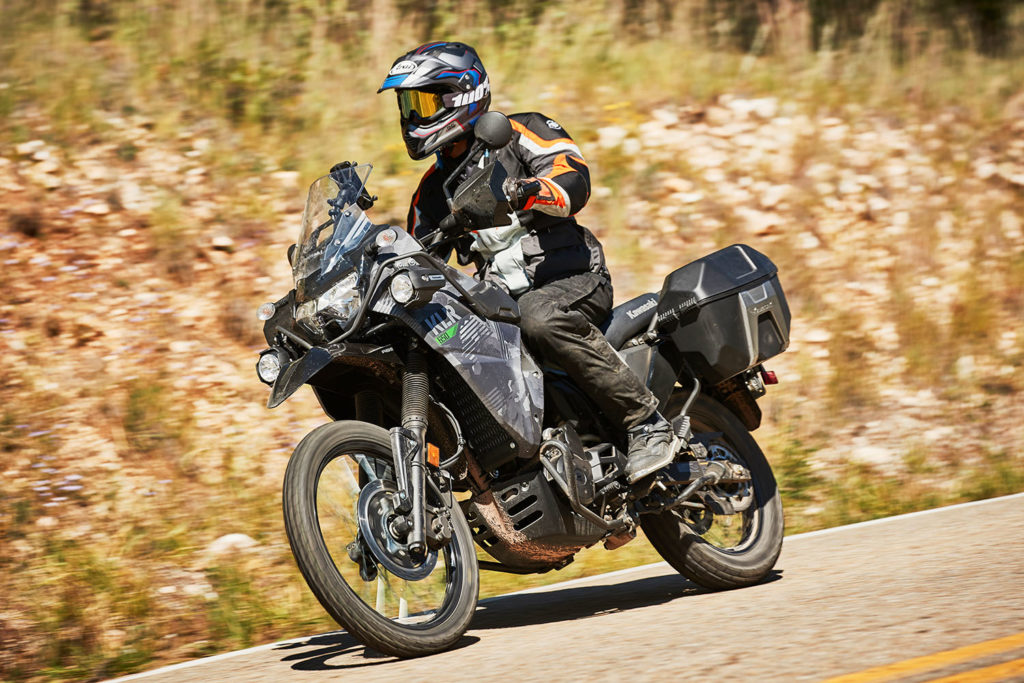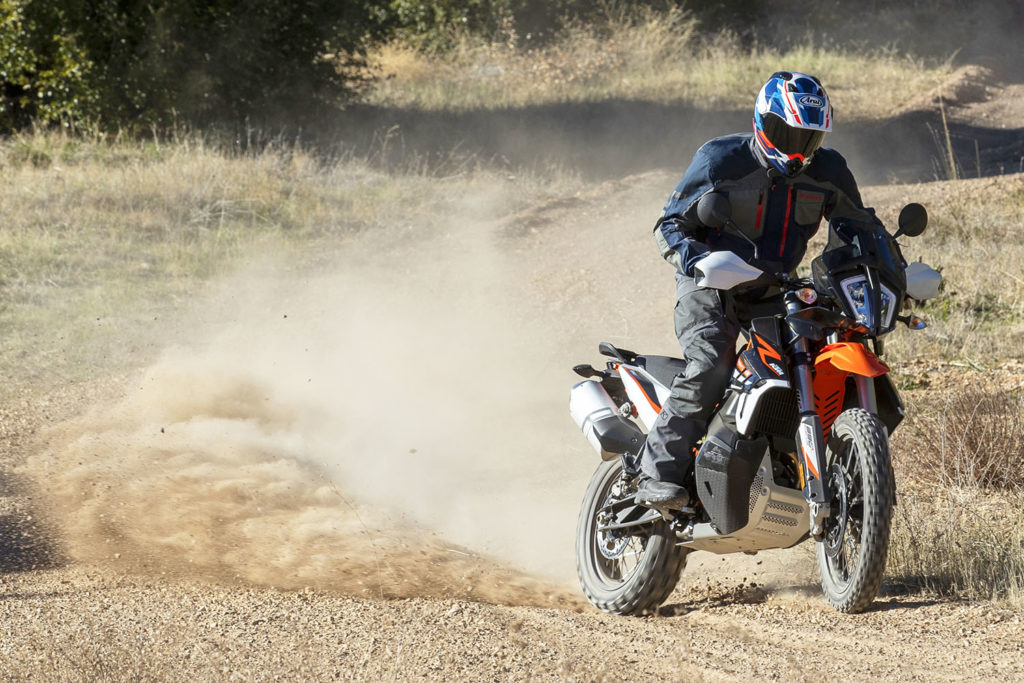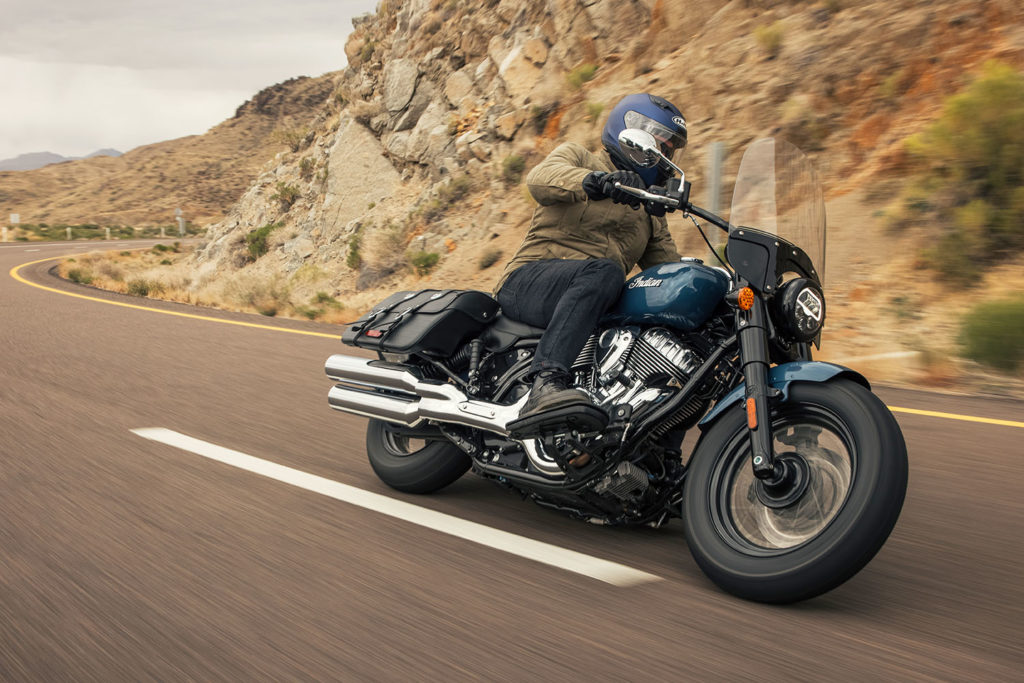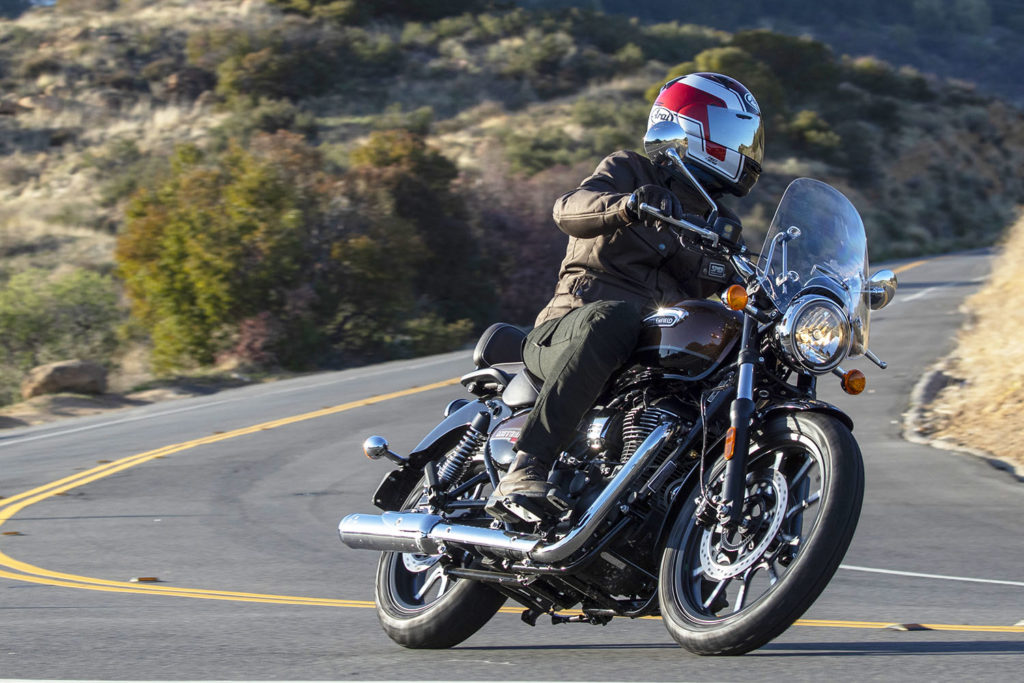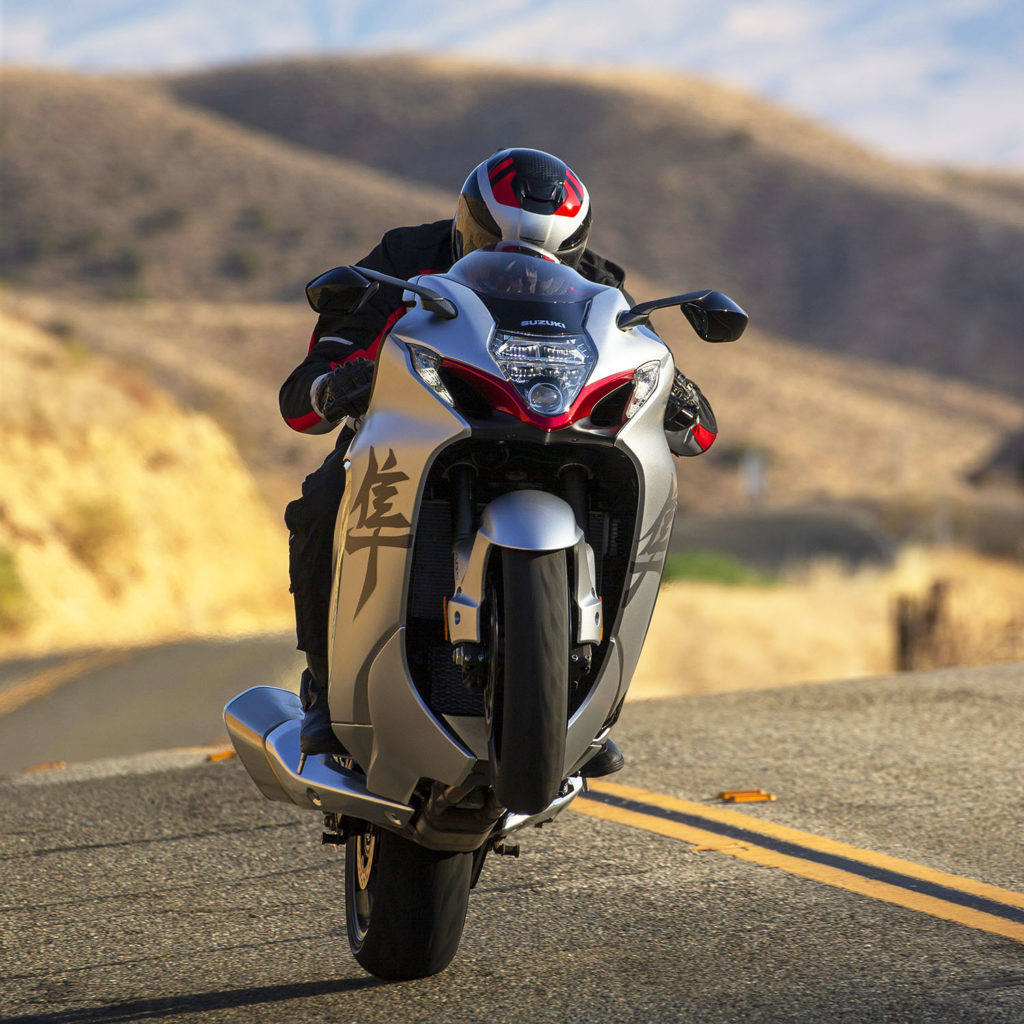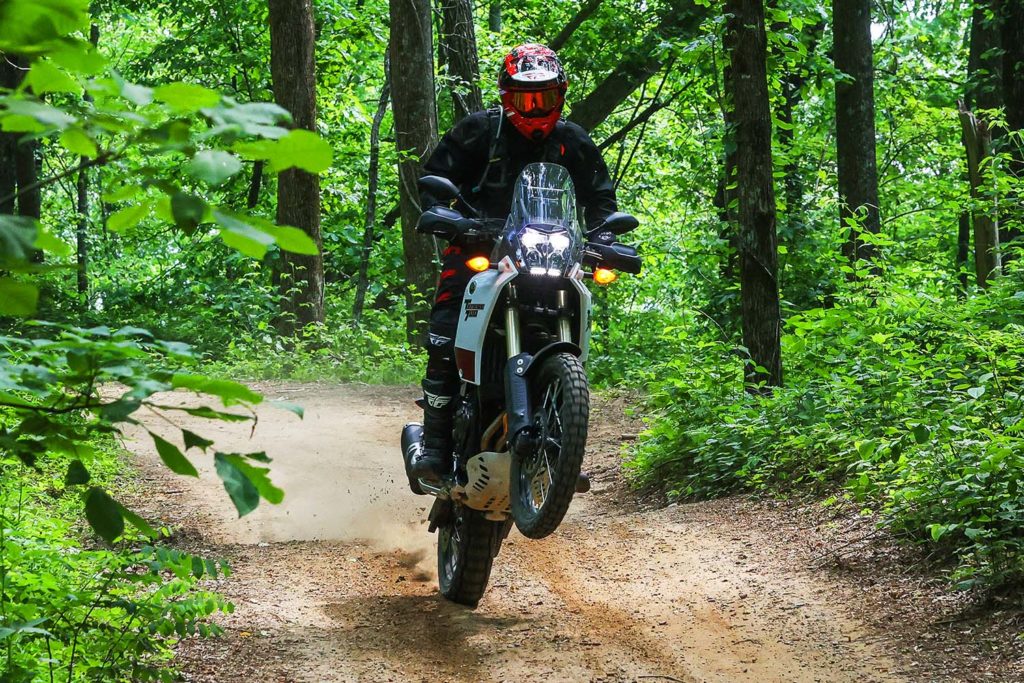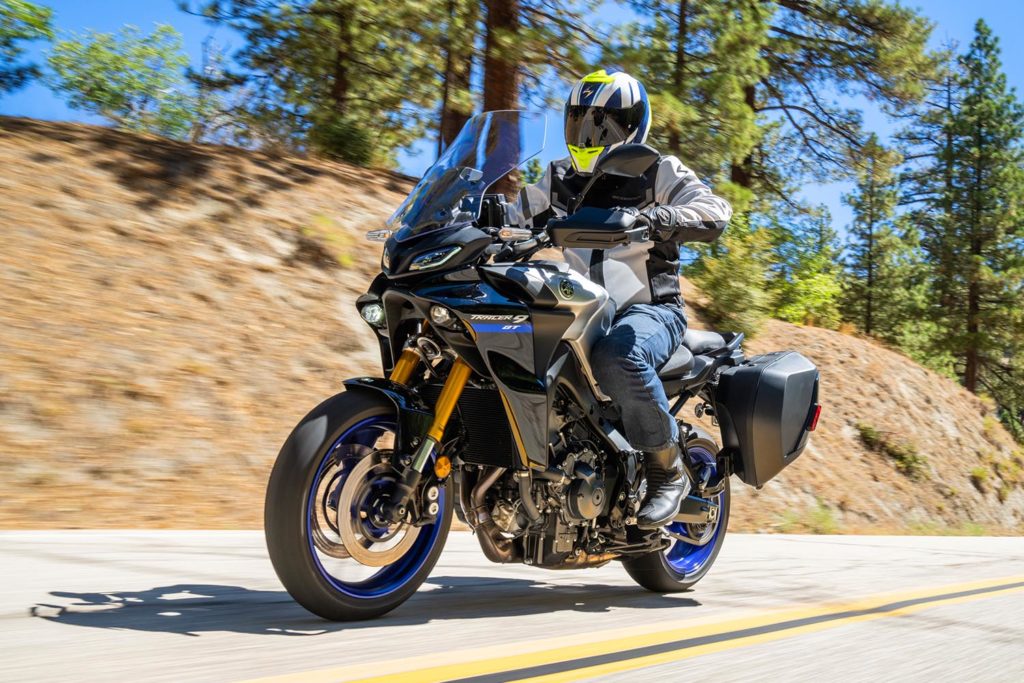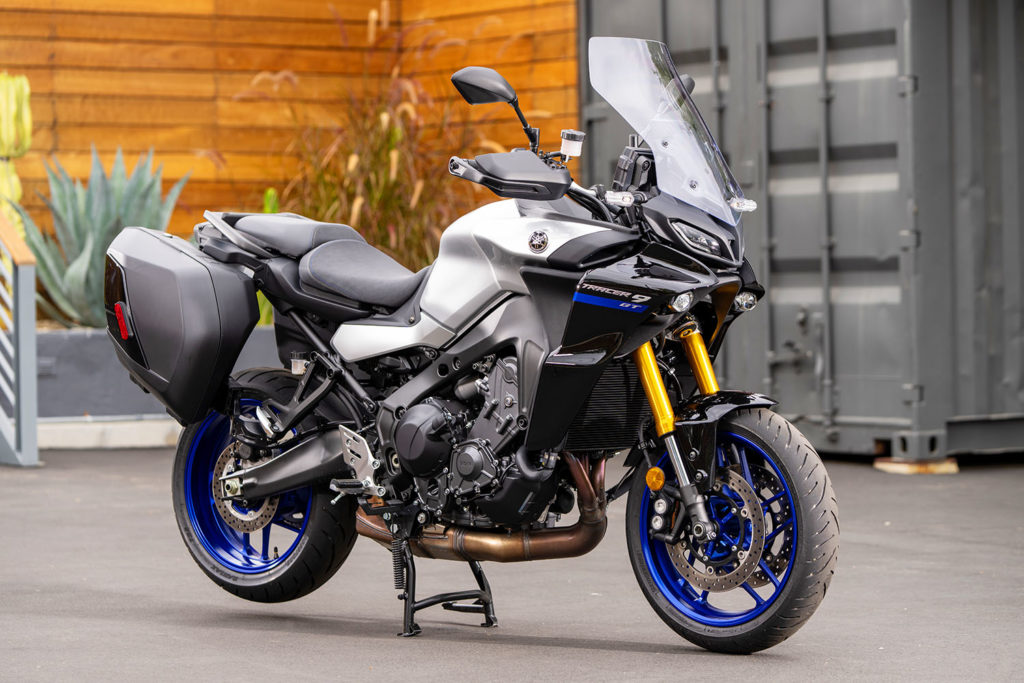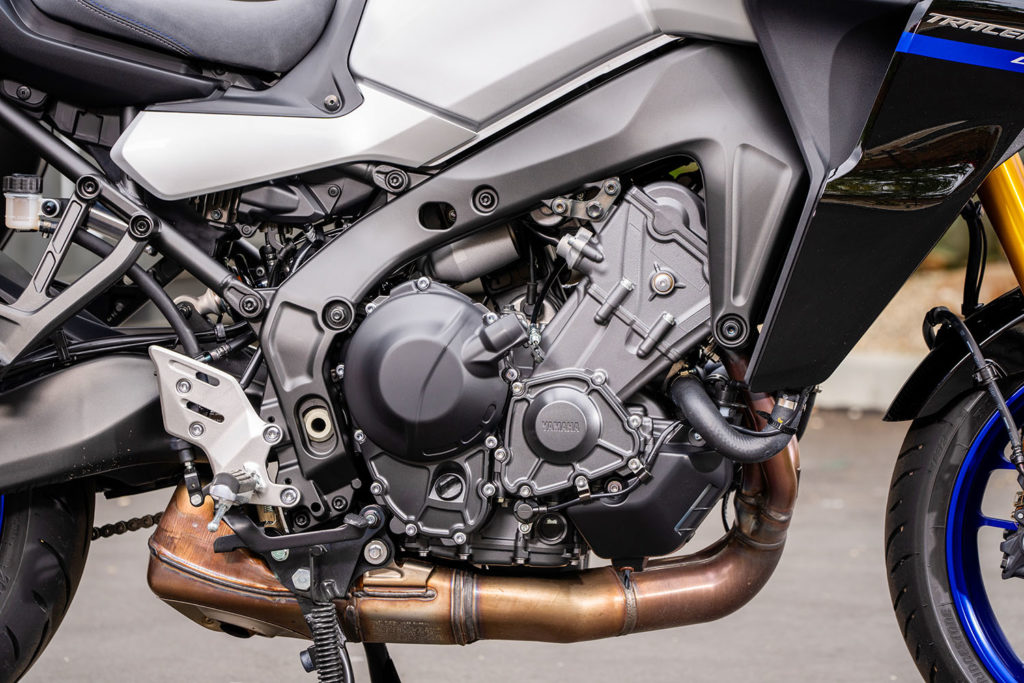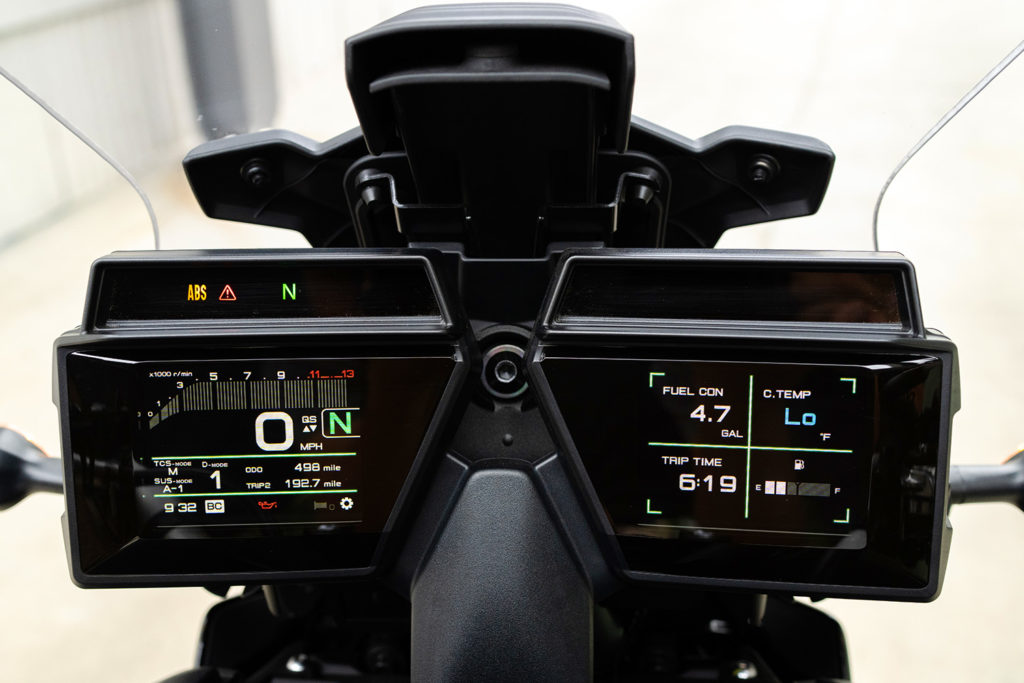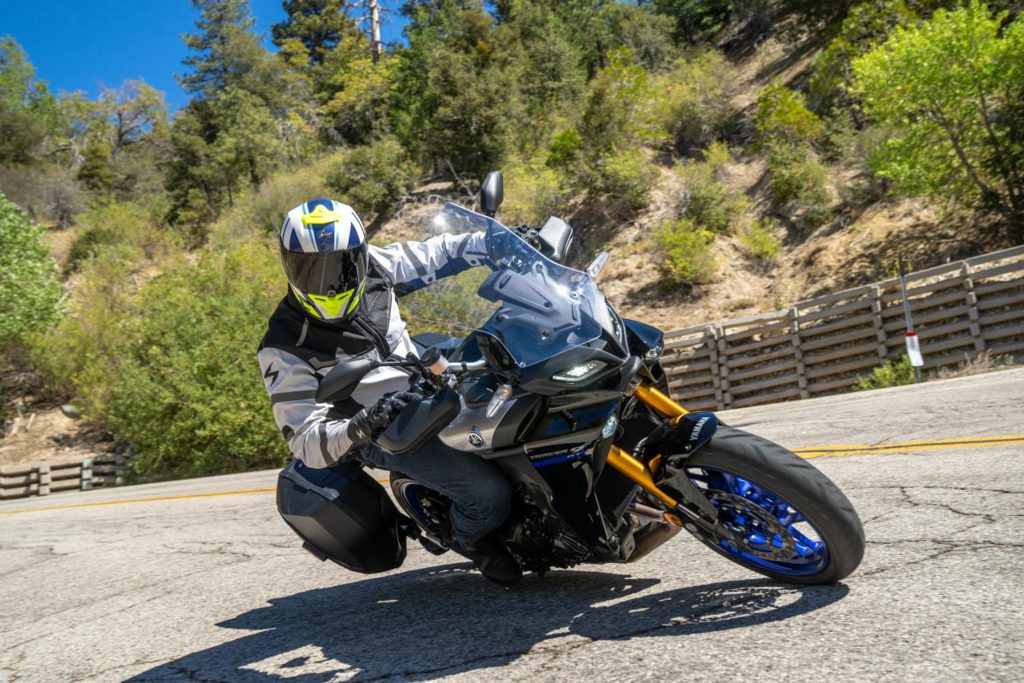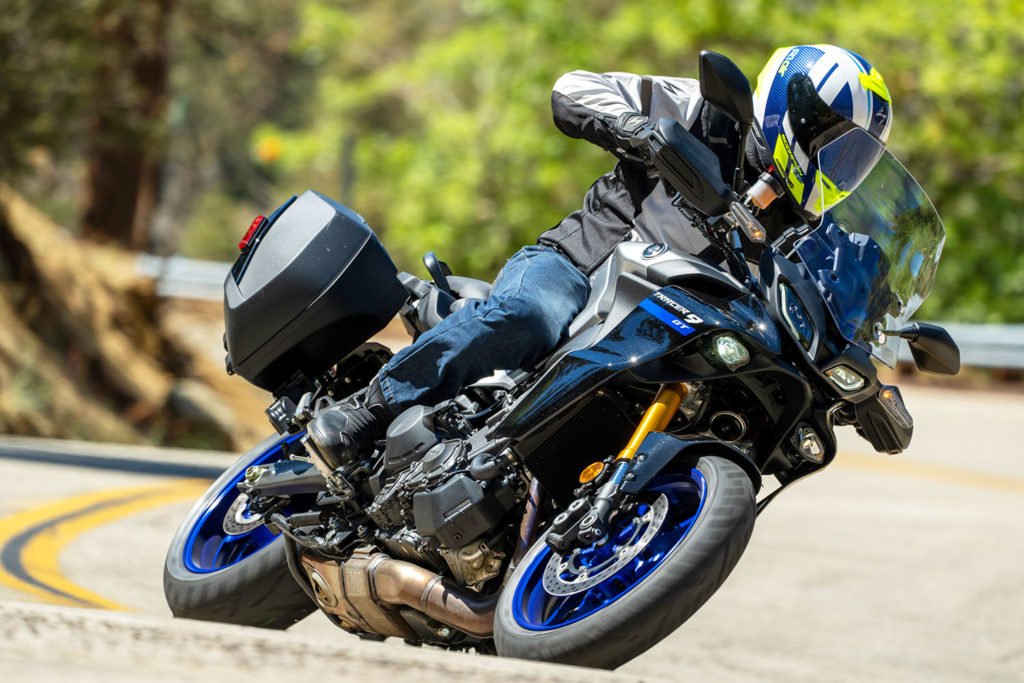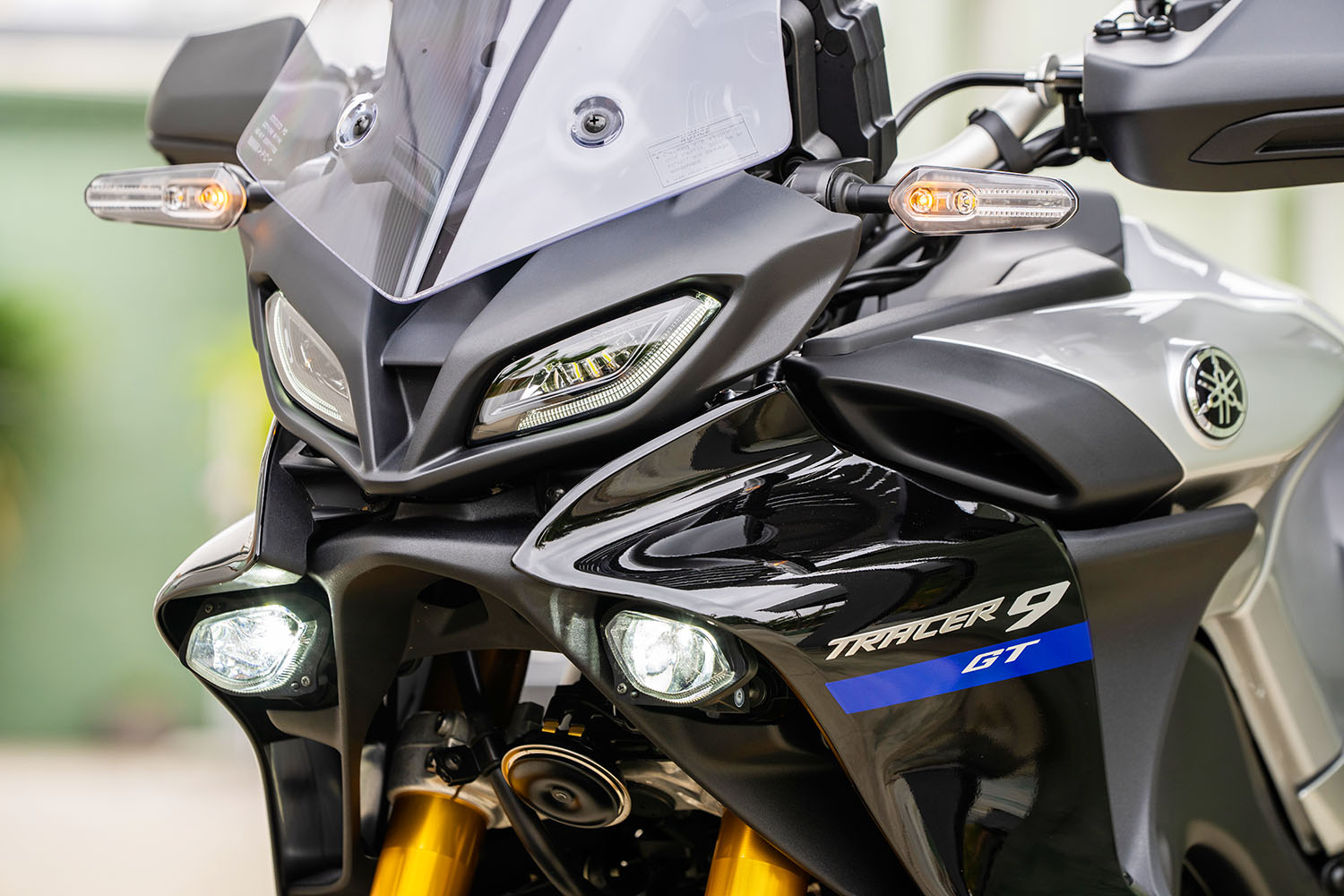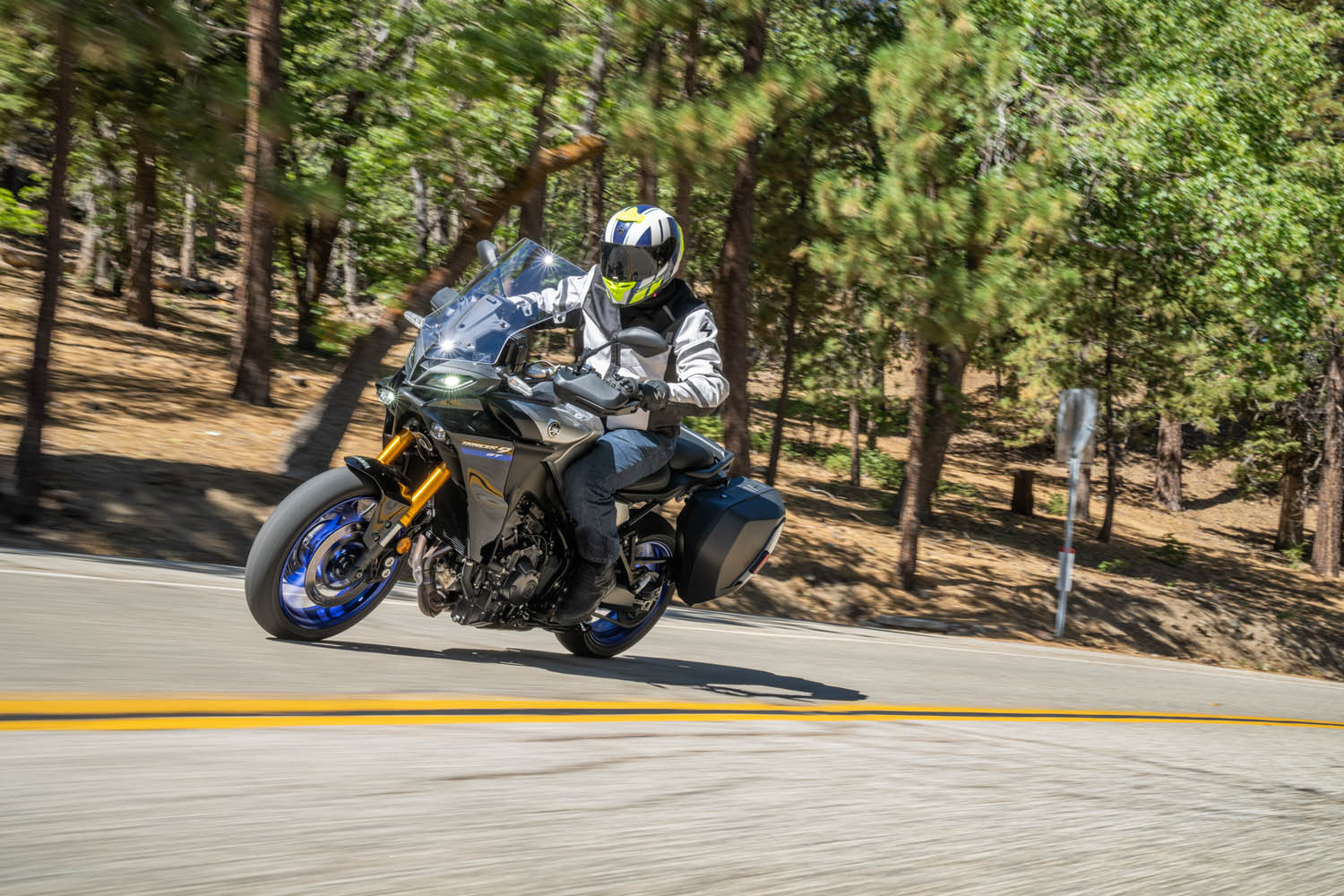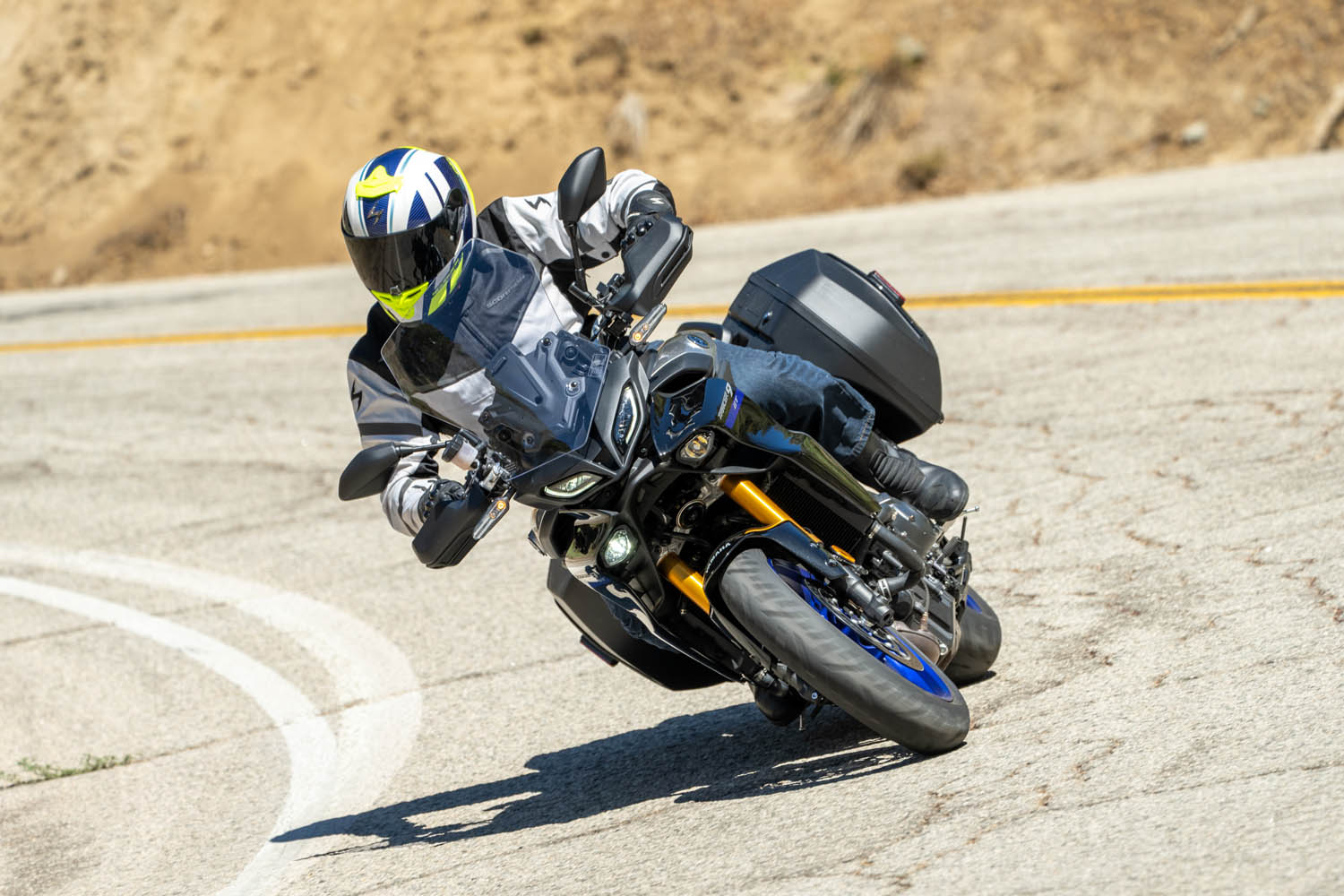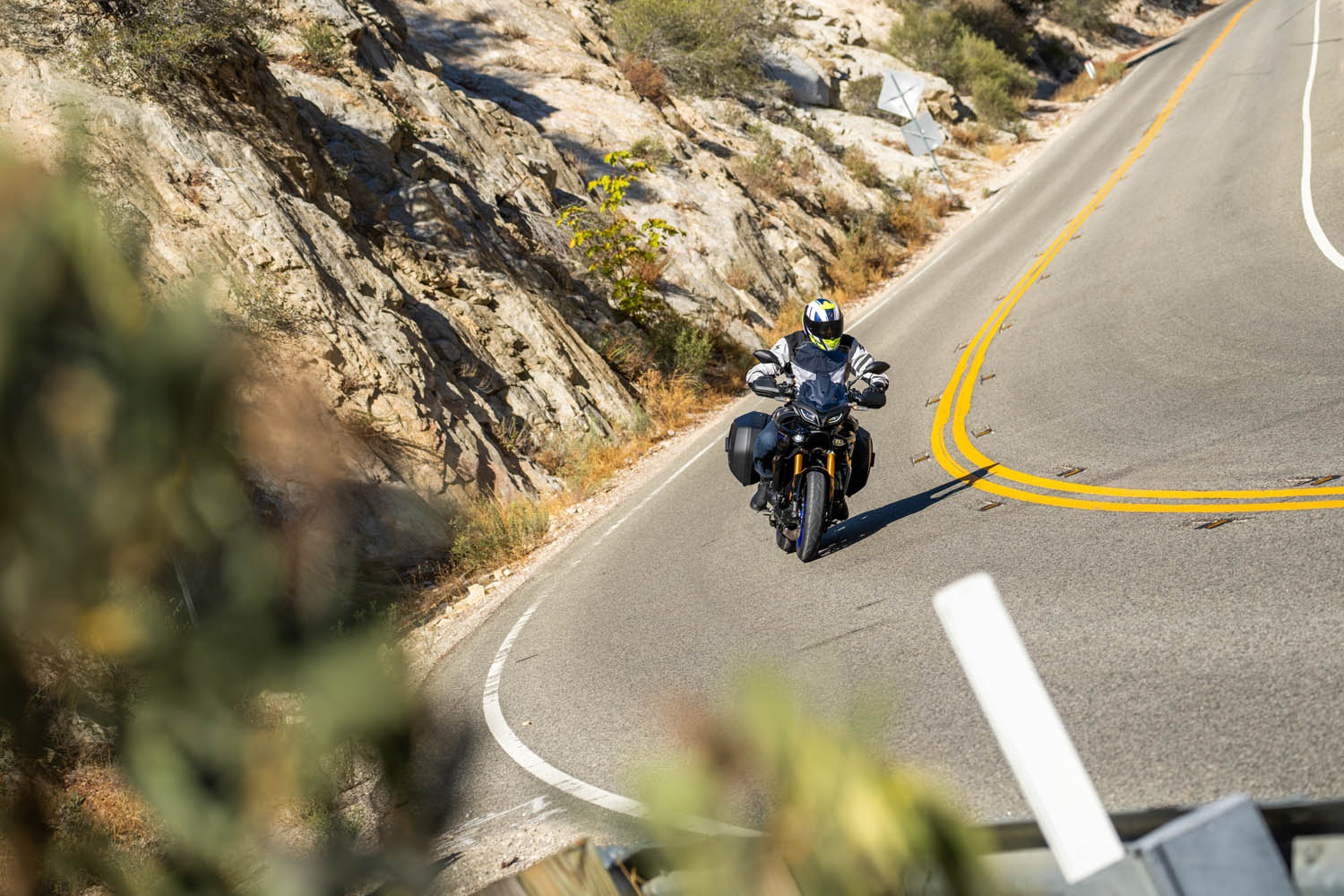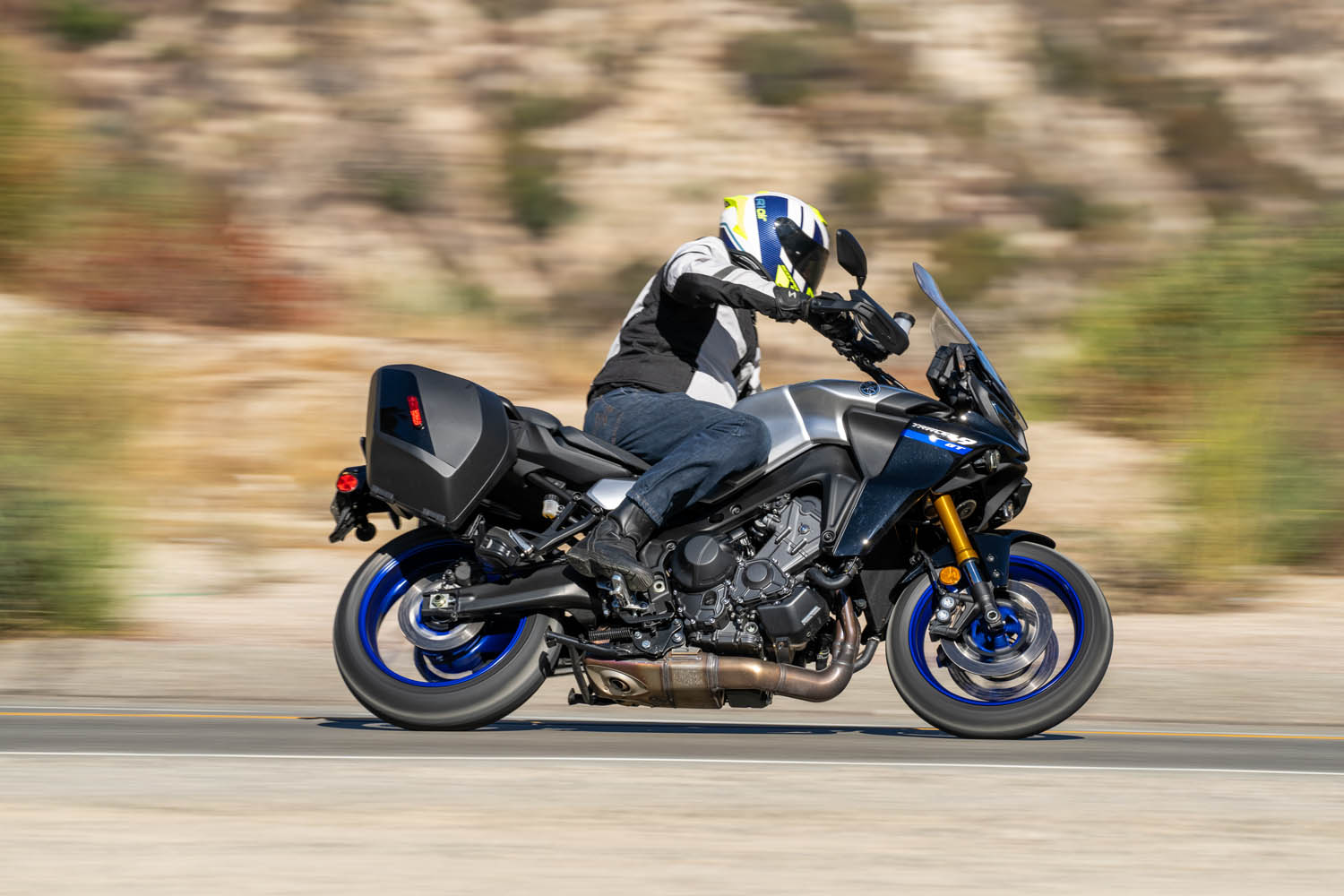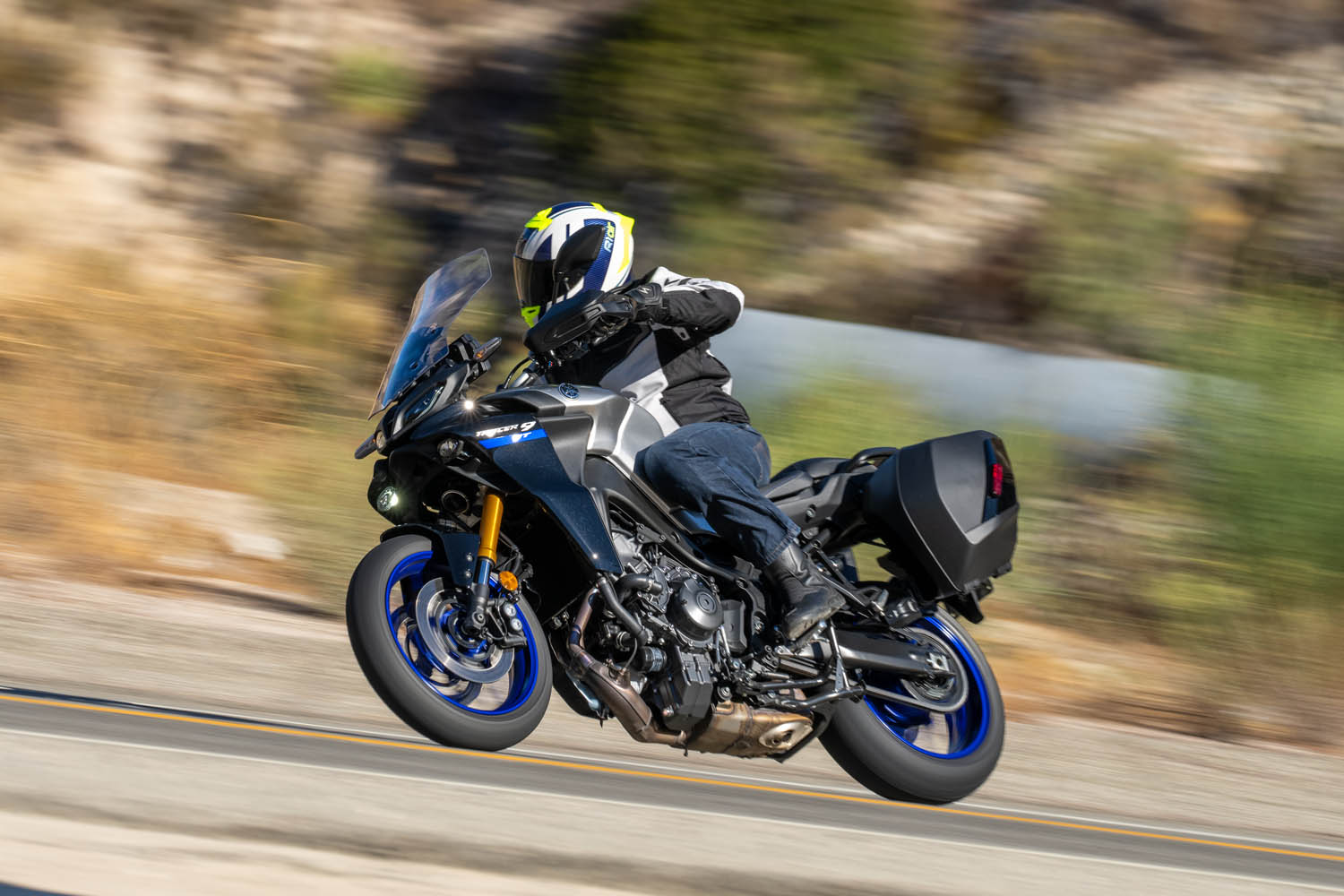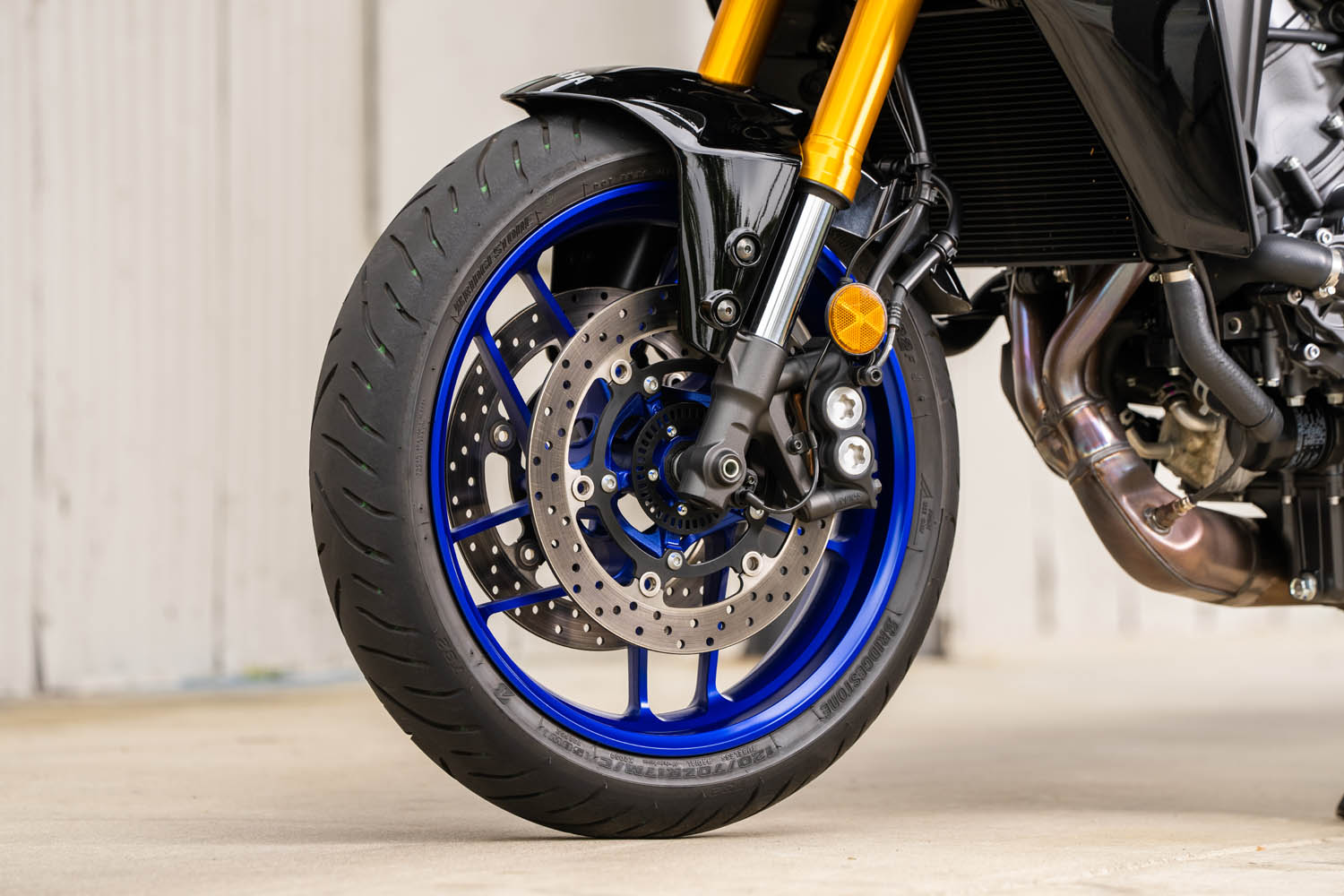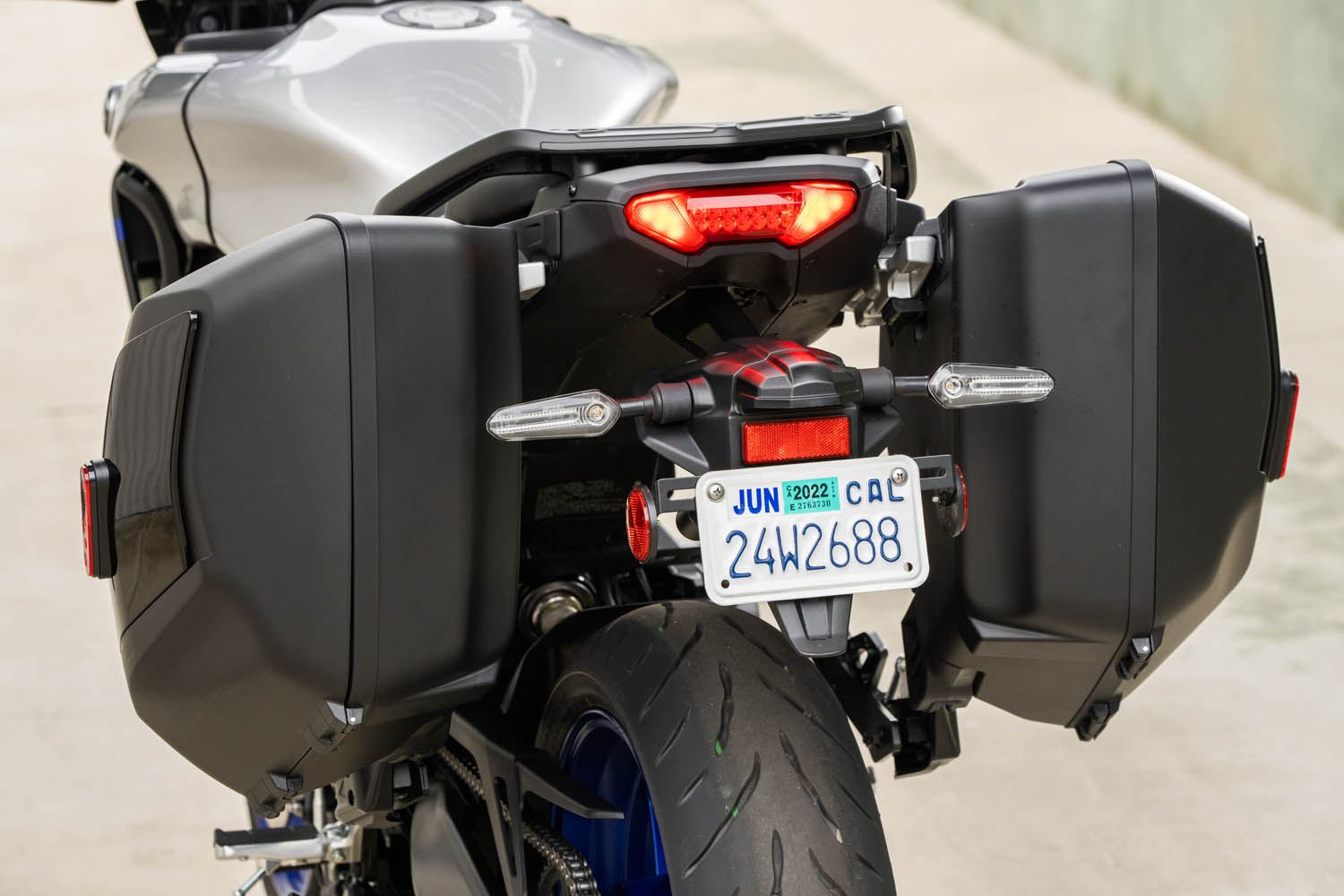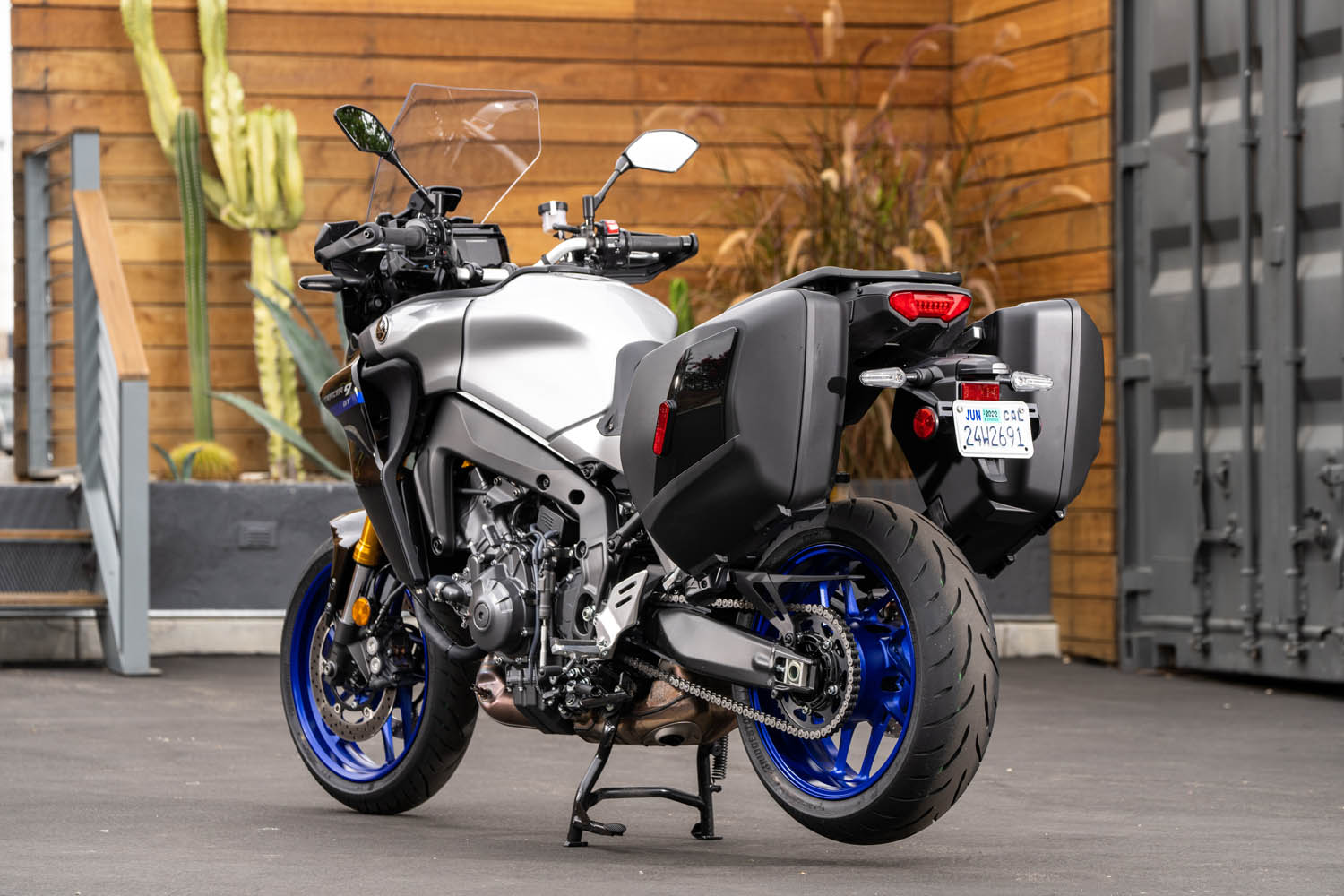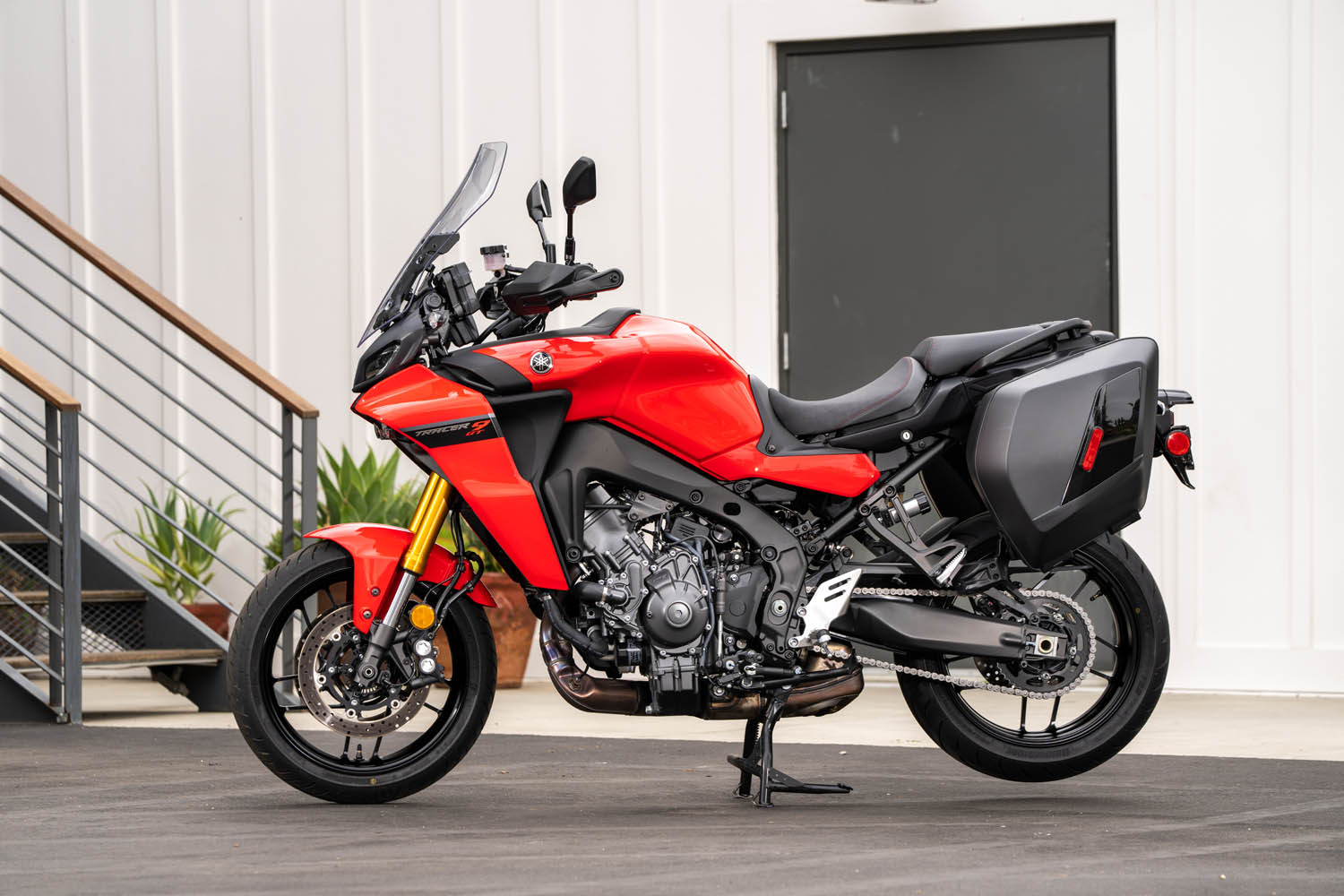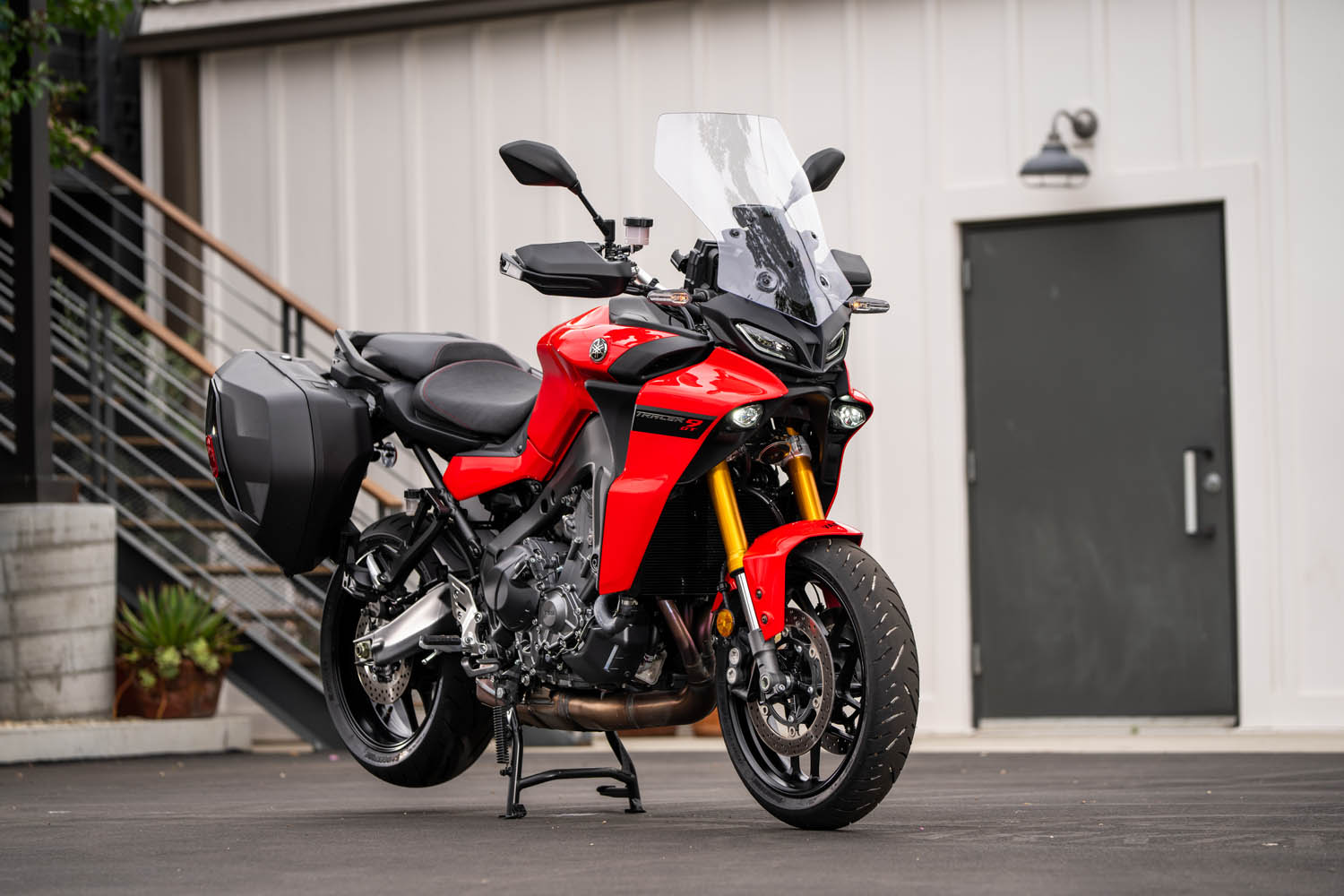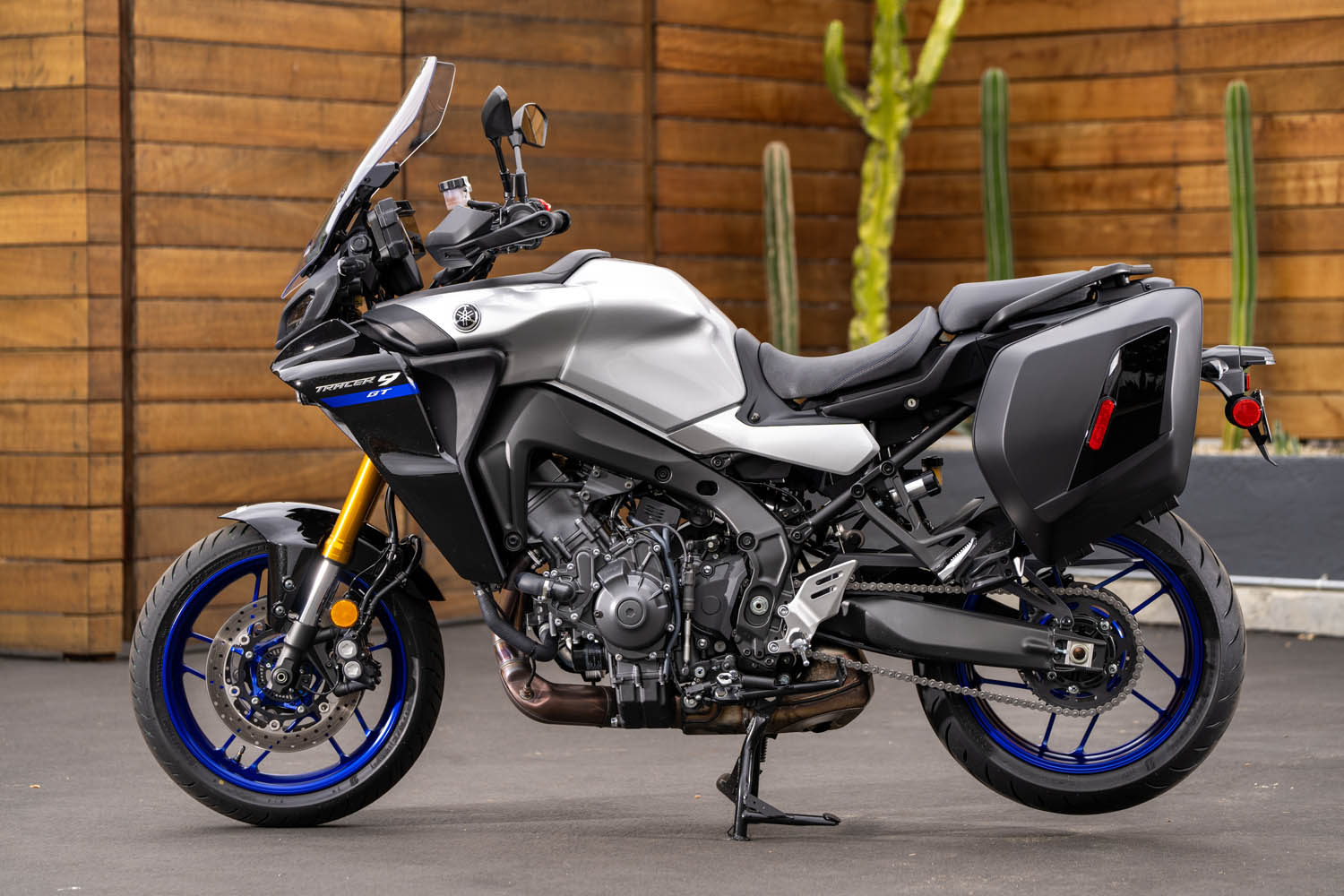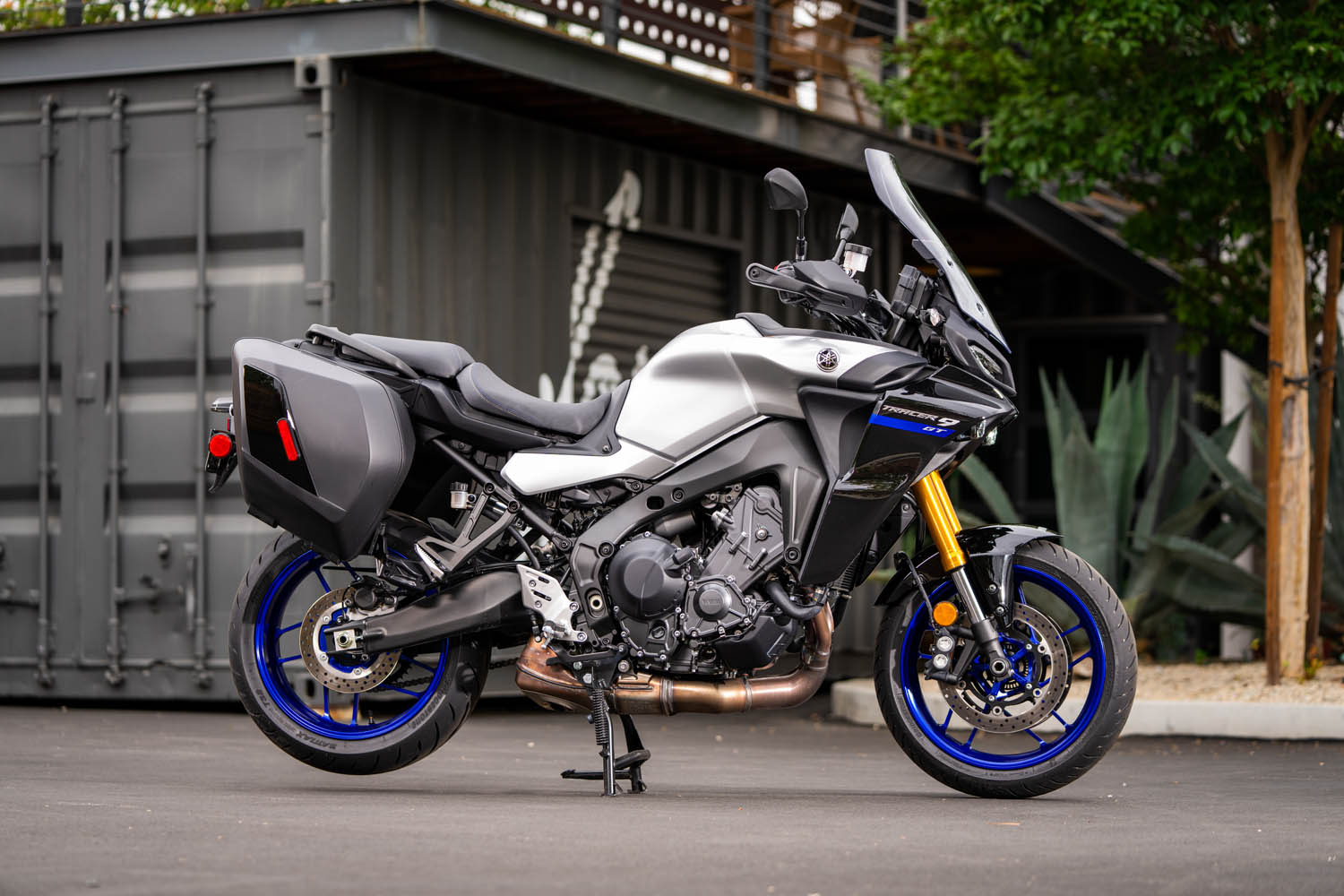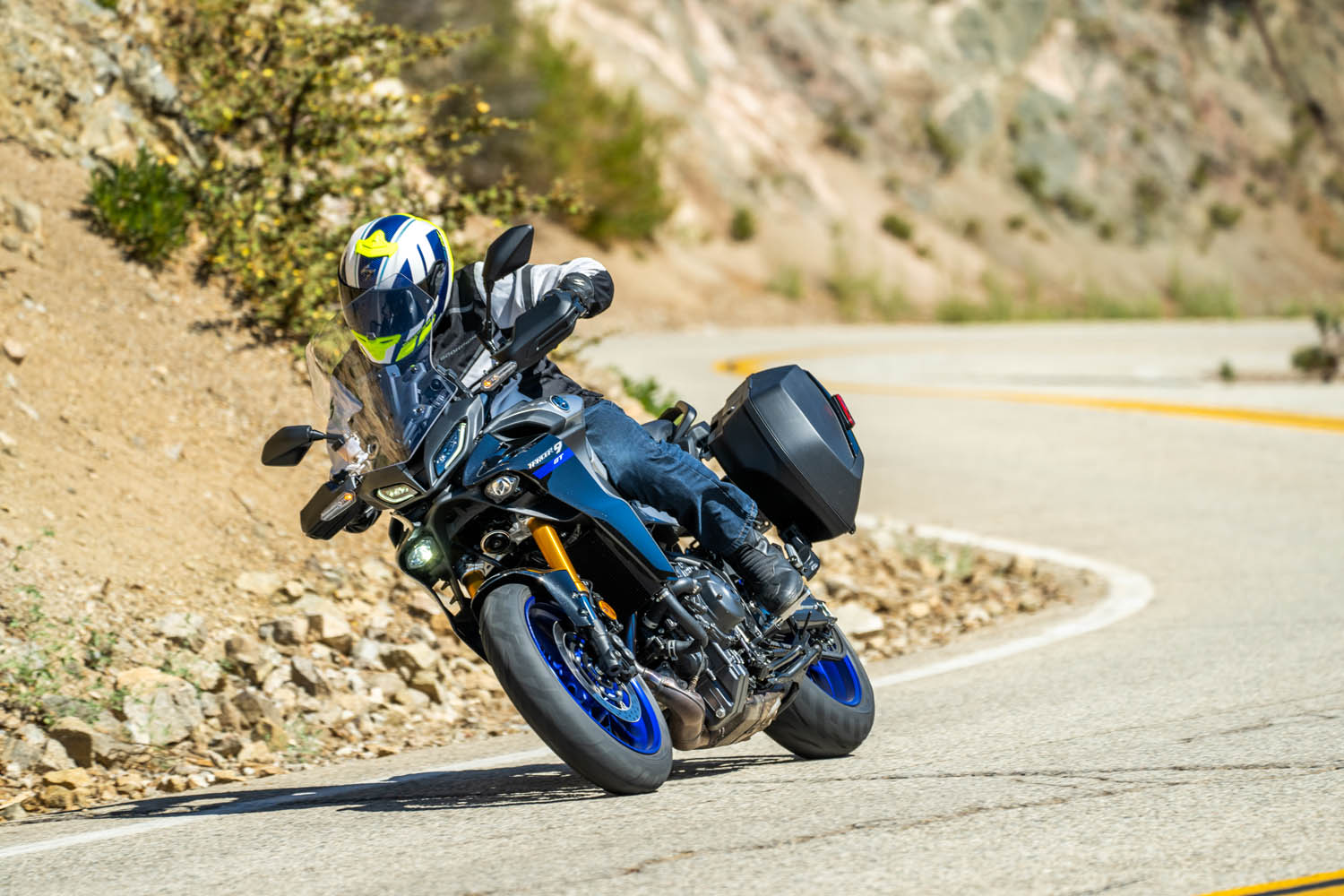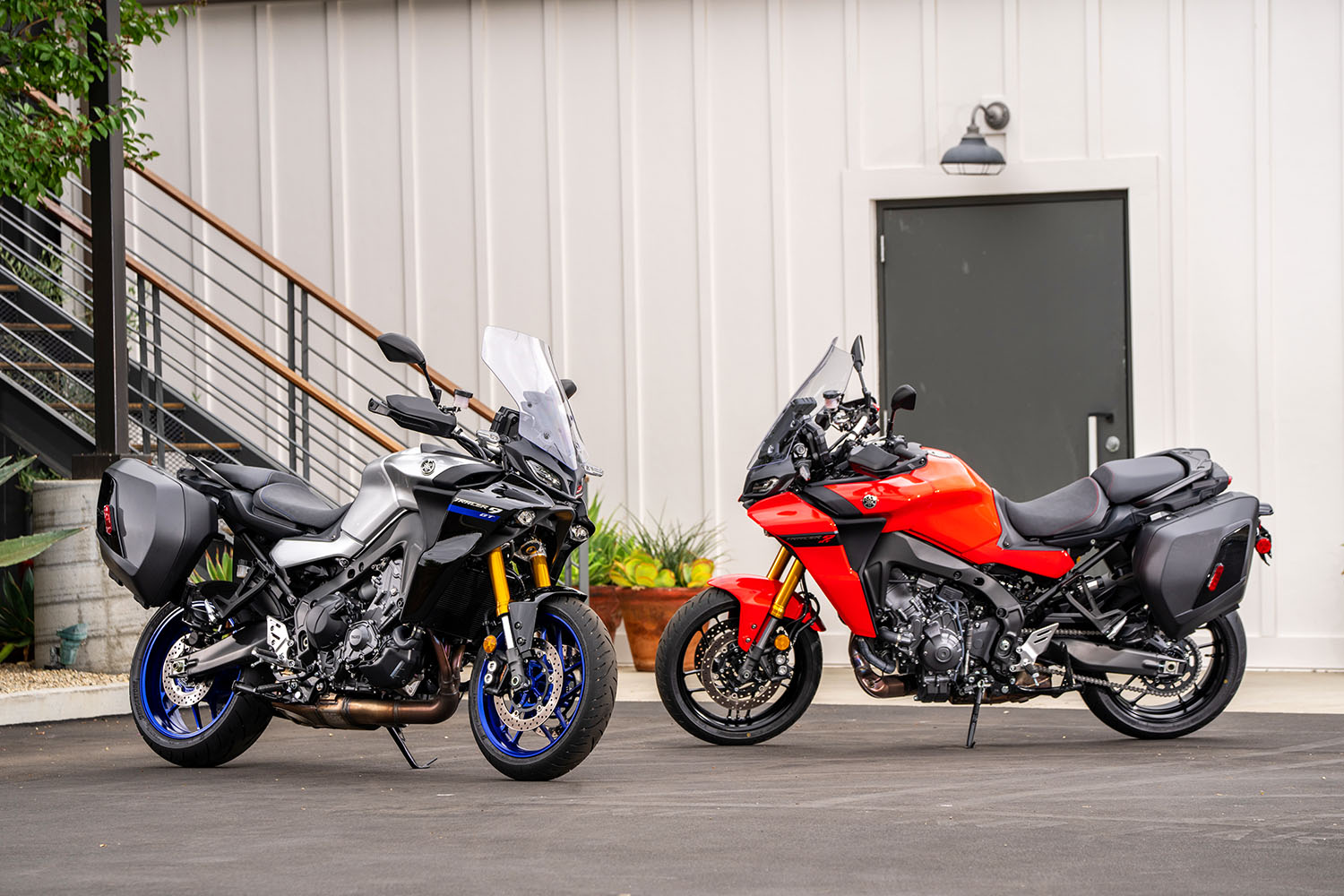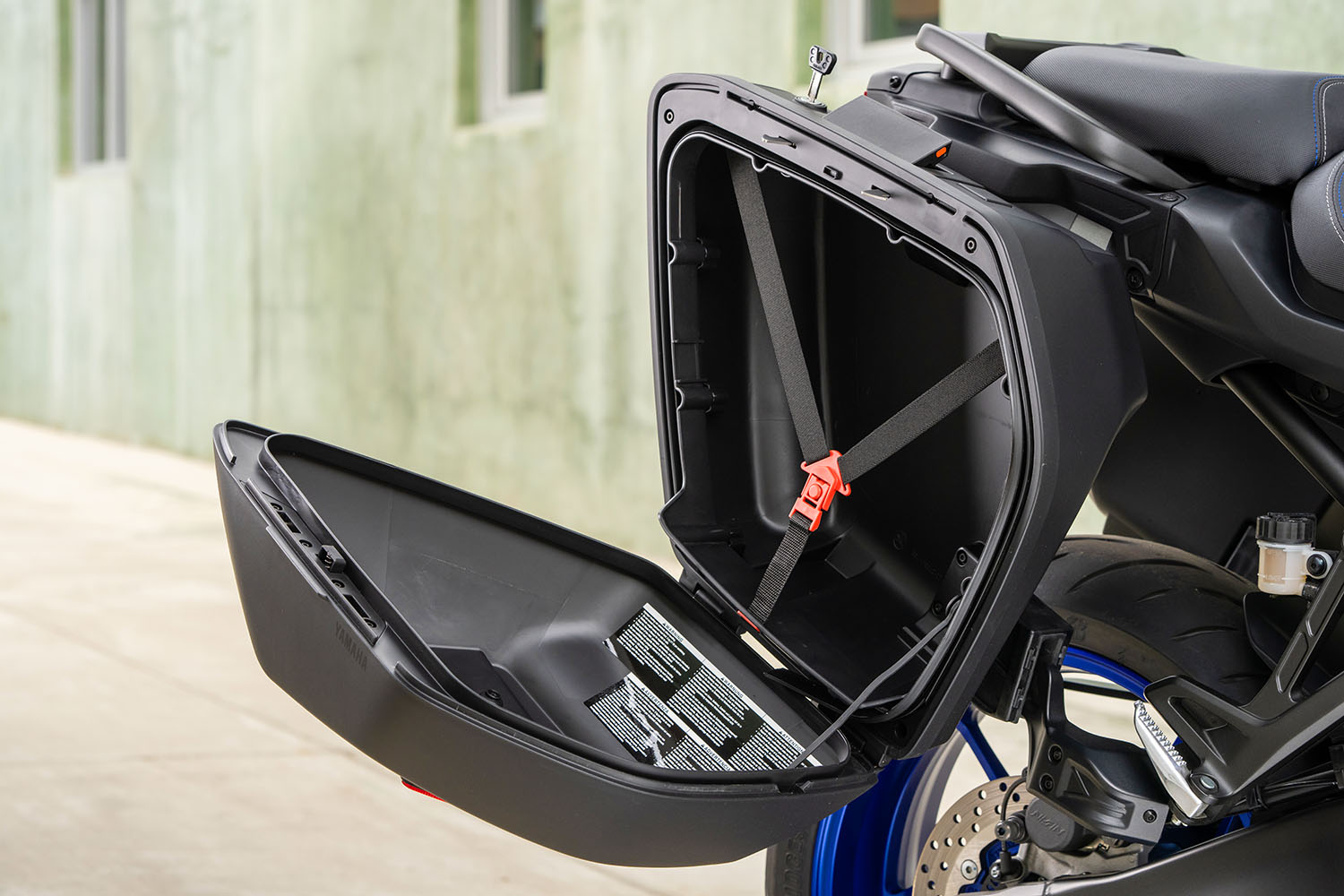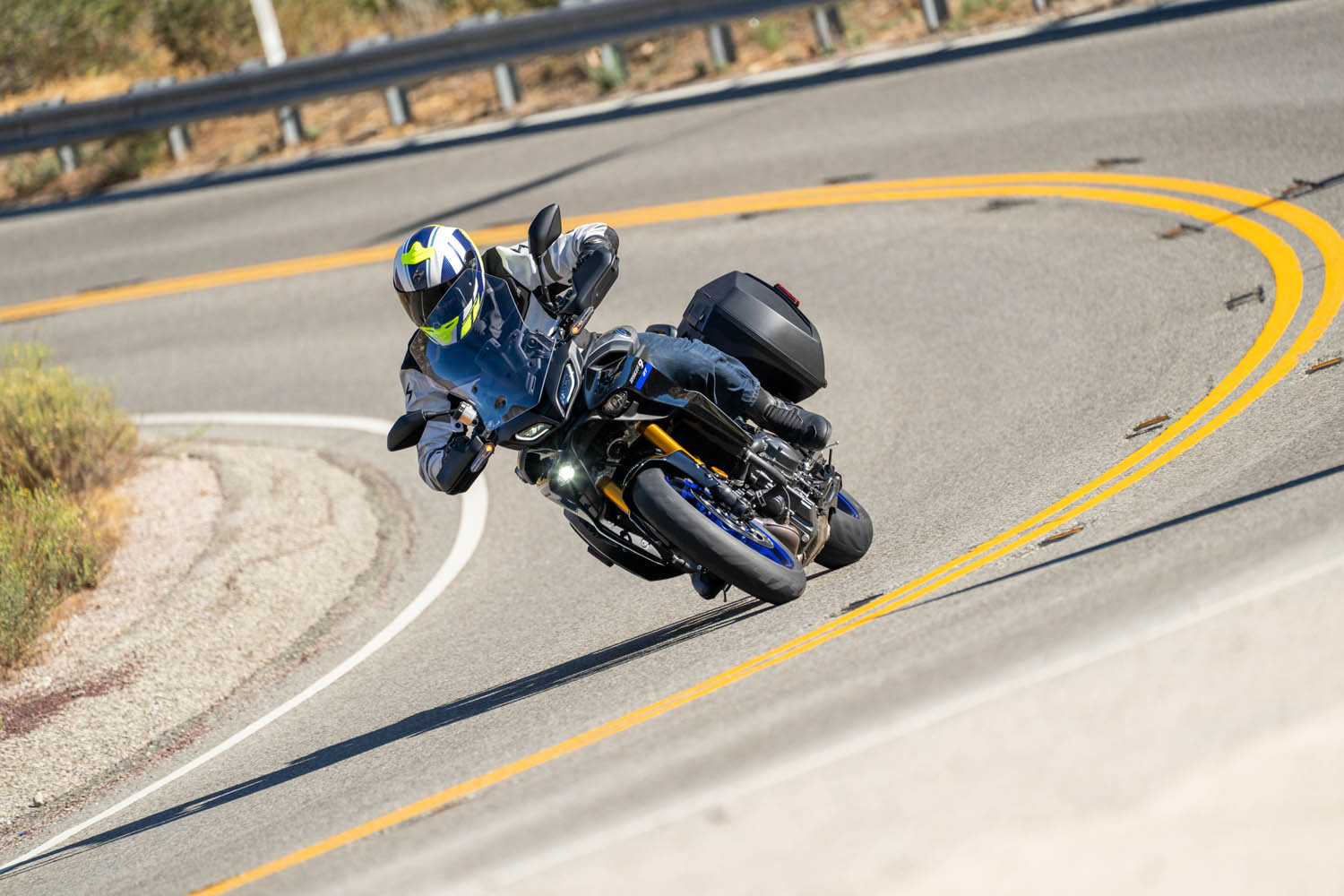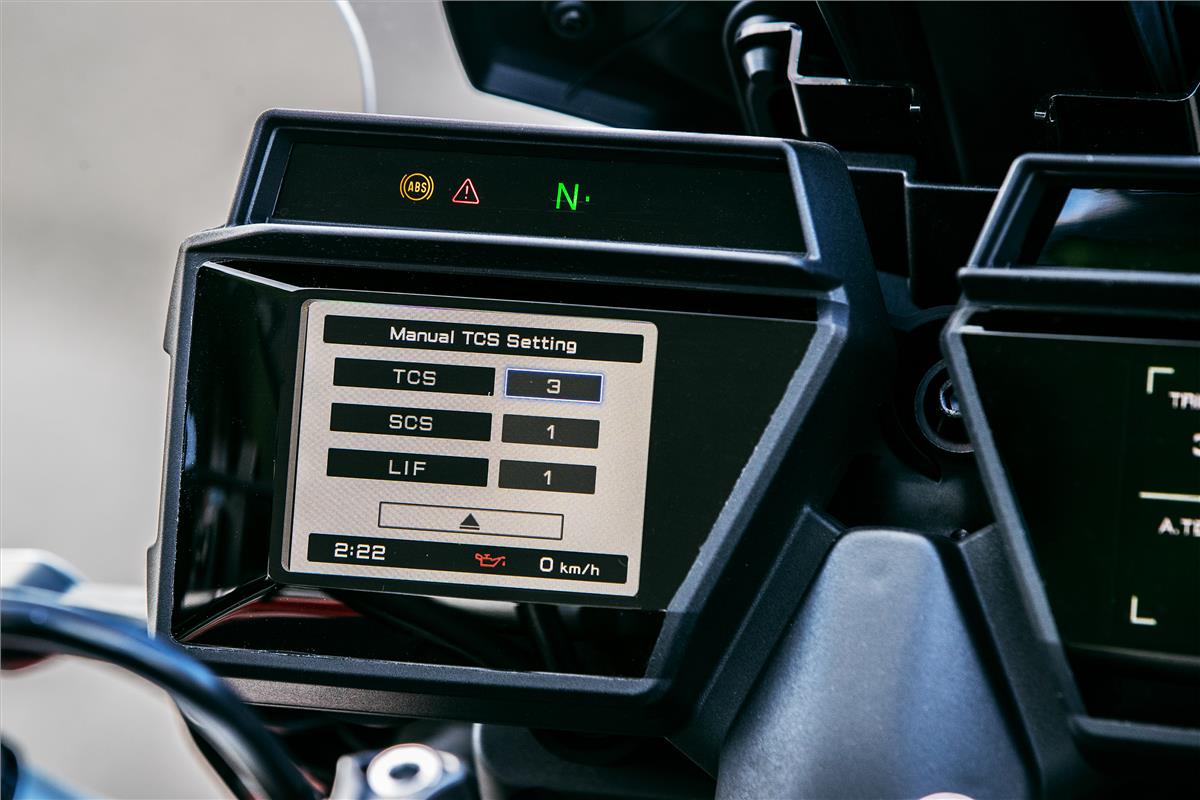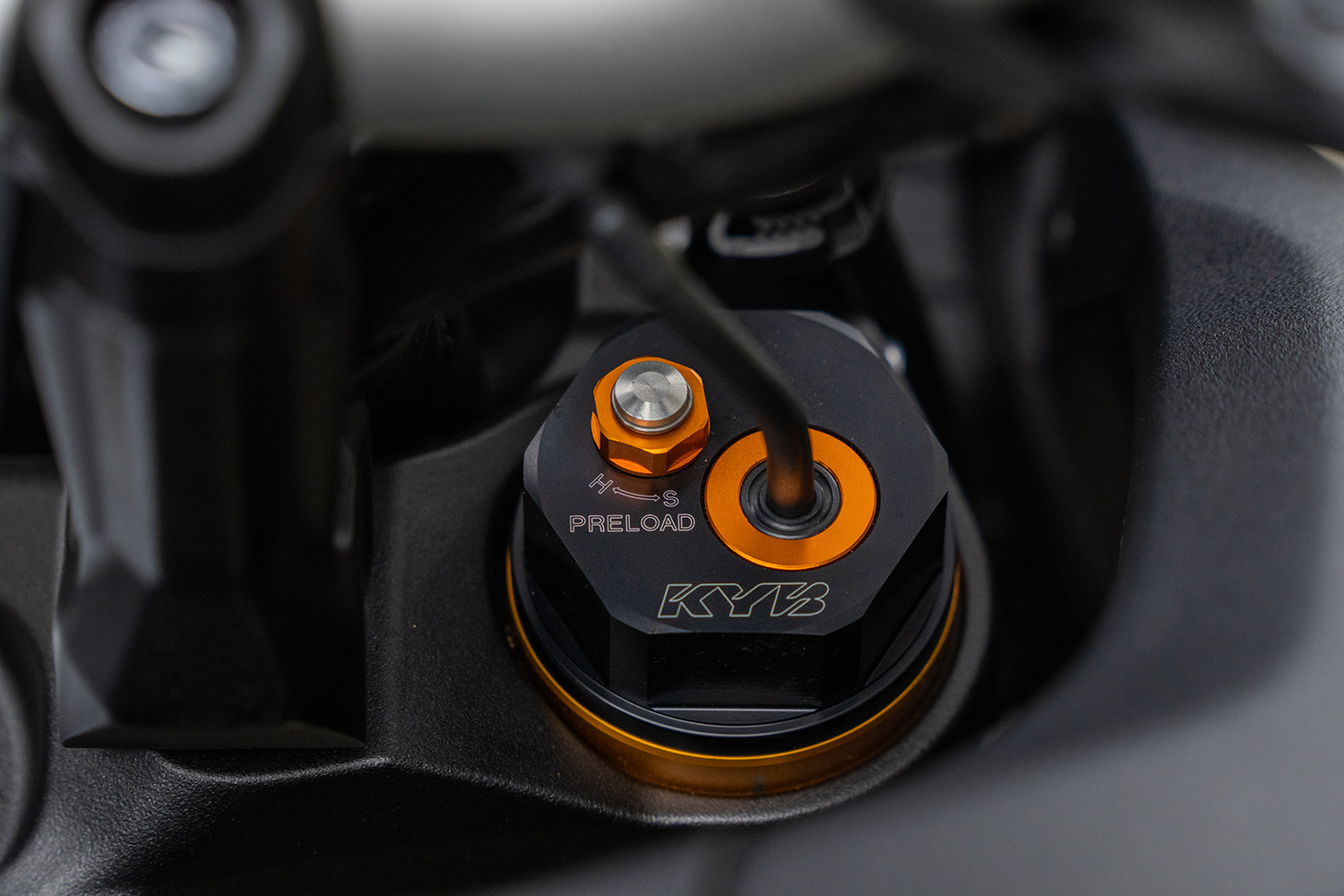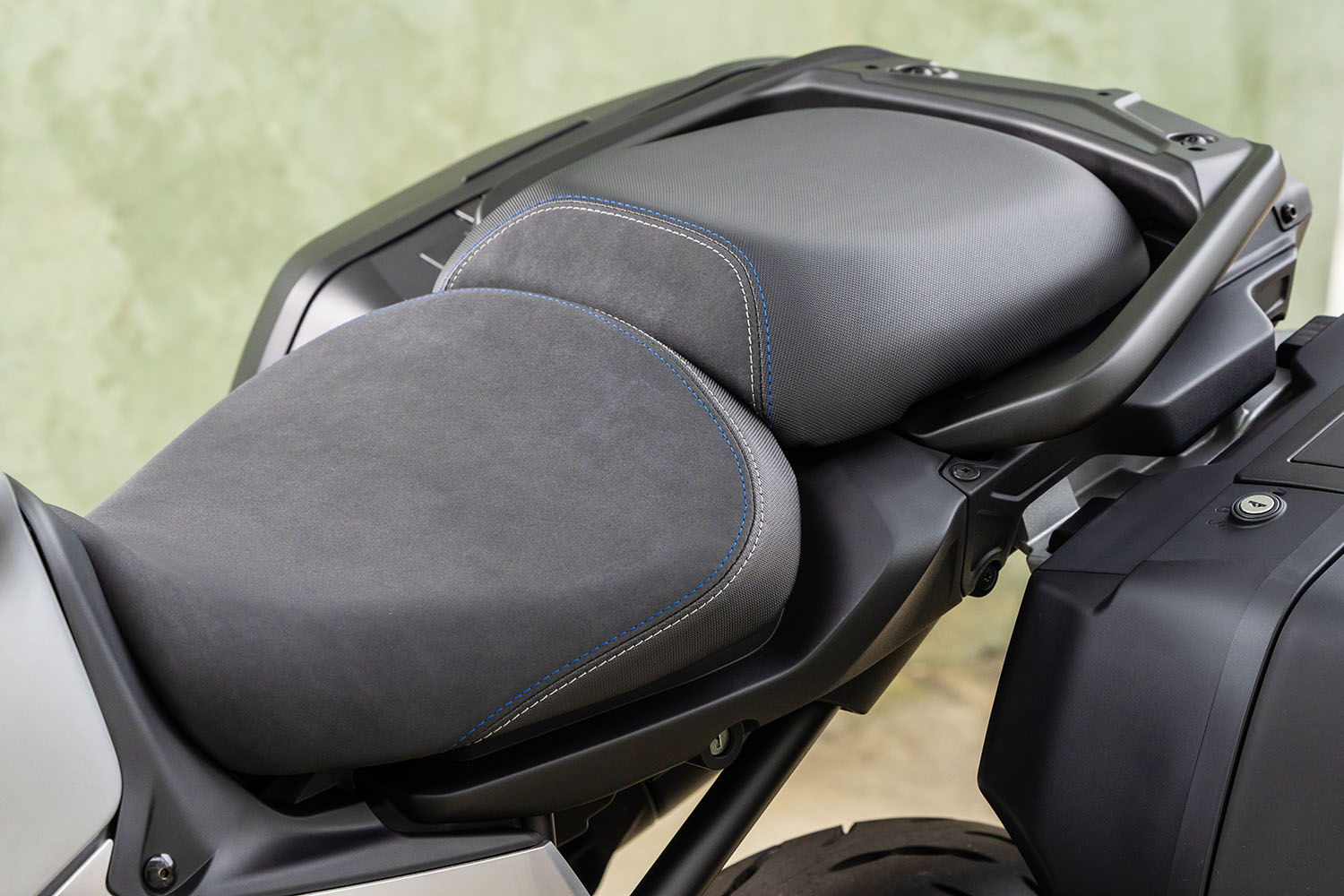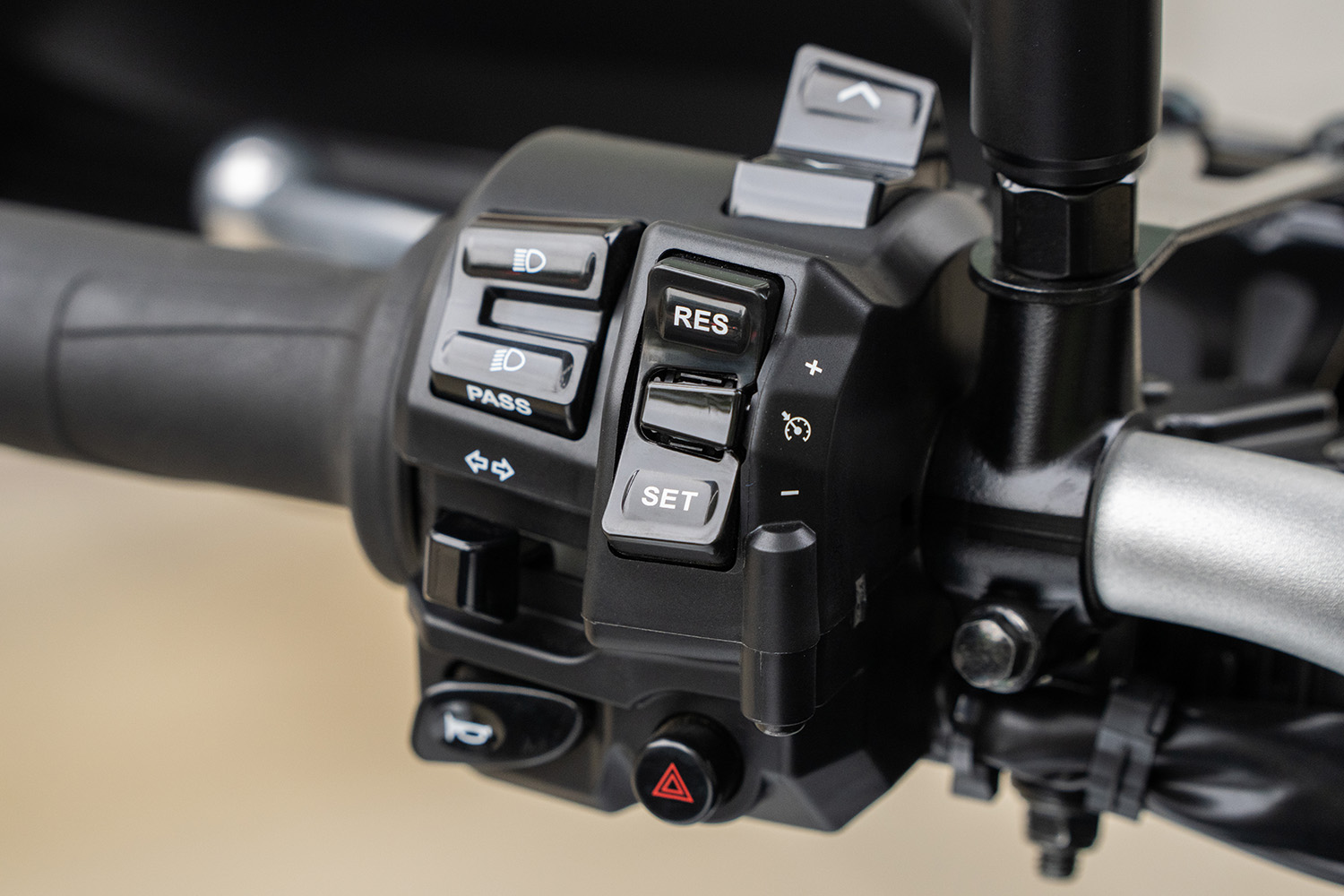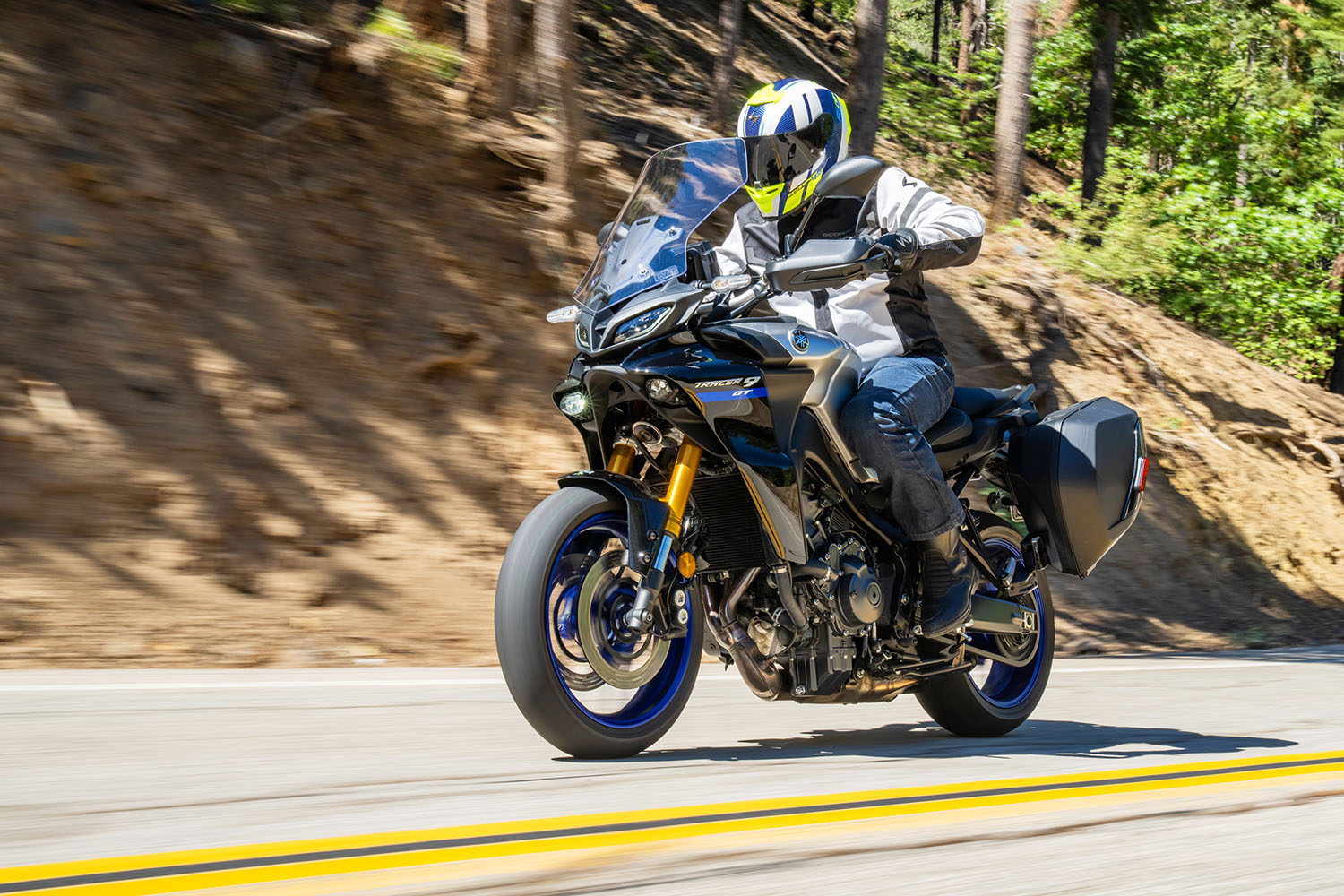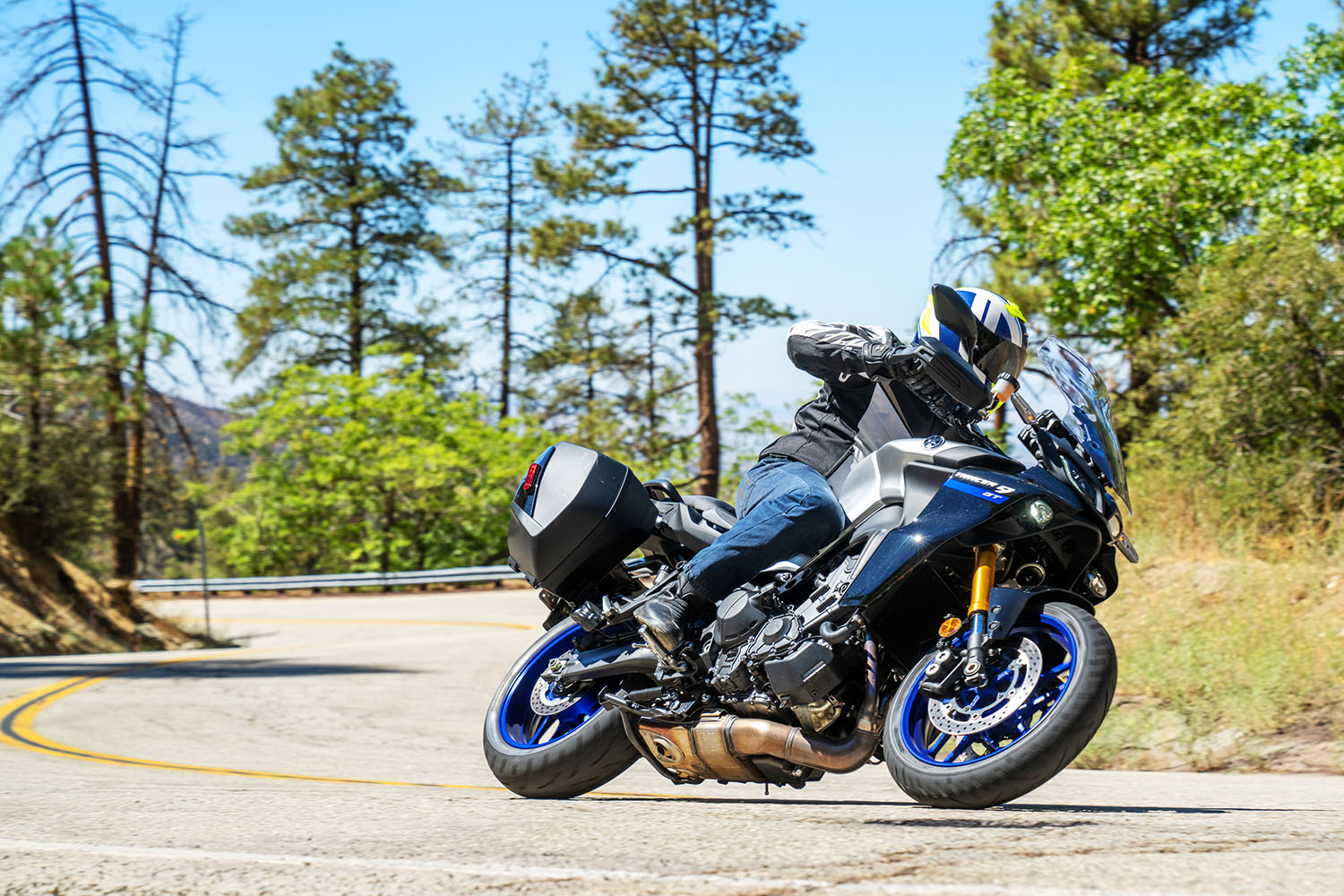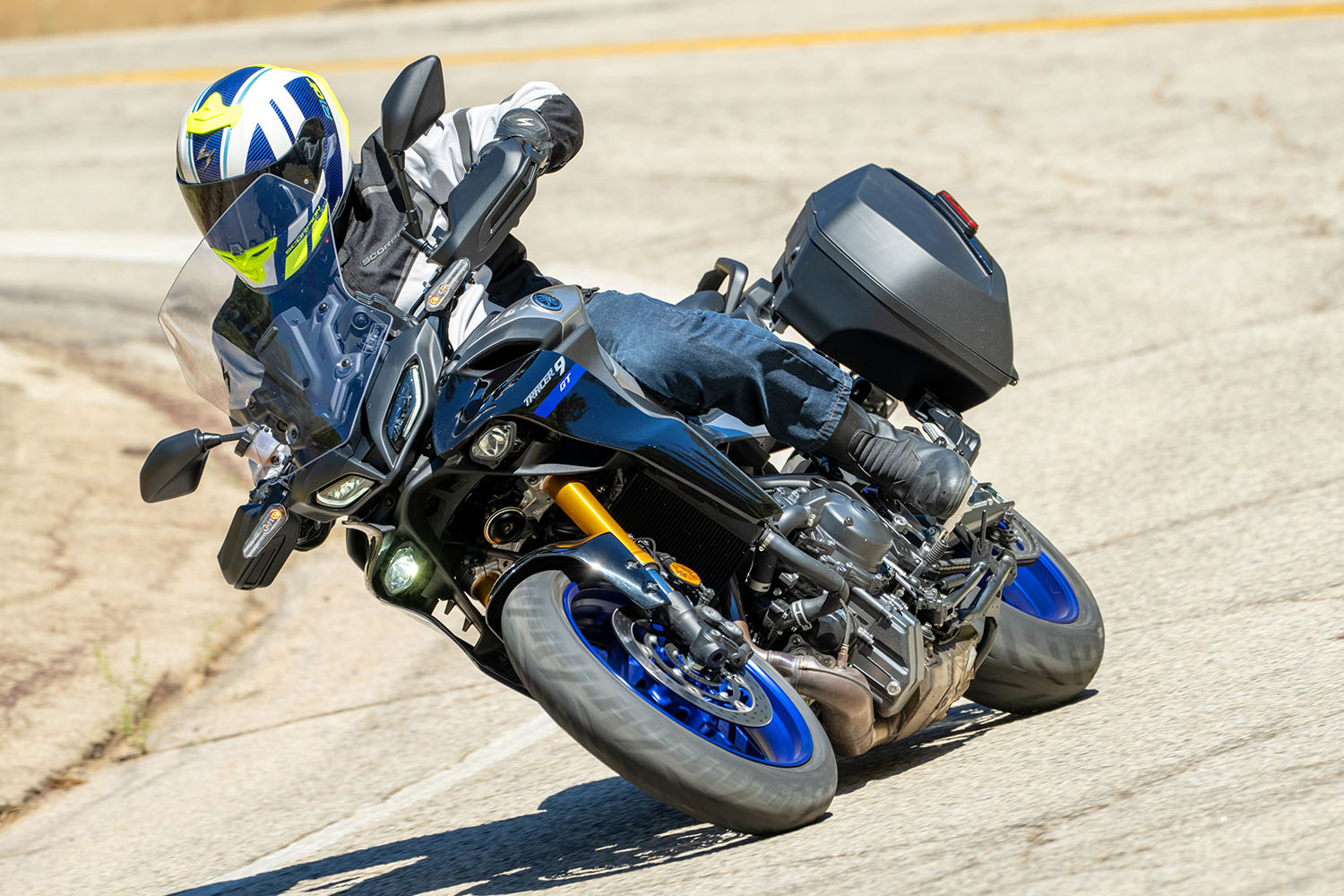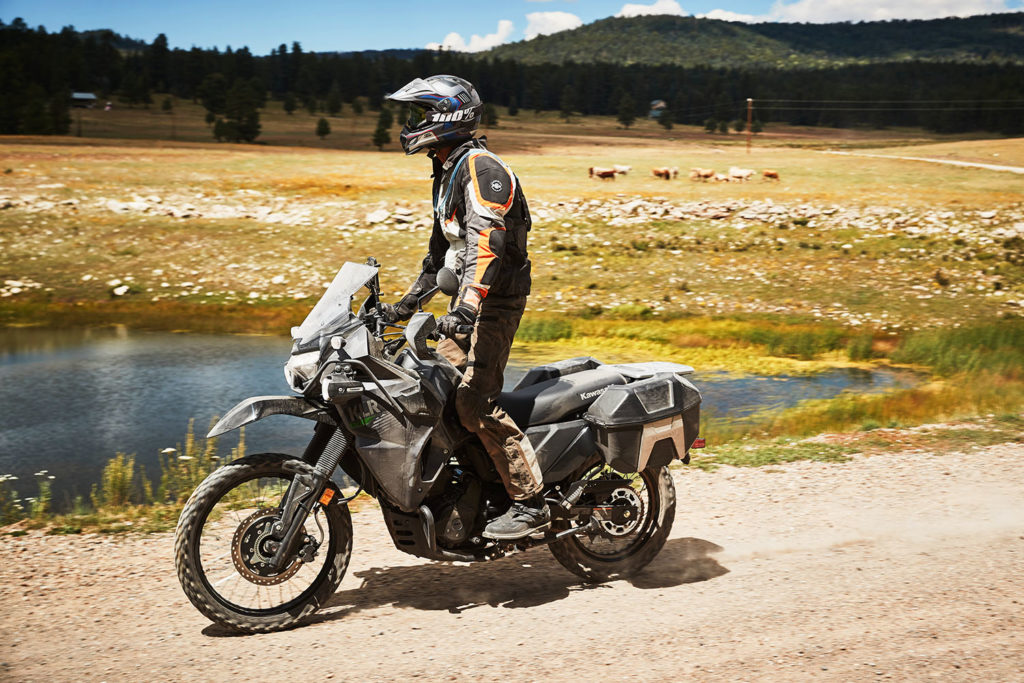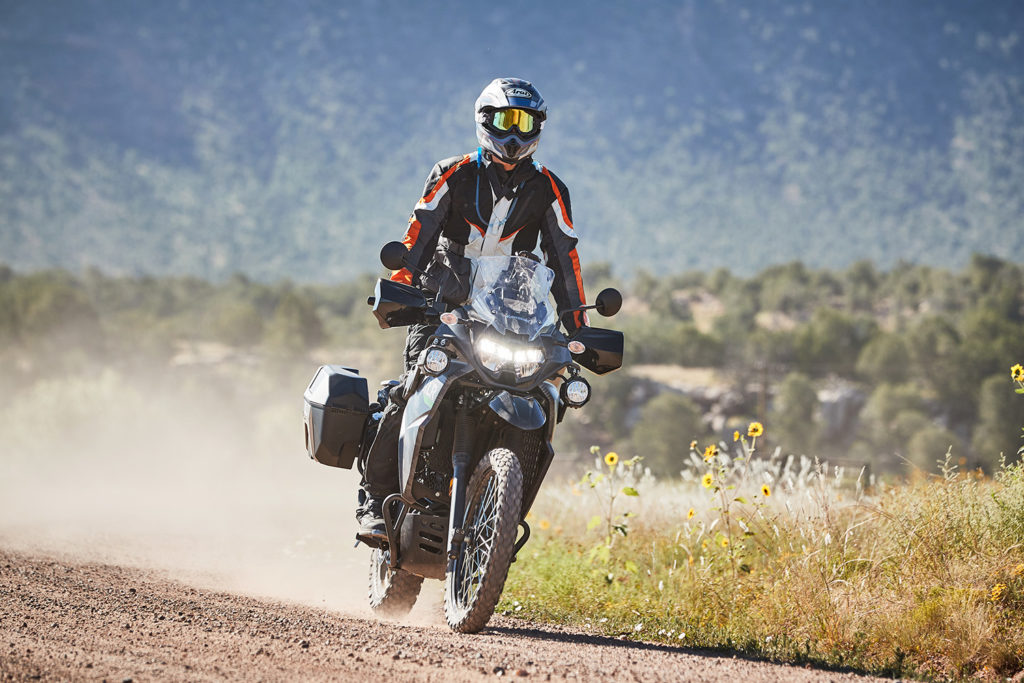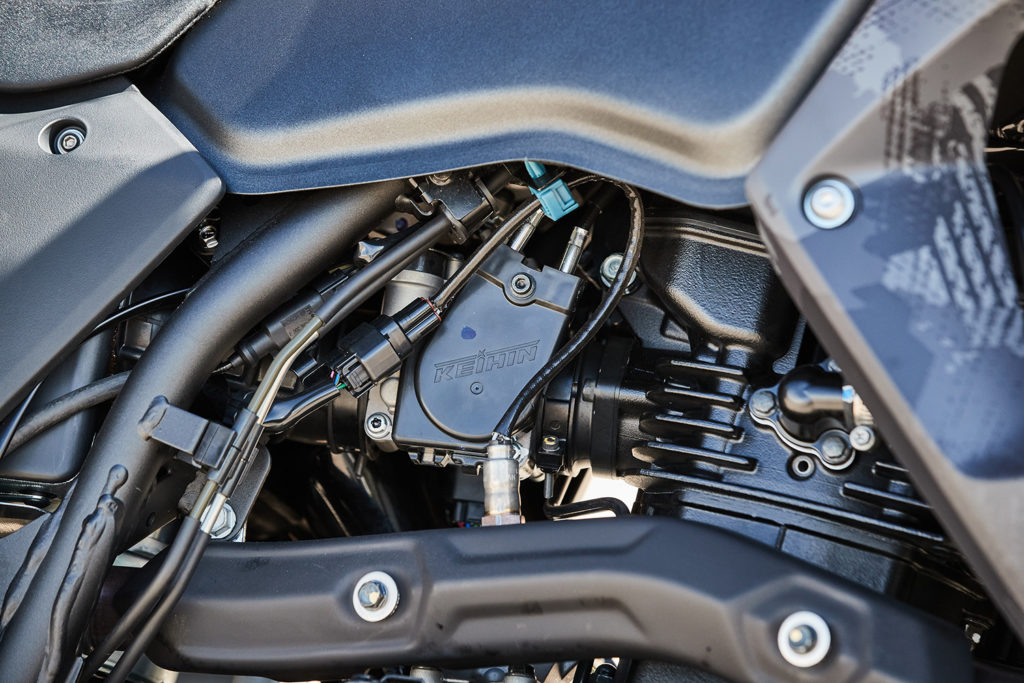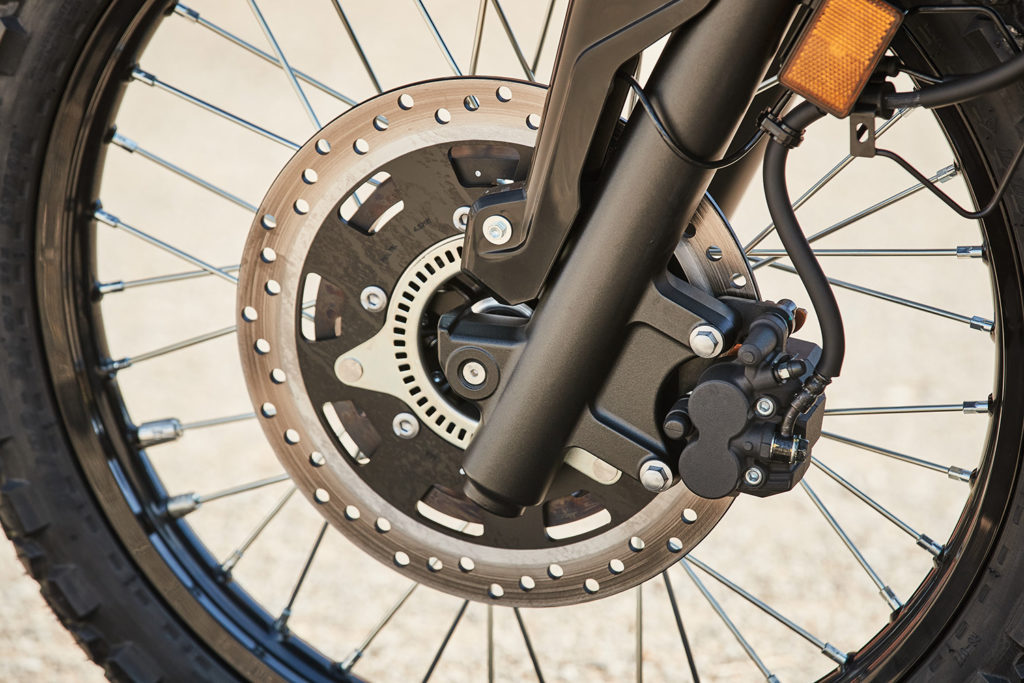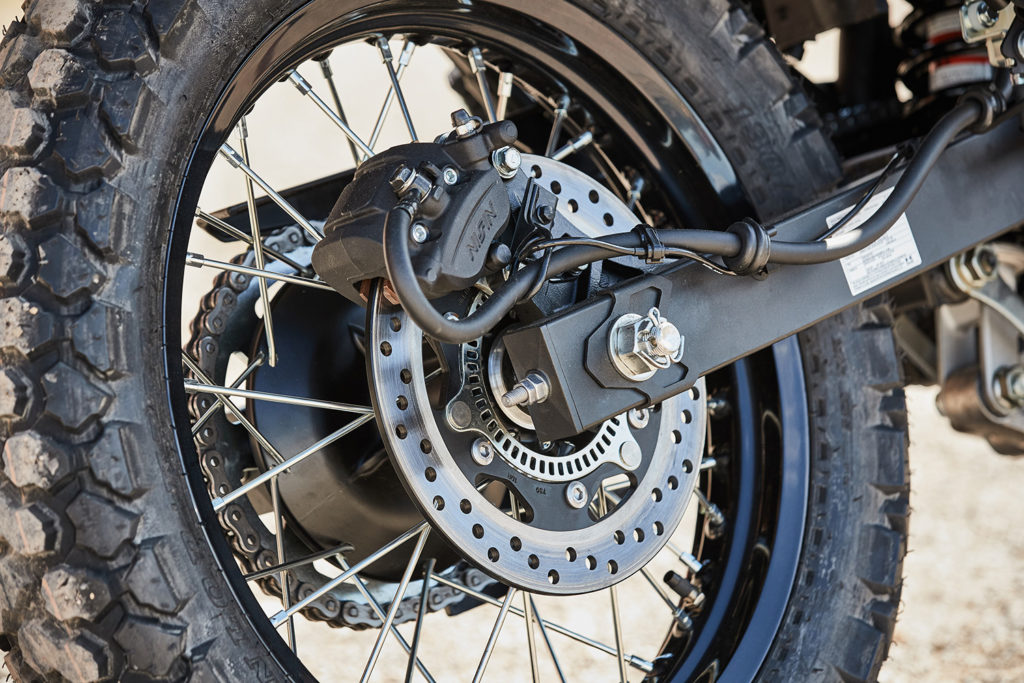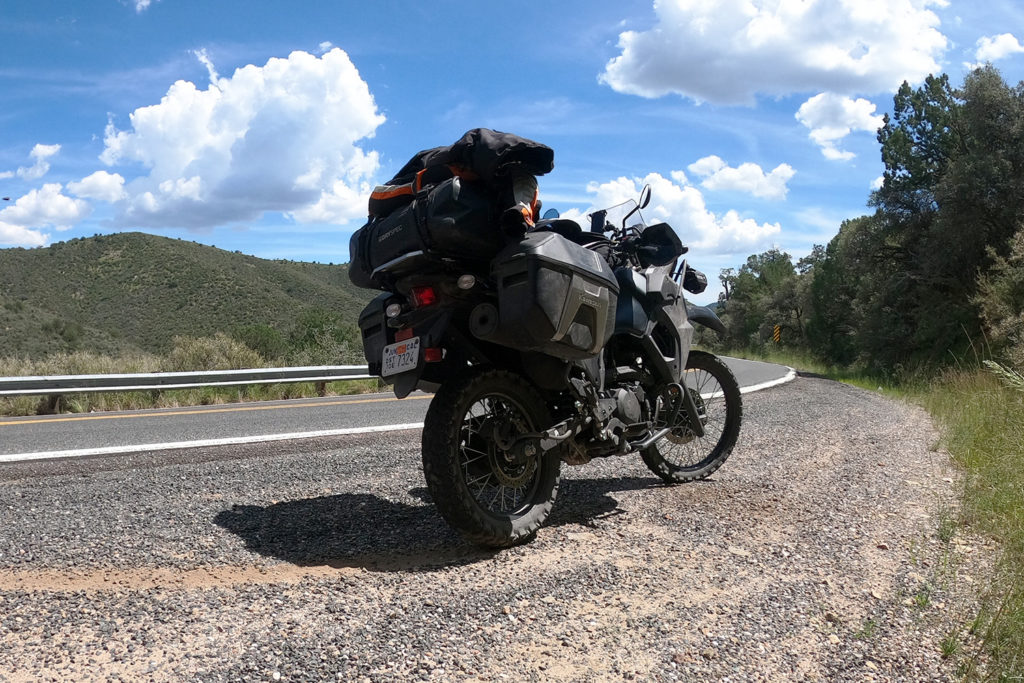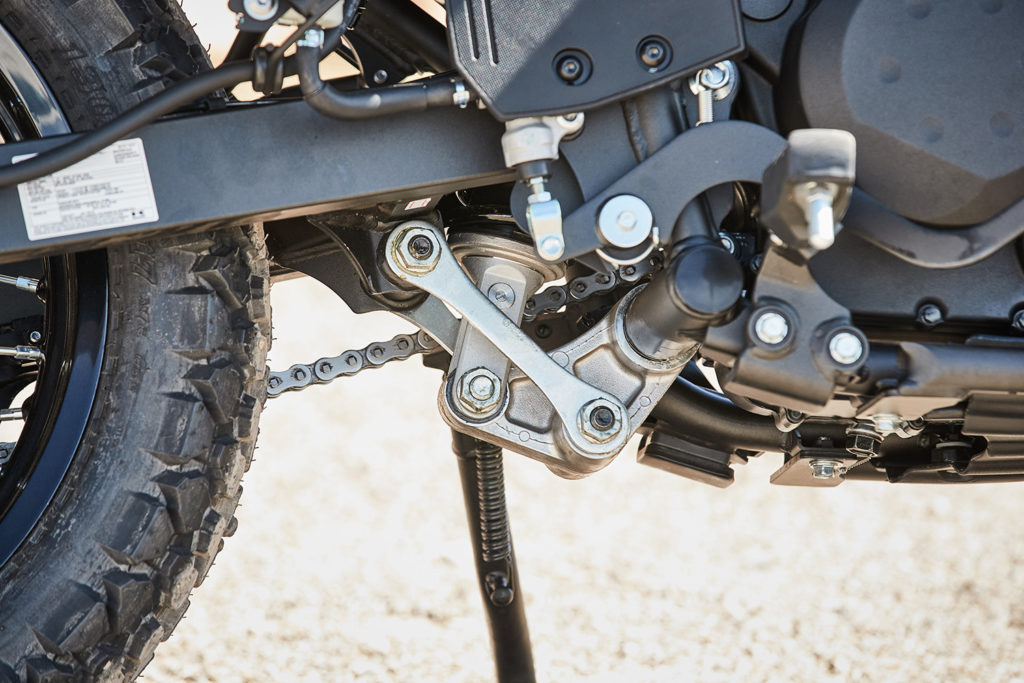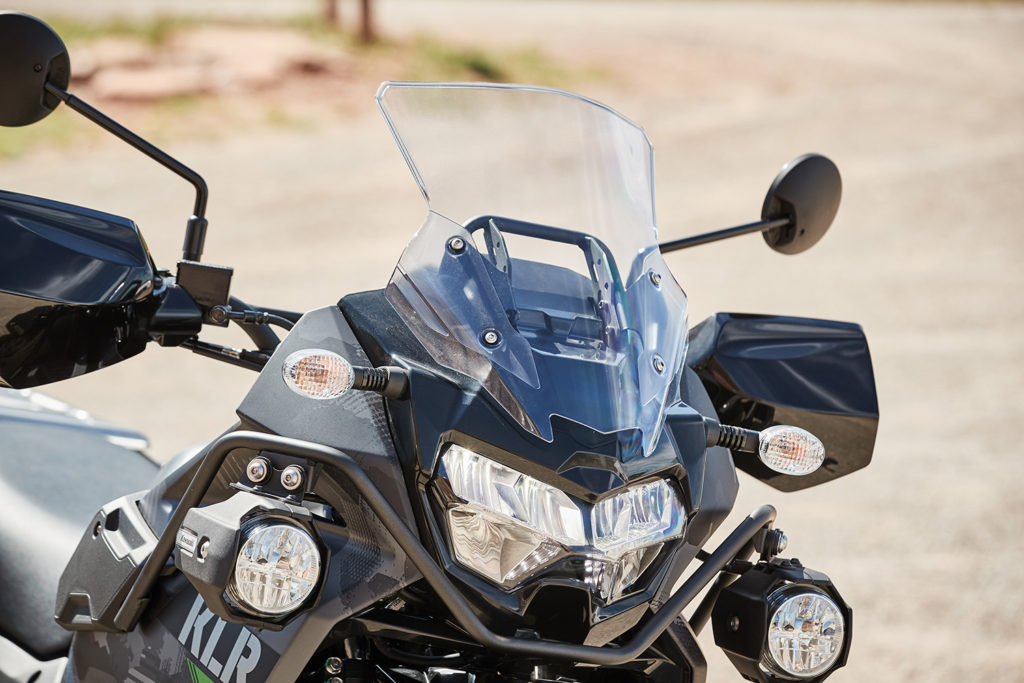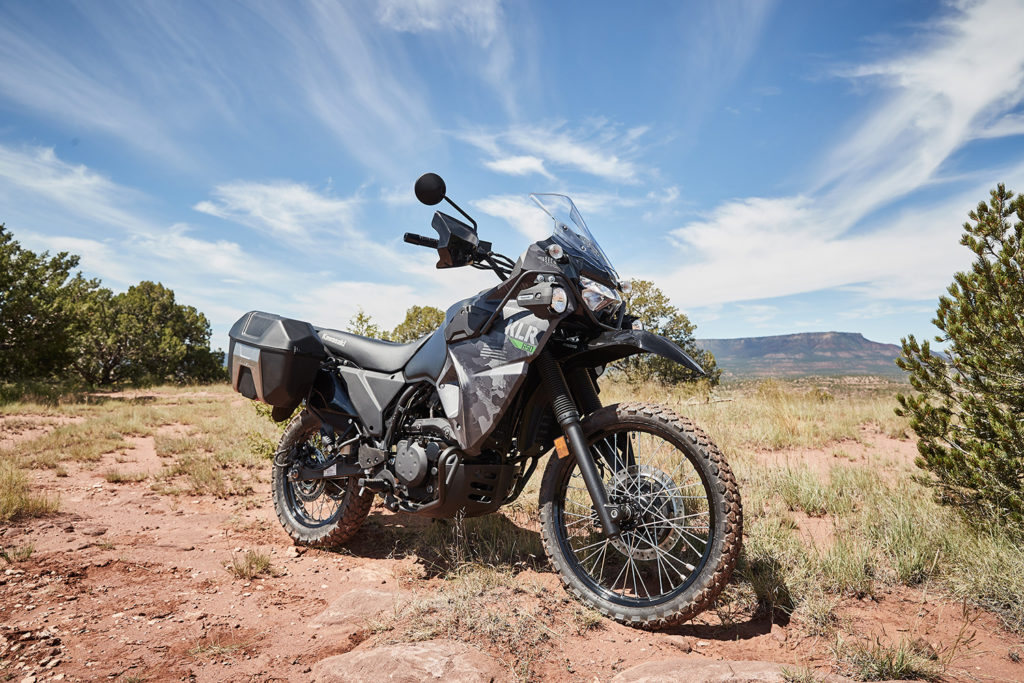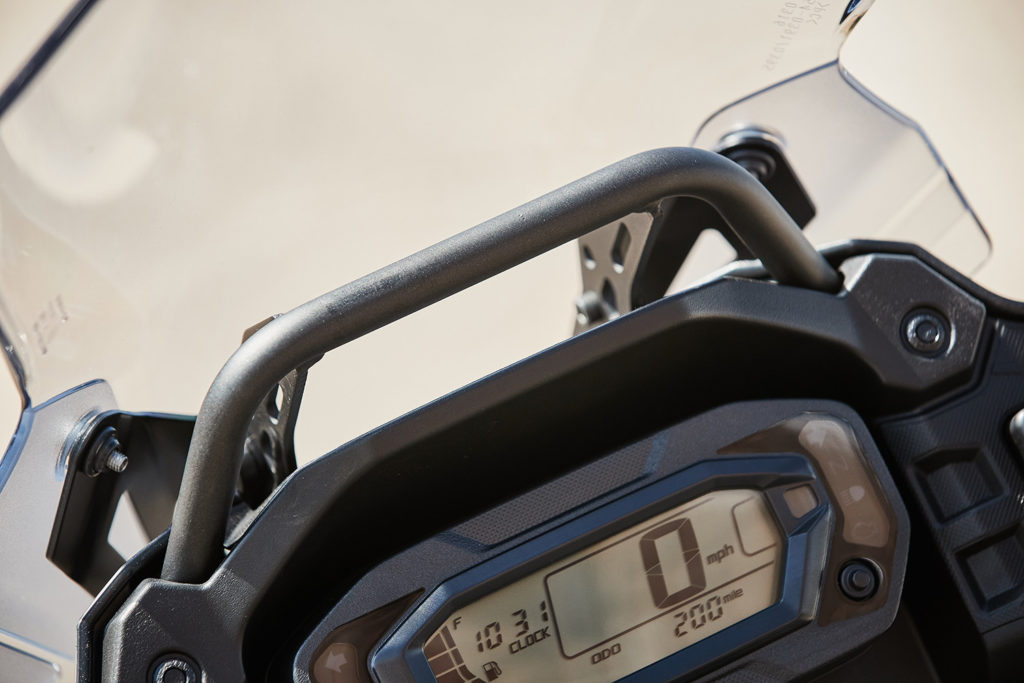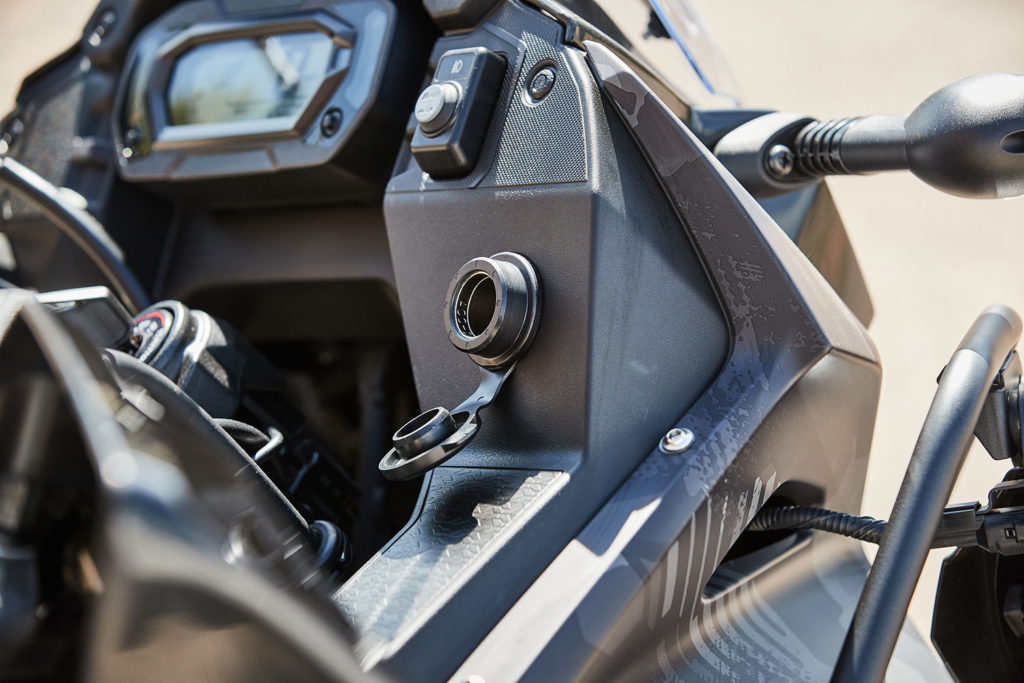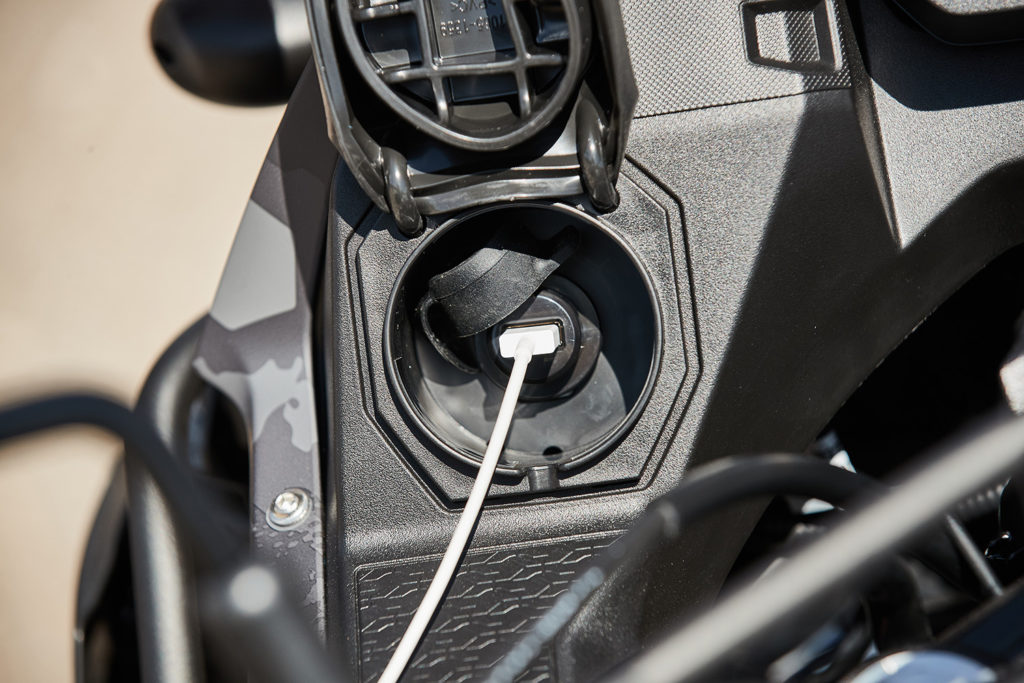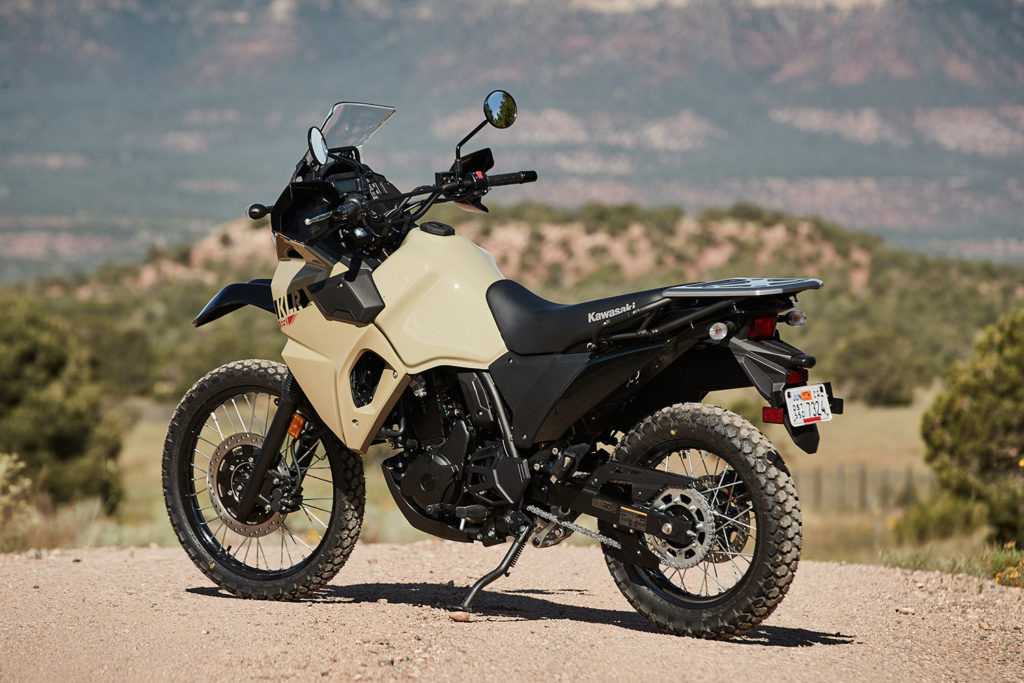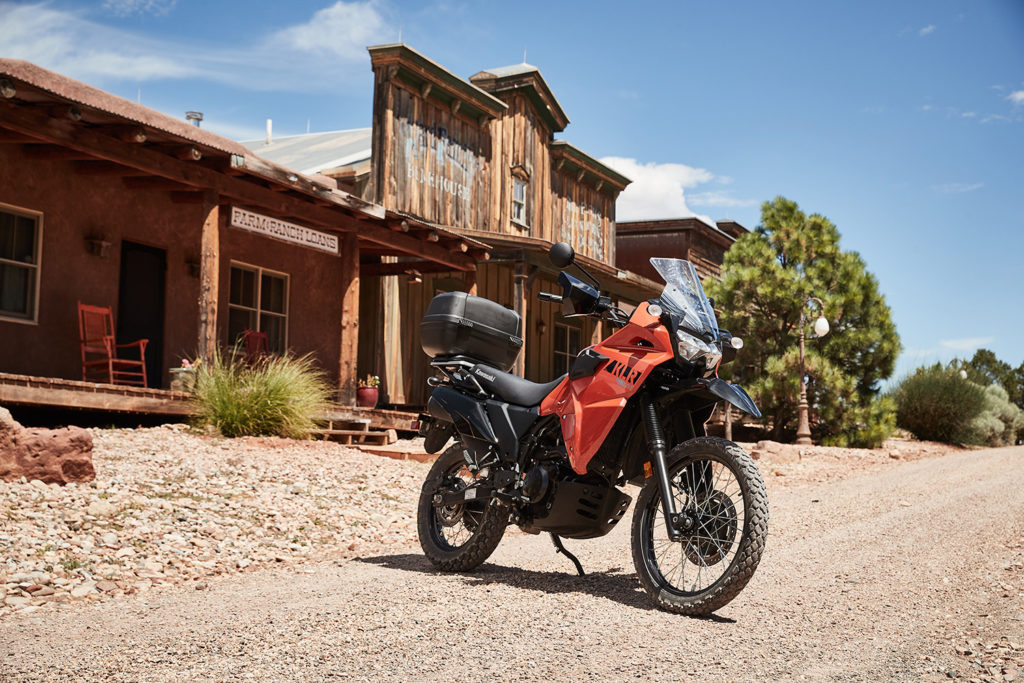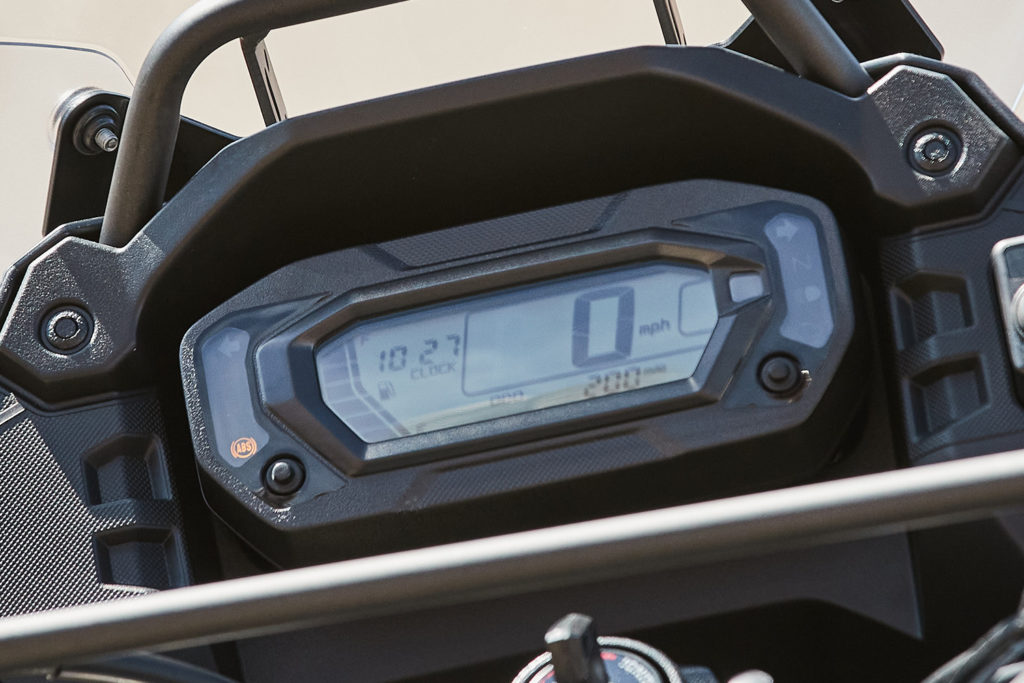2021 Kawasaki KLR650 Adventure Review
Words by Kris Hodgson, Images by D. Hodgson
I spent a couple of weeks with the new KLR650 recently and despite a decidely modest specification sheet, that by design does keep the bike in the LAMS approved list, I came away quite impressed. For the full run down of changes see: Kawasaki KLR650 gains EFI/ABS, and a few more kilos… (link).
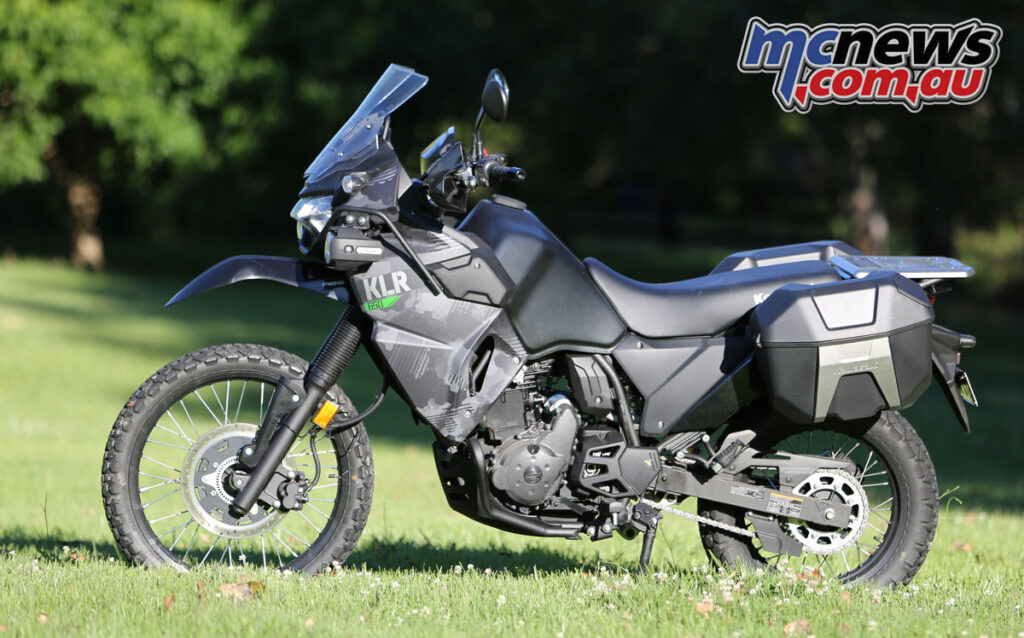
A host of compliance updates have taken place to legally allow the KLR650 to continue to be sold despite increasing emissions restrictions, however some unfortunate side-effects have seen weight increase and power decrease. But is that really the end of the world?
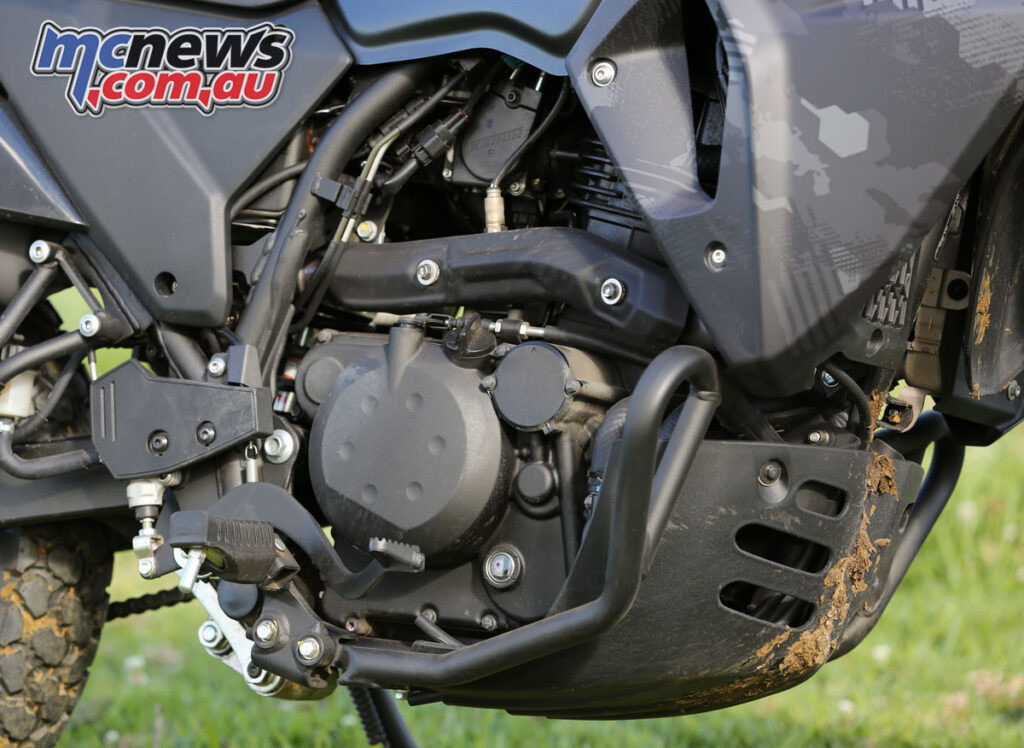
Here in Australia people have been derestricting the KLR for quite a while, and I get the feeling that’s going to continue. That ultra-restrictive Euro5 exhaust is no doubt to blame for much of the added weight and also probably some of that loss of power. Whoever is on the market first with a decent aftermarket exhaust system at a competitive price is sure going to sell a lot of them…
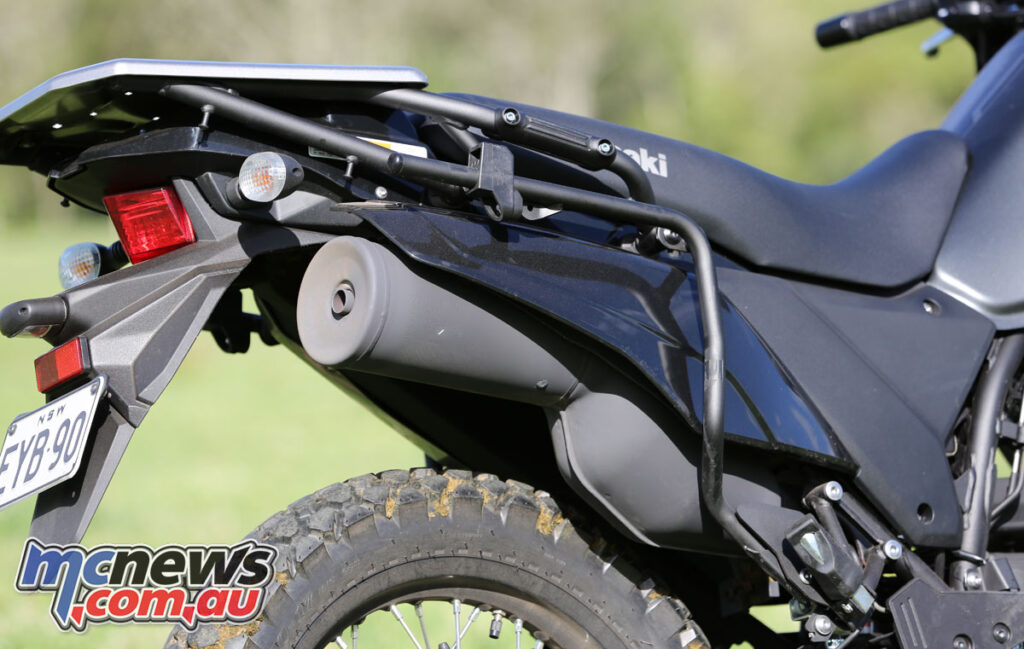
At its core, the KLR650 is all about value and a certain utilitarian factor. Rugged, no bells and whistles, reliable by all accounts, really a no-nonsense machine which at a smidge over $10k on the road is capable of the lot. The version tested here is the Adventure, which according to the Kawasaki website is available for $11,324 ride-away for a Sydney postcode, inclusive of extras which will cost far more than that difference if bought separately. Those extras include power outlets (DC/USB), crash bars, fog-lights and hard panniers with matched locks to the ignition.
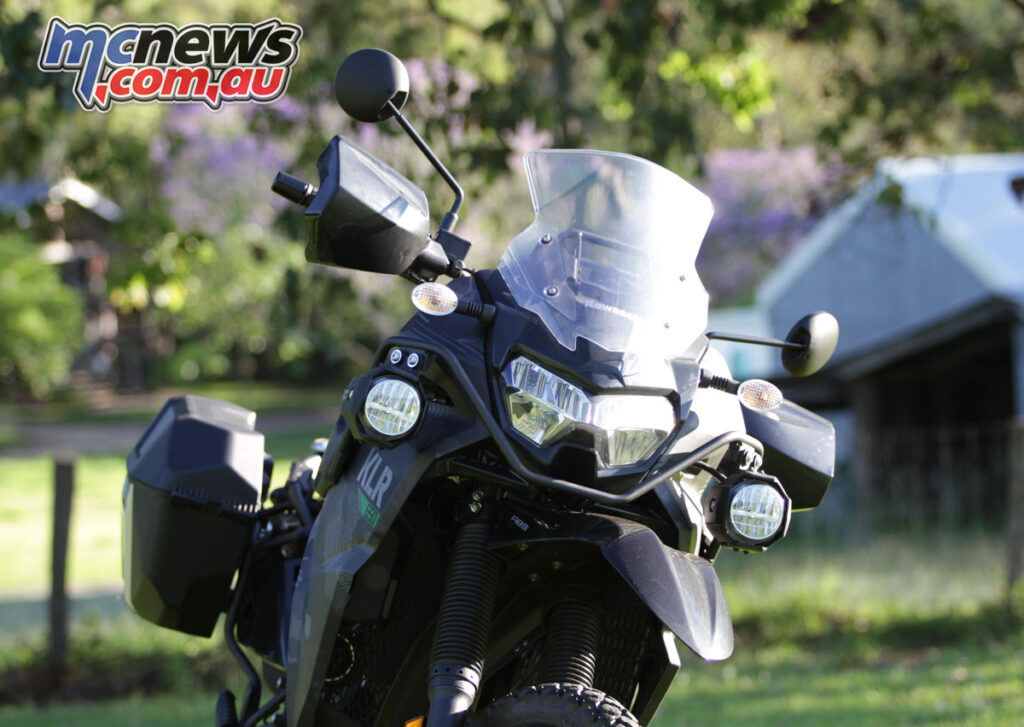
The powerplant is a 652 cc liquid-cooled single with 51.5 Nm at 4500 rpm, while peak power is 38.5 hp at 6000 rpm. A 40 mm throttle-body injects the go juice while the five-speed gearbox is one area left without what would have seemed to be an obvious upgrade. To be fair, apart from the annoyance of quite often trying to find another gear, the KLR is plenty capable of highway speeds.
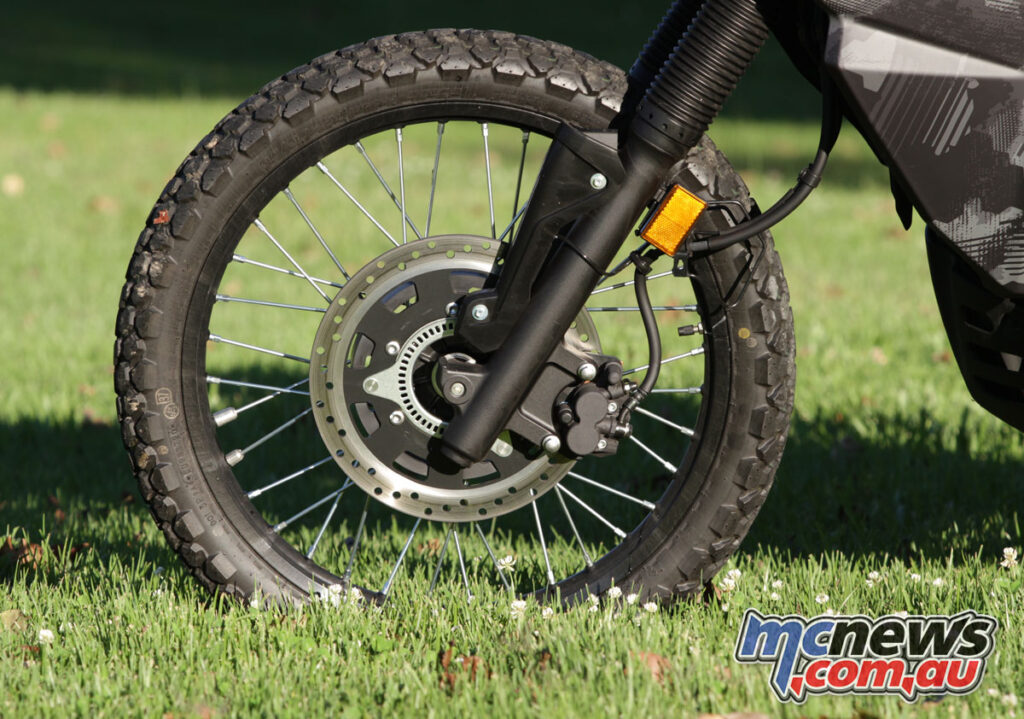
Forks are 41 mm units and the shock offers both rebound and preload damping. Travel is 228 mm at the front and 185 mm at the rear. Accessibility of adjustment isn’t a strong point at the rear.
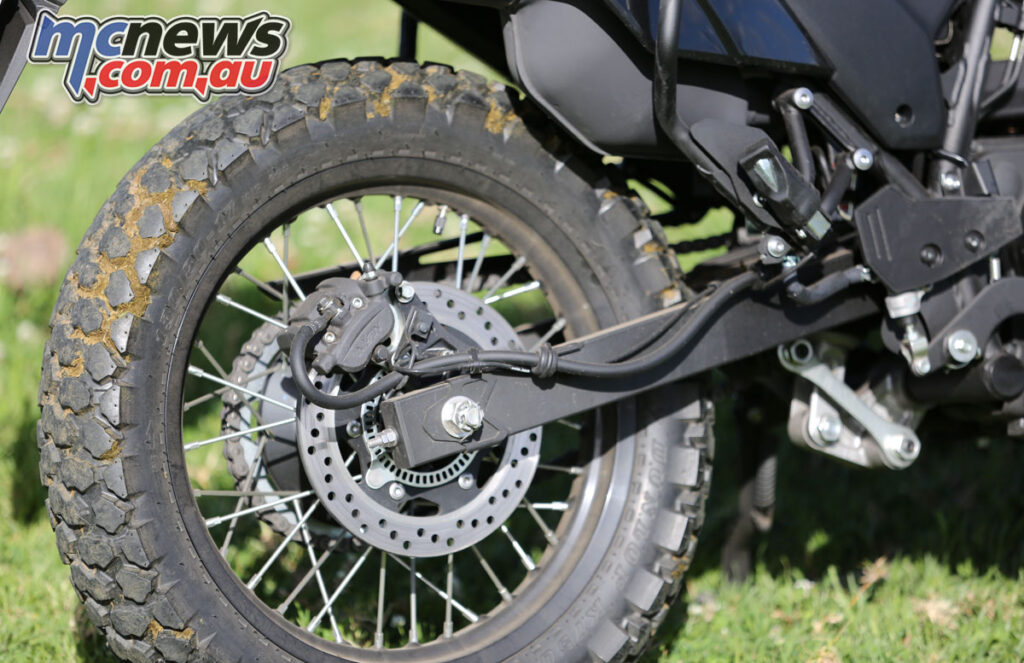
A 21-inch front and 17-inch rear is an adventurous set-up, with a single 300 mm front rotor and two-piston caliper backed up by a smaller 240 mm rear rotor and single piston caliper. ABS is standard while Dunlop provide the K750s which has been the case for quite some time.
Weighing in at 222 kg in Adventure form at the kerb (210 kg standard), with 23L of fuel, the KLR650 is a hefty beast, especially if you’re wheeling it around on uneven terrain or up an incline. But when jumping on board, apart from kicking the panniers, the bike feels very manageable.
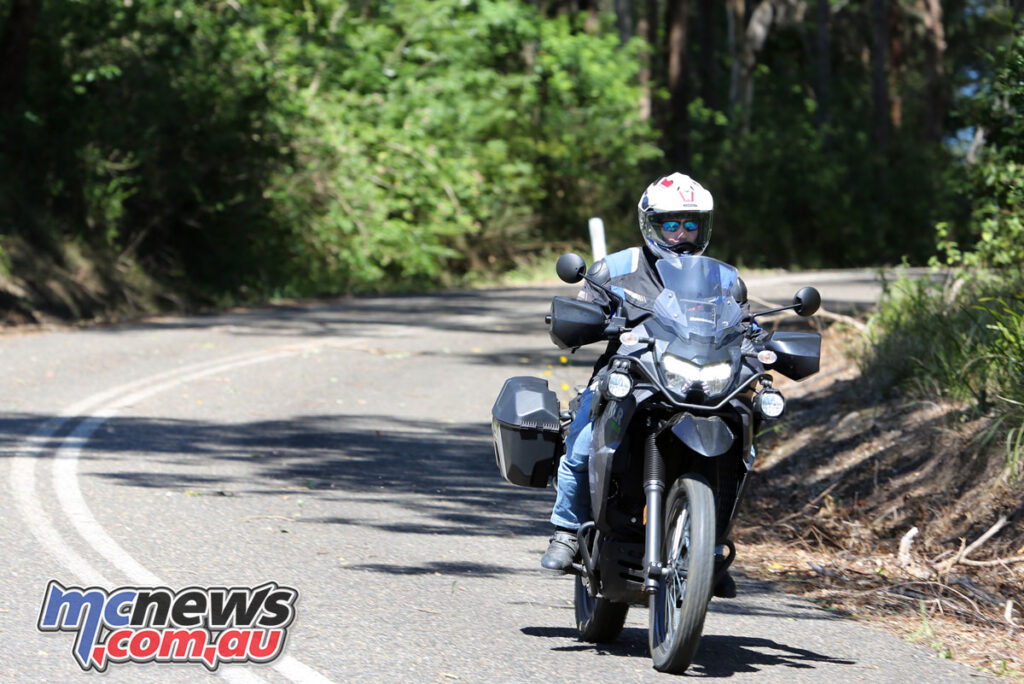
At 180 cm with a 32 inch inseam I can reach the ground with a foot securely, while the reach to the bars is easy and getting boots onto pegs reveals a fairly compact rider triangle for an adventure machine, especially between seat and ‘pegs. Lowering the seat height 20 mm for 2021 no doubt helped there.
There’s an expanse of bike in front of you including a screen, LCD display and on this version those power outlets. The KLR650 also starts up easily and idles a little more actively than I’m used to – but then I haven’t owned a big single (just a small one) – just click into gear and off you go.
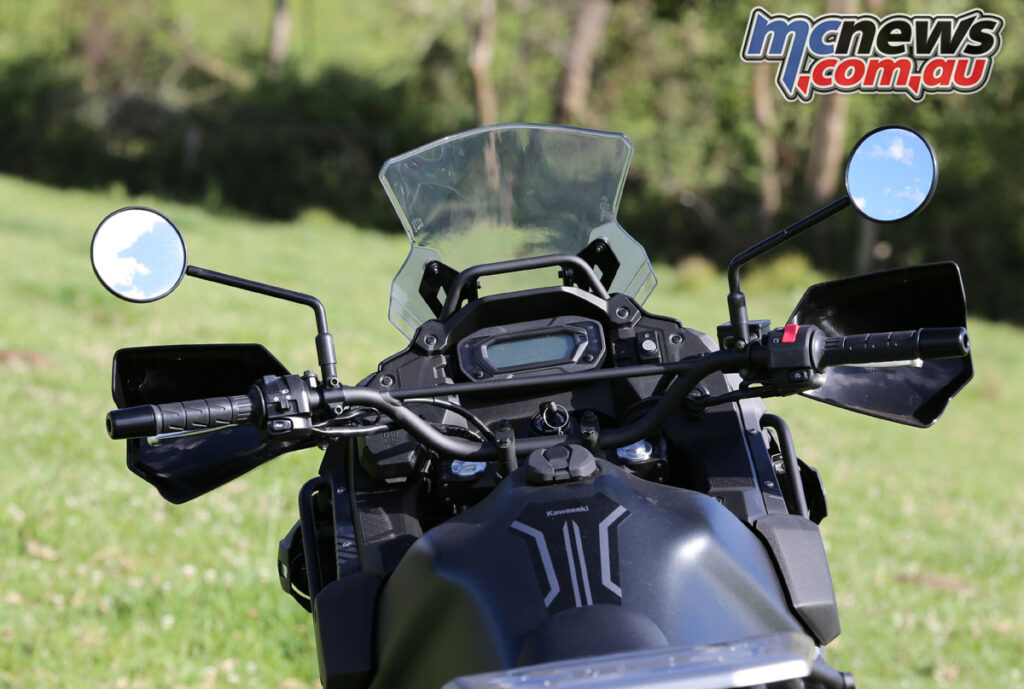
‘Bars are wide, there’s good vision from the mirrors, with minimal vibes through the bars – as long as you keep your grip relaxed – and while the clutch isn’t light, it’s no bear trap either.
Under power the KLR650 is also a lighter feeling, well balanced machine, with the first test being Sydney traffic which it handled with ease. I wasn’t filtering to be honest – not with those panniers fitted – however the suspension is well supported in general use for my 70 kg or so, with no real major dive during heavy braking.
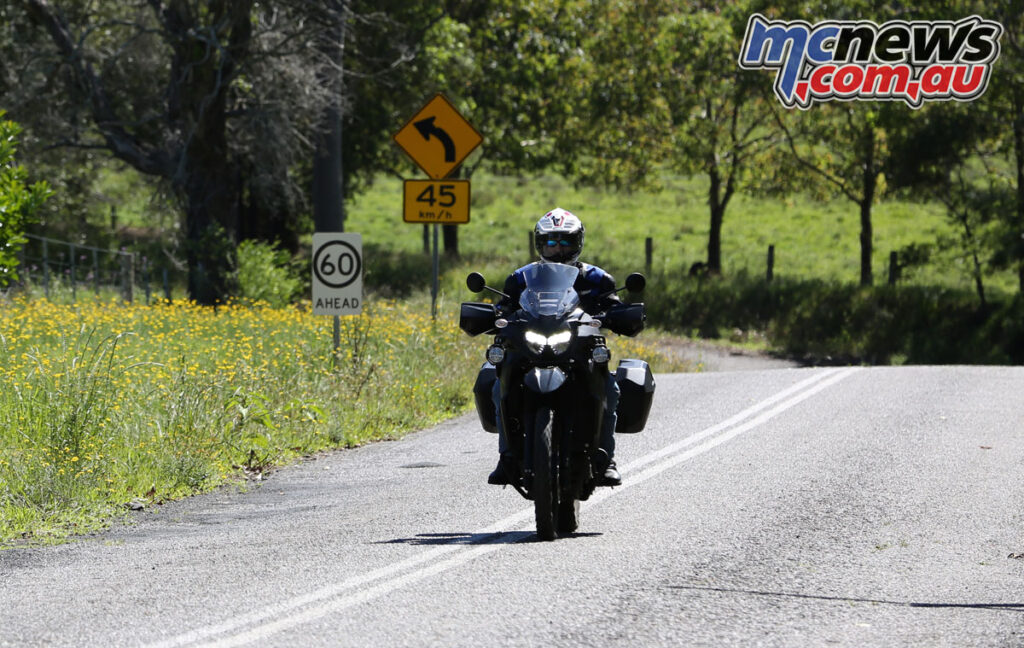
That’s no doubt partially due to the rear brake feeling more powerful than the front, but the two combined offer decent stopping power one-up and the ride is smooth and controlled, swallowing road inconsistencies easily without wallowing, and that would prove true everywhere.
There was a little hunting at times, as the revs moved around even without a hand on the throttle, but in later testing in mixed conditions the bike proved very stall resistant.
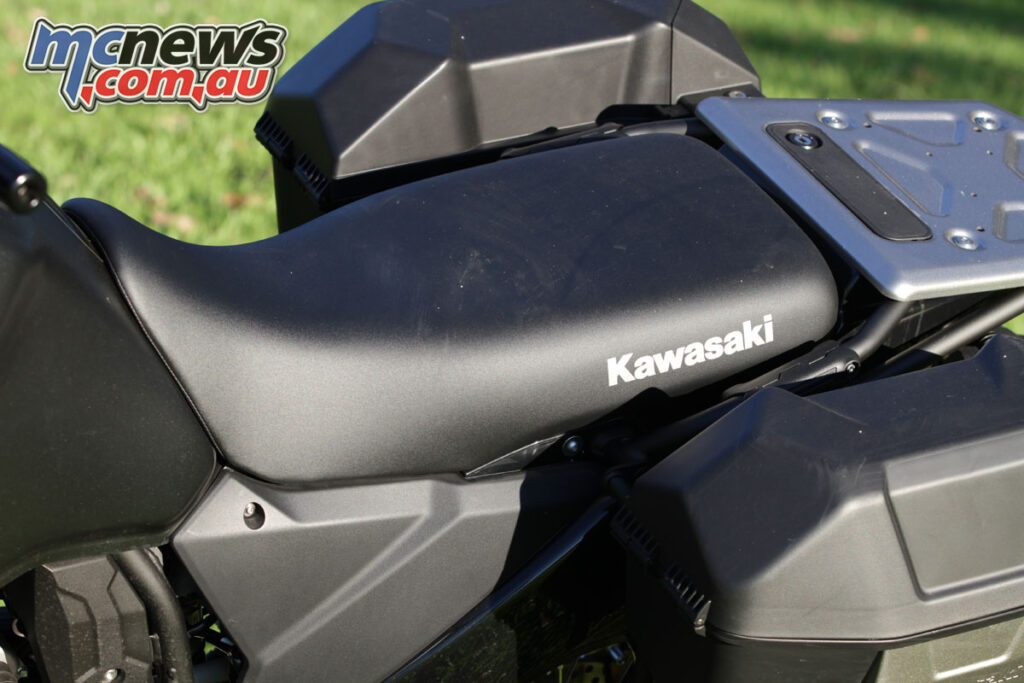
The big test came in the form of a 400 km trip to visit family out of Sydney with an equal distance return, offering plenty of highway miles, some crawling past an accident and all mainly done through torrential rain, much of which was in the dark. Those additional lights certainly came in handy.
All of which was handled with ease by the KLR650. Sure the seat got uncomfortable after an hour and painful at about two, and I wouldn’t have minded a front tyre with a bit more feel in the wet, however the KLR650 was happy cruising anywhere between 100 and 130 km/h. Fuel consumption did seem to bump up at the higher end of that spectrum, but that may have coincided with my low speed off-road shenanigans which aren’t well represented on the trip meter.
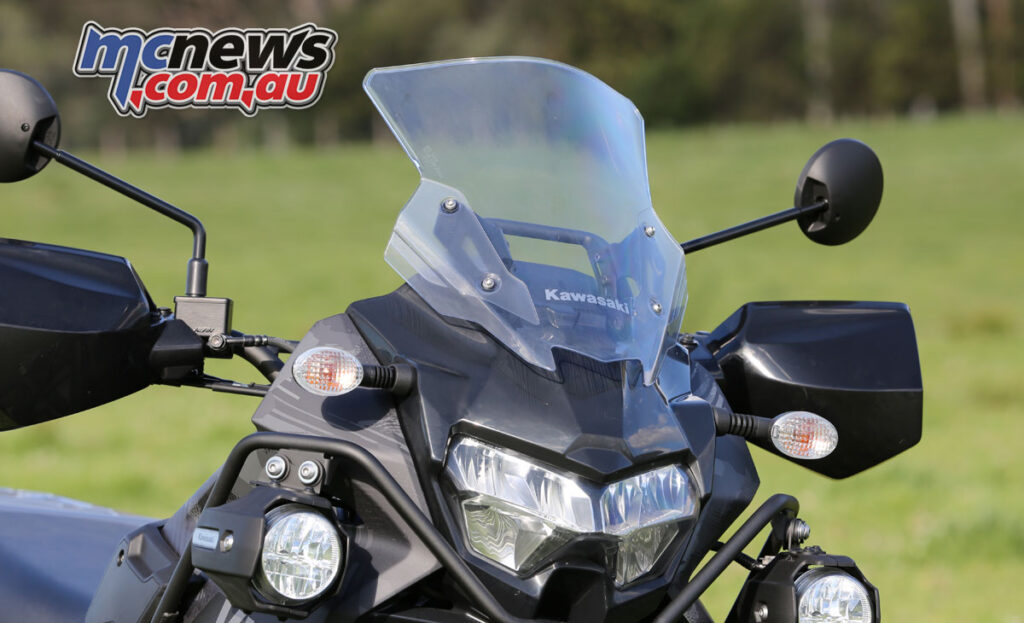
I would note too that the KLR650 felt a little flat in the low to mid-range at times, especially accelerating and picking up revs after cruising along in a higher gear, where keeping the bike more on the boil higher up in the revs was more rewarding if you wanted a bit of fun. Stirring the gearbox with intent seemed the way to go and letting the engine venture higher into the rev range. It’s not a bad compromise, as the bike pulls smoothly even from low revs and I’d hazard a guess this isn’t the machine people buy to race their mate’s 890 Adventure.
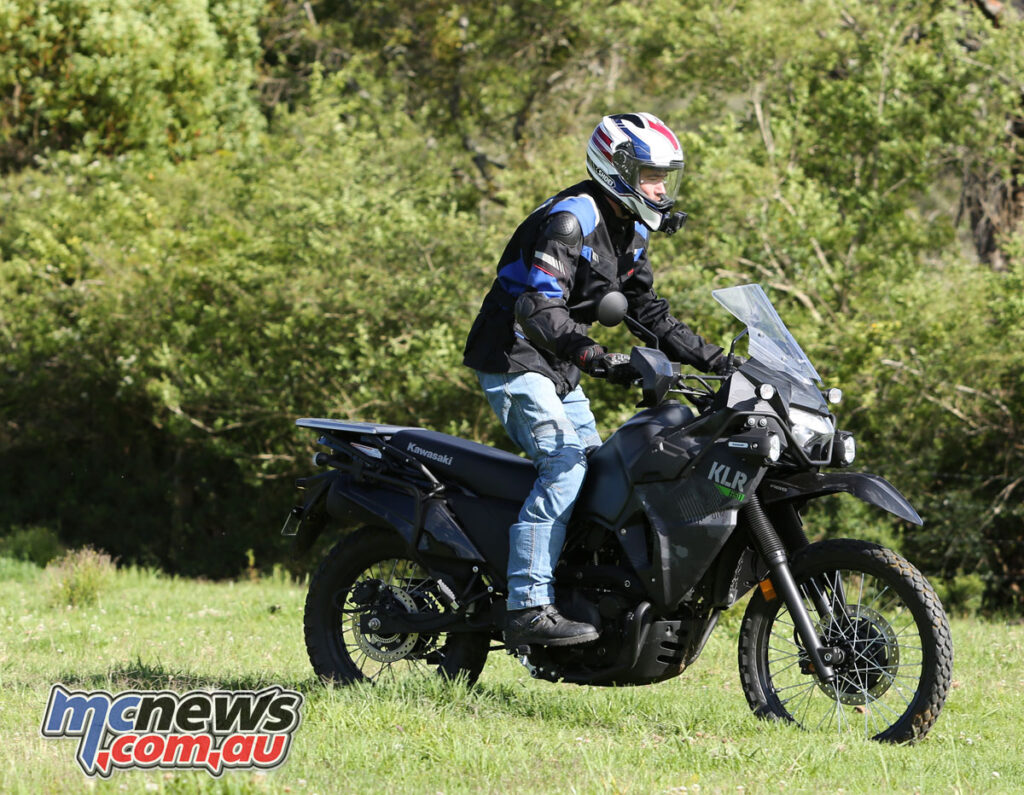
Suspension remained compliant, the bodywork and screen offered good wind protection and even that five-speed gearbox was hard to criticise. The KLR650 will easily gobble up the boring highway miles on the way to somewhere more interesting, and passing riders on more off-road orientated machines sitting at 90 or 100 km/h was common and did carry a little satisfaction. They’ll have the advantage on the dirt, so you take the wins where you can.
Handling is also typical of the taller adventure or touring style machines, with narrow wheels and tyres as well as wide ‘bars making for fairly nimble road manners all things considered, with lean angle easily added but generally not all that necessary except when properly fanging through the twisties.
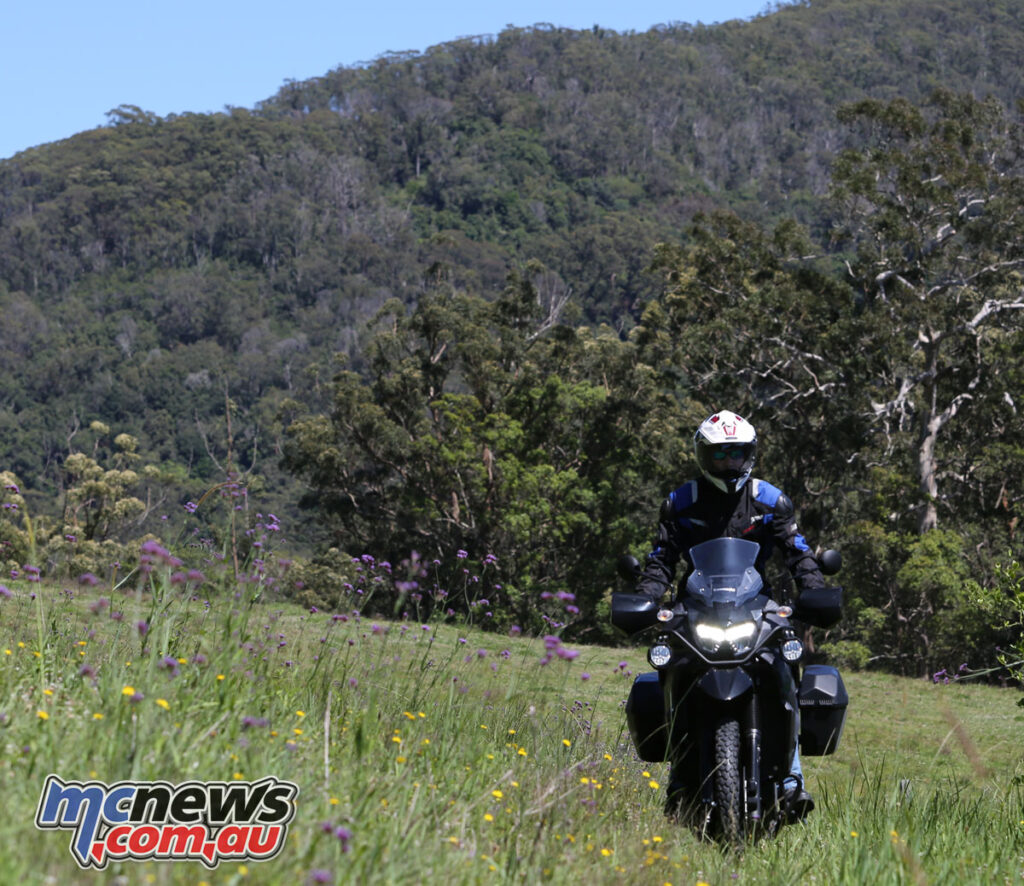
Make no mistake, the KLR650 isn’t a lounge chair style tourer you could sit on without breaks, regular breaks are very much required to get some bloodflow back into your behind. However the bike is a capable steed for long distances, at the speed limit, or just over it at common relaxed cruising speeds. I’d just be inclined to look for a comfort seat if I was doing long days.
The trip also provided an opportunity to test the KLR650 out in some farm-like conditions, where it really excelled in mixed terrain, tractoring up steep, staggered slopes, easily traversing uneven grassy areas and just generally being very capable.
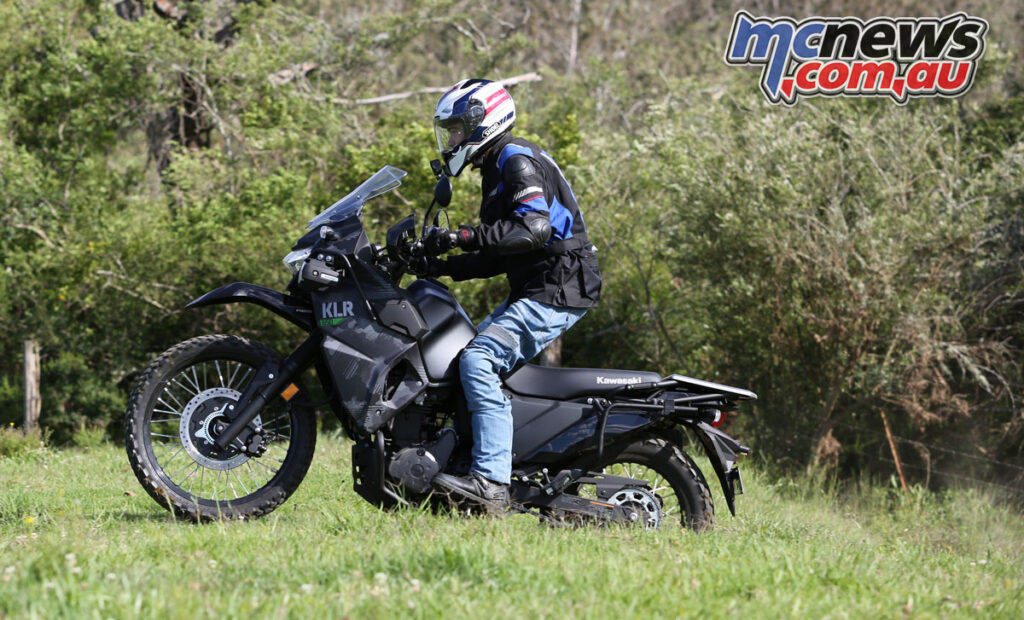
We’re not talking the Erzbergrodeo here, but we are talking conditions you definitely wouldn’t want to do on road machines. I tend to think that if I can do it on the KLR650, it’s also going to be a fairly forgiving machine for new riders or those branching out into adventure riding while on a budget.
While heavy, the KLR650 remains manageable in all these conditions, whether it was wrangling it through a narrow piece of rock scattered dirt across a creek, or running up and down fairly steep inclines with loose dirt. The stability afforded by that 21-inch front made the going much simpler than it would otherwise have been. Granted I didn’t throwing the bike over to see how easy it was to lift, which may be a big concern if you’re doing gnarly single-tracks solo, but as a more general do-anything bike it certainly delivered.
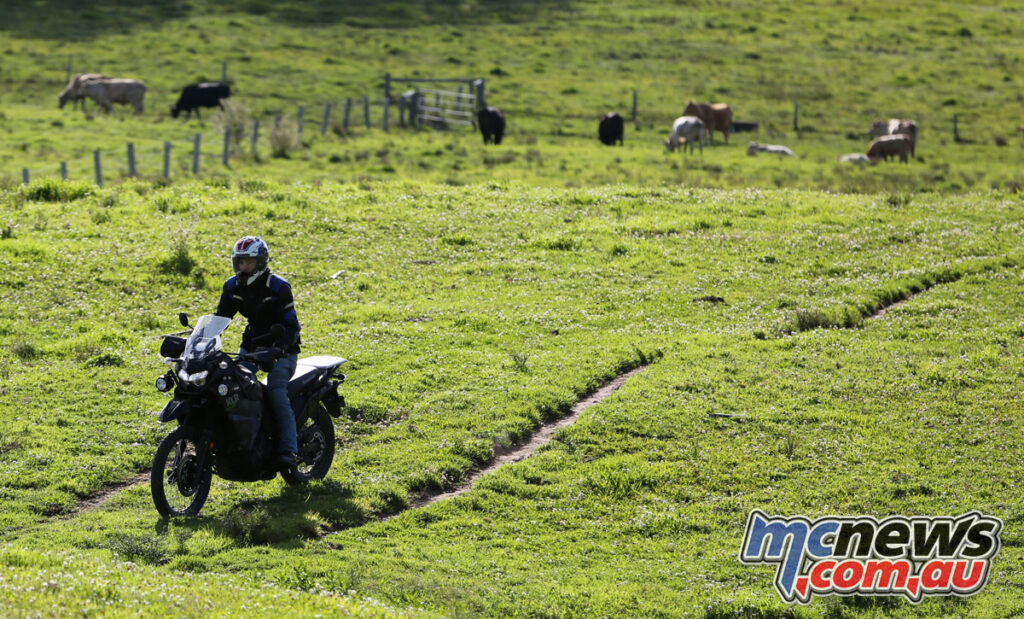
Again that suspension set-up for me at 70 kg handled the mixed conditions well and while I wouldn’t say no to more braking prowess on the road, for grass, dirt and similar, the light bite and more limited power, especially at the front was well suited off-road. With a pillion and fully loaded with gear it would require more management of stopping distances I’d say…
Back on the Sydney end of the ride I took the KLR650 up to St Albans to see how it handled the dirt road up towards Kulnura from there, which is an easy but decent stretch of fairly well surfaced dirt, sweeping through some nice bends.
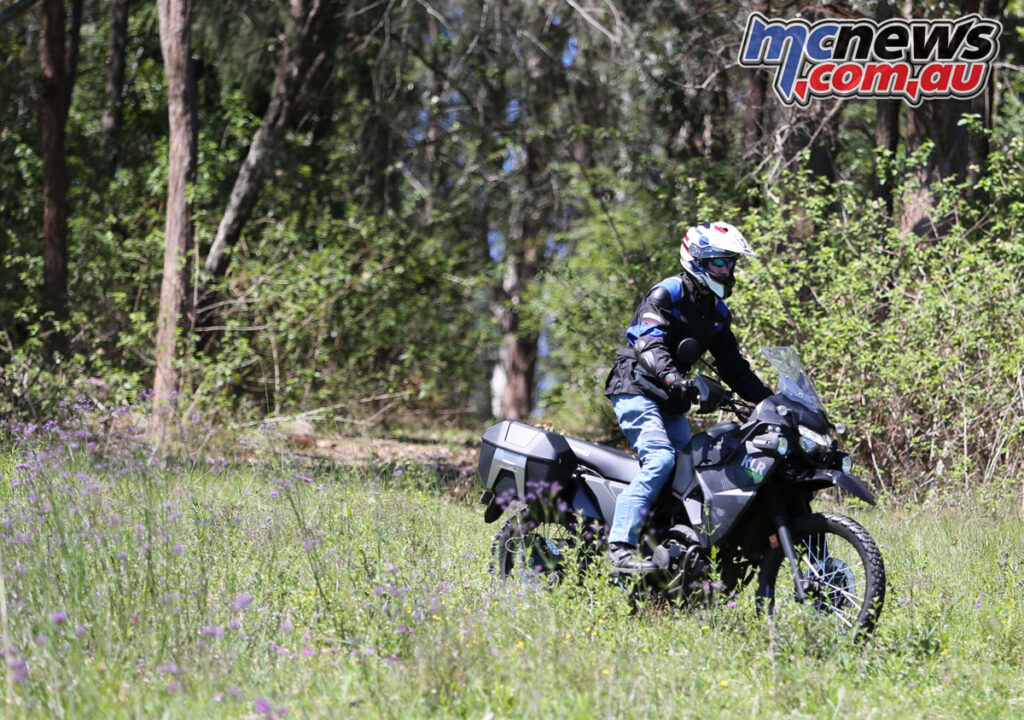
After being passed by a huge group of KTMs along with a lonely CRF Rally, I toddled up and along the road and enjoyed a rare day of sunshine and perfect riding weather. Again the weight wasn’t anywhere near as noticeable as I expected, standing on the pegs made things easy – and also helped provide better air flow through my jacket.
Over the corrugated sections it was just a matter of opening the throttle and shaking my way through (I can’t really think of a bike I’ve taken through here that’s been otherwise), but the KLR650 really just tractors along and over essentially anything. Add the Adventure loadout and the bike is particularly well decked out from the factory to go exploring where ever a mind might take you.
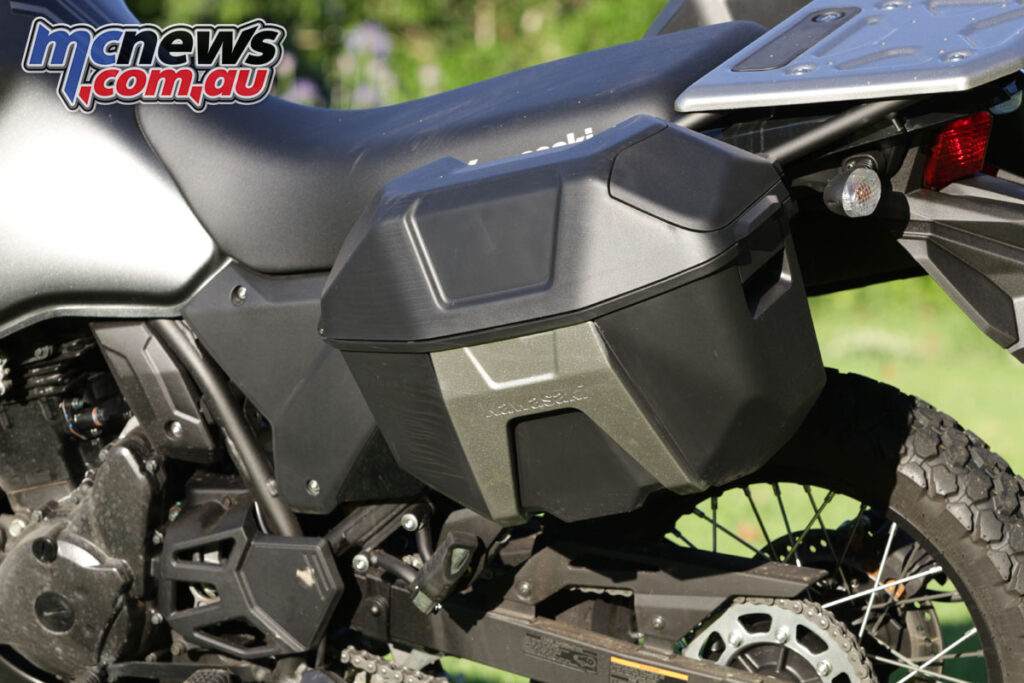
Coming back to competitors, I think the KLR650 is very well placed to compete against machines like the Royal Enfield Himalayan, offering a bit more off-road cred, significantly more performance and highway capability; and in this Adventure model a more complete load-out, even if a heavier and taller machine overall.
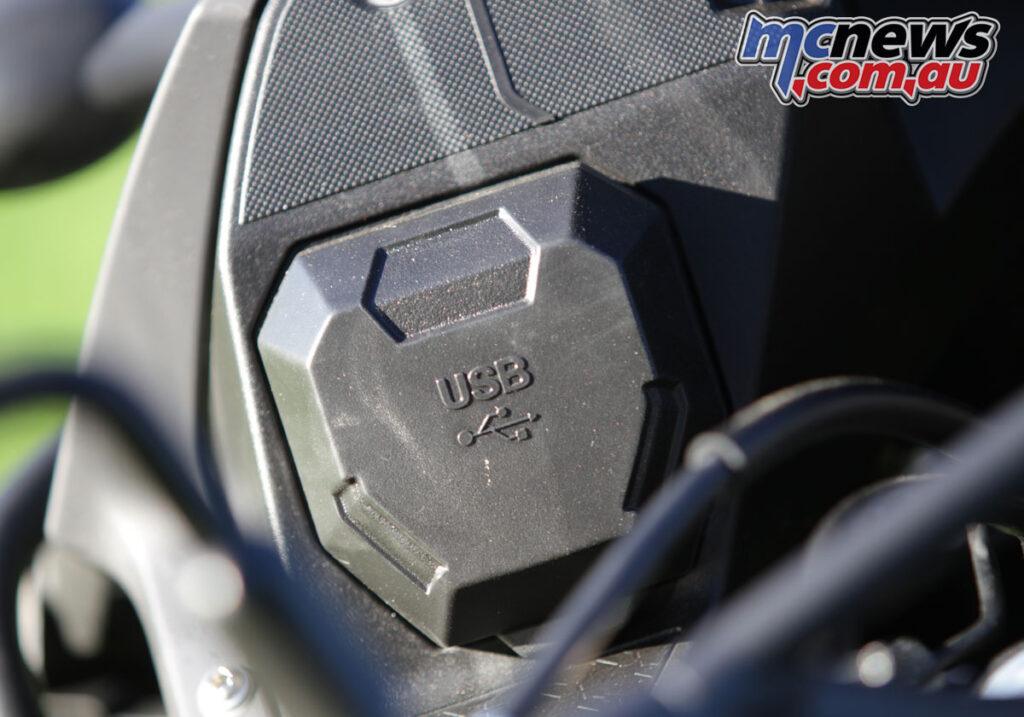
Against Benelli’s TRK502X it’s again much more off-road orientated and lighter, but falls behind in the braking department, while the TRK502X’s more road orientated bent may be an advantage to many, depending what you’re after.
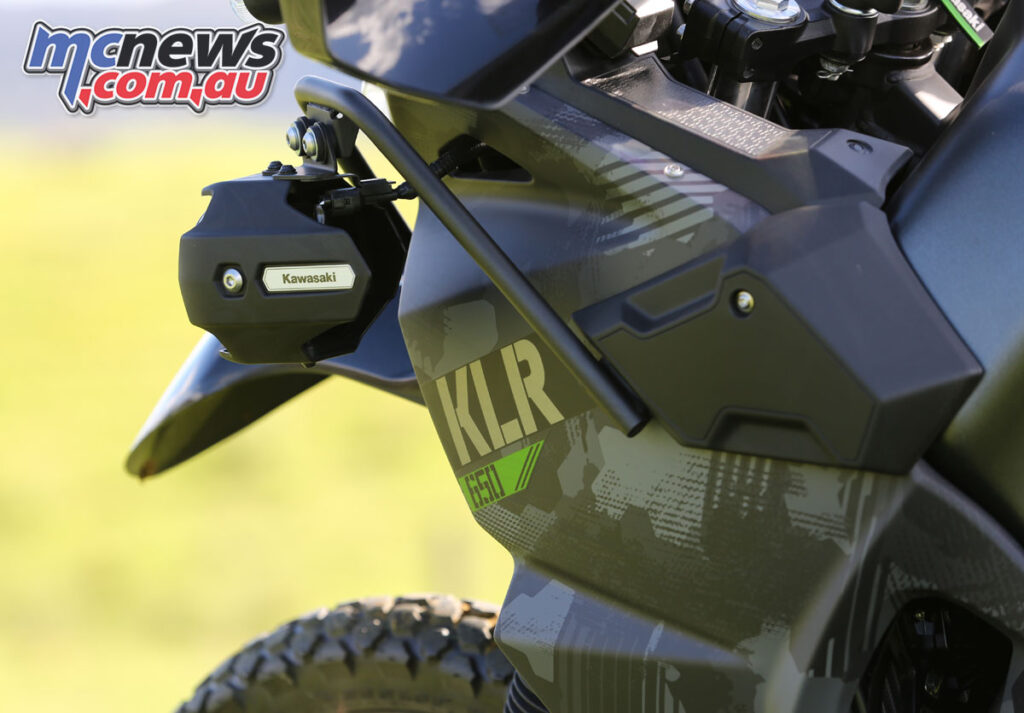
The Suzuki DR650 is another obvious competitor, but is more big dirt bike to the KRL650’s more comfortable adventure-themed style. The Suzuki is significantly lighter and similarly priced but doesn’t come as fully featured as the KLR.
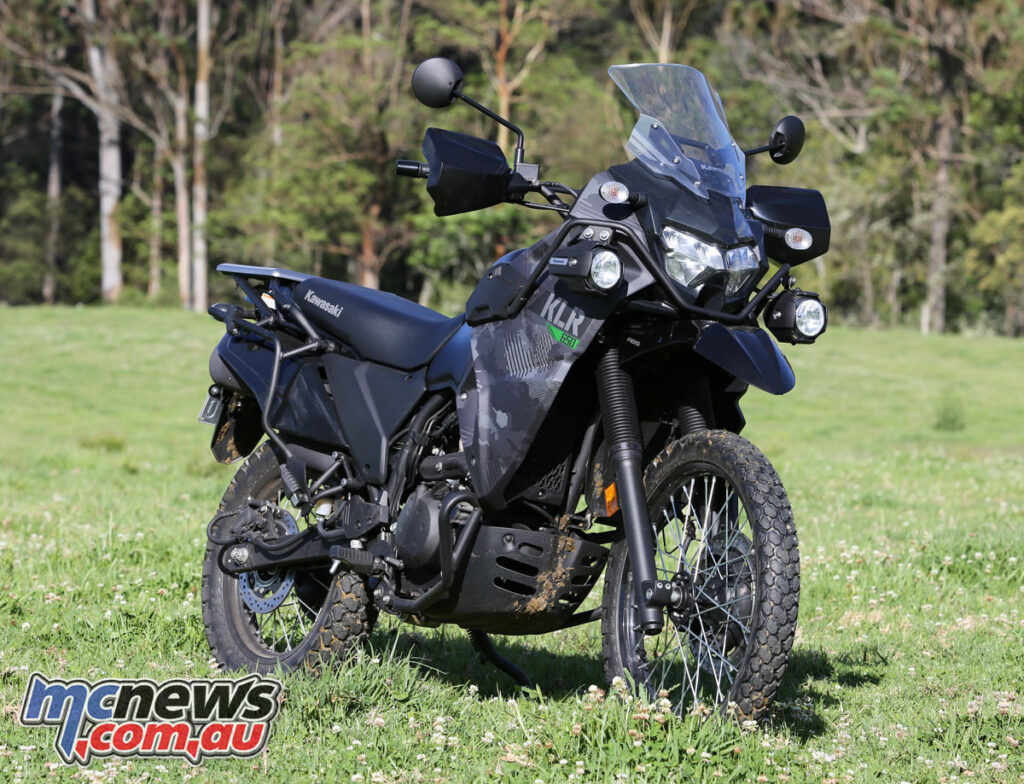
The KLR650 certainly won’t be for everyone, but Kawasaki are sticking to the bike’s strengths for now, with competitive pricing and a great standard feature list in the Adventure, while keeping things relatively simple. With the Versys 650 also available for the sporty more road orientated riders, Kawasaki have obviously decided to keep the KLR650 in this more rugged, off-road form.
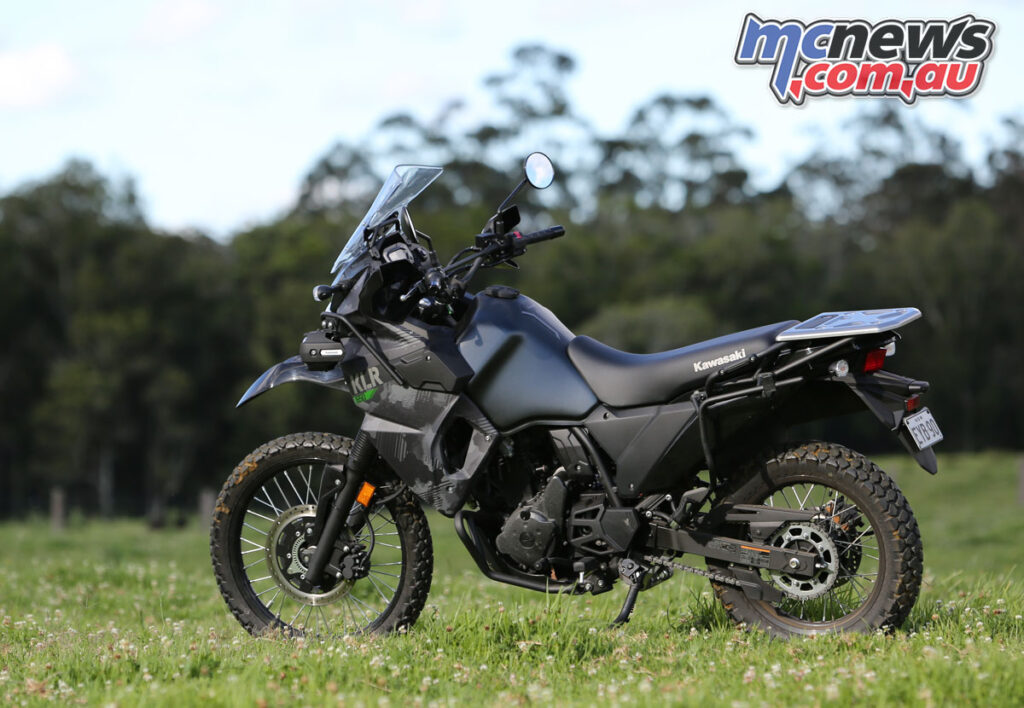
2021 Kawasaki KLR650 Specifications
| 2021 Kawasaki KLR650 Specifications | |
| Engine | Four-Stroke, single cylinder, DOHC, 652 cc |
| Bore x Stroke | 100.0 x 83.0 mm |
| Compression Ratio | 9.8:1 |
| Claimed Power | 38.5 hp at 6000 rpm |
| Claimed Torque | 51.5 Nm @ 4500 rpm |
| Induction | DFI w/ 40 mm Throttle Body, CDI |
| Gears | Five-speed, return shift with wet multi-disc manual clutch |
| Frame | Tubular, Semi-Double Cradle |
| Forks | 41 mm telescopic fork / 228 mm |
| Shock | Uni-Trak gas charged shock with piggyback reservoir with adjustable rebound damping and spring preload / 185 mm |
| Tyres | 90/90-21 (F), 130/80-17 (R) |
| Front Brakes | Single 300 mm disc with two-piston calipers, ABS |
| Rear Brake | Single 240 mm disc with single-piston caliper, ABS |
| Instrumentation | LCD display |
| Kerb Weight | 210 kg (base bike) – 222 kg in Adventure |
| Seat Height | 870 mm |
| Wheelbase | 1540 mm |
| Rake / Trail | 30.0°/ 122 mm |
| Fuel Capacity | 23 L |
Source: MCNews.com.au

